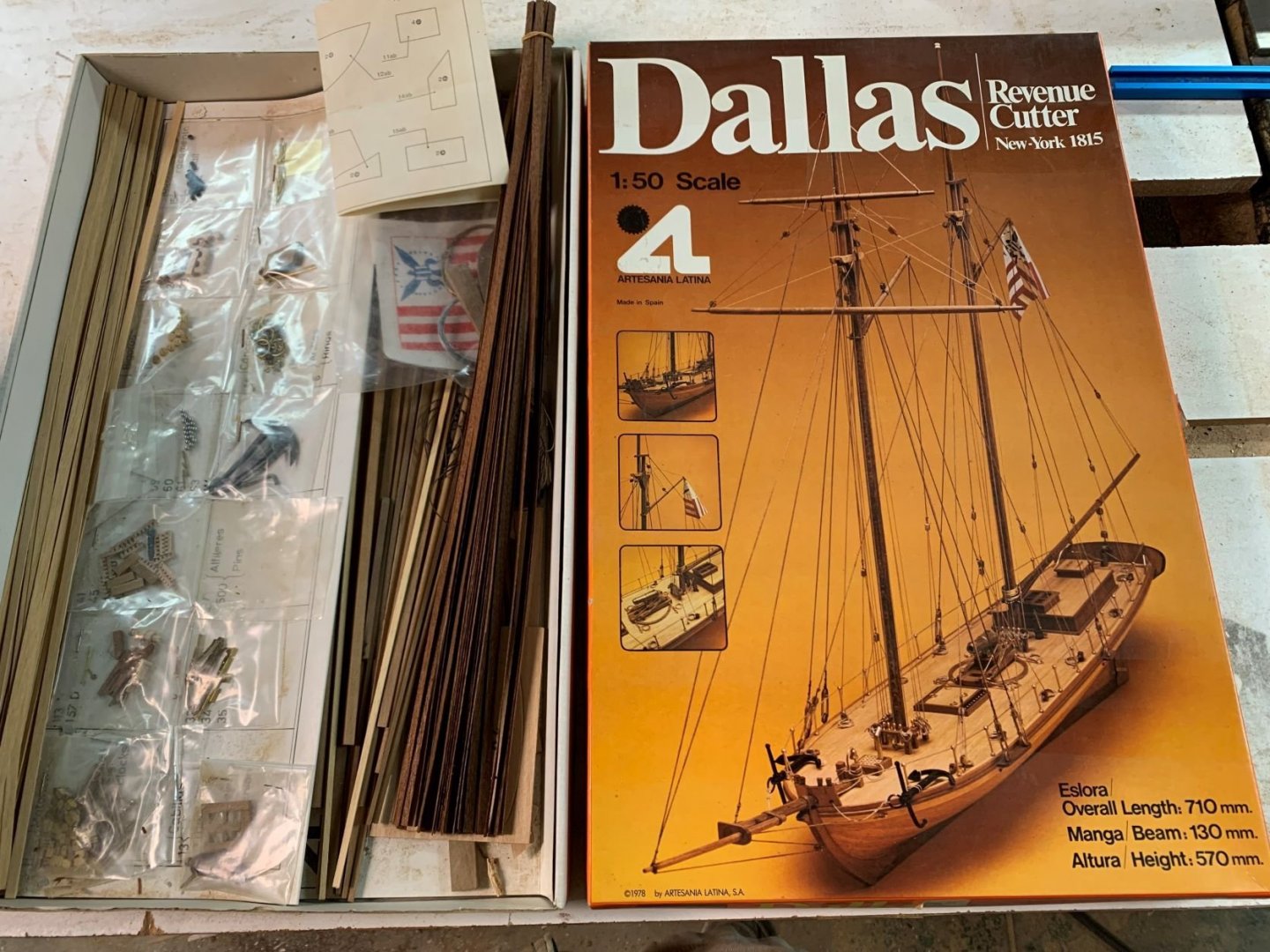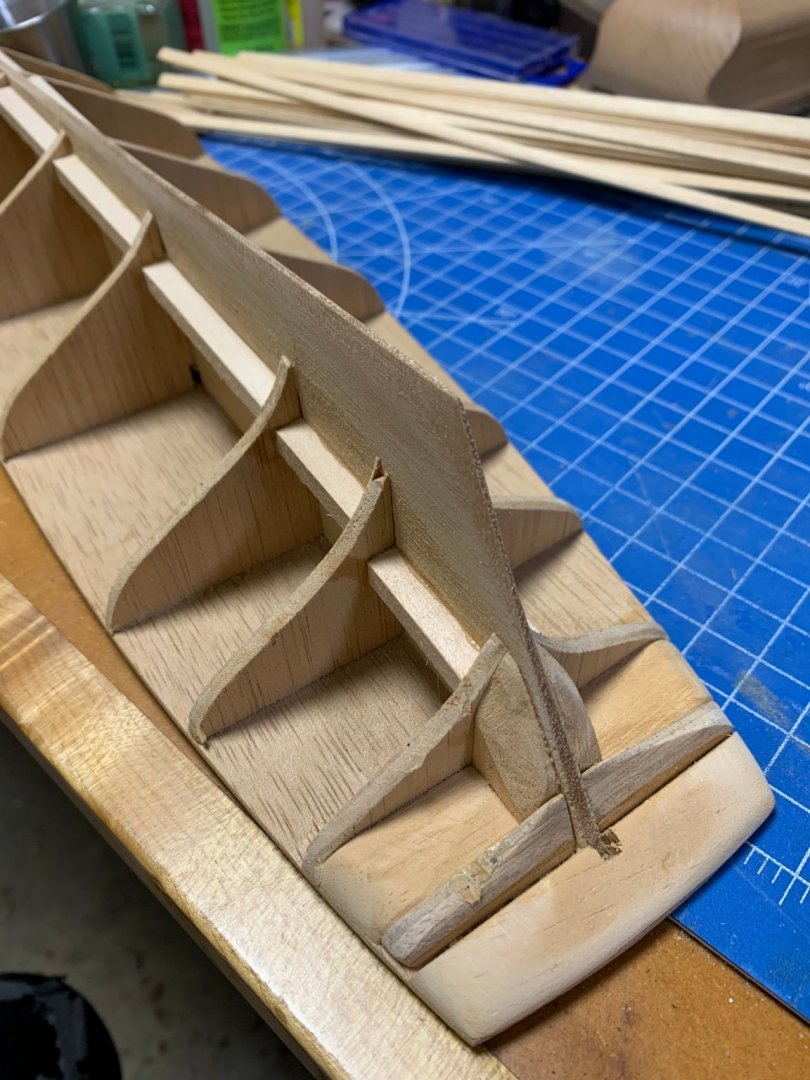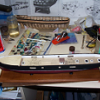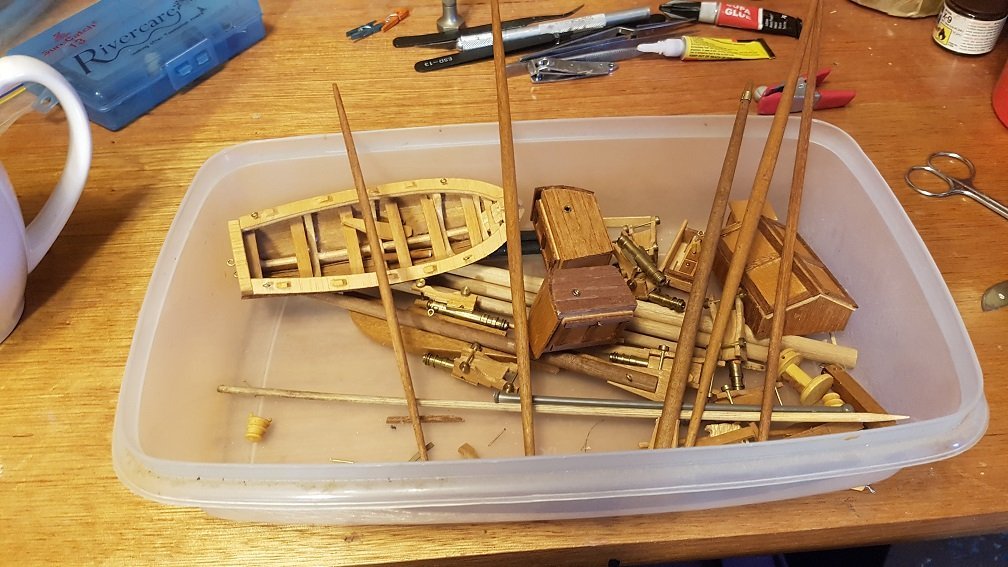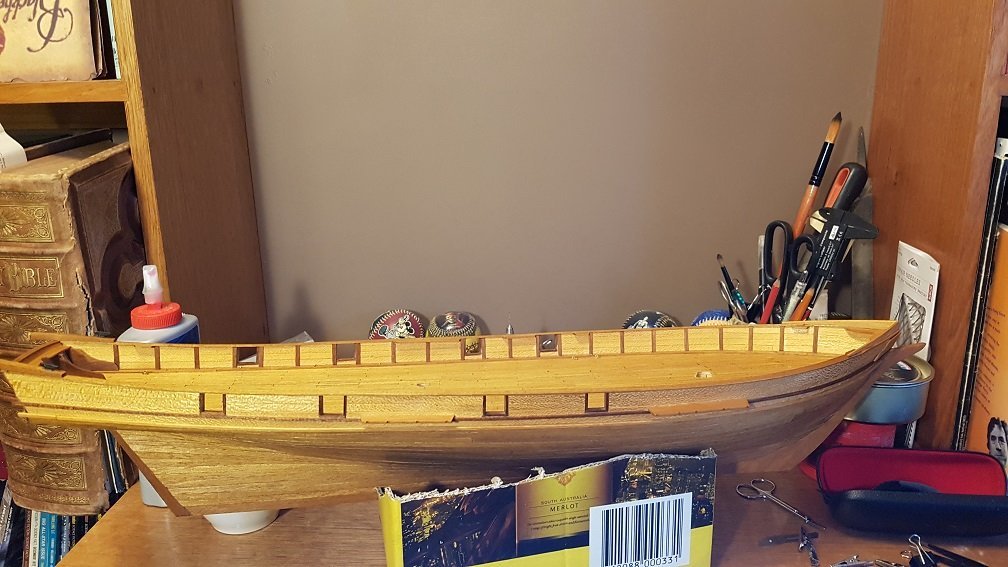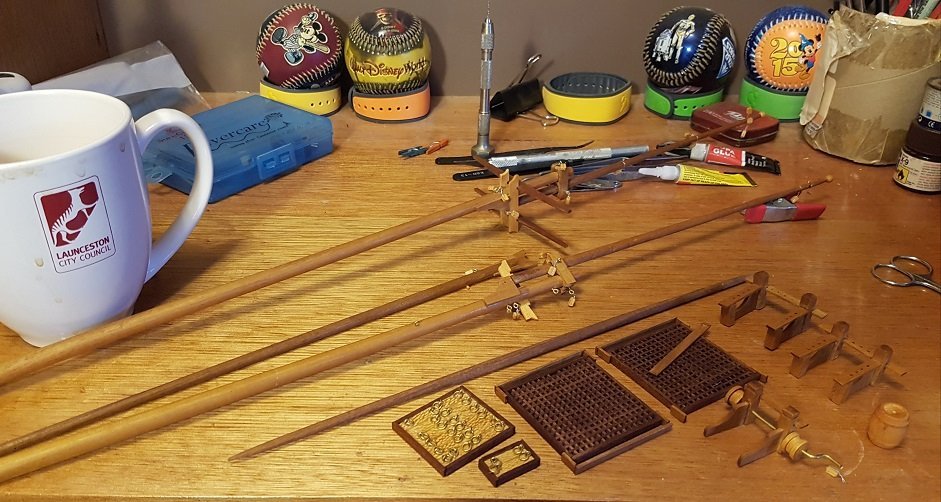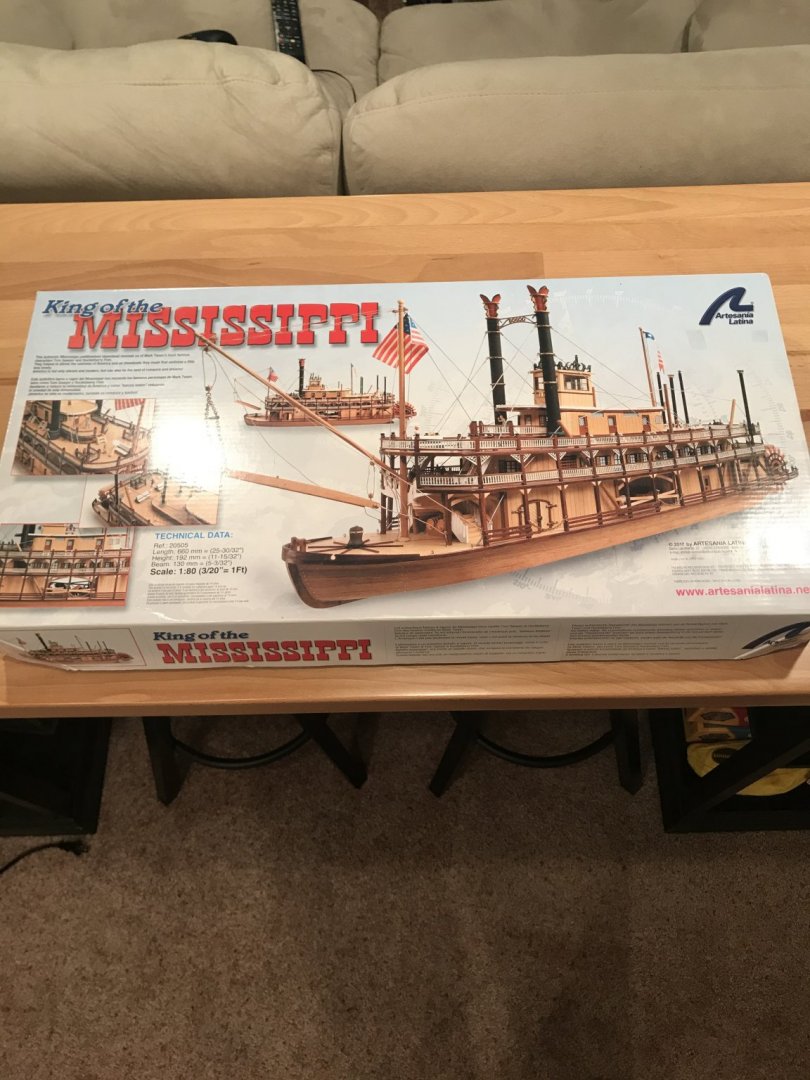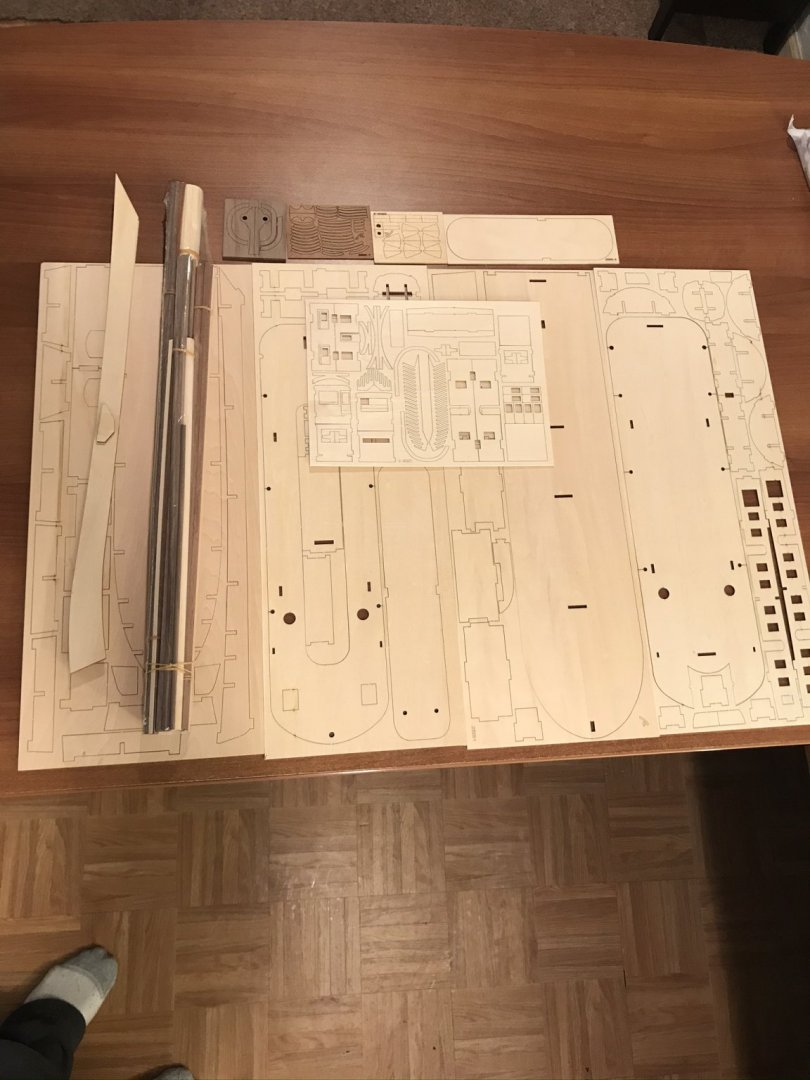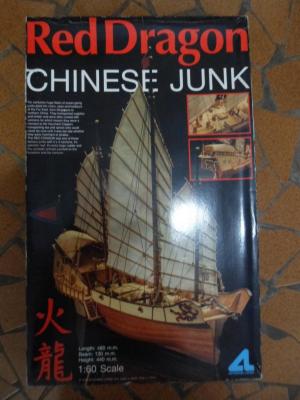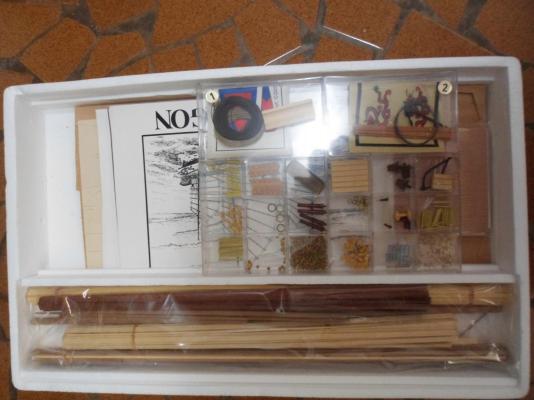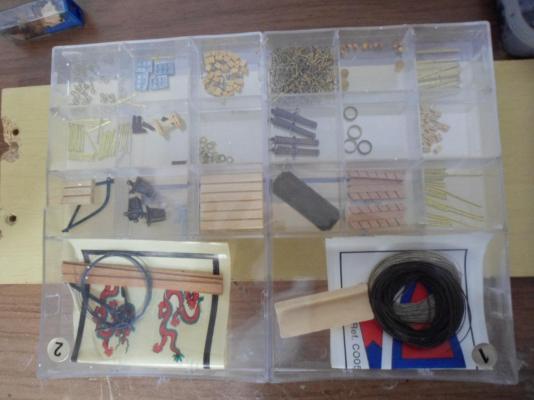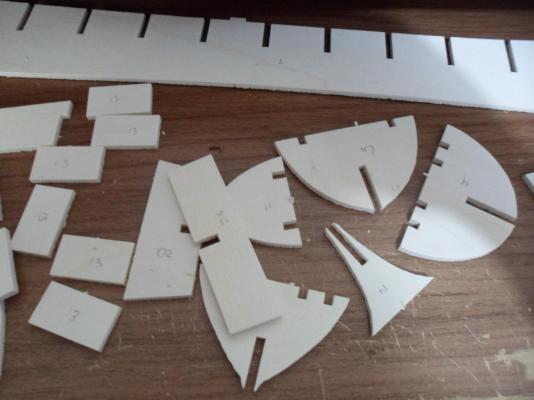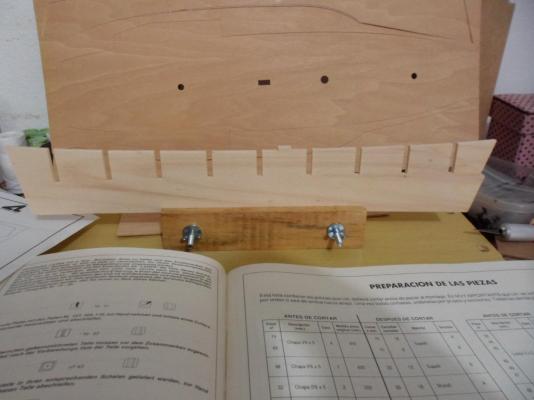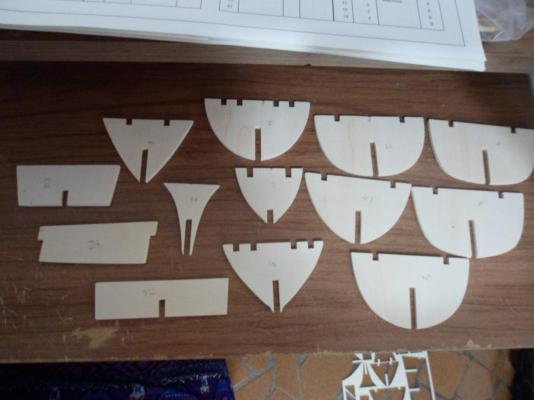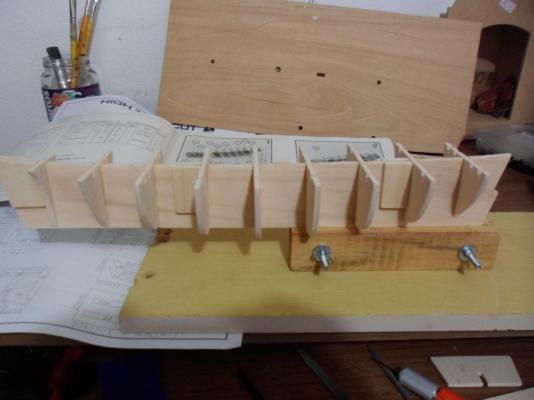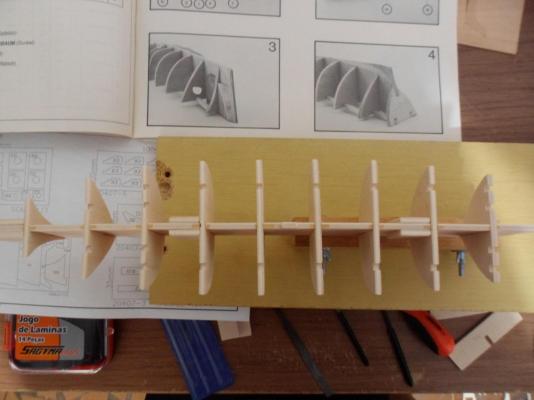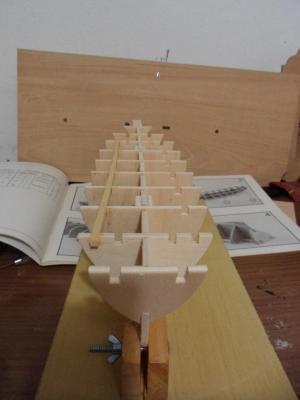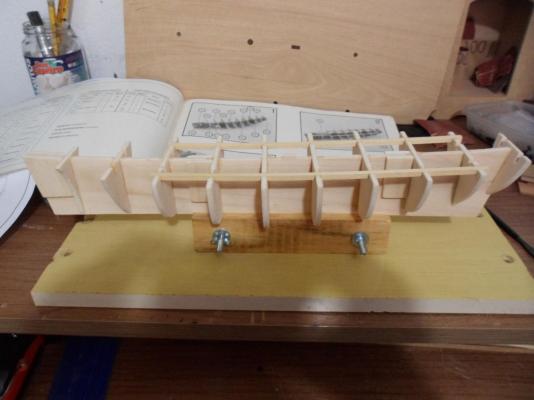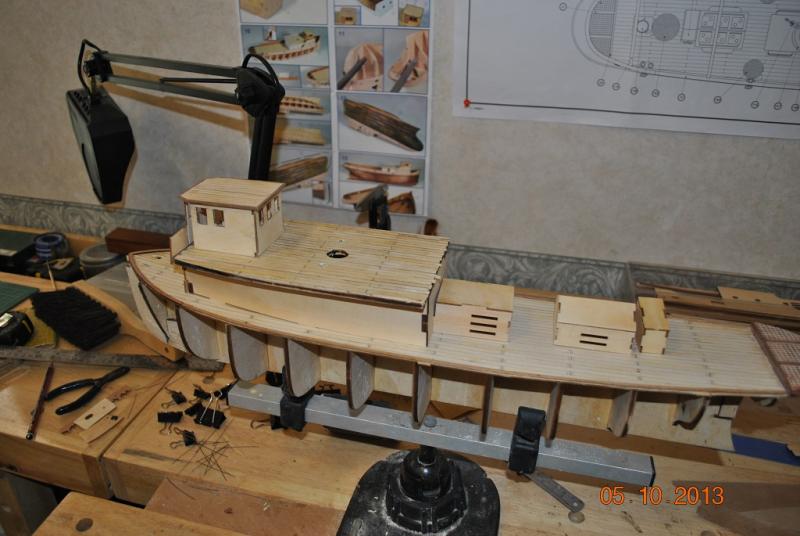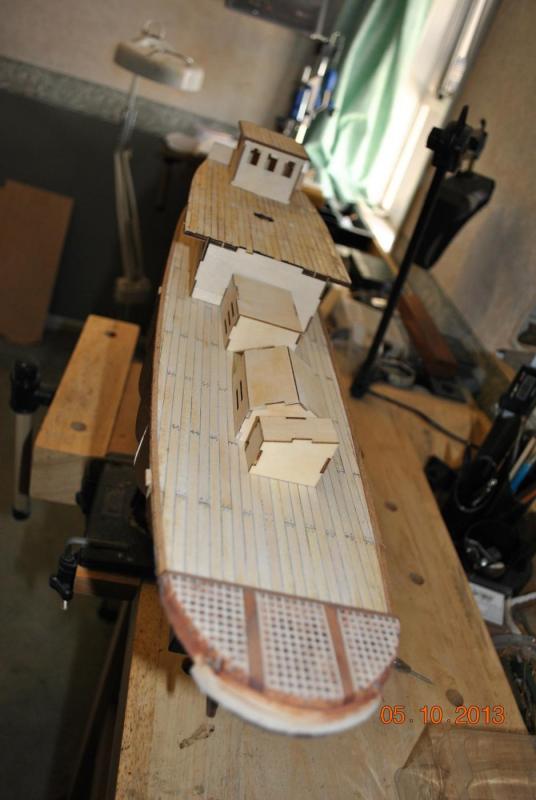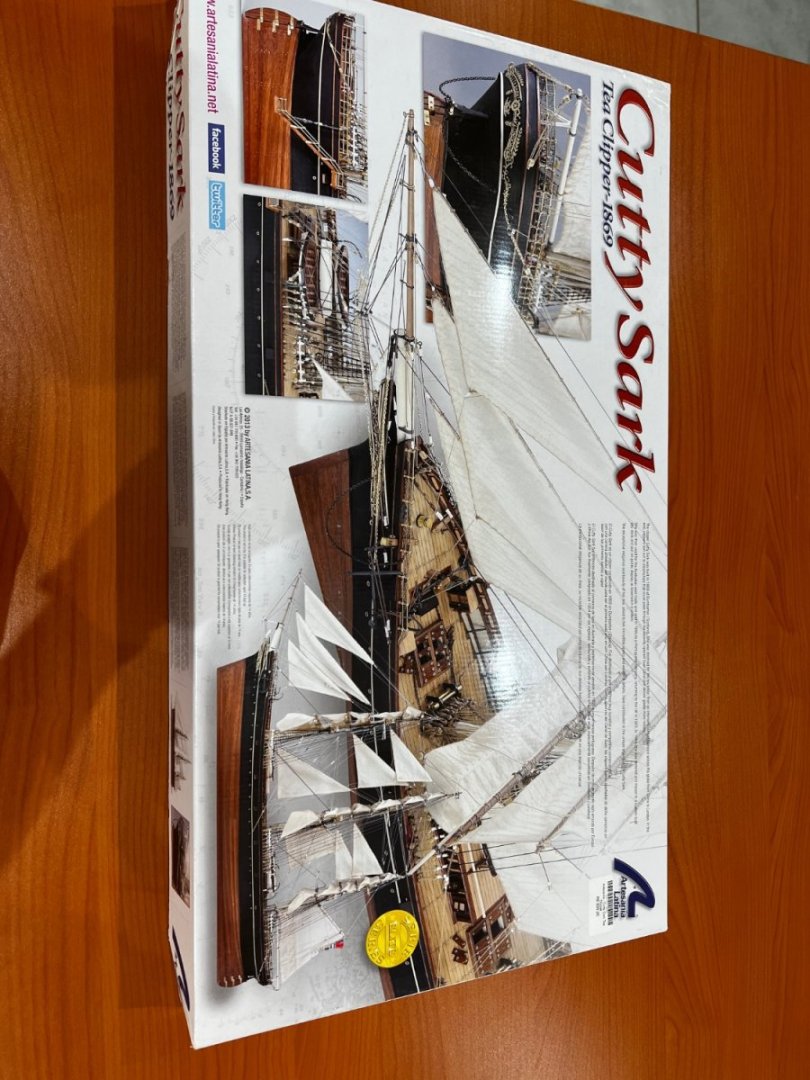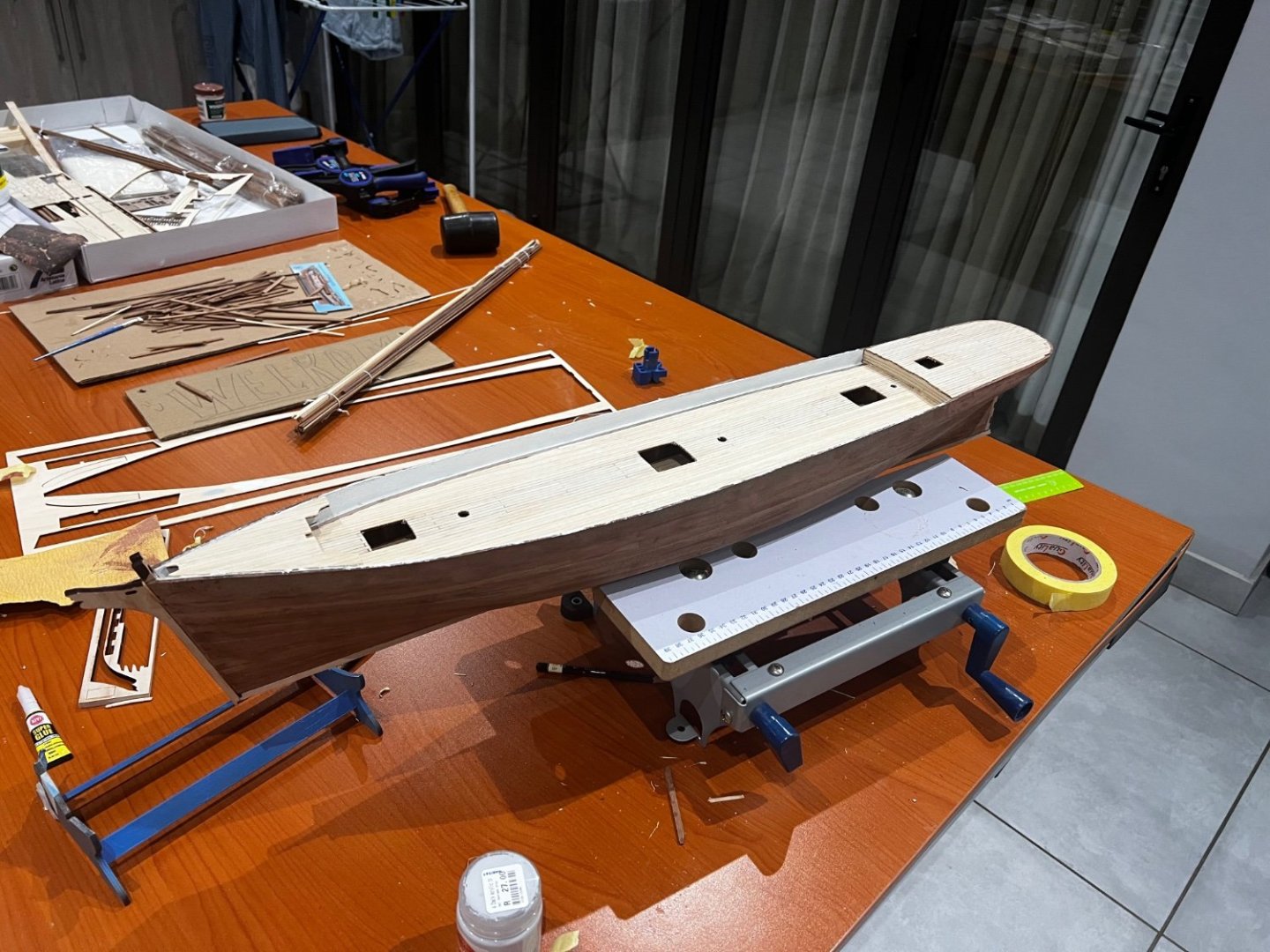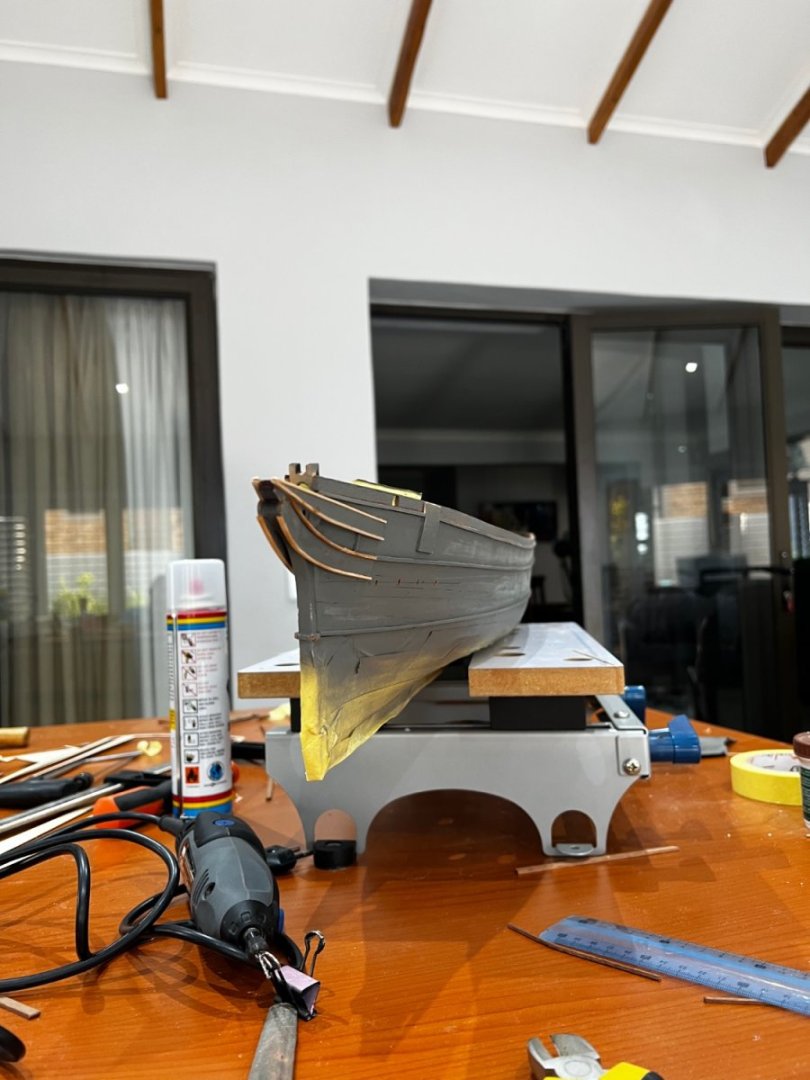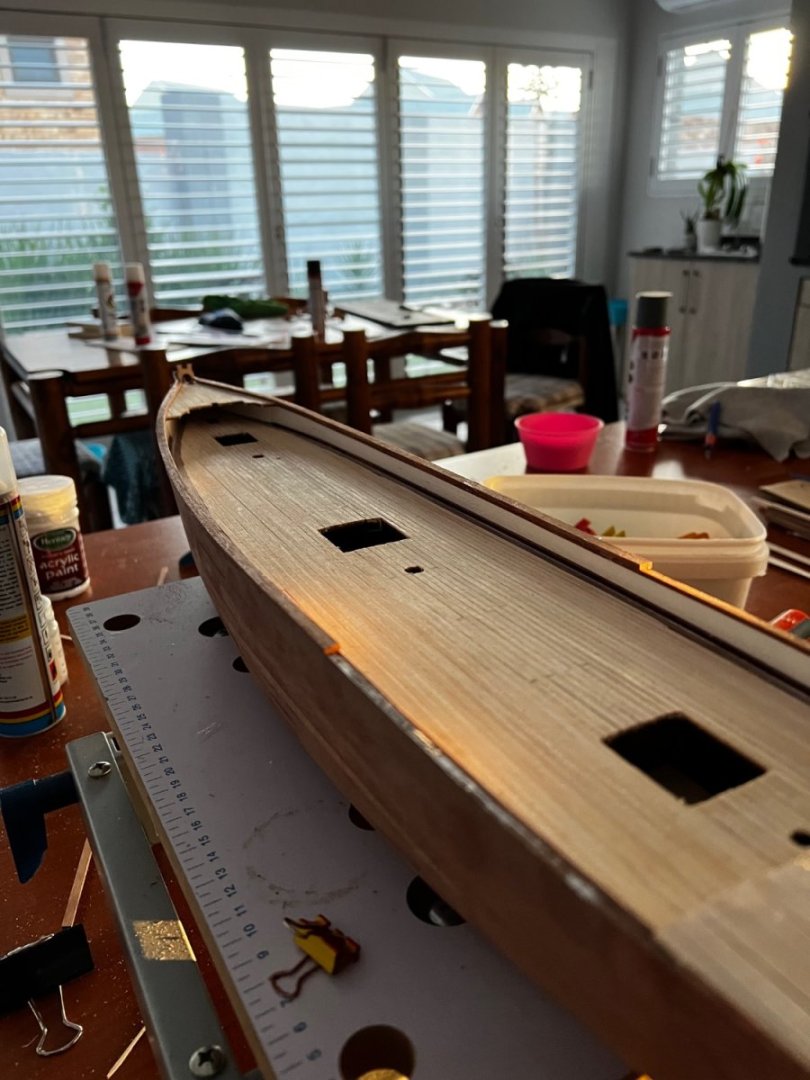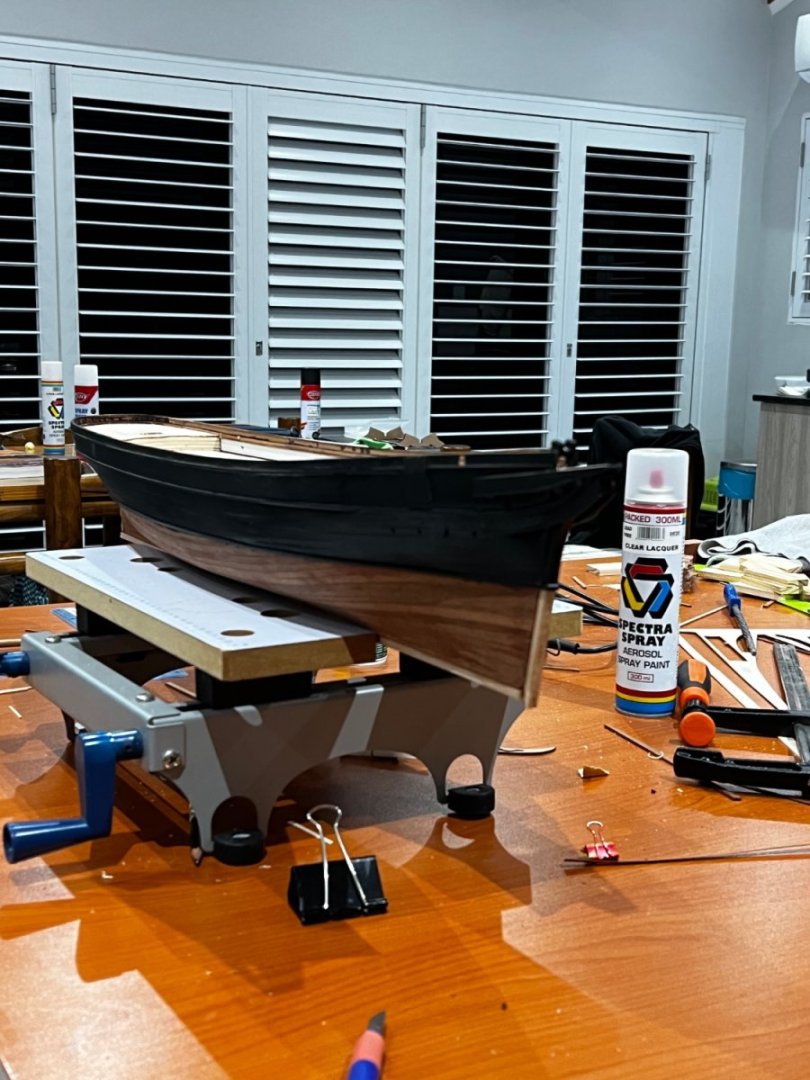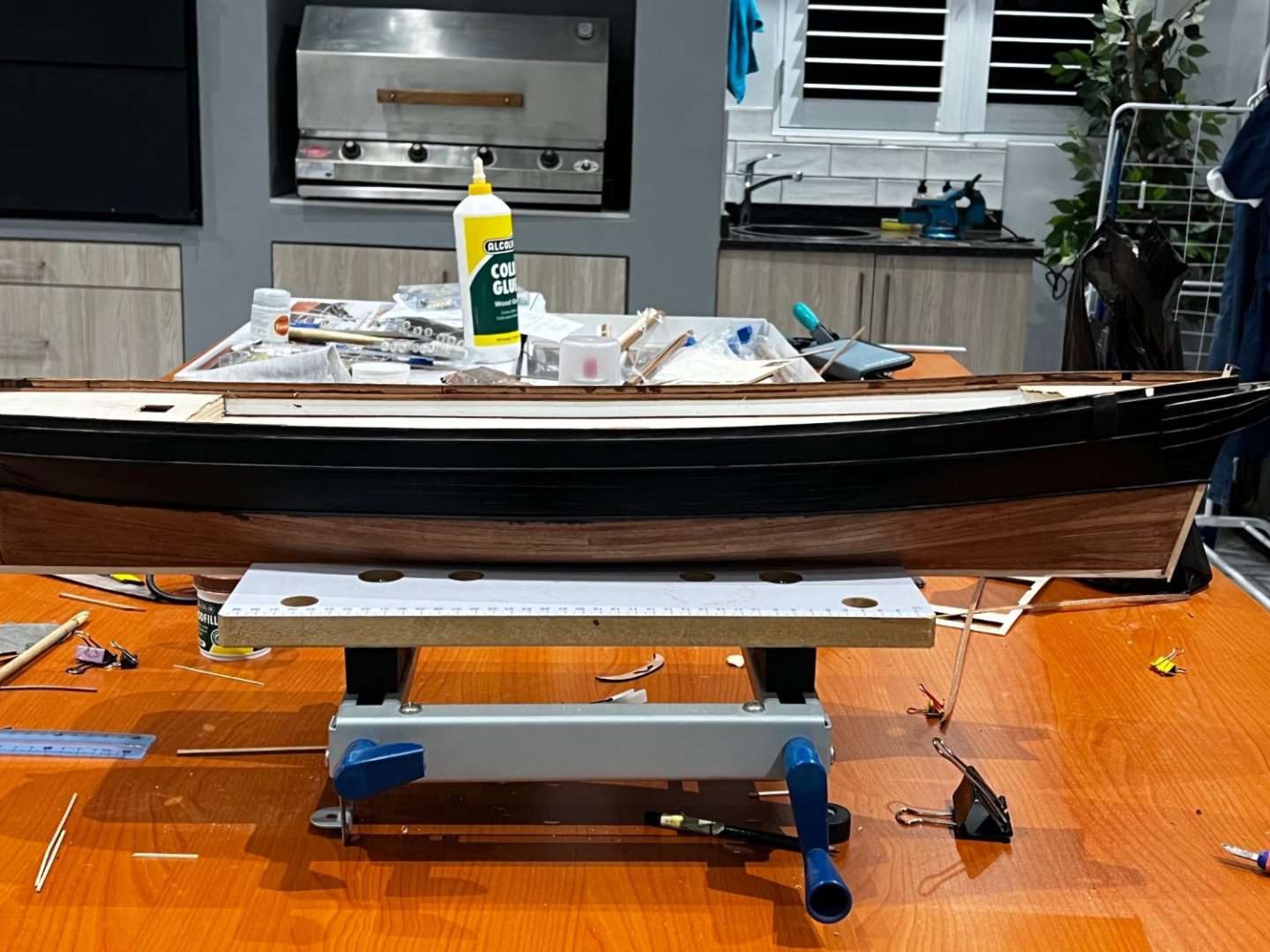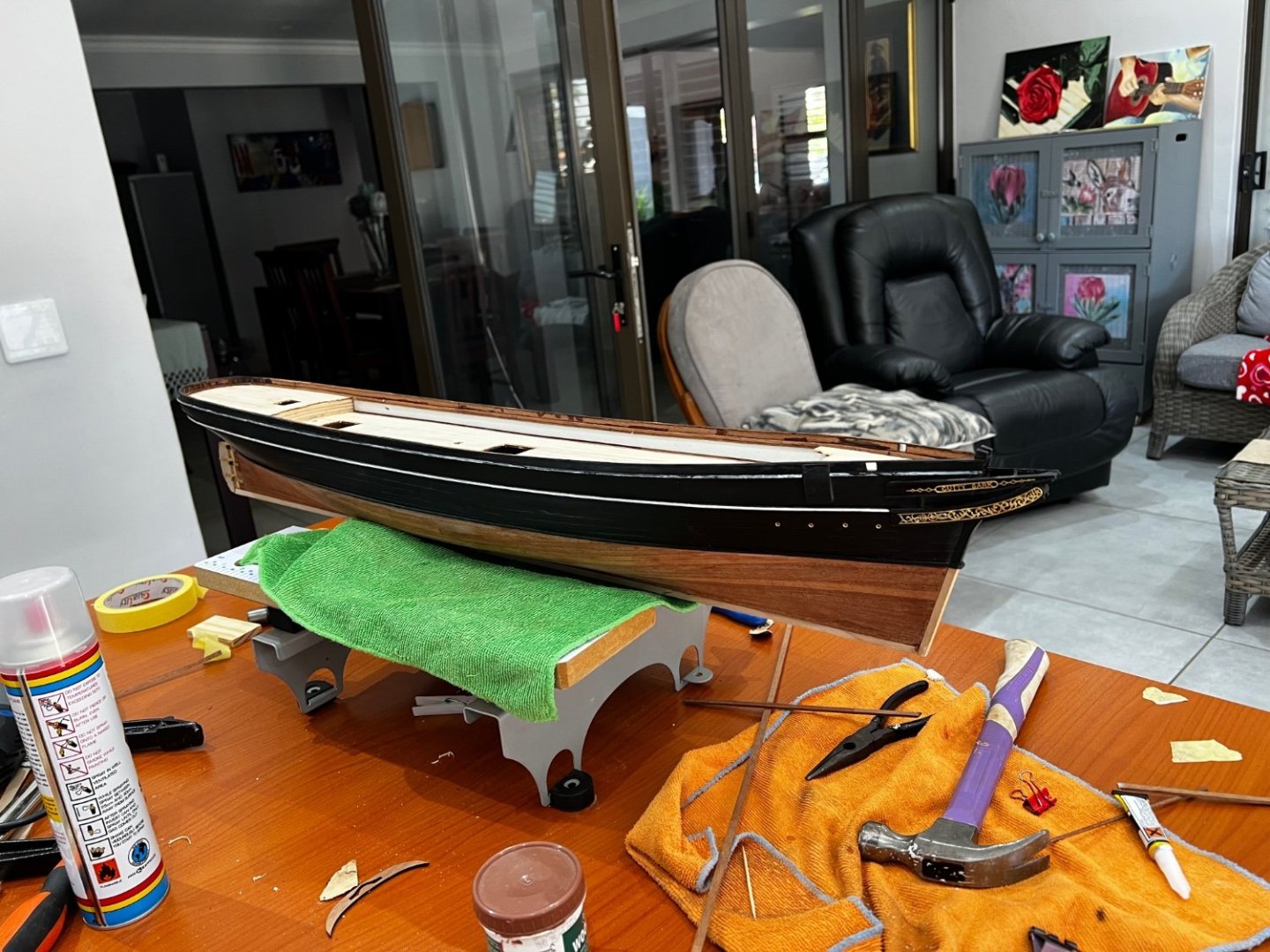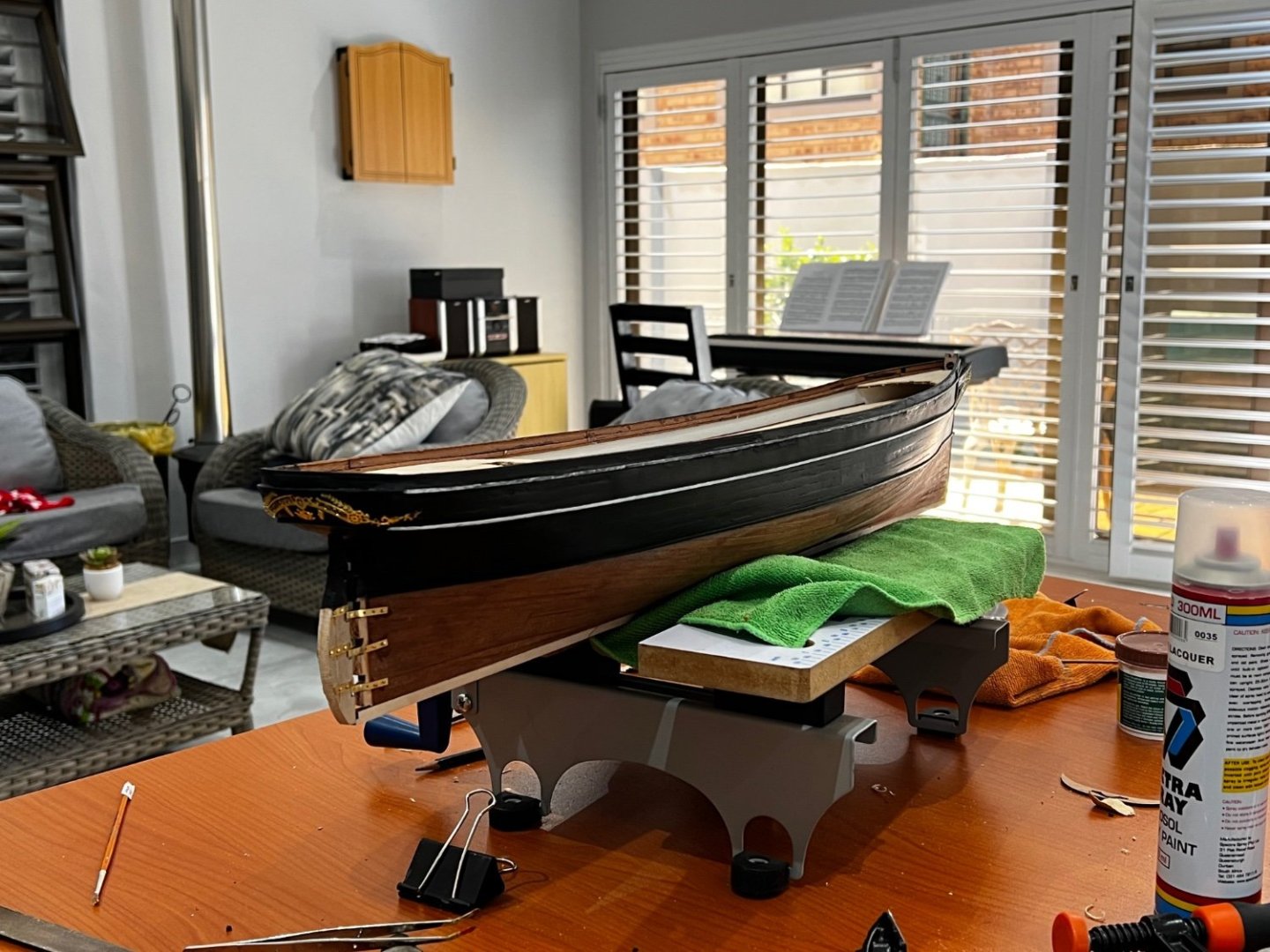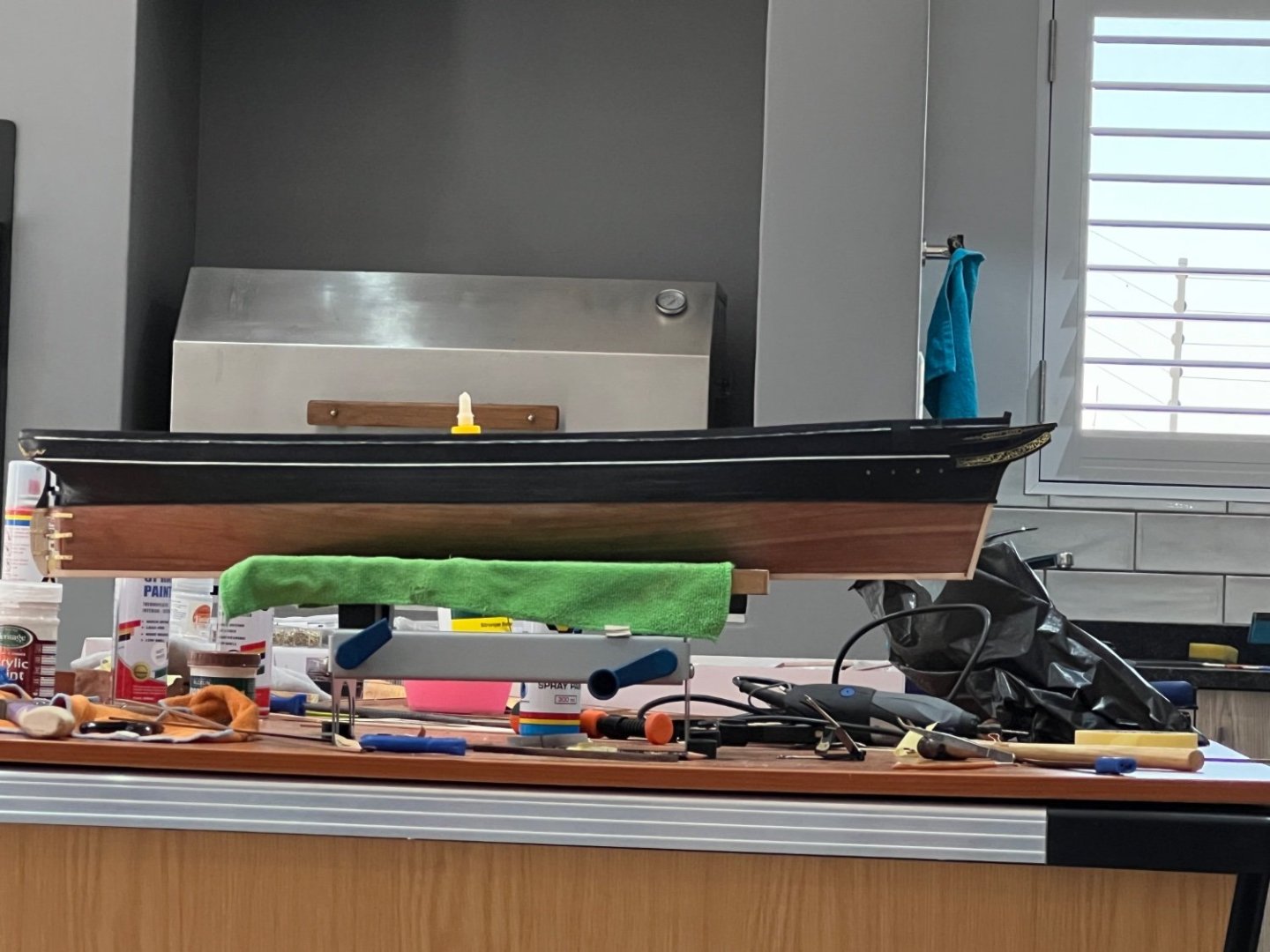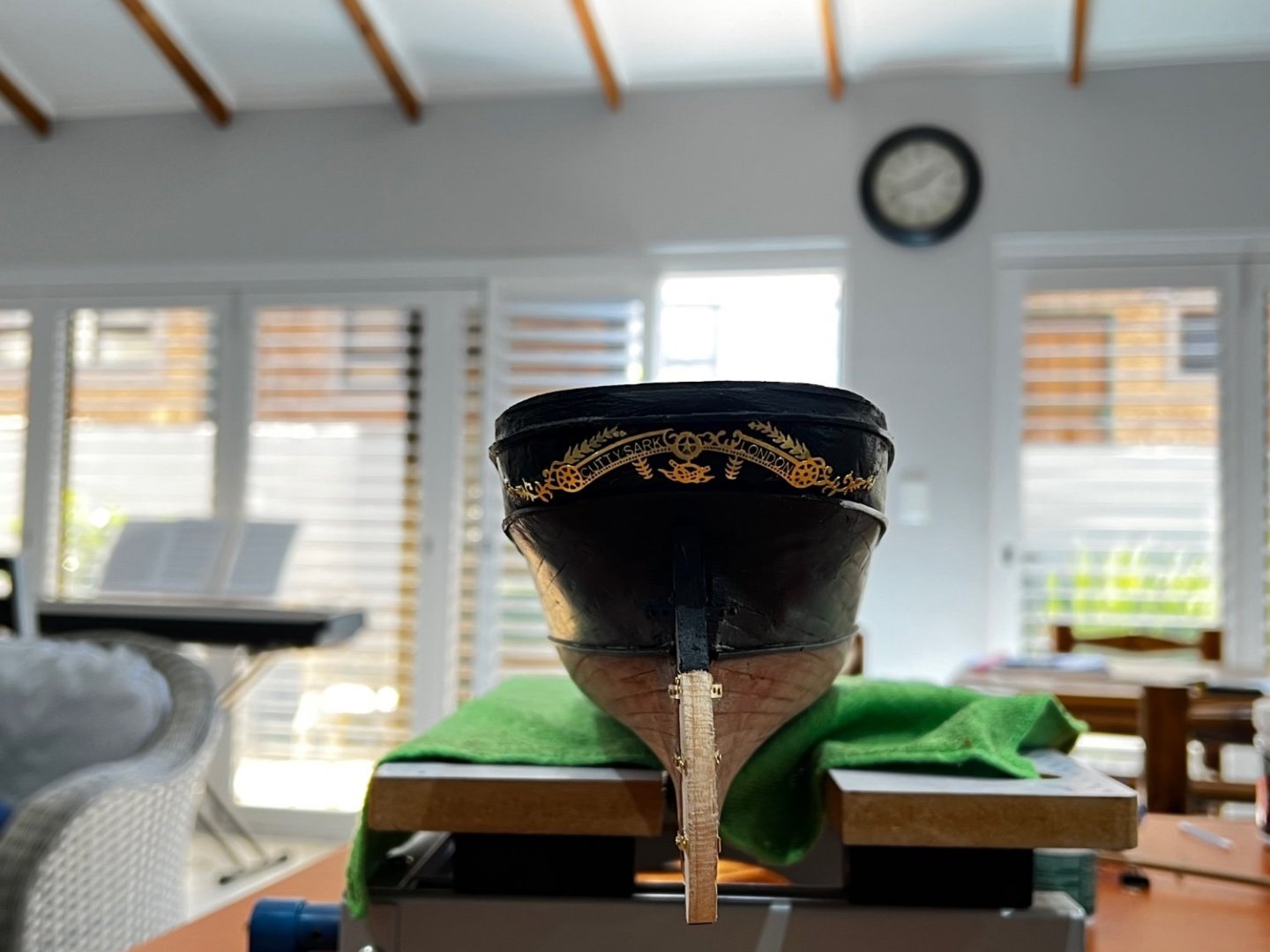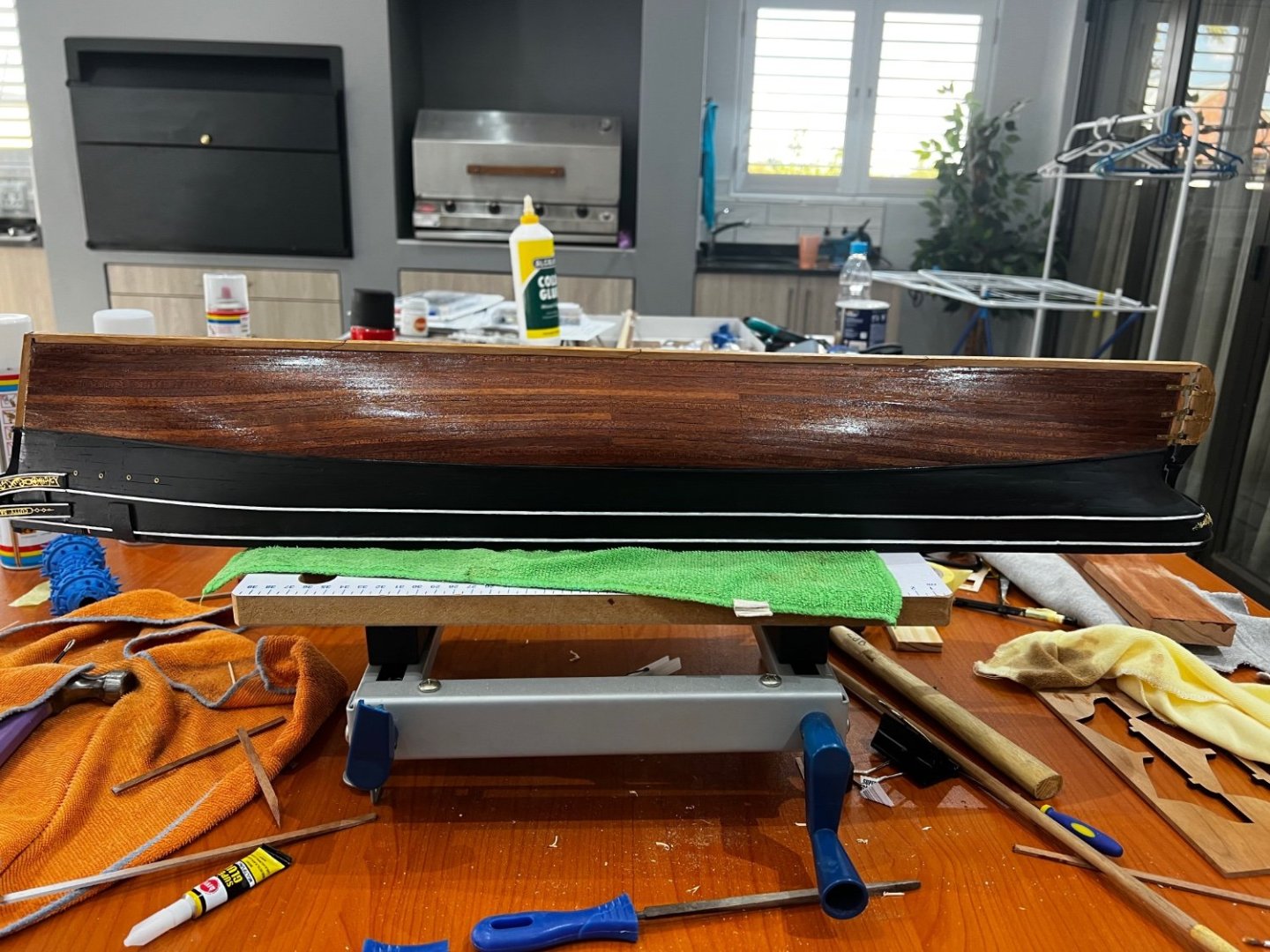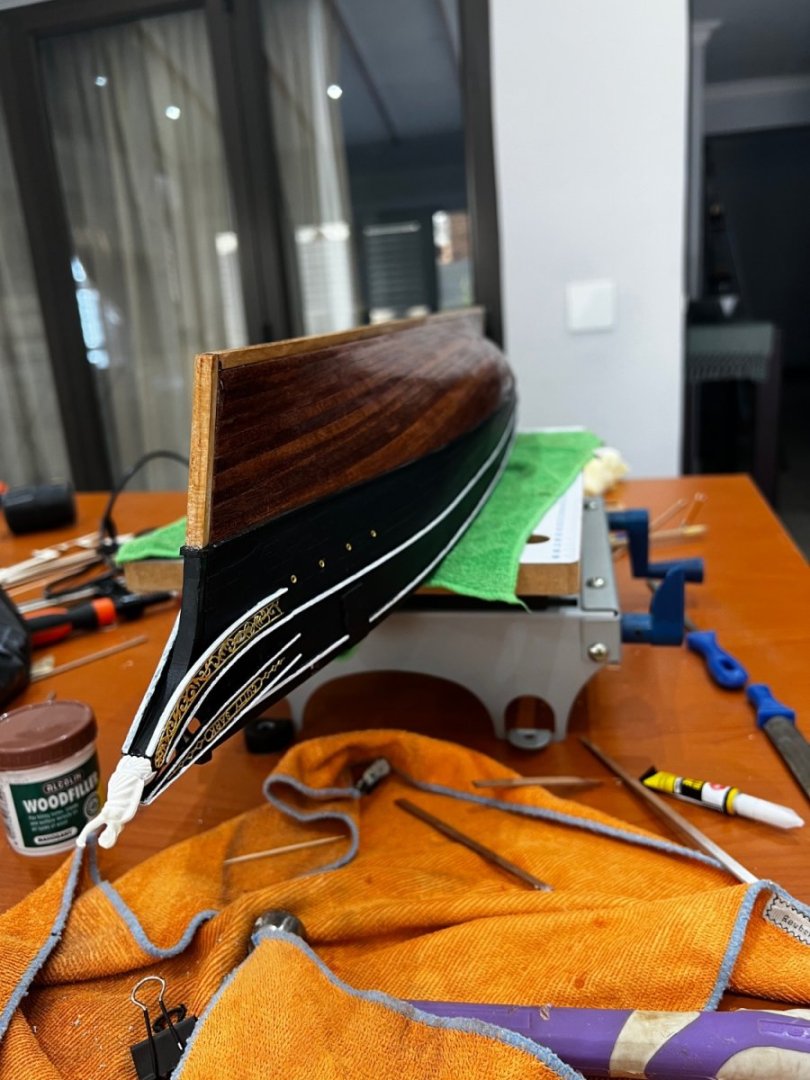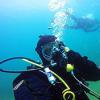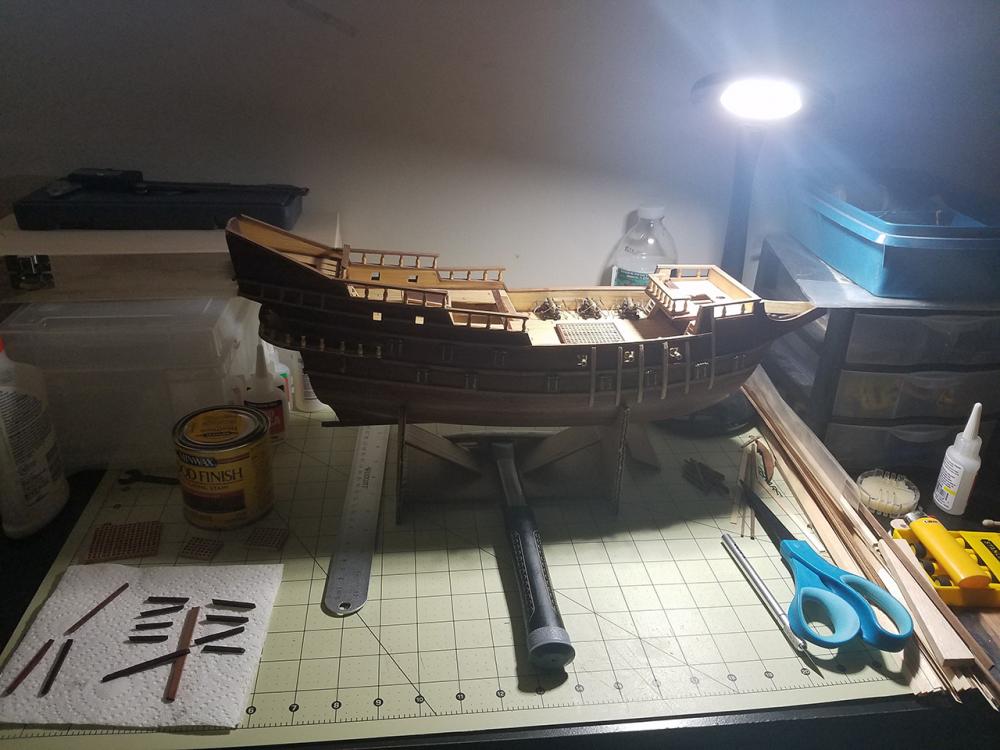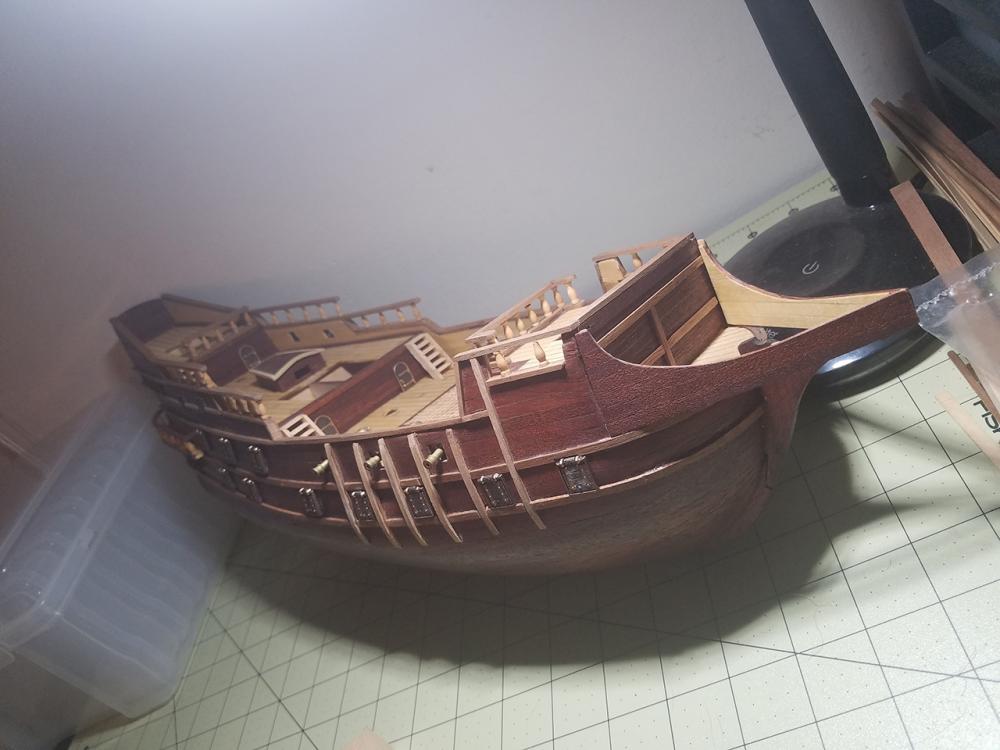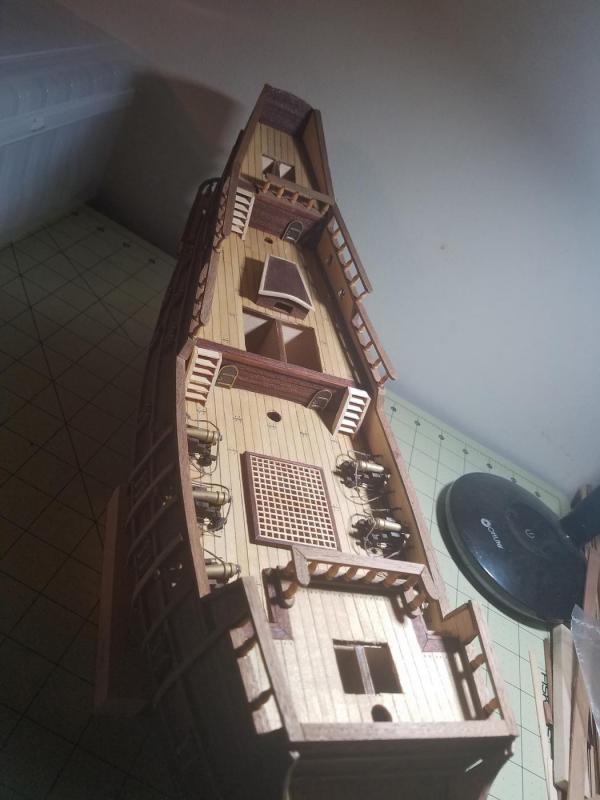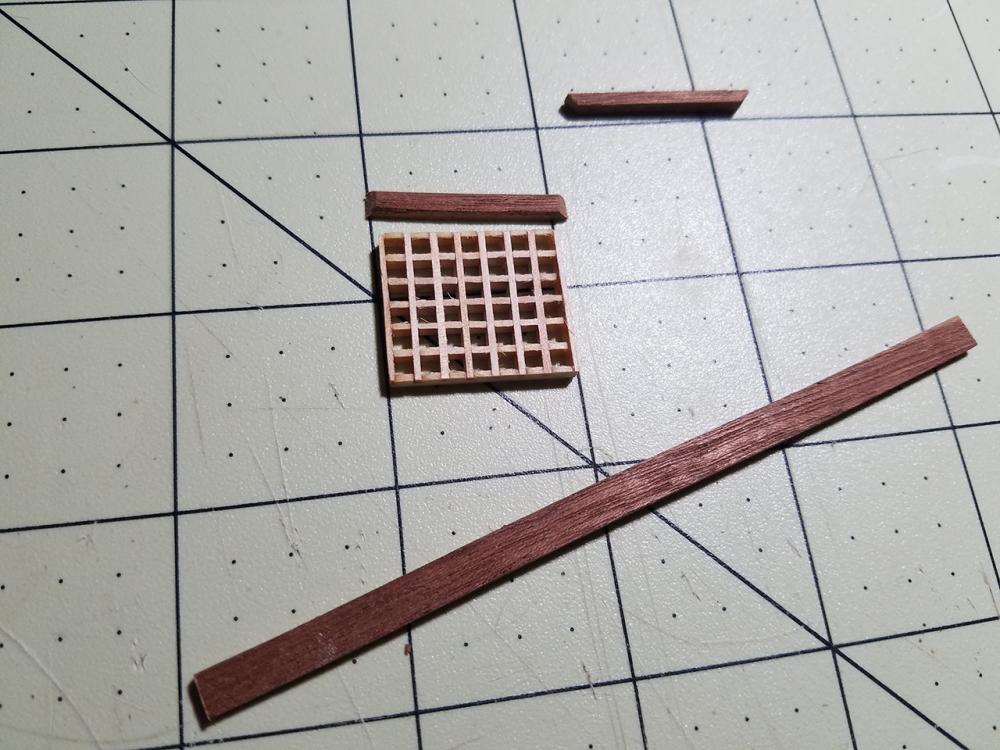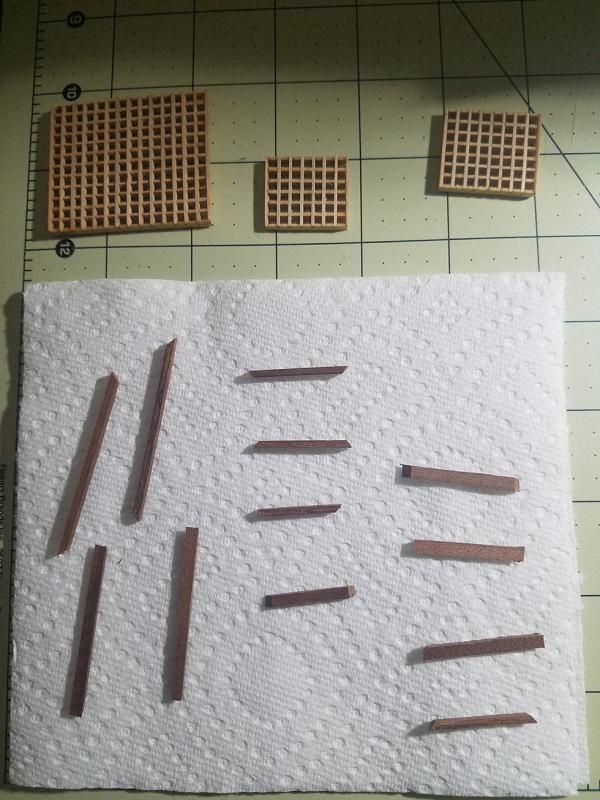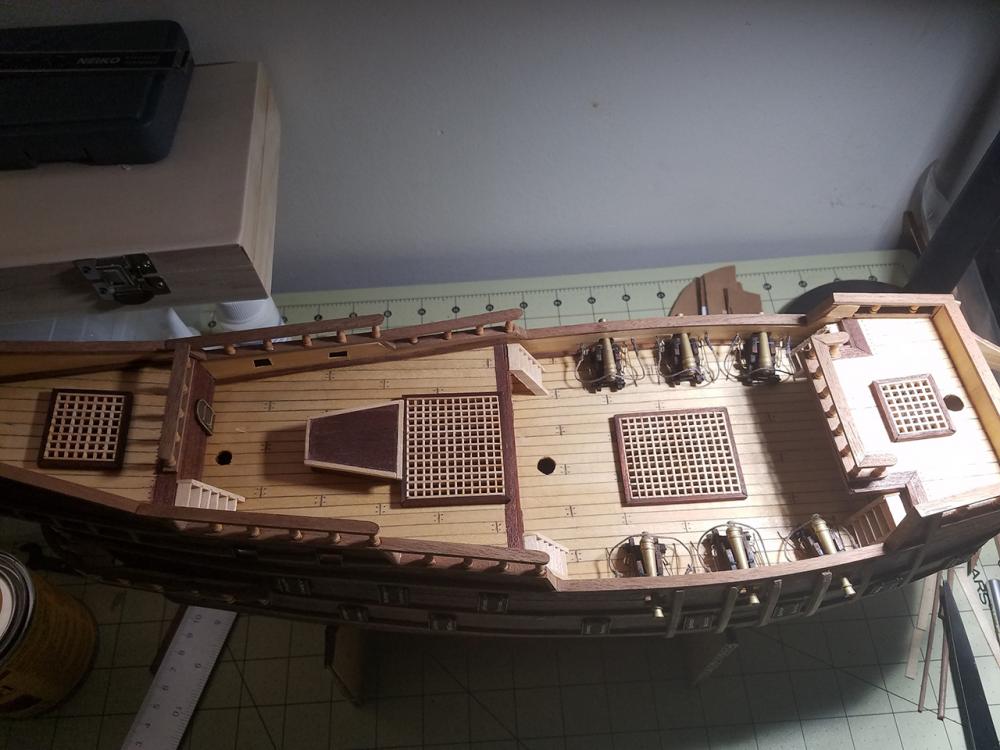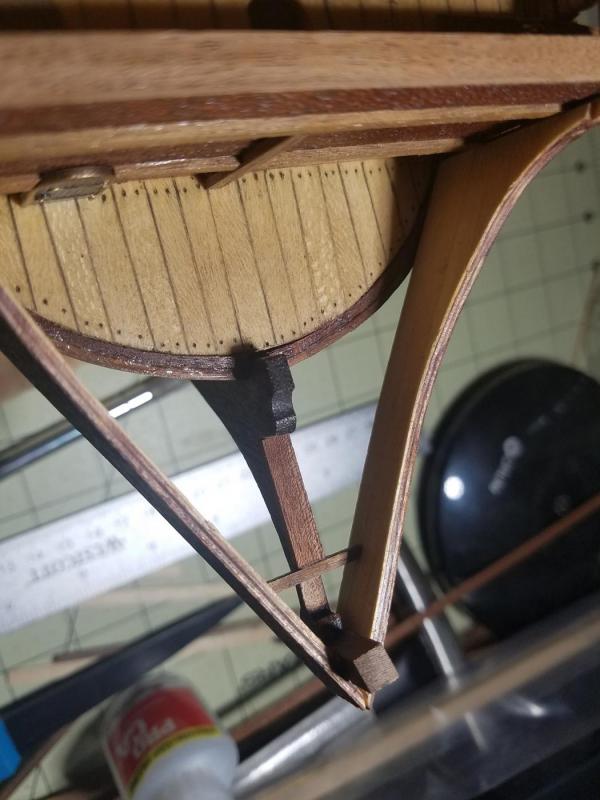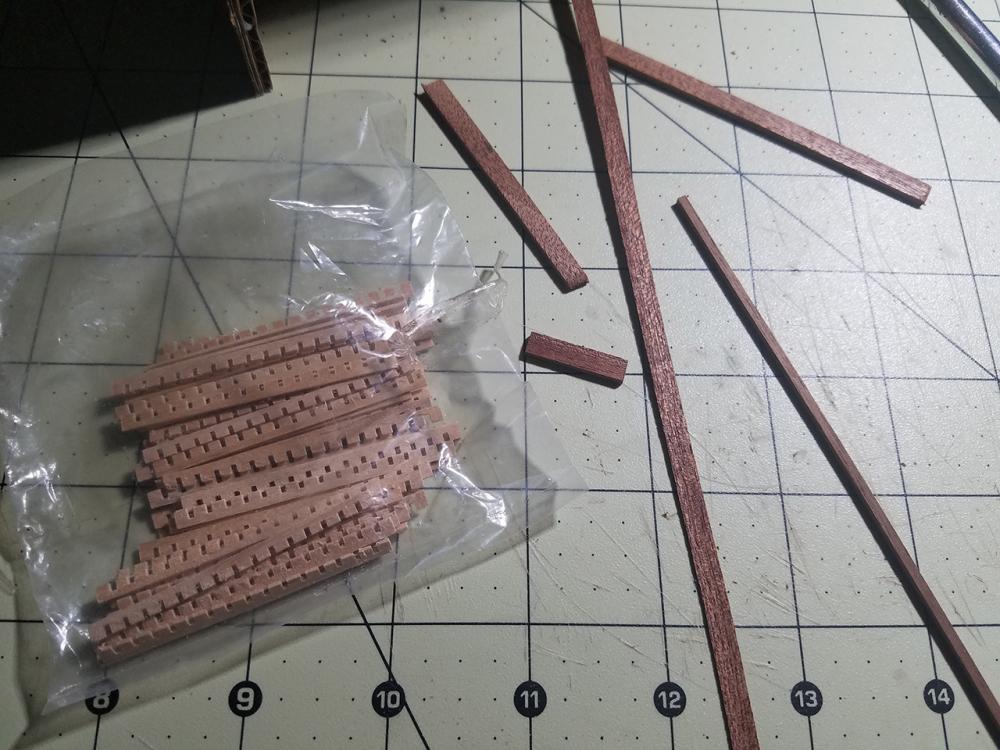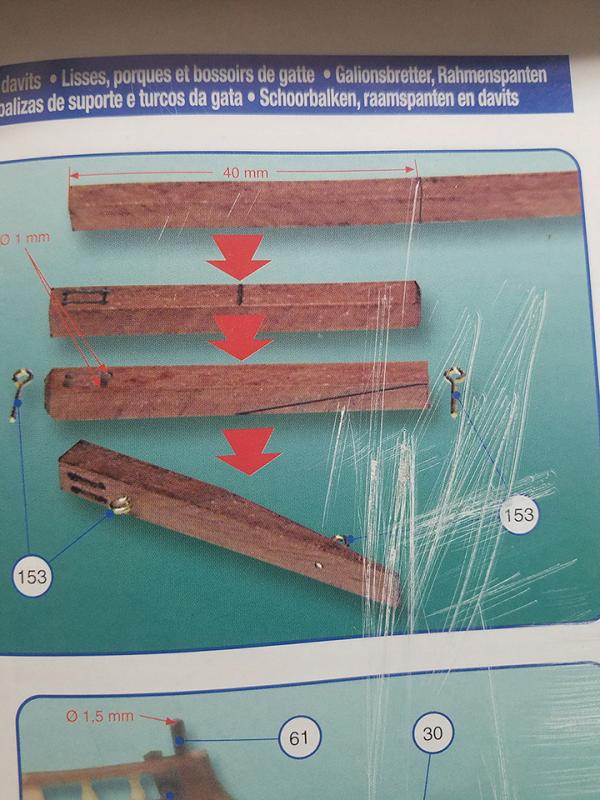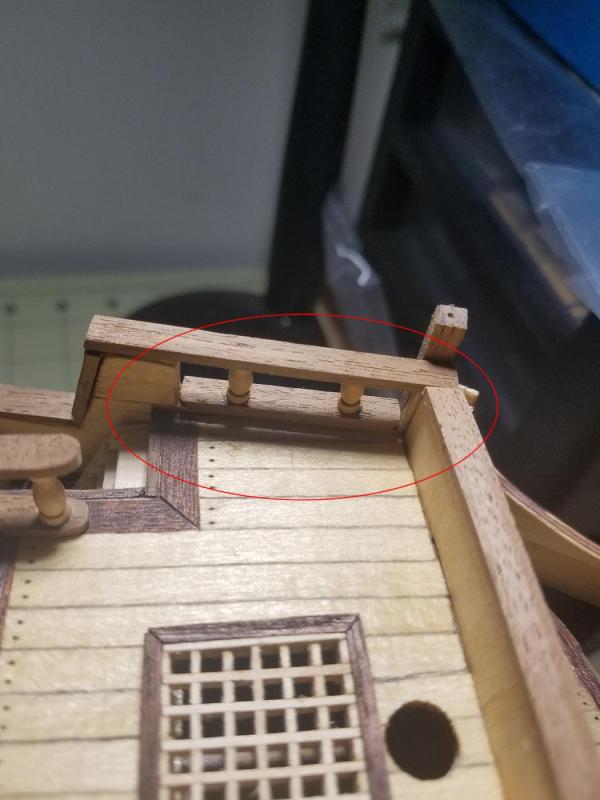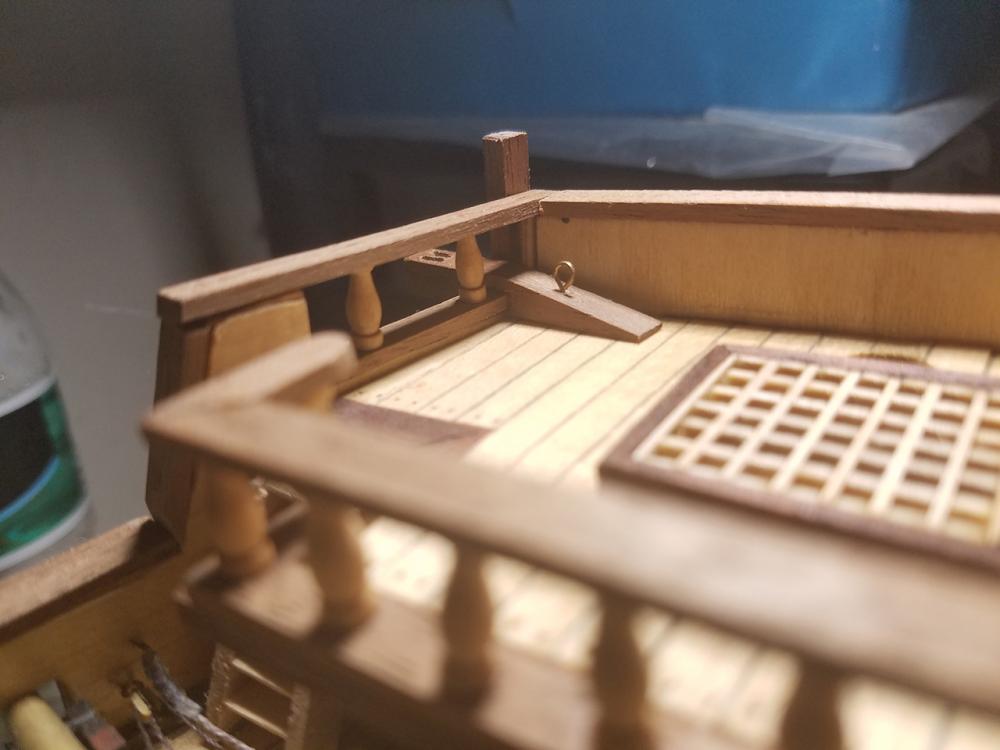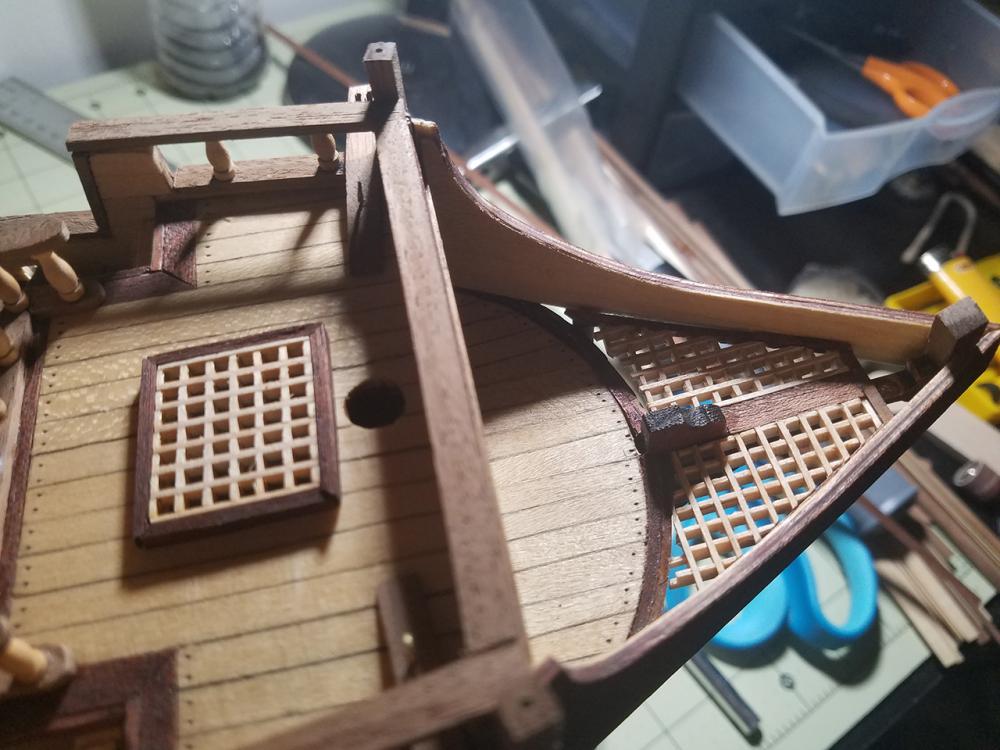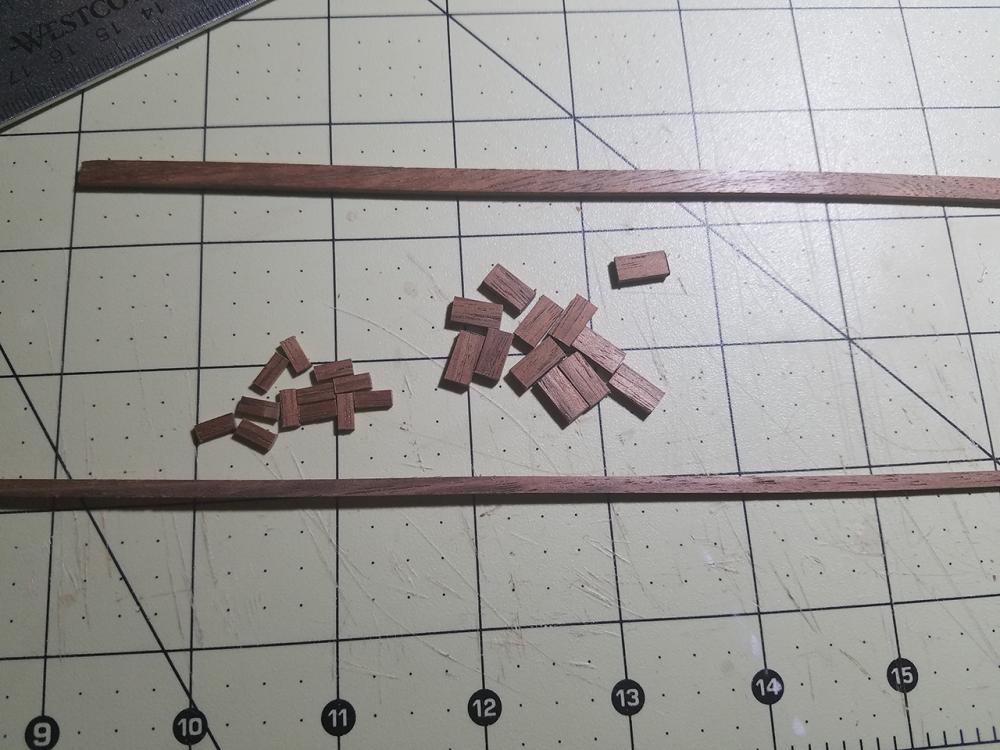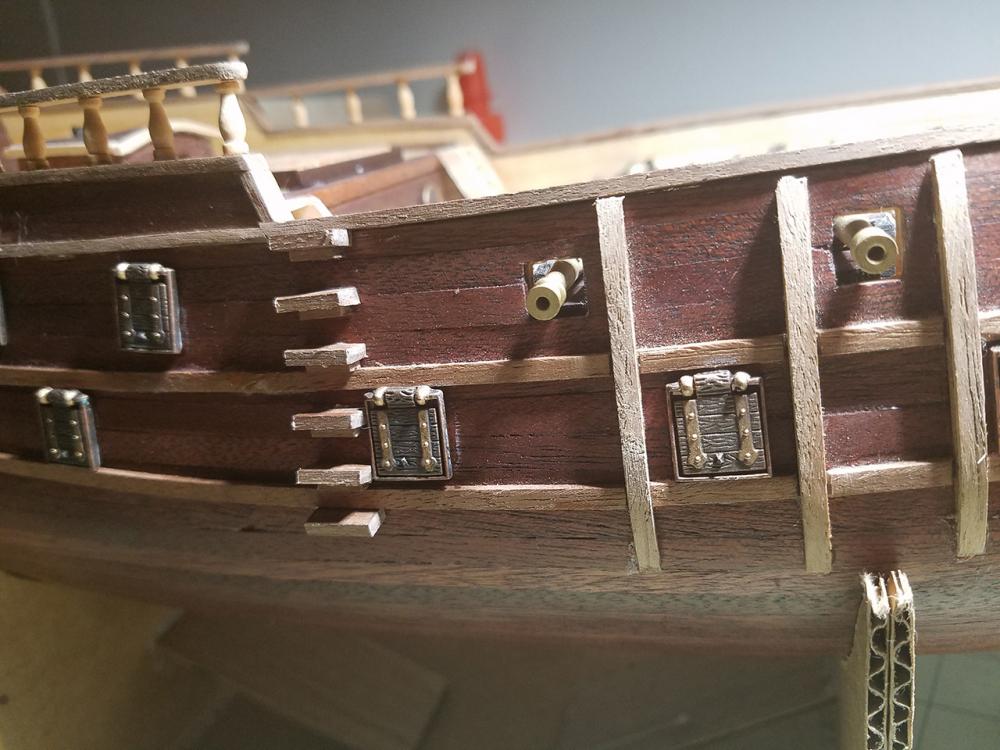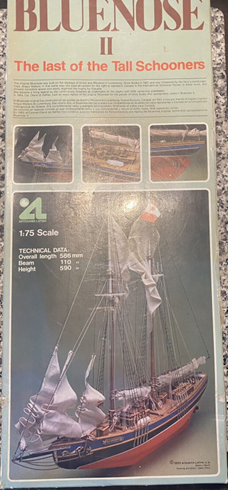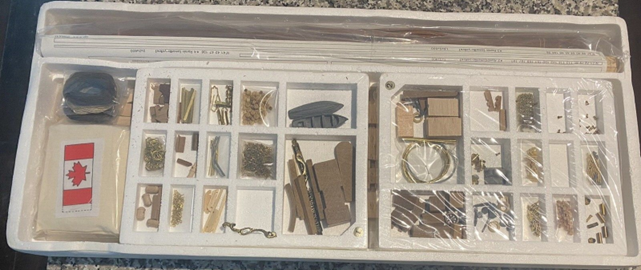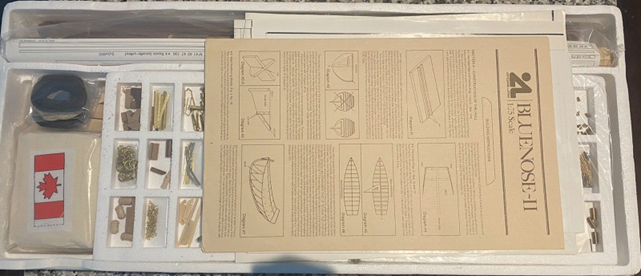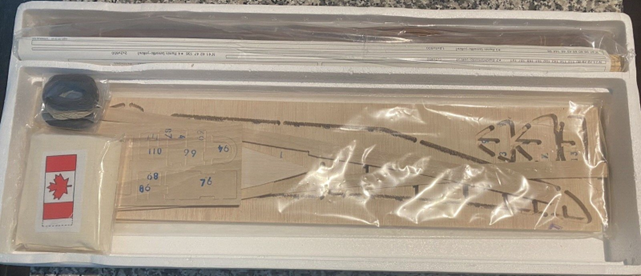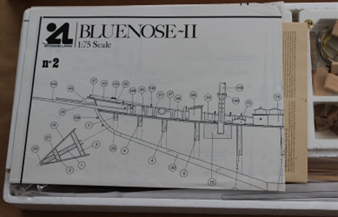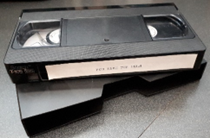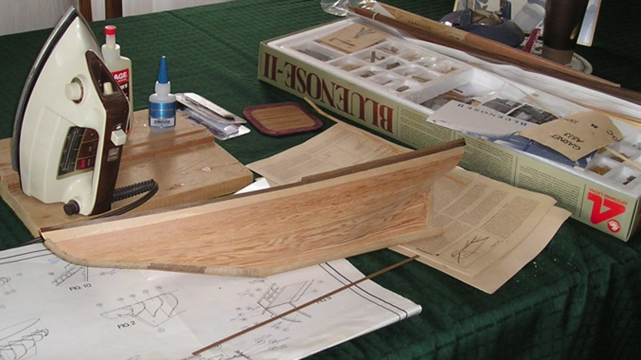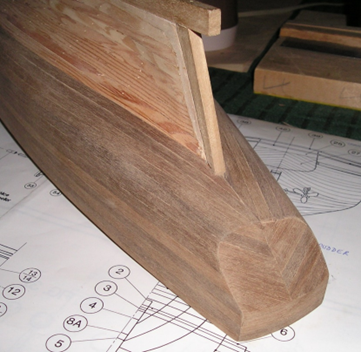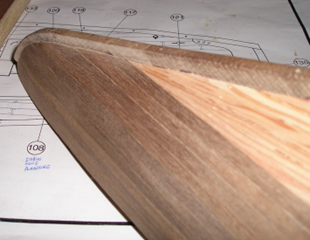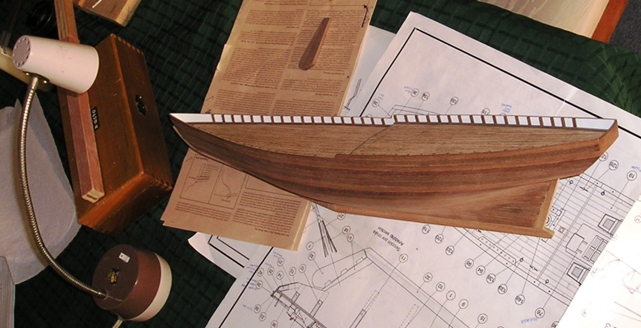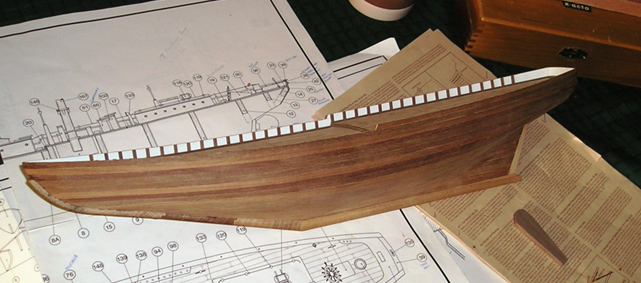Search the Community
Showing results for tags 'Artesania latina'.
-
I have begun to work on this kit. As per my usual process, I have two kits going. My primary kit will be the Vanguard Grecian, but while waiting for glues to set, and for a change of pace, I will work on this kit. I will build this kit pretty much out of the box with few modifications. Although I will opt to use other manufacturer's deadeyes, single blocks and belaying pins. In this kit the deadeyes and single blocks are laser cut on the plywood sheets and would require drilling holes and painting. The belaying pins would have to be fashioned from wood stock. As to contents of the kit I would refer people to the YouTube videos which give a very good description of what is inside the kit. As you can see from the pictures I have placed by SurfacePro computer at my work station as all the instructions are on a disc. The only paper in the kit are the porthole templates and a guide to the plywood sheets showing where each piece is. As I have reviewed all the instructions I believe there might be some issues with not having physical instructions or plans but we will see. The bulkheads, for the most part, consist of 3 pieces. So far the fit of these pieces has been excellent. Quality of the wood has also been excellent.
-
I decided, after I had made a start on the hull, to install the lighting kit. Unfortunately, the lighting kits now seem to be out of stock everywhere and so the build has come to a bit of a halt. I was concerned that the hull might be a bit flimsy, but after having got this far, I have ended up with quite a stiff one, No problems were encountered getting to this stage; the fit of the parts was excellent. Having no printed instructions is a pain - but does have one advantage at least - viewing the pdf on, say, an iPad, does allow one to easily enlarge the pictures if more detail is required. Another plus. Whereas, say, the OcCre Montanes comes with NO stand, the Santisima Trinidad comes with TWO - a temporary building stand and a more permanent display stand.
-
I'll start by saying, I wasn't planning on doing a build log... There are a 15 logs for the same model on MSW already. However, at last check, only one was to completion. The other logs offer a lot of help and information but only as far as they go! So, even though I started the model 3 months ago, I did take pictures along the way and any details I may have left out can easily be found on the other logs. I pledge to keep this log running to the models completion, however long that takes. This is my 4th model and I continue to learn new techniques and ideas. I think that will never stop. There are so many masters on this forum! I hope, someday, to be as capable as them. I am attempting to keep this model as historically accurate as I can based on the plans and the book "The anatomy of a ship : The armed transport Bounty". Additionally, I will be aging or weathering the ship as I build it to give it that "realistic" look. This is the first time I've tried this method and as you'll see it has been challenging but also a lot of fun! Before I start, I'd like to thank several builders that have inspired and unknowingly helped me to this point. Many are still on my favorites list and all have build logs that you may want to reference too: Captain Al Cobr Grendel Rcmdvr Thomaslambo Tim Moore Trig There are probably a couple more that I missed... Okay, lets get started! I didn't bother taking pictures of the box, unpacking and indexing the parts. I'm sure there are plenty of those out there! I found the contents to be of very good quality and I was not missing any parts or components. The scale drawings and picture book are very detailed. The instruction book is probably a bit sparse if you are new to modeling. The picture book helps fill in some of the gaps but frankly, without some of the build logs, it would be very difficult in places. The first few steps are pretty straight forward: 1. Cut out the keel and frames 2. Sand the little tags off and remove the charred layer for better glue adhesion. 3. I chose to stain the frames and keel with a walnut stain, taking care to keep stain away from the areas to be glues. It took two coats to get to the color I wanted. The picture below was taken with just one coat. I purchased (prior to starting this model) a model ship building slip: It has been a great tool for holding the model and I expect to use it throughout the build. Look at the above log for more details... worth every penny! It is extremely important that the keel is kept straight and that each frame is installed plumb and level to the keel. This CANNOT BE STRESSED ENOUGH!! If any of these are off, you'll struggle with it throughout the build. A word of caution... Make sure the table or bench is level too... If it isn't, make note of the difference and ensure that the identical difference is transferred to your model as you build it. As you can see in the pictures above the building slip has an attachment to help keep the frames at 90 degrees to the keel and the frames were leveled using a small level resting on the top of the frames before gluing and taping into place. Each frame was allowed to dry several hours before the next frames was added. More to come later today or tomorrow.
-
Greetings all, I am in the process of making my first attempt at building a wooden ship. The kit i have started on is the "King of the Mississippi" by Artesania Latina. I look forward to advice as I progress.
- 16 replies
-
- artesania latina
- king of the mississippi
-
(and 1 more)
Tagged with:
-
I gave this kit to my aging Dad back in 1984. Bought it new from Model Expo for $39.99 and still have the receipt! He had been an avid plastic modeler when I was a child in the 1960’s and from whom I gained much of my knowledge and skills building plastic models. The last model I completed was a big scale SR-71 Blackbird in 1995 or so. I haven’t touched one since, until now. While moving some boxes from a closet last spring, I came across the kit, still in the box it was shipped to me in 1984. I’m retired from disability with neuropathy in my hands and have turned 65. I can’t imagine what I was thinking when I made the idiotic and expensive decision to attempt to build my first ever timber ship model but it has been extremely rewarding and frustrating at times. I had a lot of tools to begin with from my plastic modeling days but knew I would need many more to tackle this project. While it was a kit, I feel it was closer to scratch build given the shaping of each and every part and the need to make scratch parts when some got broken or damaged thanks to my clumsiness. Although its Feb 2023 now and I am now making the masts, spars, boom, bowsprit and flag mast, I’ll start where I started in June of 2022 and work up to the present. If you something I did that was a rookie mistake, please feel free to offer better ways for the next time I try this. I already have noted dozens of things I would have done differently from experience and lots of YouTube videos and reading here. I find sometimes there are just too damn many ways to do something and I have to find the one that works best for me. I’ll never build museum quality models but my friends and fam are already wanting me to leave this ship to them when I go! The Frame: I only thought to start photo journalizing this build after I’d completed the first step of getting the ribs together but took an abundance of pics after that to create a time lapse movie of at some point for my YouTube channel. I read the instructions ahead thoroughly and noticed they get less detailed as you go as though the author got tired and really wanted to finish. That and the translation from Spanish was lacking in places. Nonetheless I trudged forward not noticing the last stern rib was misaligned top to bottom. We’ll deal with that soon enough. I should have used squares to line up my ribs instead of my eye but puddy and sanding will cover those tracks since it will be covered. It was at this point that I realized I had to look way ahead to see what pitfalls I was setting myself up for and the journey began. I would miss the parts of the build that would be covered soon enough. The instructions had me install the false deck on at this point too, not sure if that was the right move but was afraid of cracks in the deck planking if I planked it before bending the false deck over the ribs. I measured where the ribs would be so I’d know where to put the nails and marked them on the deck. So far, I felt ok with how it was going together but was just dipping my toe in. Frame, balsa inserts and false deck complete. Next, the first planking. Oh joy. . Pre-nailing the false plywood deck for installation.
- 59 replies
-
- Swift
- Artesania Latina
-
(and 1 more)
Tagged with:
-
I'm not going to try to recreate the whole log, but here's all the pictures from the previous log. They're not in any particular order but they might help someone. Feel free to hit me with any questions.
- 28 replies
-
- artesania latina
- constellation
-
(and 1 more)
Tagged with:
-
Hello, this is my ongoing project. Dundée Thonier was a type of tuna fishing boat in France during the early to mid-20th centuries. Actually, The AL's thonier Marie-Jeanne wasn't in my interest. I purchased the Heller's thonier Armor because of the beautiful box art. While I was building the plastic kit, I felt limited by the small 1/125 scale. While I was searching reference for the thonier ships, I was surprised that the AL's 1/50 thonier has exactly the same hull as the Heller's. I decided to move to the AL's kit, but the painting will be the same as the Heller's thonier Armor. By the way, my AL kit is outdated 22170. The newer 22175 kit has better box art with clearer instruction. I think AL may need an artist, rather than a photographer. Also, the Heller kit is very helpful, despite its small size. I referenced the hull's planking line. This is my best strategy for framing. I hope kit makers draw the check lines on frame parts. The AL's old kits tend to offer unreliable manuals and plans. As you see, the 1:1 plan paper didn't match with the kit's parts. Those small differences come together and form an ugly, twisted hull. I made an effort to build straight hulls against the pervasive issues. The check lines on frame parts are my best solution, for now. Instead of laying a deck sheet, I used many short temporary batterns. I was able to set an accurate distance between frames, and the batterns offered better sight. * I recommend using hardwood-dark strips, such as walnut. The basswood-white strips are too weak for use of temporary battern. These square bars help to hold frames. The first planking was easy and smooth. After I filled half of the first planking layer, I removed the temporary batterns and placed a deck sheet. There is one more error. As you see, the deck didn't fit the hull tightly. I needed a day to fix the problems. The result is extremly, enormously, gorgeously fine. It is the first hull I've ever made that didn't twist in any direction. In other words, "museum quality."
- 17 replies
-
- Marie-Jeanne
- Artesania Latina
-
(and 1 more)
Tagged with:
-
Hi, fellow model makers. My name is Matt and this is my first wooden ship build. I picked this model based mainly on research done on this site. It has all of the elements I wanted to get to build - such as: Double plank on bulkhead Finished mahogany hull Two masts Nice looking rigging I started about a week ago. Here are photos of my progress before the weekend.
- 68 replies
-
- virginia 1819
- artesania latina
-
(and 1 more)
Tagged with:
-
Rebuilding the same model again it may sound -at least- boring or surely not exciting. But for me this time its not the case The first time I started Hermione was in 2017. I finished her in late 2018. It took me about 18 months and 600 hrs. So why do it again? In all this time, studying before, during and after building the model and ofcourse my visit to the replica Hermione in Rochefort in 2017, gave to me a whole different perspective of the project. Although A/L made and offers a good kit, still the kit of A/L represents the replica of L' Hermione and not the original ship. Ofcourse, though already during the first building of the model, I tried to take distances from the replica and build the original ship.... my historical knowledges did not allowed me to do so. Now I am more confident. Now I am aware, with more accuracy, of the distance, between the original ship and the replica. Its not only the coppering or the flag, or some detail on the deck.... its more to it. Among others, -for example- the modern health and safety regulations that the replica designer had to be in line with, have produced a lot of deviations, by adding to the original design or by leaving behind, elements and materials that were originally part of the ship's design. So here I am to make an effort correcting my build. Hopefully I will succeed to that.... but I also have in mind to avoid all the bad craftmanship and build errors of my first build, hopping that the gained experience and my better skills of today will able me to build a decisive improved model. Christos
-
Hello MSW. I am starting my AL Constellation kit I purchased from a fellow MSW member. As a newbie, I followed many of the build logs for a while and found them to be full of great ideas and advice. Hopefully, someone will benefit in the same way from mine. Cutting to the chase, I opened the box and did a parts list inventory... which took way longer than I anticipated. The way AL set up the parts list was "interesting" with regards to all the strips of wood. Instead of having a list of what should be in the box, i.e. 30 strips of this and 40 strips of that, you need to go through all 446 parts. Each part that was made from the various wood strips was listed with its approximate finished size. So if you needed 10 pieces of a part that were 30mm long you would have to measure off 300mm from one of the supplied strips. Unless you want to spend days checking everything it is a virtually impossible task. I would imagine someone at AL has already done this so why not supply a general what's in the box list along with the detailed list already given? I didn't bother checking the wooden strips, just the individual pieces. There were a few items that came up slightly short in the count like some deadeyes, blocks, belaying pins and some other minor things that can be picked up on-line or at a local hobby shop. What did surprise me is that there were no chains at all for the anchor and stern decor. No biggie, picked that up at a dept. store. Here is what was inside. Reviewing the instructions, it is a good thing I have an engineering background. They are somewhat vague but there are a lot of pics to go by. Then probably the most important part of the kit... the bubble wrap. I plan on taping it to the wall behind my chair so when I bang my forehead into the wall for doing something stupid it won't hurt so much!! My next step will be to set up my work area and create a fixture to squarely secure the keel while I start the framing (bulkheads). As with any project, if the frame is not right, the rest will follow as such.
- 211 replies
-
- constellation
- artesania latina
-
(and 2 more)
Tagged with:
-
I finally received my Mare Nostrum kit yesterday. It was nicely packaged and, as far as I can tell, damage free. I carefully opened the wrapping and inspected the items sent. The manuals don't look to be the best but I think I can work with them, besides there are a lot of previous builds here I can consult. Not wanting to waste any time I set out to install the bulkhead frames on the false keel. My first dilemma was to find a way to do this so they are at 90 degrees to the keel and horizontal. I borrowed an idea which I found on this site that used Lego blocks. They worked very well. Also, I used two spring clamps on the bottom of the keel to support the structure. They will do until I can find a more suitable mounting fixture. I am certainly open to suggestions. So far I have been using a very good carpenters glue. I feel that the joint will be stronger than using CA glue (I hope I used the right acronym). The carpenter's glue I am using has a high initial tack and sets in 25 minutes. I plan to take my time on this build and not rush things (like I tend to do that at times). If nothing else, this will be a learning experience for my next build. I'm looking forward to your comments (both positive and negative), your encouragement and your advice.
- 134 replies
-
- artesania latina
- mare nostrum
-
(and 1 more)
Tagged with:
-
At the time of commencing this build log (November 2023) I have already been working on Part 1 of the project since 2015, which amounted to researching the ship herself and what Victory really looked like at Trafalgar. Now I know people will point to the Victory herself in Portsmouth and say that’s what she looked like, after all they have been restoring her off and on for a century so you would think they (NMRN) of all people would know, but actually no, it isn’t what she looked like. It may be that is how they label her, and that it has been the objective of her restoration since the 1920’s, and has been ongoing ever since. It was clear to me back in 2015 that the present Victory did not look like some of the strictly contemporary images I had recently been viewing, this is described in the attachments, and of course you will need to read the work for the background and results. You will see I use the term ‘strictly contemporary’ throughout the paper, and this is important, it both highlights and describes primary sources of works of evidential value from 1801 to 1806. Art Works and other records of Victory first produced at a later date, of which there are many, especially after 1814/16 when the ship was radically altered, are voluminous whilst passingly informative, do not carry the same provenance when considering her Trafalgar guise. Unfortunately, a substantive body of the Nelsonic art works, including images of the Victory, grew in preponderance in the 19th Century, and these works continue to dominate the visual record. Accordingly, there is a lot of myth that surrounds Victory, much of this grew up in the century after Trafalgar, especially with the Victorians recasting Nelson, Trafalgar and HMS Victory to reflect the values of their time. Much of this ‘doe-eyed romanticism’ hung over into the early 20th Century and made its way into the restored Victory and Nelsonic cannon of the time. The accompanying volume to this build-log looks back to the records before this dreamy rose-tinted time, but I also draw on the modern research that can be validated. I deliberately caveat my references to modern studies, as even some of today’s authors, including some of the biggest of names in maritime history, are not beyond repeating the hyperbole and mistakes of their Victorian antecedents. Neither are they beyond repeating the ‘findings’ of others, which upon examination of the historic archive do not hold up to scrutiny. I have labelled the result of my research ‘Nelson’s Victory Revealed’, my intention is to release that work in PDF format in conjunction with this build log. Included in this first part is the first instalment, principally the contents, introduction and review of the background research materials. I’ve also enclosed numerically the final 2 parts, the Bibliography and End Notes as they will be needed throughout for cross reference purposes (parts 12 & 13). There is a separate dedicated thread for the Research under ‘Discussions for ships plans and Project Research ….. etc.’, I’ll also post these over there as well. So, after enough waffle, on to ‘Part 2’, of the project - the build! Whilst I would have liked to have built the Victory in 1:64 scale utilising the prospective Amati Victory as a basis with the ability to detail all decks, it is not available at this time, and I am keen to make a start so waiting isn’t an option. So, I have purchased the Caldercraft 1:72 version from Jotika. I had considered scratch building, but I am being realistic about my abilities. I have scratch built HMS Trincomalee in 1:64 plank on bulkhead, or rather more correctly, part built – I’ve completed fitting out the Gundeck, but a First Rate is an entirely different proposition. I had though initially about opening up the Caldercraft Middle Gun Deck and detailing it, however, it just happens that Artesania Latina have also just released a 1:72 scale Main Mast Cross-section, timing couldn’t be better. I’m going to build this in tandem with the Caldercraft kit, or more accurately slightly ahead of it. This will allow me to detail items such as the double height chain pumps, Riders to all decks, pump well and multiple shot lockers, and multiple gun patterns. In terms of reference material, well there is that small volume I’ve already mentioned, and I have also collected in pursuit of my research a substantial volume of reference material, all of which is listed in the Bibliography. Then there are also in 1:48 scale all available Victory draughts and plans from the NMM, together with those of the Boyne. In addition, I have Bugler’s 1:48 plans and a set of John McKay’s drawings in 1:64 – so no shortage conflicting materials to draw from! Then there are the prints I have also obtained from the NMM, including both Turner and Stanfield’s Trafalgar works, as well as those of EW Cooke and Pocock. Some of these are now framed and adorn the library by kind permission of the Admiral, I’ll get around to posting a few photo’s of these. I claim they are for inspiration, but truth is sat in front of an open fire next to a decanter of Talisker Whisky there is collectively more of a soporific effect (cue Master and Commander on the iPad and miss the end of the film again 😊). I will also need to capture some side profiles early for the later fabrication of the many fenders, and the head chutes. At some time there is the stern and quarter gallery shapes to confront and reconfigure, but this will be an iterative process as these can only be done when the hull is at a stage that the quarter gallery patterns can be fitted and shaped., which in turn help establish the stern shape. The kit will be augmented with an authentic mix of Blomefield and Armstrong-Frederick guns – spoiler alert, Victory did not carry a uniform pattern of guns throughout at Trafalgar, like much of the British Fleet there was a fair bit of mix and match. Also, forget 104 guns, there were 96 + 2 Carronades, speaking of which, there will be some bashing of carronades to get something akin to the prevailing pattern in the early 1790’s when Victory’s were probably cast, rather than the poorly formed replicas we see aboard the ship today. The Upper Deck will get its steam trunking, sick berth, and internal galley chimney. There will be more supplements to the kit as the build progresses. Painting will be in the new colours as I’m a believer in the science and the research undertaken to establish these, particularly when combined with the Rase Mark analysis on the ship. There will be some tonal adjustments to the palette to account for the optics at scale. She will also get the pattern extending around the stem, NO black gunport lids – that is wrong, and lower white masts with the hoops painted out and white underside fighting tops as were worn at Trafalgar. I’m not going to do an un-boxing, there are enough of these around already. What I do need to sort is either a building board or cradle of some form, but I think I’ll address that when I’ve got the skeleton assembled and have more of a feel for handling the model in the space available. Below is a photo of progress to date, first up were modifications to the stem. The kit provided stem reflects the present Victory, but is both too short and low for 1805. This necessitated some amputation and the insertion of a filler piece to throw the head further forward and upwards. There was some additional shaping and profiling with the horizontal bow filler pieces to obtain the necessary profile, which itself was thinned down from the stempost forwards and from where the third cheek down to where it is affixed to the keel. A sacrificial profile or template for the placement of the bearding line at the bow was added at this point, this follows the correct profile and will require further refinement as the work progresses. I also took the time to replace the kit keel which as supplied is a uniform 5mm x 10mm. Based on the Bugler midship section it needs to be 7mm x 11.5mm plus a false keel strip. In addition, it needs reducing in width at each end tapering down from 63mm out to fair-in with the stern and stem posts. Elements of the keel were pre-rabbeted to match the bearding lines. All of this will be covered in copper plates anyway. A new stern post was fabricated using the kit version as a template, instead of a uniform 5mm the correct width at the top is 8.5mm tapering down to match the keel. This will be fitted after planking. Brass rod is used throughout to strengthen the joints of these pieces, much of which is capped over with pear strip. I have also blasted the dummy gunport liners and cabin spaces with some rattle can paints, these areas won’t be seen directly, but I felt some appropriate colouration wouldn’t hurt. For those who haven’t seen the AL cross section yet I’ve attached two images below, one shows the frame they are using to build up the cross section, and the other is of their finished product. That’s it for now. Gary Nelson's Victory Revealed Pt. 1 Background Materials.pdf Nelson's Victory Revealed Pt. 13 References Endnotes.pdf Nelson's Victory Revealed Pt. 12 Bibliography.pdf
- 2 replies
-
- HMS Victory
- Caldercraft
-
(and 1 more)
Tagged with:
-
Well, I probably shouldn't have but.... As I said in the title, this is an earlier version not the current laser cut one. It looks to be a fairly easy build but one perhaps difficult to build well. We'll see how I go. First off I checked the moulds/bulkheads, production errors do happen and it's best to know if there's a problem. I would normally check them against the drawing but there aren't any so I placed each one on a piece of paper, traced around them then flipped them over and checked. Two were a tiny it out but fine to use so long as I knew about it. Fairing will fix them. I fitted the moulds to the false keel making sure they were square to the keel and that the tops were square to each other (there's a bit of slop in the slots). When I got to the mould on the stern I found the false keel wasn't cut square and of course there wasn't room for my squaring blocks, so I decided to stop before I made a mistake. I did however dry fit the false deck (and found out I can glue the mould on the stern to it, yay win) and wrap it in many rubber bands so it will take the deck curvature overnight. Oh, that small cast metal boat in pic 2 feels like it weighs more than my 16' Cutter (see sig.).
-
1:84 Santisima Trinidad – Trafalgar 1805 Artesania Latina Catalogue #22901 Available from Artesania Latina for €749.99 The Santisima Trinidad (full name: Nuestra Señora de la Santísima Trinidad), was a Spanish first-rate ship of the line with 112 guns. This was increased in 1795–96 to 130 guns by closing in the spar deck between the quarterdeck and forecastle, and to 136 guns around 1802 (plus 4 small guns on the poop), thus creating what was in effect a continuous fourth gundeck although the extra guns added were actually relatively small. She was the heaviest-armed ship in the world when rebuilt and bore the most guns of any ship of the line outfitted in the Age of Sail. She was built at Havana, Cuba, to a design by Irish naval architect Matthew Mullan (domiciled in Spain under the name Mateo Mullán), originally intended as a ship of 112 guns. He died on 25 November 1767, and the construction of the ship was continued by his son, Ignacio Mullán. and the ship was launched in March 1769 and completed in August 1769 as a 116-gun three-decker. She was considerably larger than her British contemporary Victory and somewhat bigger than the French Bretagne. Commanded by Francisco Javier Uriarte and the flagship of Rear Admiral Baltasar Hidalgo de Cisneros, she took part in the Battle of Trafalgar on October 21, 1805, as part of the combined Franco-Spanish fleet. Due to her great bulk, her helm was unresponsive in the light winds on the day, contributing to her ineffective service in the combined fleet's cause. Her great size and position immediately ahead of the fleet flagship Bucentaure made her a target for the British fleet, and she came under concentrated attack by several ships. She lost her mast and eventually surrendered to the Neptune; a 98-gun second rate commanded by Captain Thomas Fremantle. She was taken in tow by the 98-gun second rate Prince but was eventually scuttled by her British captors northwest of Cádiz. History abridged from Wikipedia. The kit Before I post my own information on this new release, I’ll give you the details of the kit, as per Artesania Latina’s own blurb. “In addition, the naval modeling kit of the Spanish vessel comes with several paper templates to make the building process of the model easier. Among other functions, they are used to arrange the elements on the decks and to place the embrasures and other objects on the sides of the hull. Speaking of the hull, its structure can be assembled as if it were a 3D puzzle. With this faithful 1:84 scale replica, you can represent correctly the appearance and artillery of the Santísima Trinidad in the battle of Trafalgar since it brings the howitzers that the ship carried in great detail -144 cannons-. Likewise, modelers who wish to line the hull of the magnificent model of the Spanish ship are in luck because the kit includes copper tape to be able to do it below the waterline. Once it is assembled, the model of Santísima Trinidad (22901), measures 46.88'' (1191 mm) length, 35.63'' (905 mm) height and 18.26'' (464 mm) width. Its design using a false keel and frames brings its assembly closer to the real ship. As a bonus, the kit of Santísima Trinidad comes with 5 die-cast figures.” This new generation of large Artesania kits certainly pack a whole load of contents for your money, and of course, the boxes are very large…and heavy. Definitely another kit where you need to try hard to fit everything back under the lid if you intend to repack for a later date. This new release comes with FOURTEEN sheets of laser cut and engraved ply sheet in a varying number of sizes and thicknesses. The material, in my sample kit, is perfectly flat, without warp or defect, and all of the cutting and engraving is clean with no laser blow-back. All parts are also laser numbered too. Included with the timber sheets is a set of three A4 parts plans which you can use to quickly locate the part you want without fumbling through the actual sheets. All of the timber parts in this kit are cellophane wrapped and not too tightly as to cause deformation. As you look through these sheets, you’ll see the unusual manner in which the parts are supplied. You won’t find a single-piece hull, or even a two-part solution. The hull is built up from three parts, and the bulkheads are multi-part creations that use dovetail joints to hold the parts under glue. The hull itself is built up in sections and expanded as you progress from bow to stern. This is a lot like the system used in the monthly magazine partwork builds. The various elements of construction should mean that the build proceeds with minimal risk of the keel being twisted (although I would always ensure this is the case, as you build). You will find a number of parts on these sheets that relate to things which aren’t frames or bulkheads etc. such as the deck grates. I’m not absolutely sure I like this aspect, as these aren’t engraved. To fix this, you would need to varnish, then score along the grates to show the main batons running bow to stern, and then apply a dark ‘wash’ to make the grate look like it’s made from individual parts. You also won’t see any deck sections in the parts sheets. There aren’t any. All decking is single planked, directly onto the top of the various frames/bulkheads. You will need to ensure that your plank joints are very tight together, and I would also think along each edge too, or the deck wouldn’t be solid. Another point that’s important to mention here is that the hull is single-planked. You will need to tread carefully here if you are used to double layer planking. You will need to ensure that your timber doesn’t sag anywhere as you won’t have the fallback of another layer. The good news is that the planking timber is superb quality and it’s 2mm x 5mm (300mm long). You also won’t see any bare timber in the finished build, so you have a little extra leeway too. The lower hull is coppered (5mm wide tape) and above the waterline, the colours are black, red, and white. Multiple packs of high quality strip timber are supplied in cellophaned bundles, and clearly labelled for size. I very much do like the quality of the timber elements in this kit. They are a world away from my first build…ironically, an Artesania kit! Another pack of timber is included. This time its dowel of various diameters. The material used is birch, with the small quantity of 2mm being bamboo. Thankfully, the latter does look fine, but I don’t go a bundle on bamboo for mast/yard material. There are FOUR fittings boxes with this kit. Here are the photographs to see for yourself. The rigging blocks are deadeyes are perfectly good as far as quality goes, with the metal parts being cast in a zinc alloy. This includes the cannon. Some seams are present on some of these parts, and you’ll need a rotary tool to remove these. Other zinc alloy metal parts include buckets, anchors, stern décor, ship’s wheels, lower quarter gallery sections, belaying pins, belfry roof, etc. The figurehead is also far nicer than many of those supplied in other contemporary releases, with this one being cast in multiple pieces to eliminate the problems with single-part casting techniques. There are some brass parts too, such as the lantern tops, bell, anchor rings etc. The fittings boxes also include brass wire, netting, eyelets, glass parral beads, brass nails, turned metal stanchion, capstan, brass chain, metal cannon balls etc. You will note that the lower decks have stub barrels and not whole guns. You won’t see them down there anyway, especially in 1:84. Love them or loathe them, Artesania has supplied a full set of sails. The material is quite thin, and the stitching is good, apart from that which edges the material. This is way too much and not nicely done. If you want to use these sails, I suggest picking out that stitching and redoing in yourself. However, I would simply leave the sails OFF a model of this type. A number of other items are packed within another clear sleeve. These include some very nice silk screen printed flags, a roll of 5mm copper tape, acetate sheets for glazing, and various paper templates that you lay onto the planked hull, in order to position gun ports, fenders etc. If you like photo-etch, then this kit has in in abundance. All of the SIX sheets of this is produced in brass, using multi-layer etching processes, and cellophaned to a thick card backing to protect it. You will see that a lot of the parts, certainly the larger ones, concern the stern fascias. While these are very nice, I would use them in conjunction with timber to enliven them further and produce something which looks more 3D. The same applies to the quarter galleries, but if you install the supplied materials properly, then you will still have a very nice result. Now…rigging cord. There is quite a lot of this, as you would imagine, and generally the quality is ‘ok’. There is a small degree of fuzz on the spools I looked at, although not as bad as that of a number of other manufacturers. I would consider either replacing the rig or using one of a number of techniques to reduce the fuzz. This kit supplies a few printed sheets, and what looks like a full-size colour side profile photo which will be very useful for reference. A full colour parts list and fittings sheet is also included. At this point, I have to tell you that there isn’t a printed manual. All of the instructions are available for download from the product page on Artesania’s website. There over FIFTEEN downloads too, so you’ll see why this isn’t included in print. Ideally, you could do with a laptop or tablet in the workshop and access the instructions from there. The instructions are graphically driven, and the sheer number of photos is astounding. Around 8000 photos are included, over 800 pages. I know Chris would kill me if I submitted that number for his kits! Everything looks extremely easy to understand with just about every angle of the build covered, multiple times. I’ve included a few photos from the various instruction downloads. If you head to Artesania’s YouTube page, you will also find a number of tutorial videos for this specific kit. Conclusion While I’ve seen numerous unboxings of some of Artesania’s recent large kit releases, this is the first time I’ve seen one for myself. Construction is generally quite different to what you’d expect with regards to bulkheads and hull skeleton construction. I’m not at all averse to this methodology at all. In some respects, it seems almost modular, and highly unconventional. It does appear to work well for the builder, having researched a number of online builds. I still have to get my head around a single-planked hull. It’s something I need to try and align with as I do intend to build this in the future. The hull is fully painted/coppered, so there is a lot of flexibility with the underlying timber if you need to fill and cut back…albeit carefully. You most certainly will need to be more careful than you perhaps would normally be on your lime planking. I know I’ve certainly improved in that area over the years, and you’re best employing a good method of tapering, such as the one that many use here…Chuck’s method. Another unusual element here is that ‘missing’ manual I mentioned. There is a QR code that you can scan which will take you to the product page on the AL website. Here you can download the manual directly. If you like a printed manual, you’re going to need some serious ink to print this. I know this aspect can be difficult for those that like a manual supplied, as is traditional. In all, this is a kit I actually quite like, and I know Artesania are proud of their products. I’ve been discussing their products with them over the years, and this is one they are excited about. As far as price point is concerned, I think this is pitched correctly, considering the size of the overall model and the quality of materials supplied. Another contemporary manufacturer has released a limited-edition kit which is twice this price, and around the same scale, and slightly smaller. In comparison to that, minus the other kit’s gimmicks, this kit still stands head and shoulders above that with regards to quality and value for money. I’ve often said that I have a fondness for AL kits as that is how I started in the hobby, but I wouldn’t steer you wrong. This is a very nice kit; with the caveats and things I’ve mentioned. If you have the skills to build an intermediate to advanced kit, this is definitely one to consider. My sincere thanks to Artesania Latina for the kit you see reviewed here on Model Ship World. To buy directly, click the link at the top of the article. Related Products Before I mention these, Artesania have also designed this model so that the grand cabin can be illuminated. Installation of the specific AL set is shown within the many photographs for this kit. The lighting set can be bought from AL for €24.99, here. Ok, I have been sent two additional sets that are designed to be used with this kit. These are a figure set (to add to the small number included within the kit) and a paint set. The paint set, which is available here for €31.99, includes TWELVE 20ml bottles of acrylic paint. These paints can be applied with a brush or thinned for use in an airbrush. The website says they can be thinned with alcohol or thinner. From this, I presume you can use either isopropyl (rubbing) alcohol, or possibly something like Tamiya X20A. For the latter, do a small test to make sure the paint doesn’t congeal. The paints in this set are: · Off White x 2 · Off Black x 2 · Bright Red x 1 · Red x 2 · Ice Yellow x 1 · Buff x 1 · Cocoa Brown x 1 · Dark Red Leather x 1 · Gold x 1 The Figure set I have for this release, can be bought here for €29.99. This set consists of SIXTEEN figures and accessories which are period-correct. The figures appear to be cast in zinc alloy and look quite nice for this scale. Included in this kit are: · Captain x 1 · Officers x 4 · Surgeon x 1 · Marines x 2 · Grenadiers x 2 · Gun Crew x 5 · Sailor x 1 Also included are accessories, such as sabres, gun crew tools, ammunition etc.
-
Hello all. Glad to be back after a long hiatus. I am starting this build log of my A.L. Soleil Royal after a few months of having started the build. At this moment I have almost finished the decks planking, hull planking, gunports, and a few other minor things. Don't ask me why, but I don't like painting my ships. And in this case I went one step ahead, and decided to make it looking "used and abused". Some may argue that Soleil Royal never looked like this, and thus this can't be "named" Soleil Royal. Well, sorry... it is my ship and I will do as I please. So, here are a few photos. At this point I still had not decided on the weathered finish The porcupine. I used bamboo toothpicks glued to a previously drilled hole, to simulate the nailing Jig to cut the gunports frames. This is how it finally looks Making doors using toothpicks That's it for today. Bye all!
-
I've had this old AL kit in storage for a long time and thought it would be a good subject to improve my planking skillset. The box has a copyright date of 1978. I probably acquired it in the '80s. I got as far as putting the false deck on the bulkheads but that seems to be as far as I got prior to giving up in frustration many years ago. I am now working on tapering the keelson and frames to apply the bottom layer of planks. The drawings show a sharp taper is needed at the bottom before application of the bottom planks. This method is new to me as previously I have used the rabbet method on other builds.
-
I started this AL Kit of the Harvey about over 20 years ago. I put it aside to start another kit then never returned to finish her. She was my first attempt at ship modelling so I have made a number of mistakes. It is time to finish her off. She is not in bad condition - most of the pieces seem to be present with only a few broken bits. The Hull is fully planked, all of the deck structures are complete, the cannons are build (of course), and two of the masts are built along with most of the yards. I usually play audiobooks of Patrick O'Brian while in the ship yard so in honour of the great man I am going to call this Baltimore Clipper "The Ringle". I dusted off the hull, then added a coat of Tung Oil The masts and deck furniture are in good condition. It's surprising that not more was broken, but fortunately there is very little damage.
- 9 replies
-
- artesania latina
- harvey
-
(and 1 more)
Tagged with:
-
After finishing my last build (link is in my profile) I started a ship in a bottle. I am still working with that, but I can only spend so much time working at such a tiny level, I prefer the larger models. So I will be tinkering with the ship in a bottle intermittently. I was pretty bummed when I found out Artesania Latina closed their doors, and one day I was speaking with my fiancé about it. The local hobby store in her hometown just happened to have one more AL model on the shelf and she picked it up for my anniversary gift. I was originally planning on starting a victory, but I am beyond excited to start a different style of ship. One thing that recently caught my interest while browsing other builds is the idea of opening up the doors and windows and finishing the interior as well. I am still in the planning stages for that, but as of now I am planning on adding a small casino room, a kitchen (if I can find the parts) and a couple of bedrooms.
-
Hello to all. This is my first attempt at a build log for my current project. This will be my third build, the first is the Bluenose by Billing Boats which is currently waiting for deck materials. My second build was the Hannah ship in a bottle which is finished. So while waiting for the Bluenose deck, I have started on Le Renard. So, here we go! First a picture of the box. And it's contents.. Everything looks very good, no warped or cracked parts, and everything was well packaged. The instructions looks great, one for the hull and one for the rig. There is no fullsize plan though. So I started at page one, and that is with the basic hull skeleton assembly. First I removed all the bulkheads and keel from their cutouts(?) and sanded off the little points that hold them. One of the bulkheads had a little fault from the production of the plywood sheet itself. I'll fill this with a thin piece of wood and glue.. Then dryfitting of all the parts, all the slots were a little loose, so the bulkheads will need clamping with a square while the glue dries. As seen here the bulkheads lean left and right due to the loose fit. At least the loose fit will give room for glue. Everything seems to fit together, and it looks kinda like in the instructions, so time to open the glue bottle. Don't you just love that new glue bottle all clean and shiny, and say to yourself, "this time I'm gonna keep it clean and the tip nice and open" Yeah, at least I know how long that's gonna last..😁 First bulkhead glued in, all square and true! Not a whole lot done, but I think it's a good start! Stay safe out there and enjoy your models! Gaffrig
- 110 replies
-
- le renard
- artesania latina
-
(and 1 more)
Tagged with:
-
Hi again and well, I coundn´t hold myself that much. 3 days after finishing my caravel I´m beginning a new project and hope you all enjoy it. Took me 3 months and some days to my last ship to be finally complete, and, today I started a new counter ^^ (not that I want to beat it). So, first thing first, I´ll say my impressions on the kit. I bought it from an e-bay auction. The box is a little bit worn, with some small scratches on the fringes. Since the kit is from the 80´s, there´s that look in it: Opening we can see a good care with pieces and wood, all arranged in a practical manner. My last experience was a bit disappointing regarding opening the box, cause the fittings and everything else were almost thrown in the box, with no preoccupation about the pieces´ overall look. AL, in other hand, do know how to sell it´s fish. Unboxing the fittings box I found a beaultifull set of small wooden and metal parts. Loved the distribution and care. Didn´t like the brass fittings for doors and windows, or even the lanterns - decided those will be made by me. The wood planks with pre-cut parts are easy to cut. It´s not laser cut, since in 1989 it wasn´t that common, lol. There´s a fine selection for woods, all woods. I detached the first parts to take the false keel and mount the structure. For this build I just designed a holder - Big change for better, for my last ship was builded almost in my lap, or on the kit´s base, which devastated my hull, as I saw sometime after the mistake. So, false keel on holder ready to receive framing. After cutting and sanding the frames, got numbers to them so I could follow the instructions - and make no mistakes. So, I took care to align all frames with the false keel, since some of them needed some fixing to go smooth with the keel. After that I glued them and the girders, as follows I got the impression that it was a little bit crooked and drawn a line to compare, but was just an impression. Began first planking but need to buy a small hammer, so, all paused till I buy one. Other consideration - after studying the plans I found it easy to give the ship some cabins. With a little modification on the castle I can put some nice furniture inside the ship and, following Doris inspiration, will let the windows and doors show the inside (after scratching my own windows and doors, of course). Well, that´s it!
-
Hi All, I started this some time ago as a little "Light" relief after the Cutty Sark. Was hoping for a quick build, but as we all are aware, there is no really "Quick" build in this hobby. I only have a "Smattering"of Photos in the very early stages of the build before I literally "Shelved" the project. The build is a little more advanced with Bulwarks, Etc. attached but will need to think about De-Constructing these and making good. As stated, it's been away for a while but I think that I will concentrate after Pen Duick in, hopefully 2 - 3 weeks time. Unfortunately, I cannot do multiple builds, I need to focus on one thing at a time. Looking at LA Don's build has given me a bit of incentive to complete this. I think that this will also benefit from LED Lighting.
- 118 replies
-
- sanson
- artesania latina
-
(and 1 more)
Tagged with:
-
Hi all. This will be my first build log and will be of my 3rd model ship kit. I started this build back about a month ago and have only now thought to do a log. Not many photos have been taken up until this point. I will post the photos that I have up until today. I will then update you all as I go on to another step.
- 47 replies
-
- Cutty Sark
- Artesania Latina
-
(and 1 more)
Tagged with:
-
Greetings all! After a long, long time I'm finally able to begin working on my AL San Francisco II again. A little background: I started this kit about 6 years ago, and made it to the planking stage before I realized I had no idea what went into building wooden model ships. I took to the web, and came to this fine site. I halted all progress and opted to read instead, learning how to do things the right way, and clearly planning ahead my next steps. I began a build log and asked for some help, and before I knew it my hull was planked! I was so happy to be passed that stage, that's for sure. Shortly after, I went into the U.S. Army and time just flew right on by. Before I knew it, I hadn't worked on her in ages, so I broke her out and put some cannons on her. But I didn't like how AL wanted me to do it, so I did a bit of research and spent some extra time on actually rigging them up. Is it proper for the time period? No clue, but I like how it looks. Alas, I had to move again so back in her box she went along with all of my other supplies. I then moved 3 other times, never taking her out again. Fast forward to now, I'm out of the military and hold a decent job that I enjoy and am ecstatic I'm able to get her out and work on her again. I don't have any progress from before, I guess something happened with this forum, or it got purged due to inactivity? I also lost the pictures I had of the previous progress due to a hard drive failure. Nevertheless, I'm back to working on her, and would like to document my remaining journey on my first wooden ship. I know I still have lots and lots of questions, and if anyone has any tips / recommendations please feel free to reply and let me know! The last few days has been spent setting up my work area, and taking inventory of what pieces and parts I still had after moving around the country a few times. Getting her into a proper stand was first order of business, and combing through the instructions and cataloging my process to get me back up to speed. I decided my first step would be to finish the grates. The instructions said it came with metal grates, and to just glue them down. I don't remember if that were the case or not, but I had already made them I just needed to frame them out. (Except for the bowsprit grate, more on that later) Here the framing is ready for stain. Grates! The bowsprit grate was pretty intimidating, so I opted to go for the cat davits. This presented a unique issue, as the instructions would have me shape them one way, but I had to cut a channel in them to accommodate the lower railing. The pics describe it better. Wasn't too much of a challenge though, with my handy dandy dremel. My next step was to figure out the bowsprit grate. Gonna be a pretty interesting shape I had to make. I pretty much just gathered some scraps I had (I saved all my scraps from when I worked on it before) and started fitting things together until I got something I liked. Cutting the grate was interesting, as I lost the finer details due to me not taking my time on it. I'm 50/50 with this grate...I doubt I'll redo it (even though I probably should) however I'll be thinking of a way to cover up the bottom part that is closest to the bow of the hull. The last order of business for this session was to stain the rudder (not pictured) and cut the strips I needed for the ladders on both sides. And glued in place. Since this is my first wooden model ship, I've definitely made mistakes that show in those pictures. But I'm happy with the progress so far, and can't wait to finally get to complete her! It's been way too long, and I'm already looking forward to what I want to do next (also the clarity of instructions on some of the better kits compared to AL.) My goal is to spend an hour a day on her, but we'll see how that actually happens, hah. Thank you all for taking a look, and again please feel free to throw out some suggestions or corrections that you may see from the pictures.
-
This has been a long term build. I had never built one before. I hesitated to post this build log because I am nearly finished but I have received help from other members here, so I thought my experiences may be of help to others. I tried to document my progress to an extent through the years it took and will post it here as I am nearing completion. Artesania Latina # 20500 Bluenose-II This kit was bought around 1986 from Hobbycraft Canada of Toronto. It was a gift from my wife to her Dad but was left untouched by her Dad until given to me in the summer of 1996. It was like this…. ... and under those trays... A glimpse of one plan sheet is shown here, too. I started looking at the kit and its VHS video cassette (“You Take the Helm”) in November 17th 1996 -. I began construction the following week. The VHS video was by Model Expo and shows model-maker Frank Mastini building the kit. His kit does not have the foam boxes though; rather it has the parts in plastic bags attached to paper sheets. Some of the advice in the video was useful in the beginning but as time went on and my experience grew, I ignored it and followed my own ideas. December 1996: With the hull frames assembled, adjusted, glued and trimmed to plans, I pinned the deck plywood onto the frames, using a tiny hammer for the brass nails. Then I started cutting planks for the deck. I laid black cotton between each plank and their ends to simulate caulking; the cotton set into the white glue nicely. I drilled 'nail holes' at each end then put a dab of glue into the holes and gently sanded over, to fill the holes and represent the wooden plugs of the real ship. 1997 Jan: Deck planks were finished; I began the first layer planking of the hull but by March 30th had to leave it for everyday life issues and by 1998 I had started night computer courses, to retrain. 2000 January 18th; my journal says I started again; heating & bending hull planks, using our old laundry flat iron. I finished the first planking by the 30th and had it all sanded nice and smooth, then couldn’t see how to fit the bulwarks. They seemed to be not long enough or tall enough so wouldn’t join at the front and I didn’t know how they should line up at the back. I rang a model shop about it then began doing the deck structures. By March I had fitted the bulwarks then transom, but then summer garden work took all my time. Then life became busier again with my night school studies. I had bought a computer by now to use for the studies and these carried on all the way through to 2005 to get a software development diploma. Feb 17 2008. I started the ship again, doing the second planking with walnut veneer planks. This picture shows two rows of walnut planks, starting at the caprail position, as per the AL instructions. I had a digital camera by then! March 2008: In the following picture, the walnut outer planking is on, down to where the planks wrap around under the hull, and the stern badge and transom are also planked. You can see where I had sanded the first planking and false keel down towards the stern post, to ensure the second planks will lie flush with the post. At the prow, with the planks cut to fit tightly against the keel. Finished them by the end of March. April- I bent the waterways to shape by wetting and steaming with an iron, then cut to final length and glued onto the deck around the bulwarks. Then I cut the stanchions and fitted them to the bulwarks (now painted white inside) by May. Next post I will continue with the rudder.
- 15 replies
-
- Bluenose II
- Artesania Latina
-
(and 1 more)
Tagged with:
About us
Modelshipworld - Advancing Ship Modeling through Research
SSL Secured
Your security is important for us so this Website is SSL-Secured
NRG Mailing Address
Nautical Research Guild
237 South Lincoln Street
Westmont IL, 60559-1917
Model Ship World ® and the MSW logo are Registered Trademarks, and belong to the Nautical Research Guild (United States Patent and Trademark Office: No. 6,929,264 & No. 6,929,274, registered Dec. 20, 2022)
Helpful Links
About the NRG
If you enjoy building ship models that are historically accurate as well as beautiful, then The Nautical Research Guild (NRG) is just right for you.
The Guild is a non-profit educational organization whose mission is to “Advance Ship Modeling Through Research”. We provide support to our members in their efforts to raise the quality of their model ships.
The Nautical Research Guild has published our world-renowned quarterly magazine, The Nautical Research Journal, since 1955. The pages of the Journal are full of articles by accomplished ship modelers who show you how they create those exquisite details on their models, and by maritime historians who show you the correct details to build. The Journal is available in both print and digital editions. Go to the NRG web site (www.thenrg.org) to download a complimentary digital copy of the Journal. The NRG also publishes plan sets, books and compilations of back issues of the Journal and the former Ships in Scale and Model Ship Builder magazines.



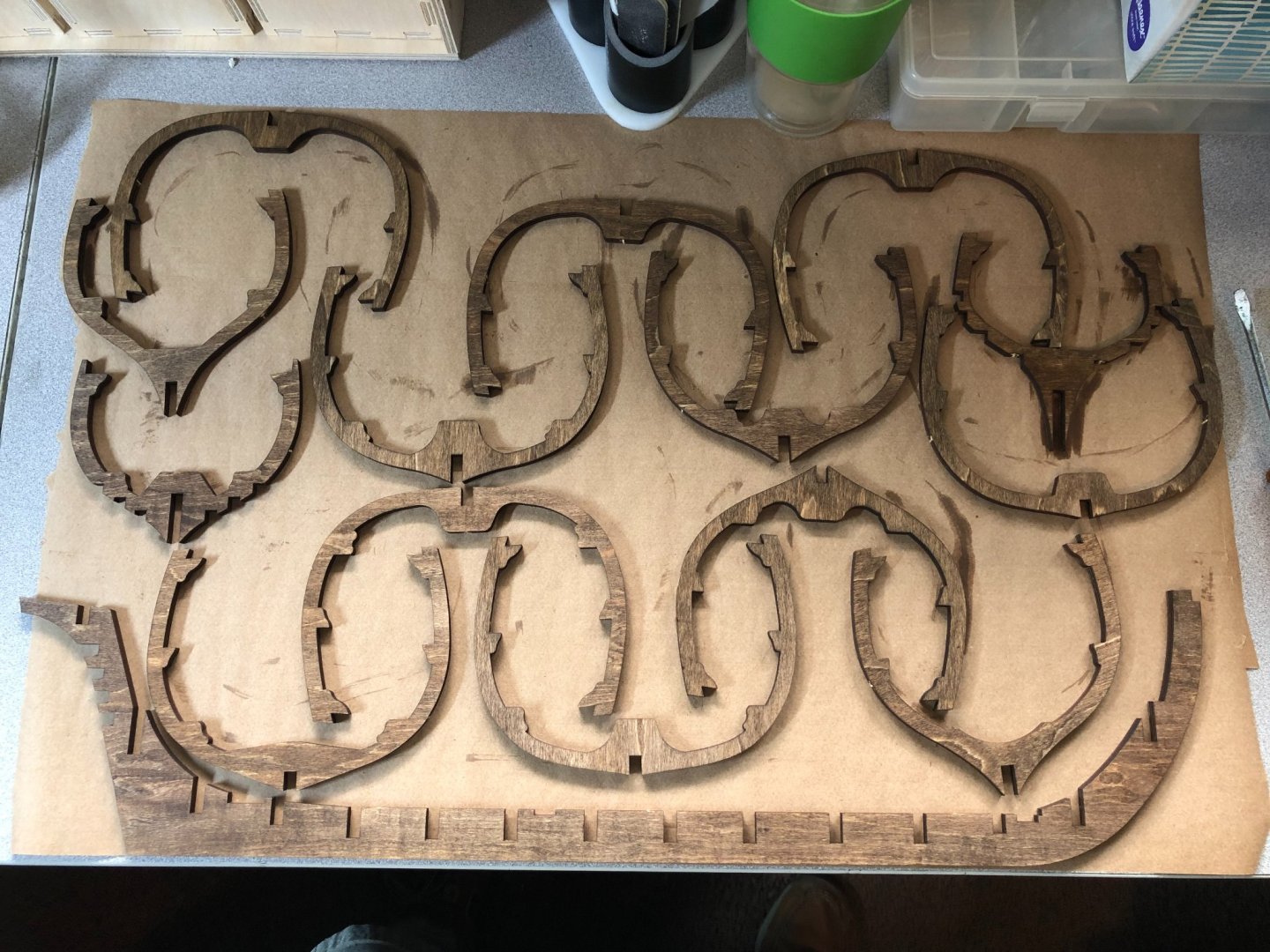
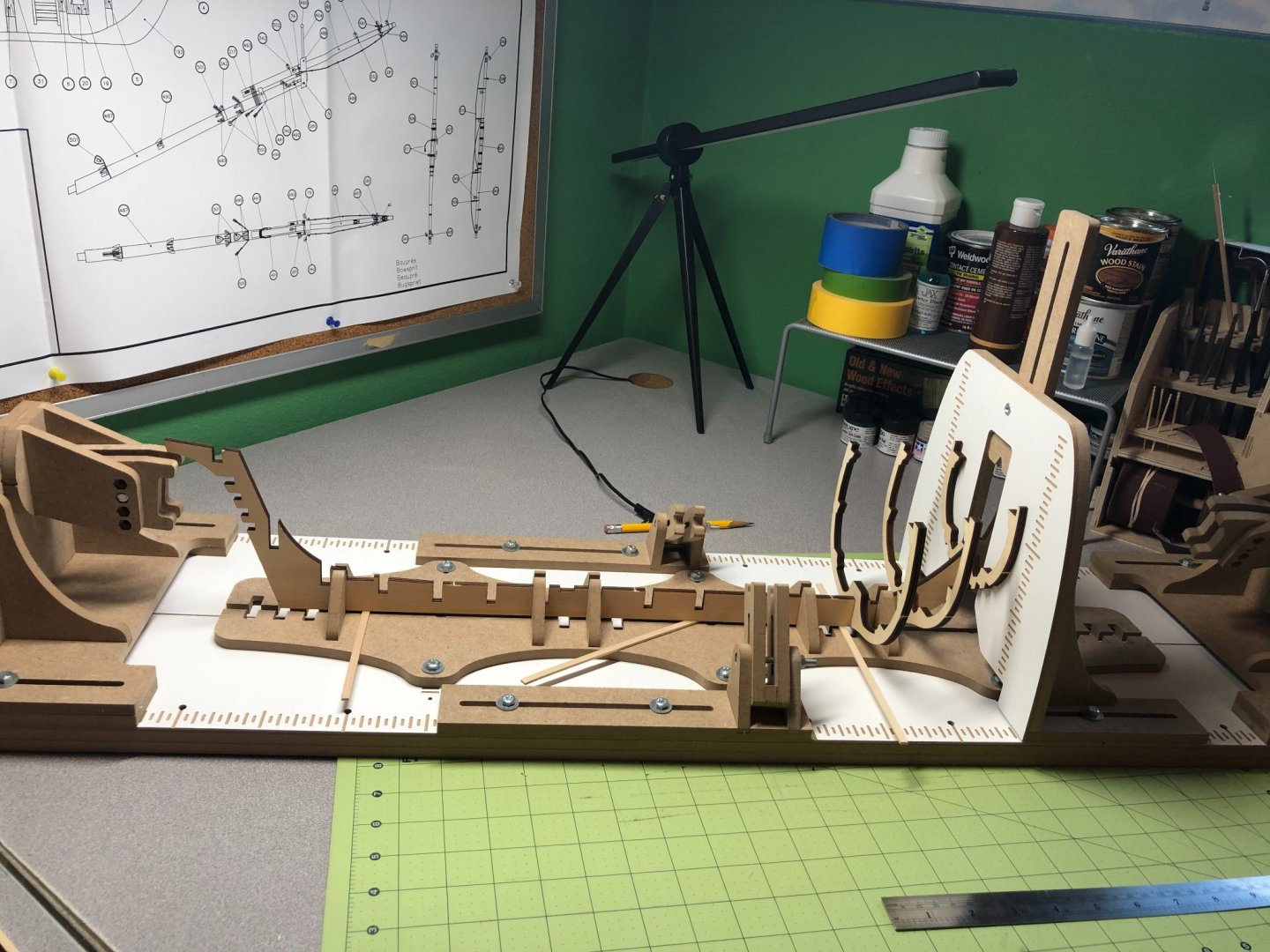
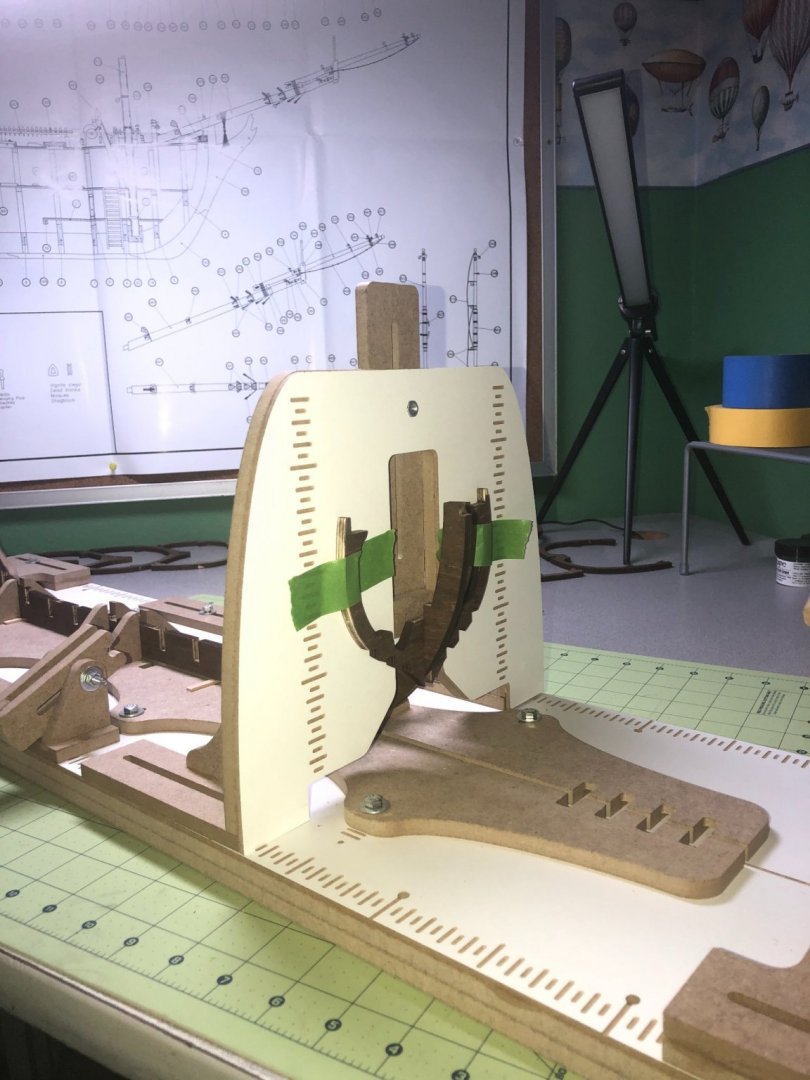
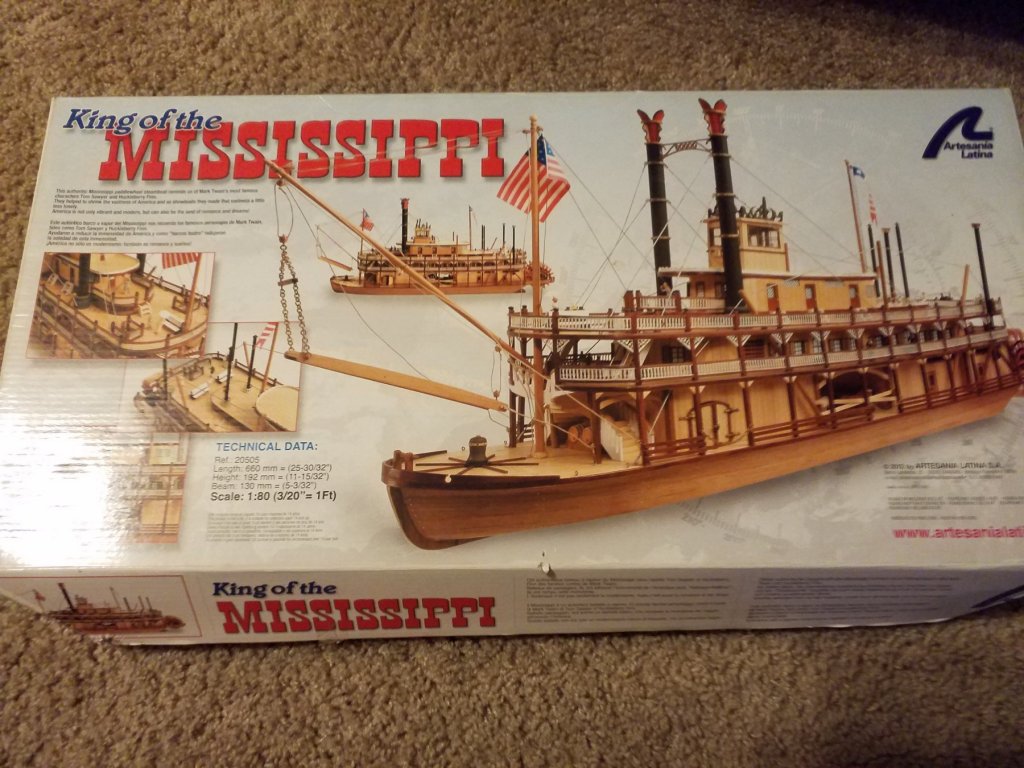
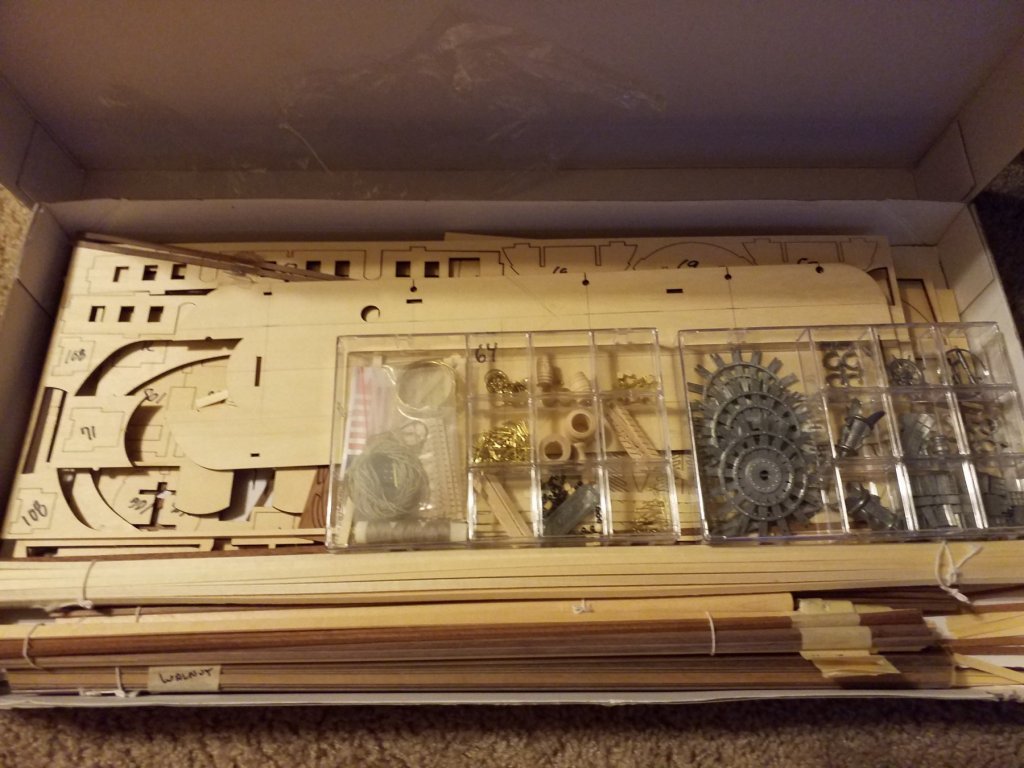
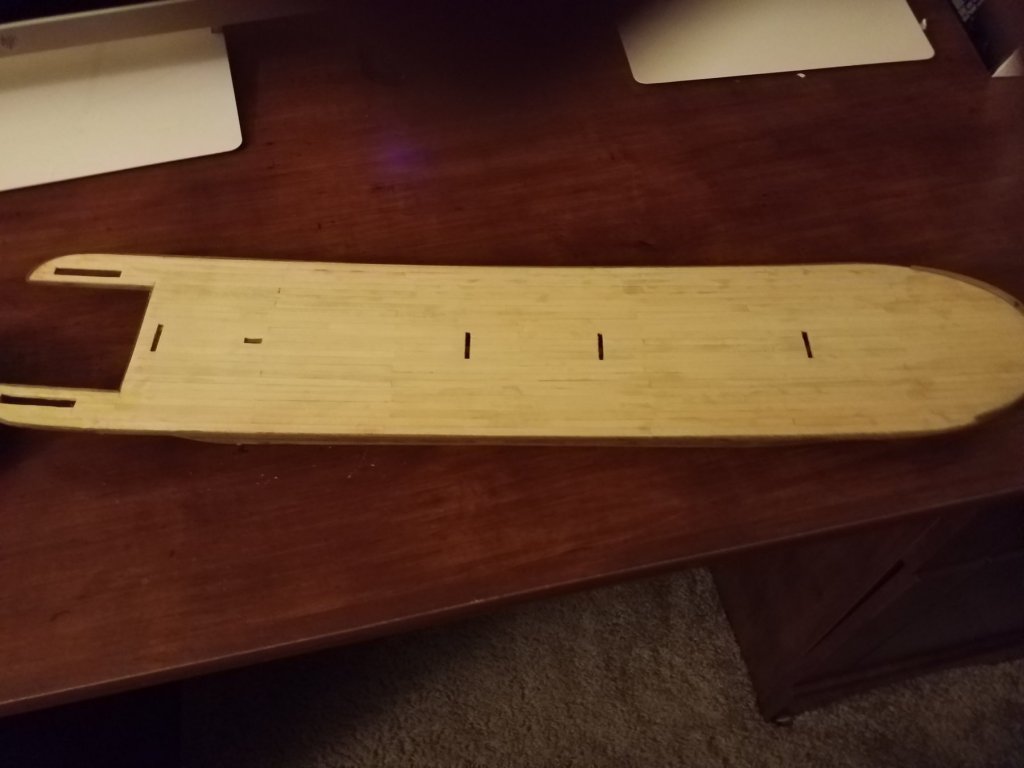
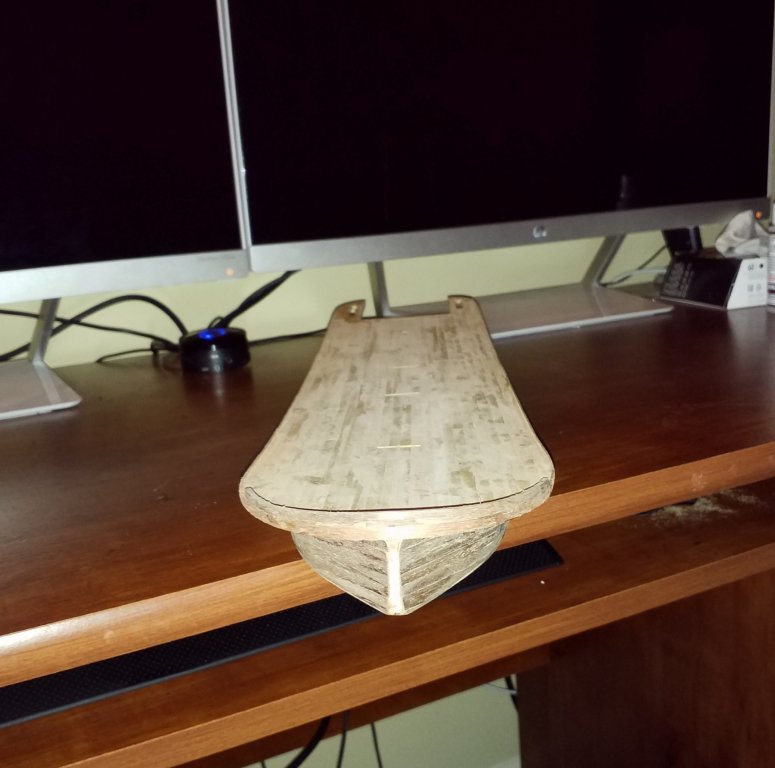
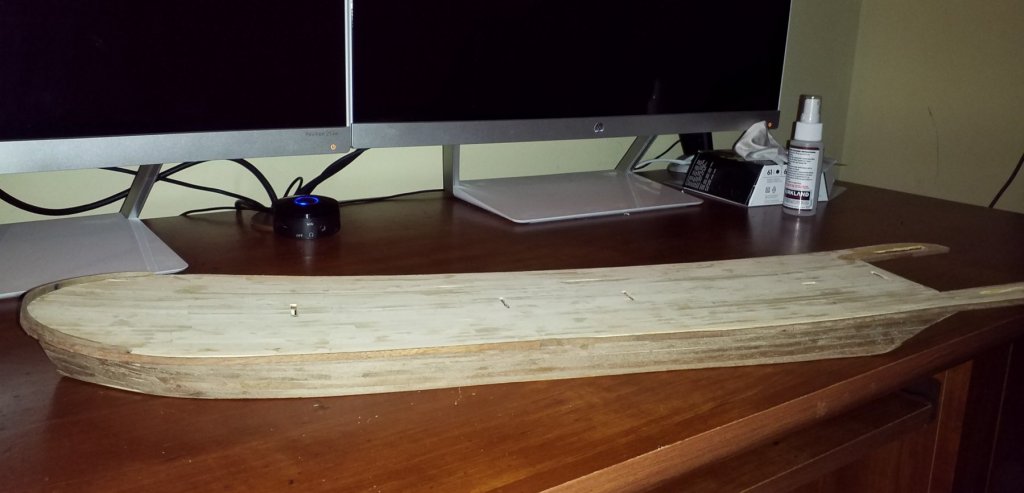
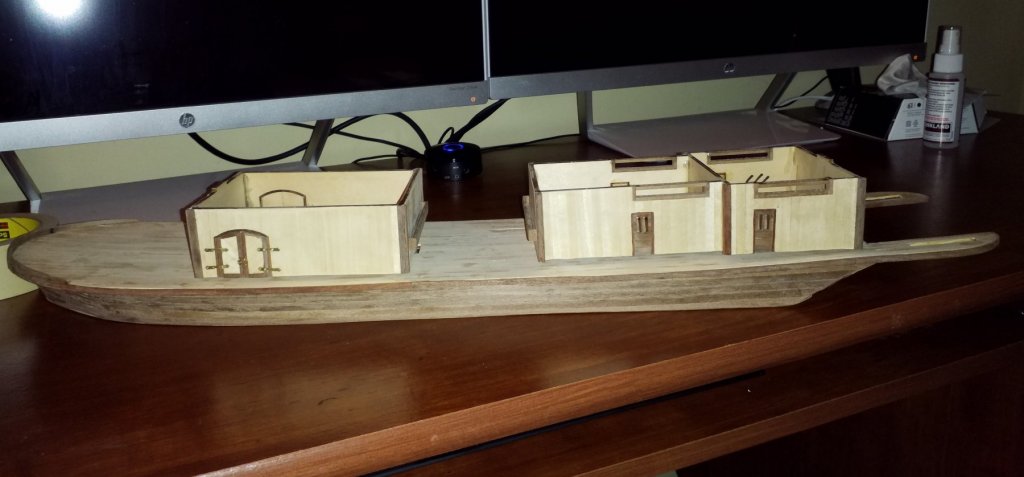
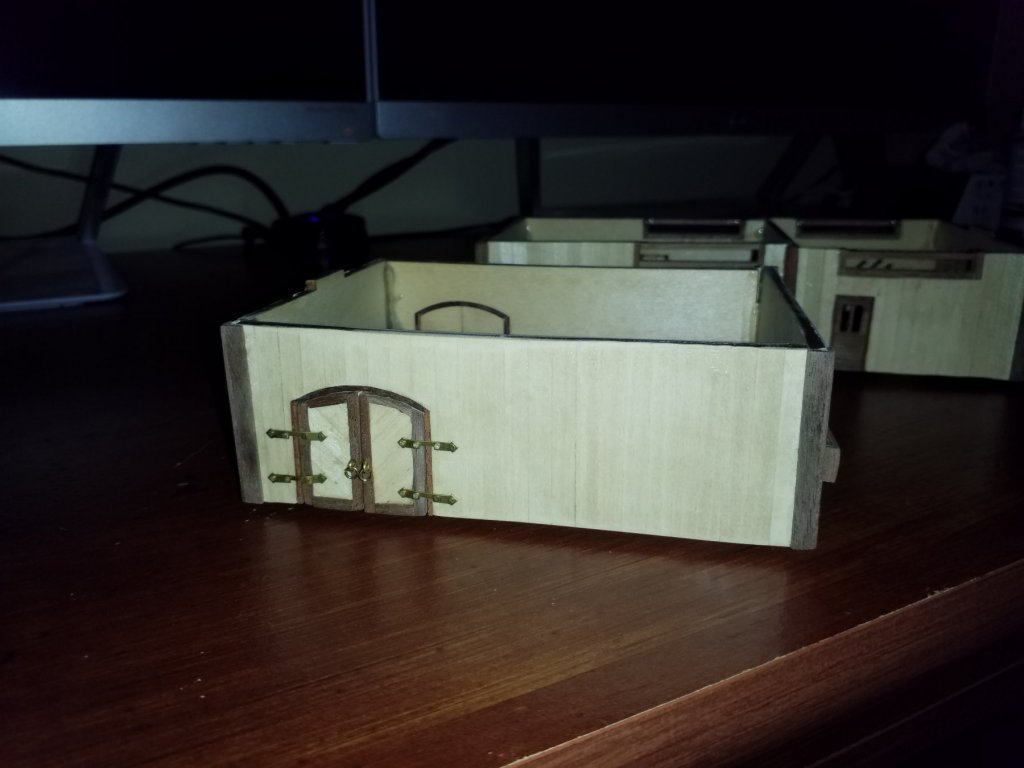
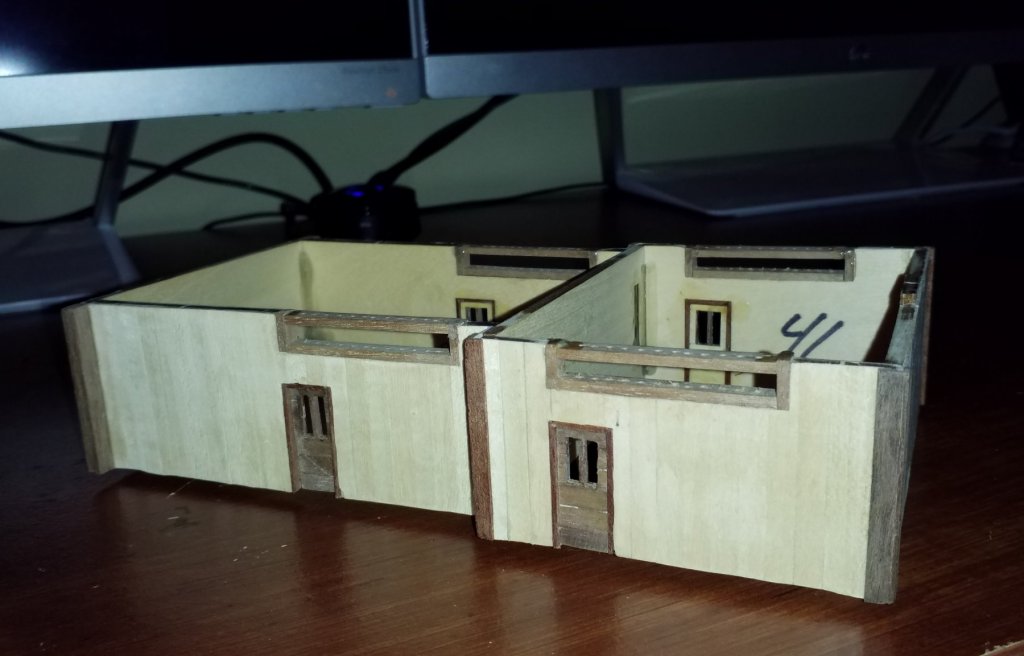
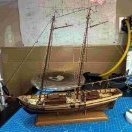
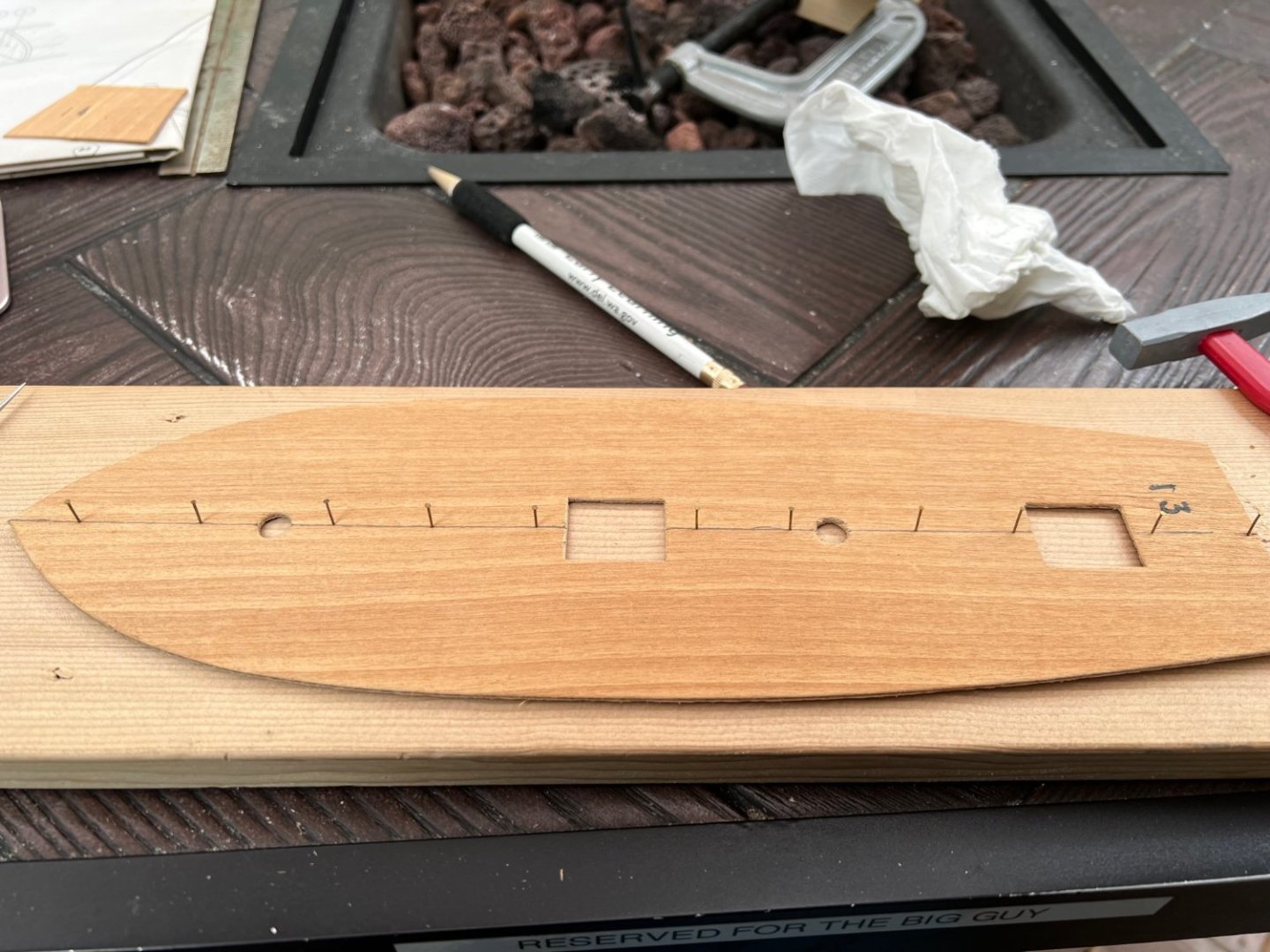
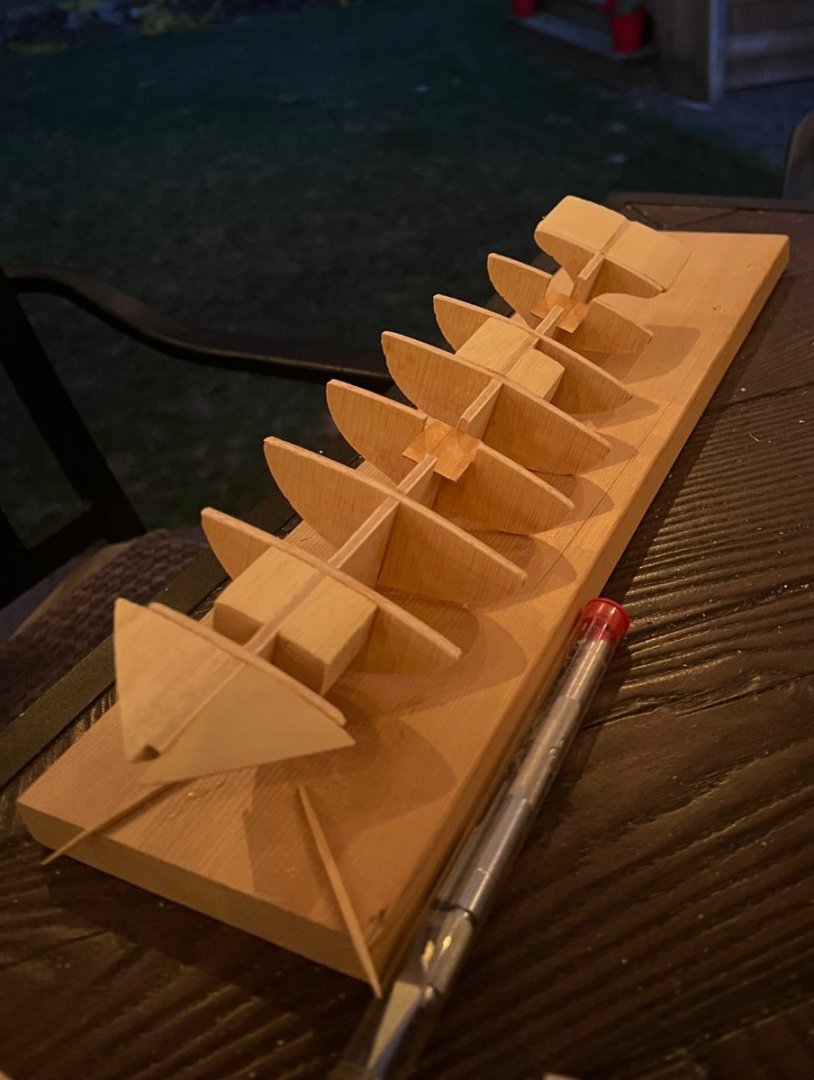


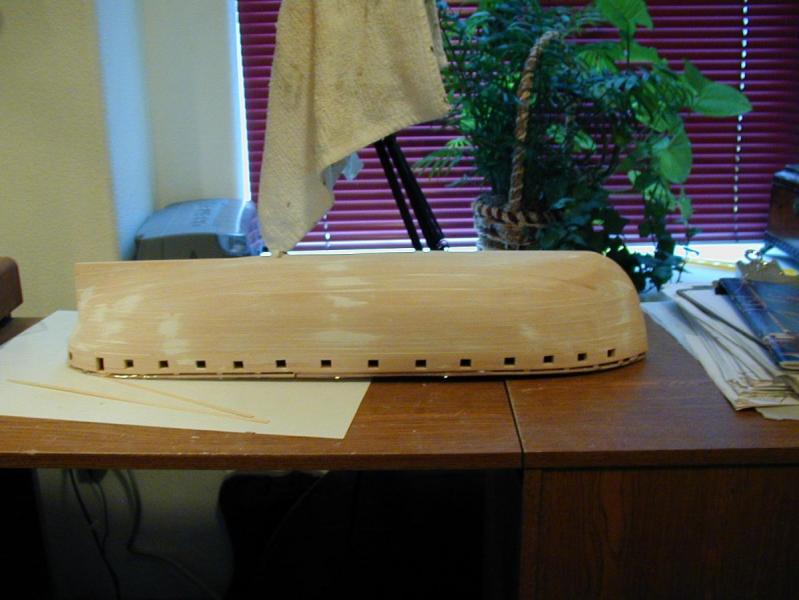
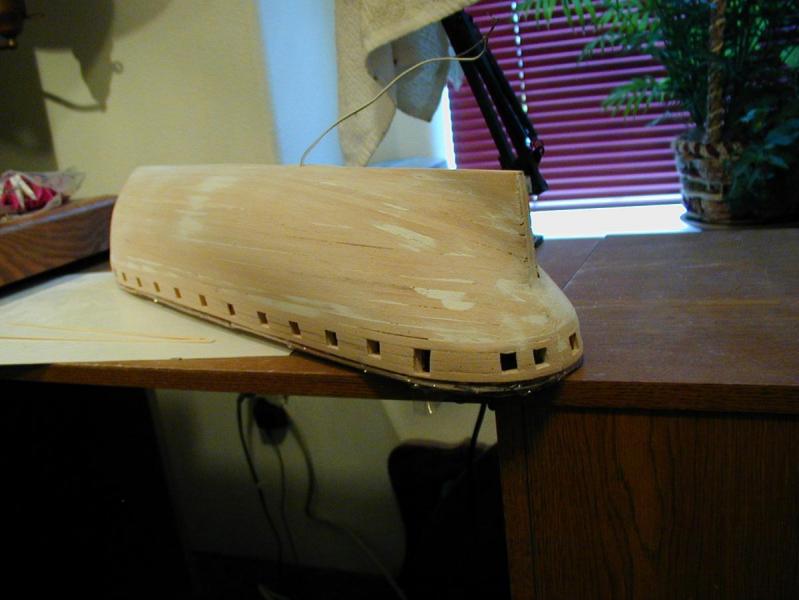
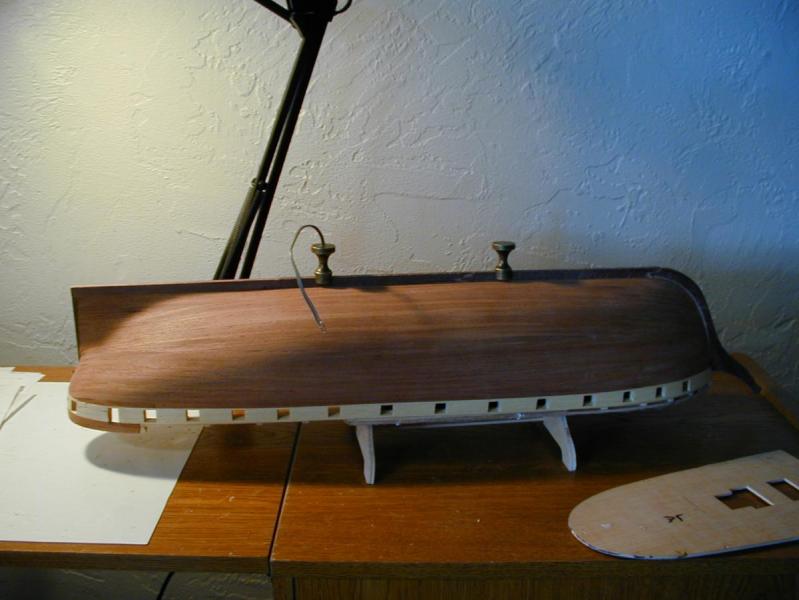
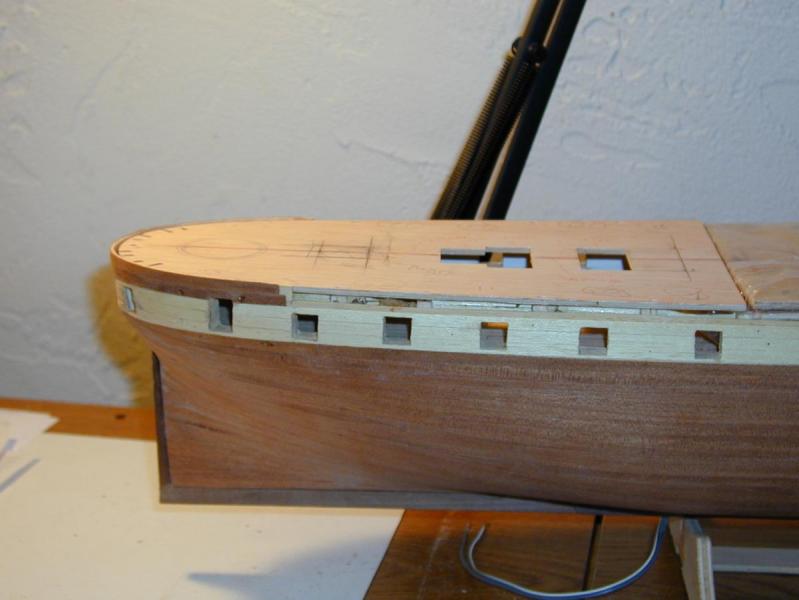
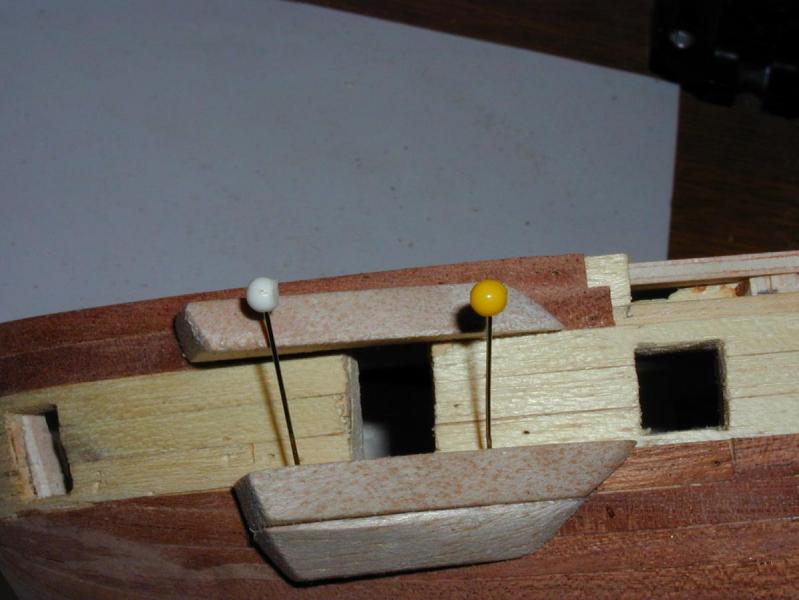
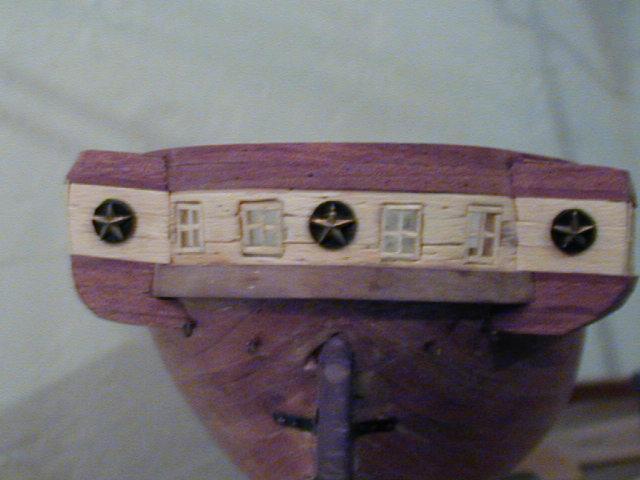

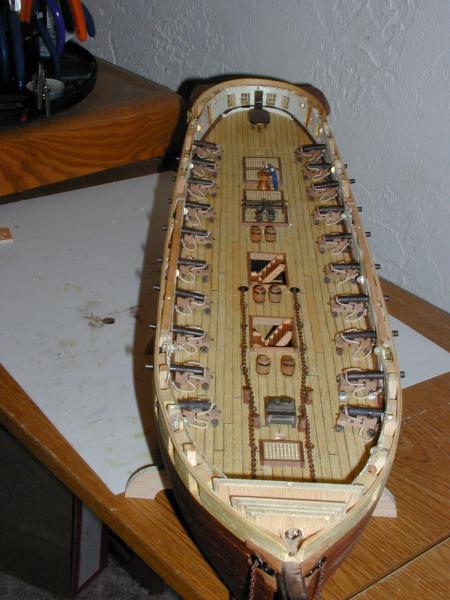
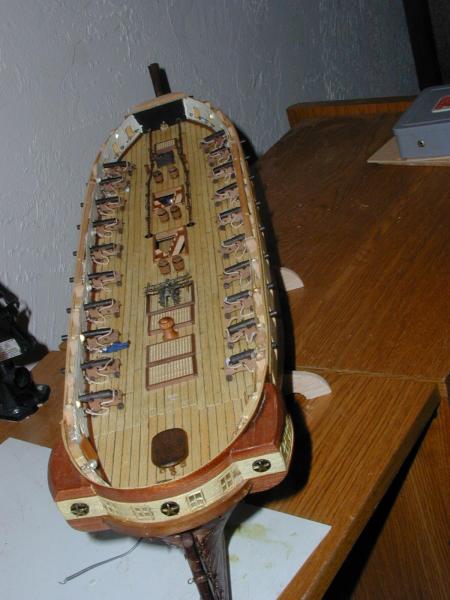
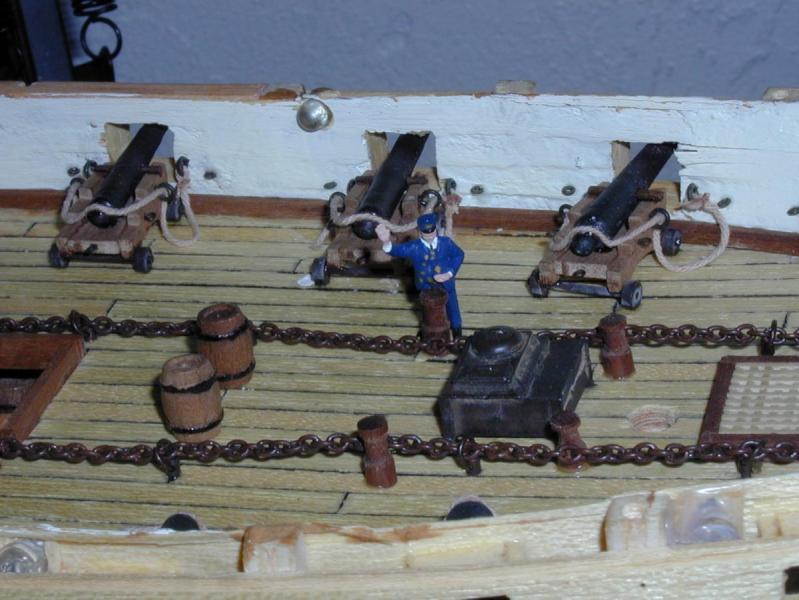
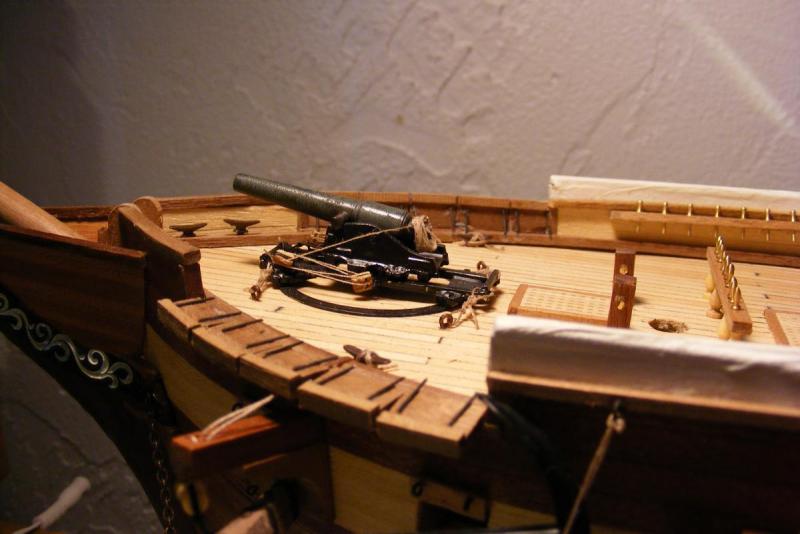
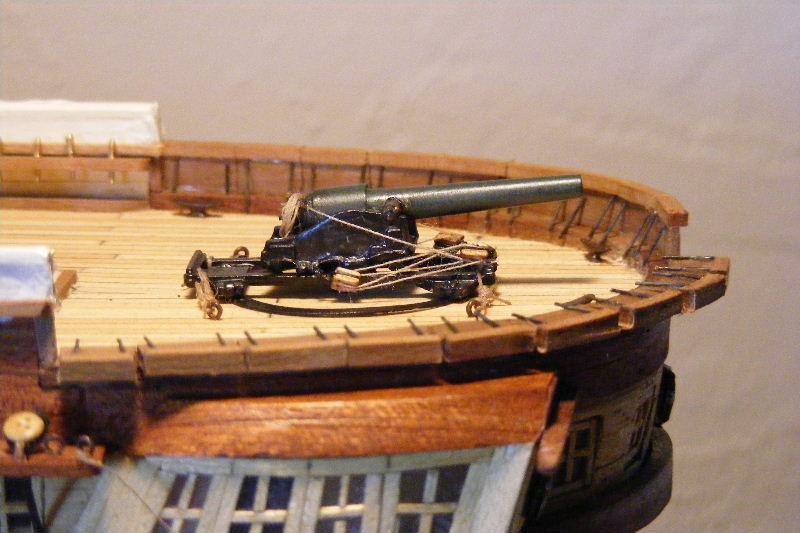

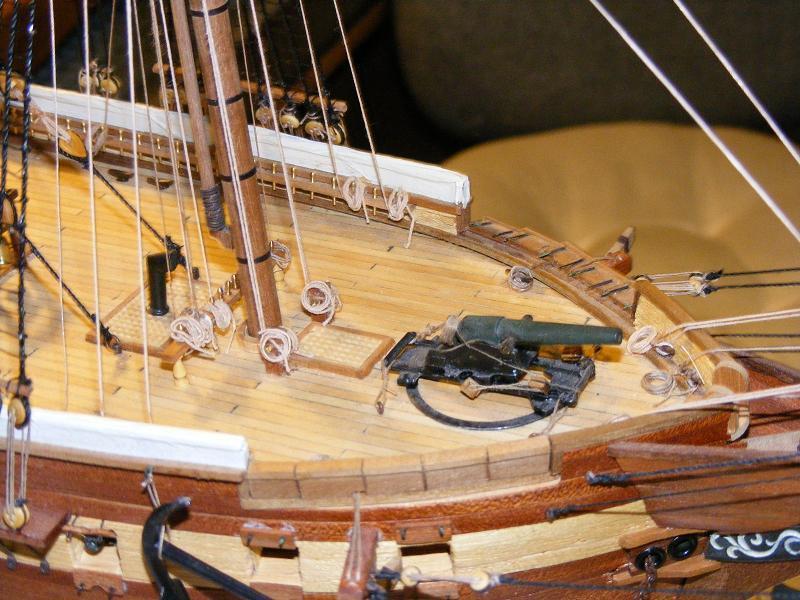

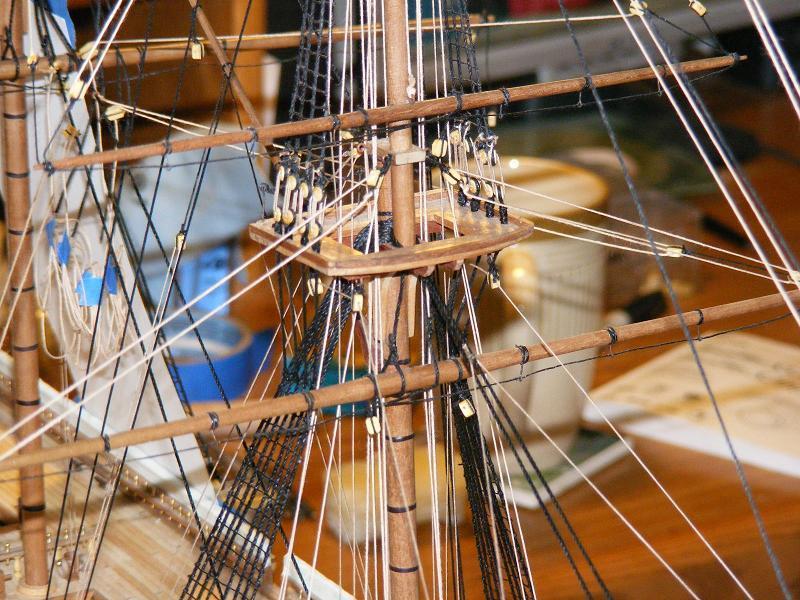
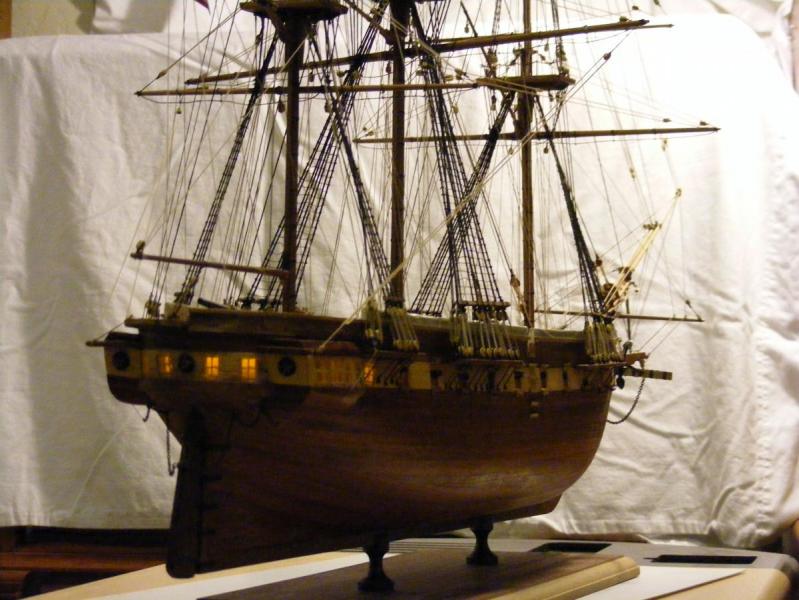
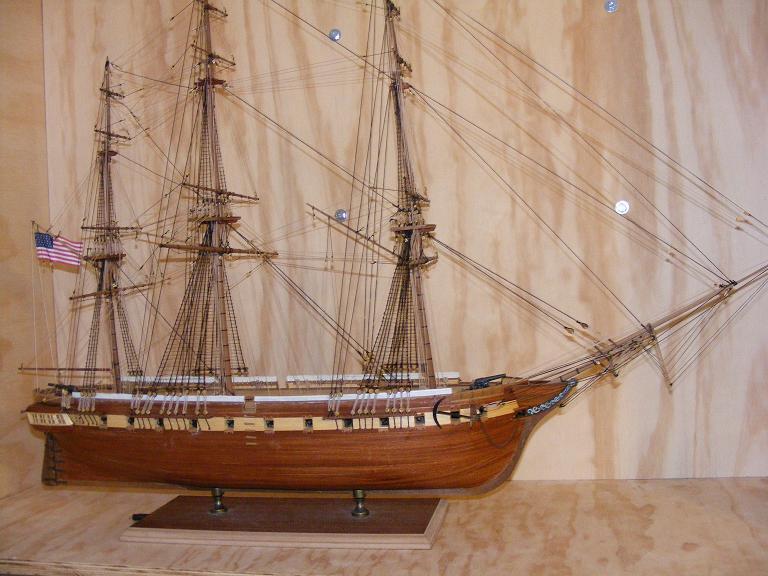
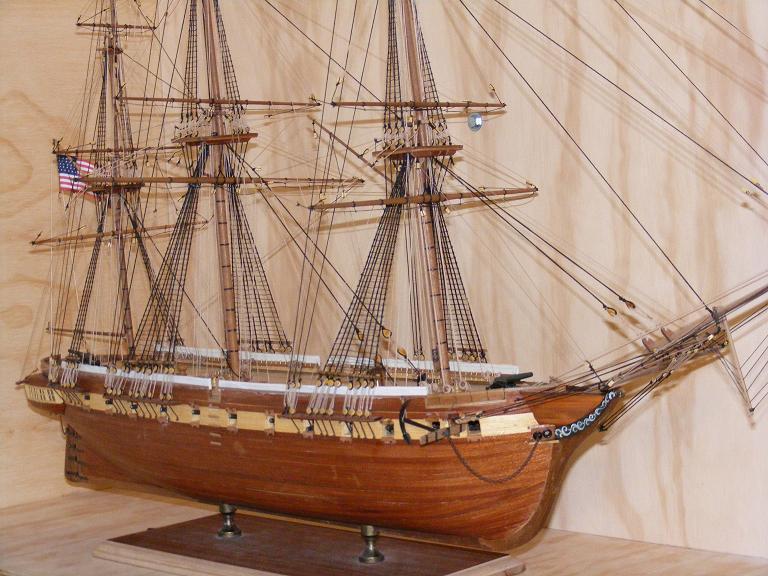
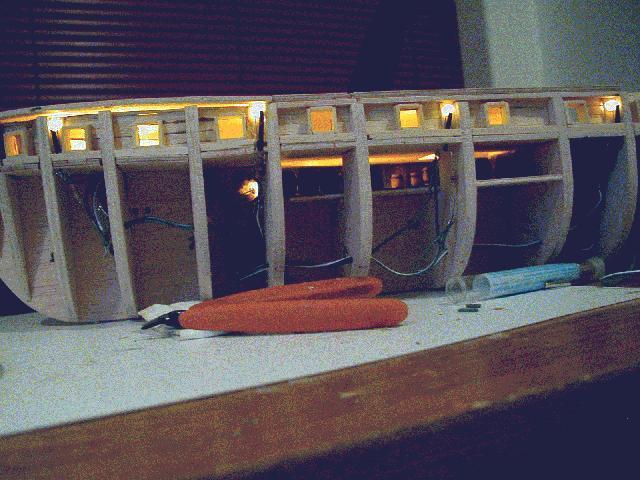
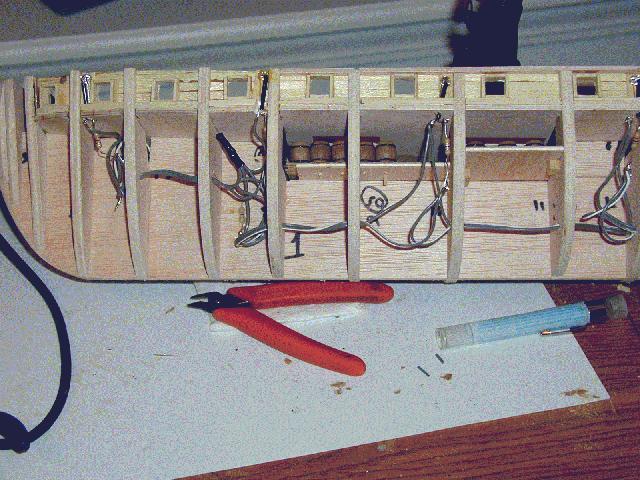
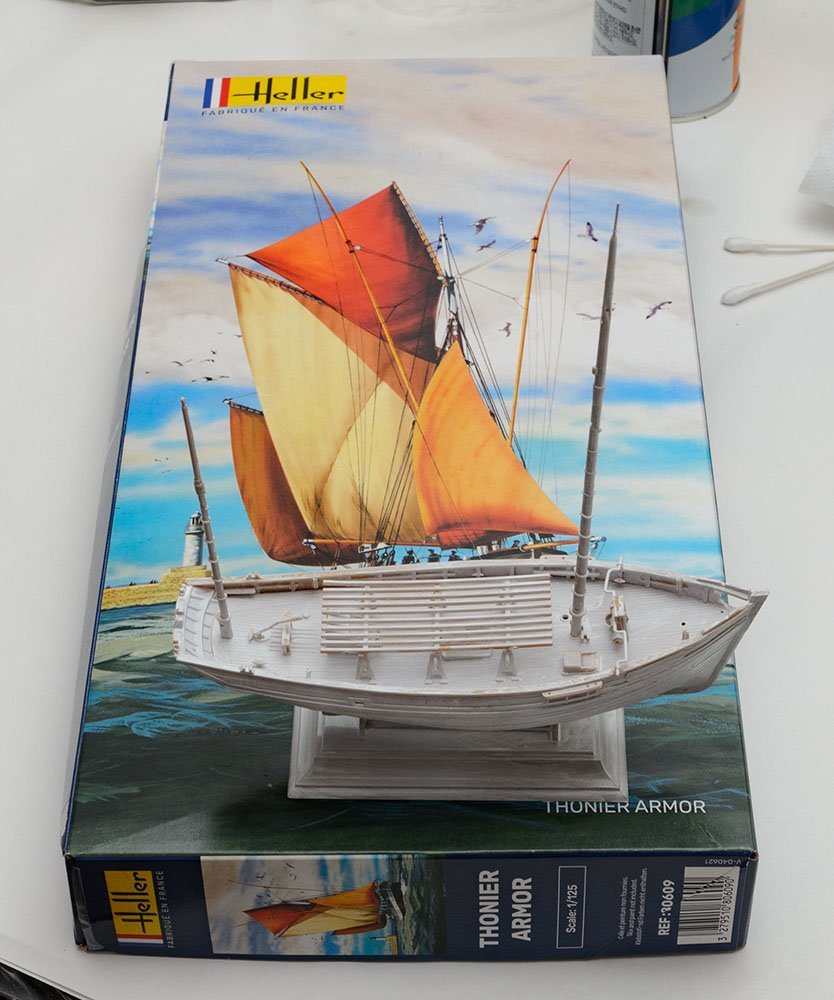
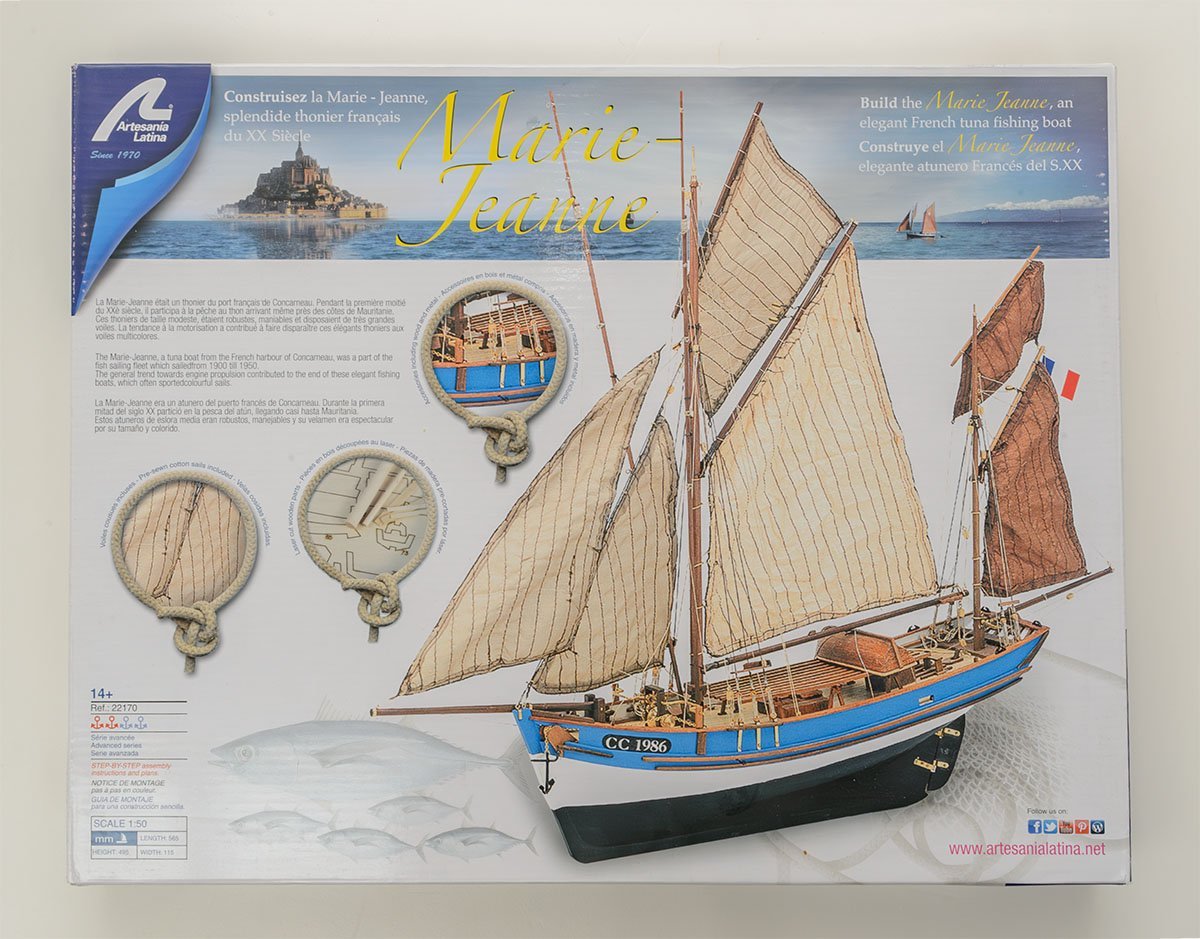
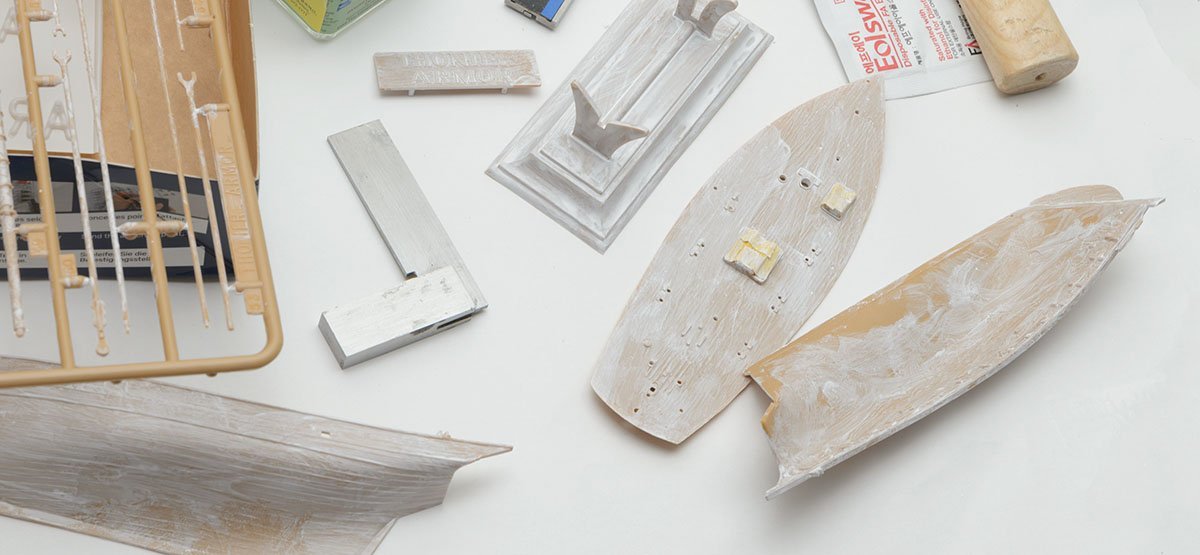
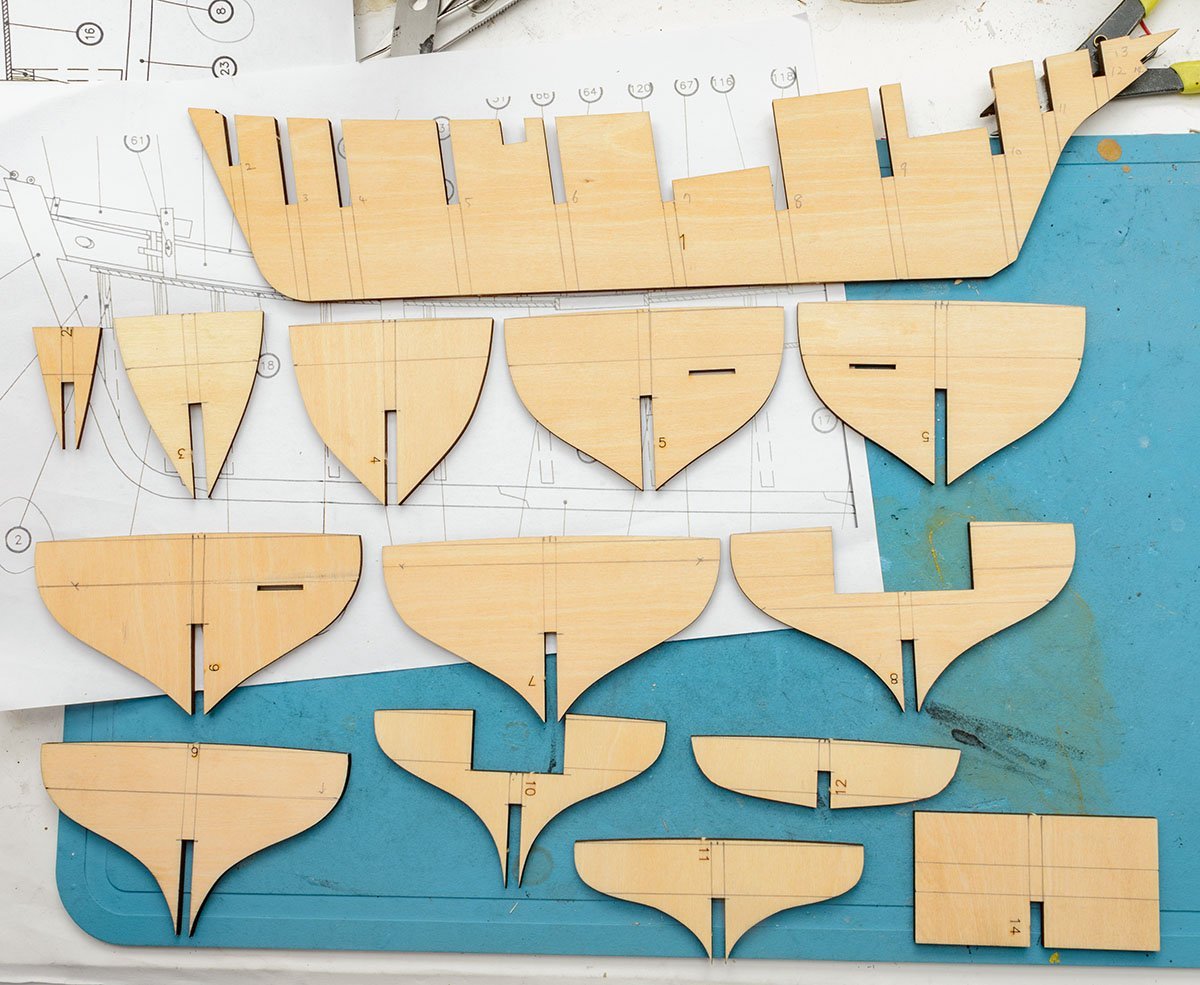
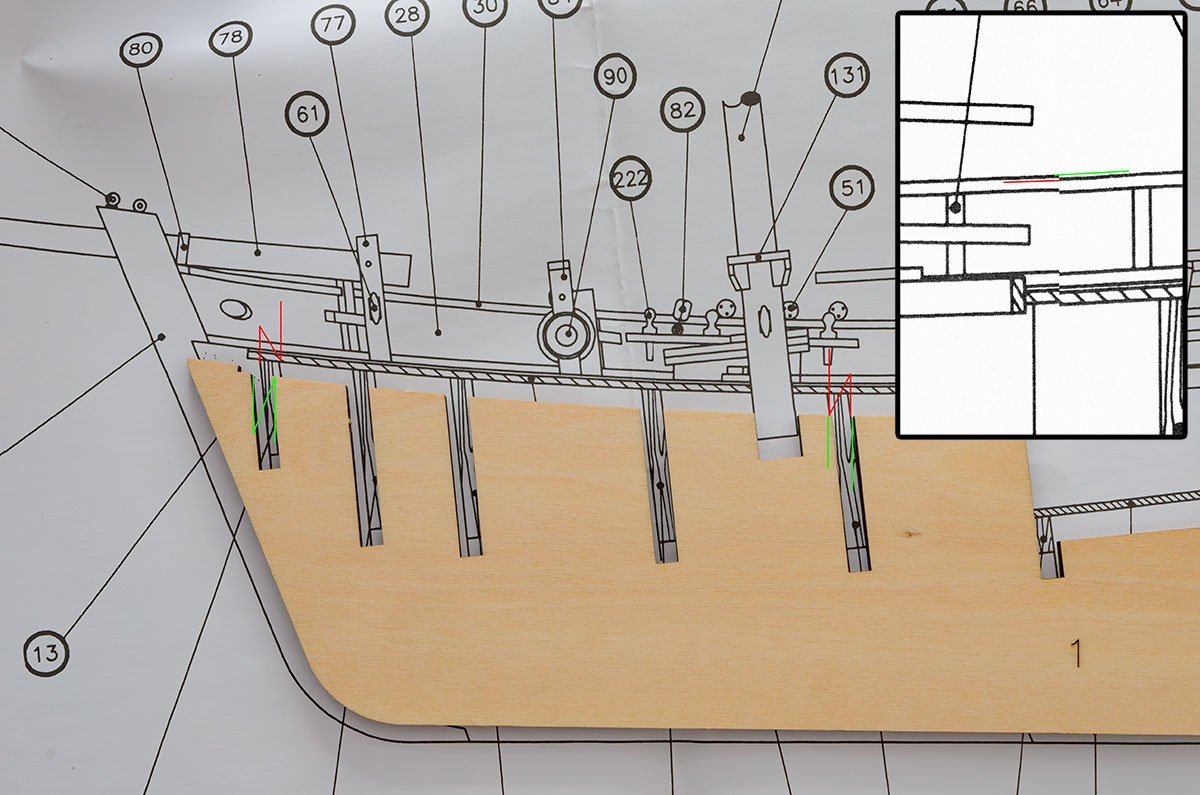
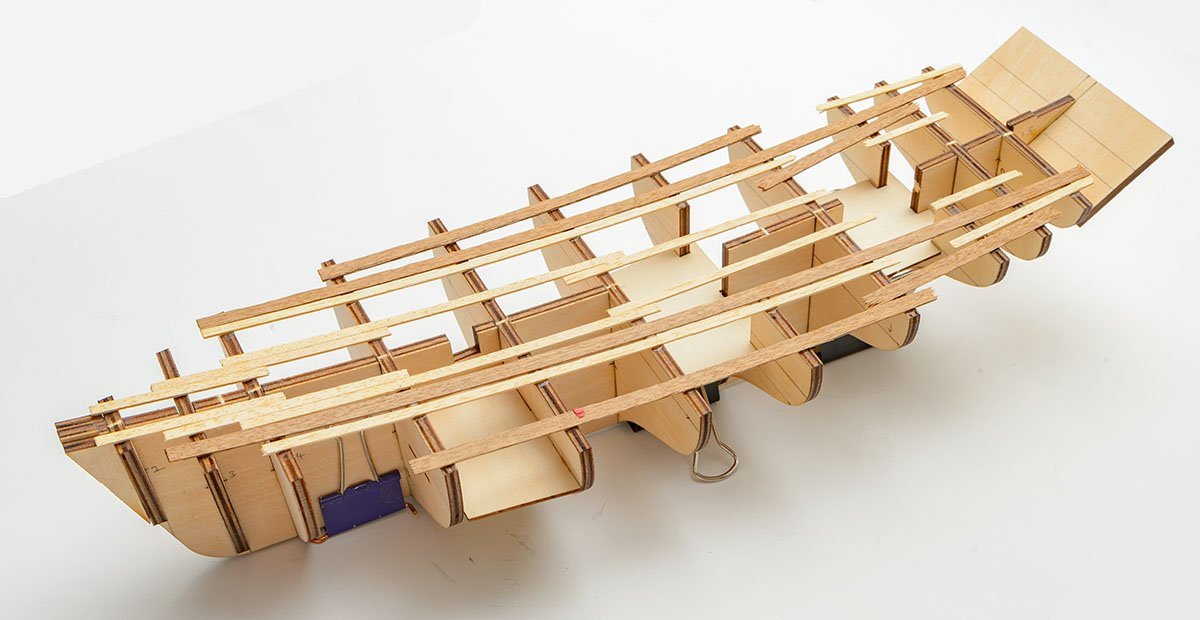
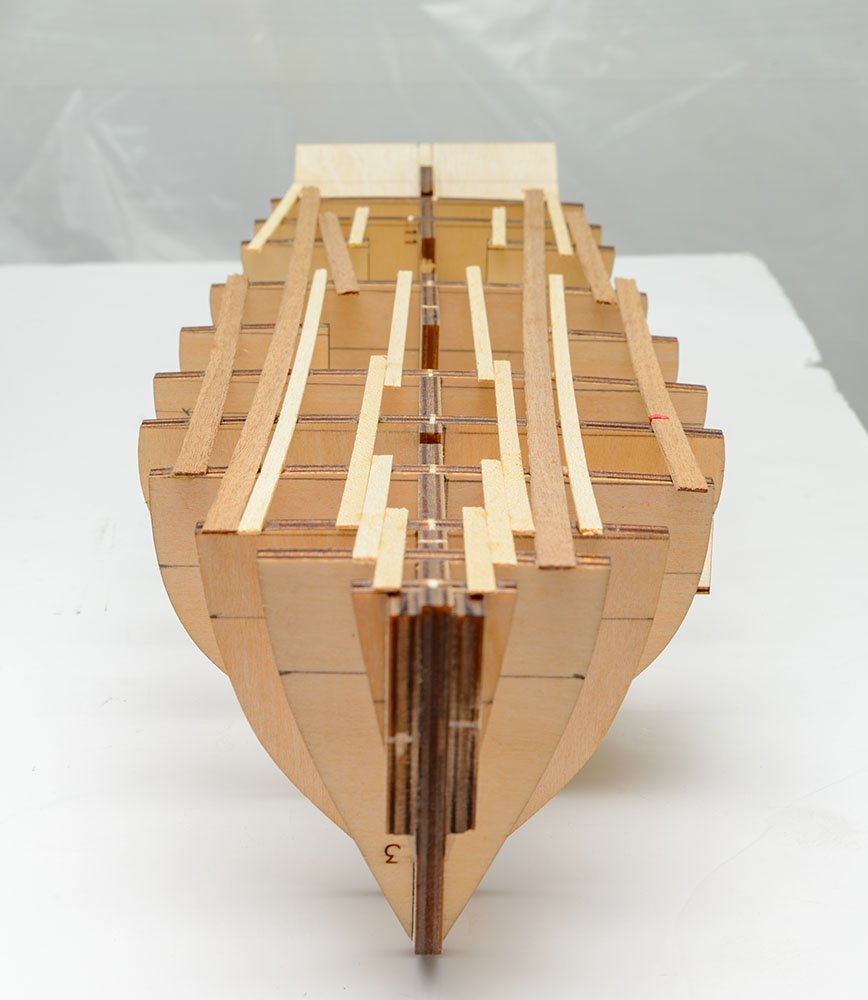
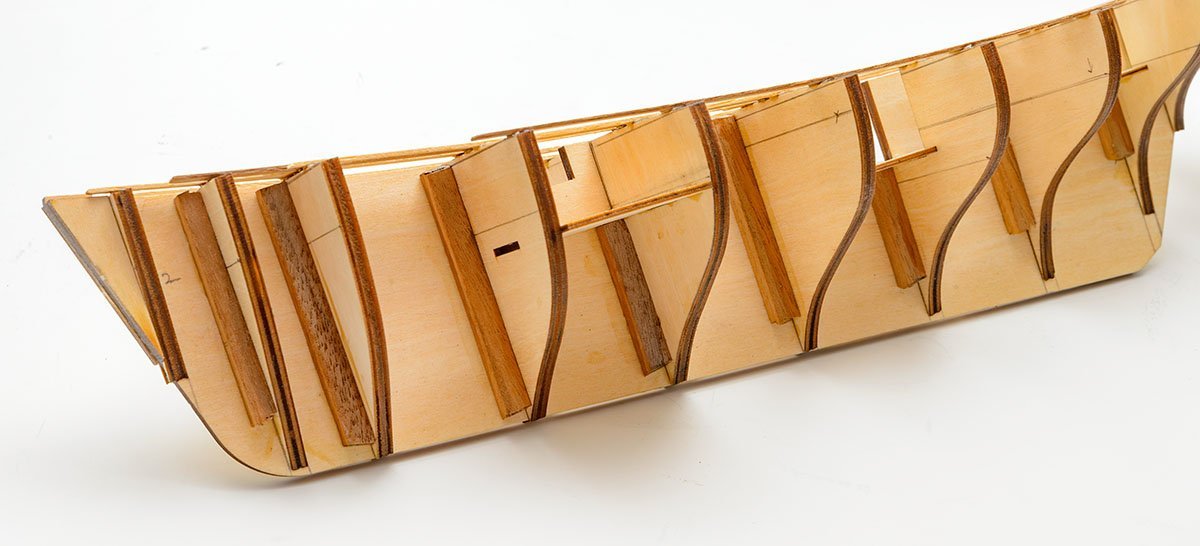
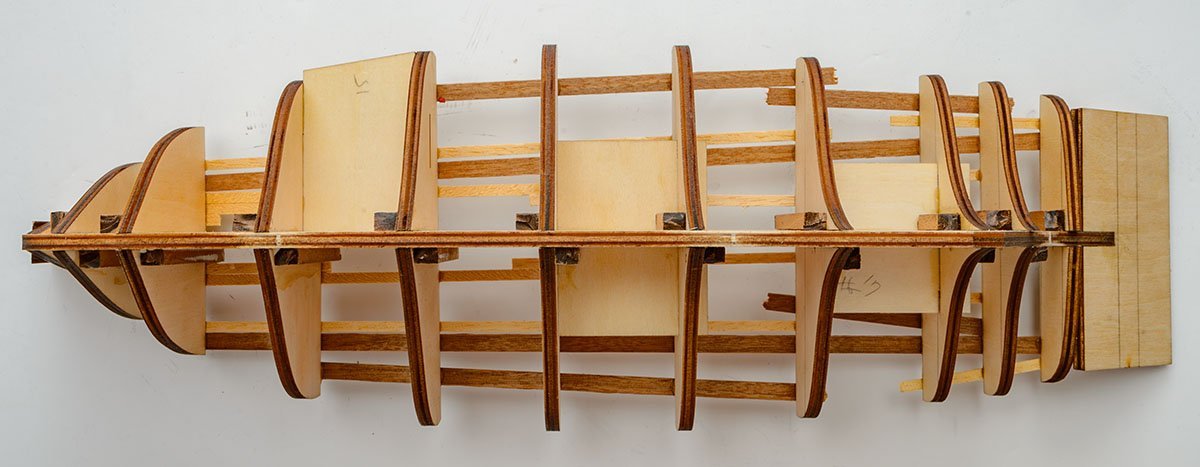
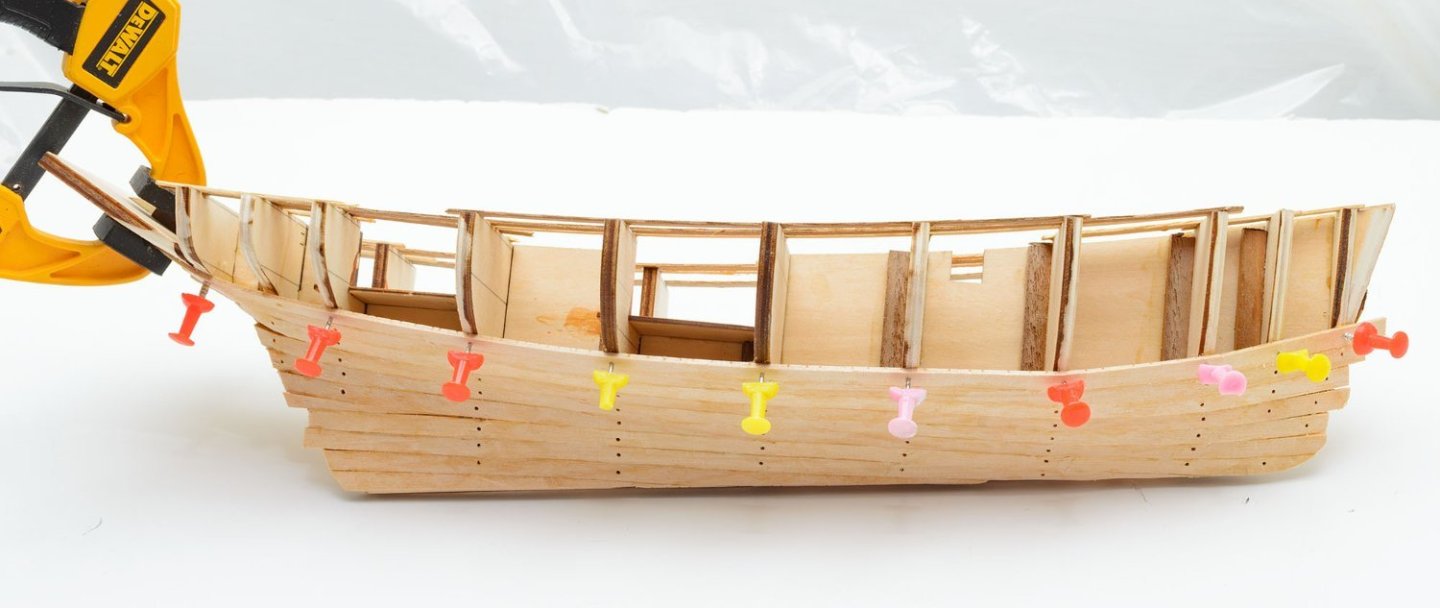
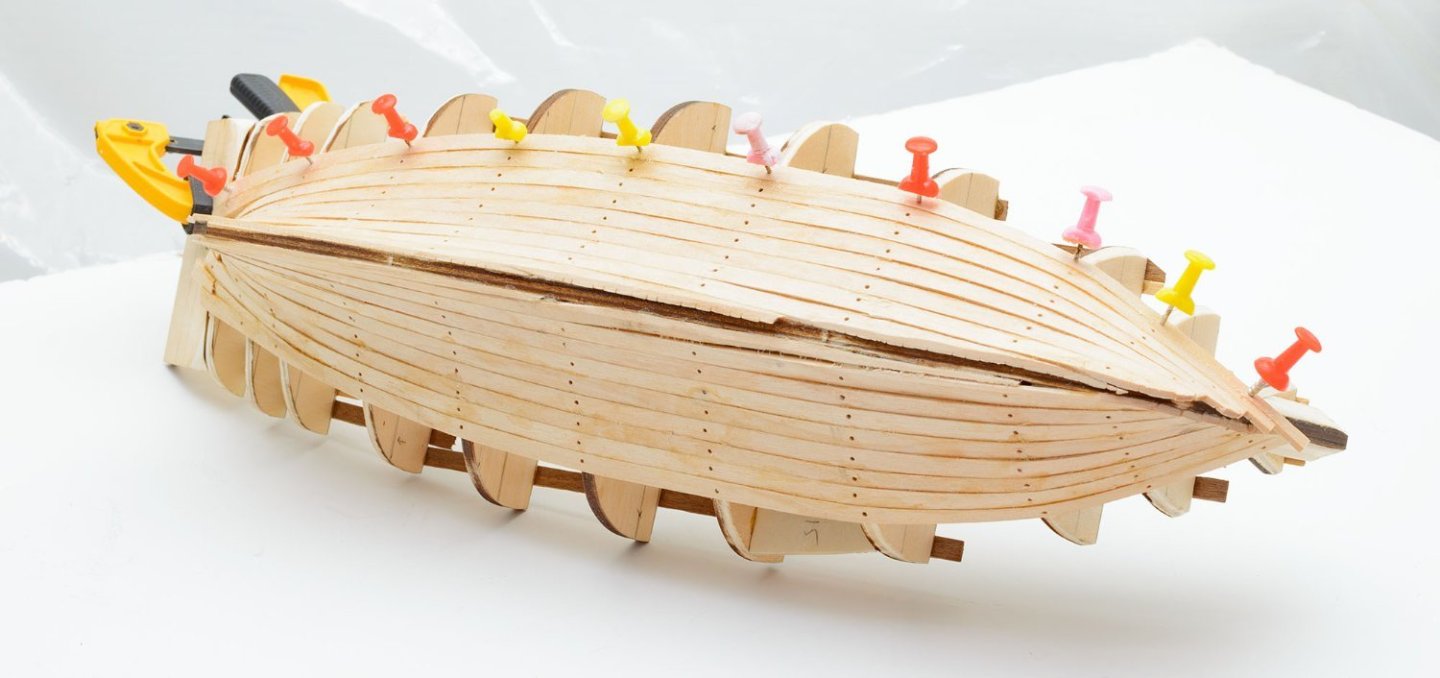
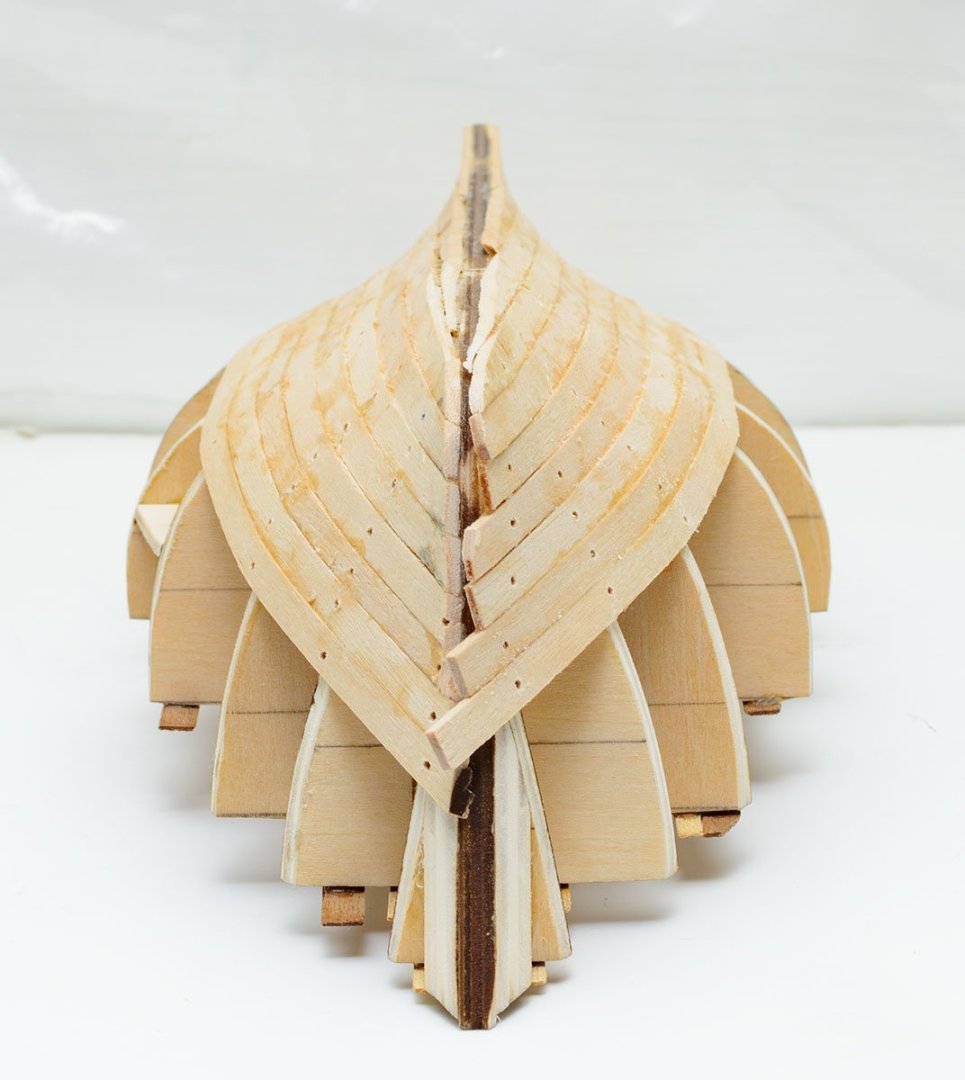
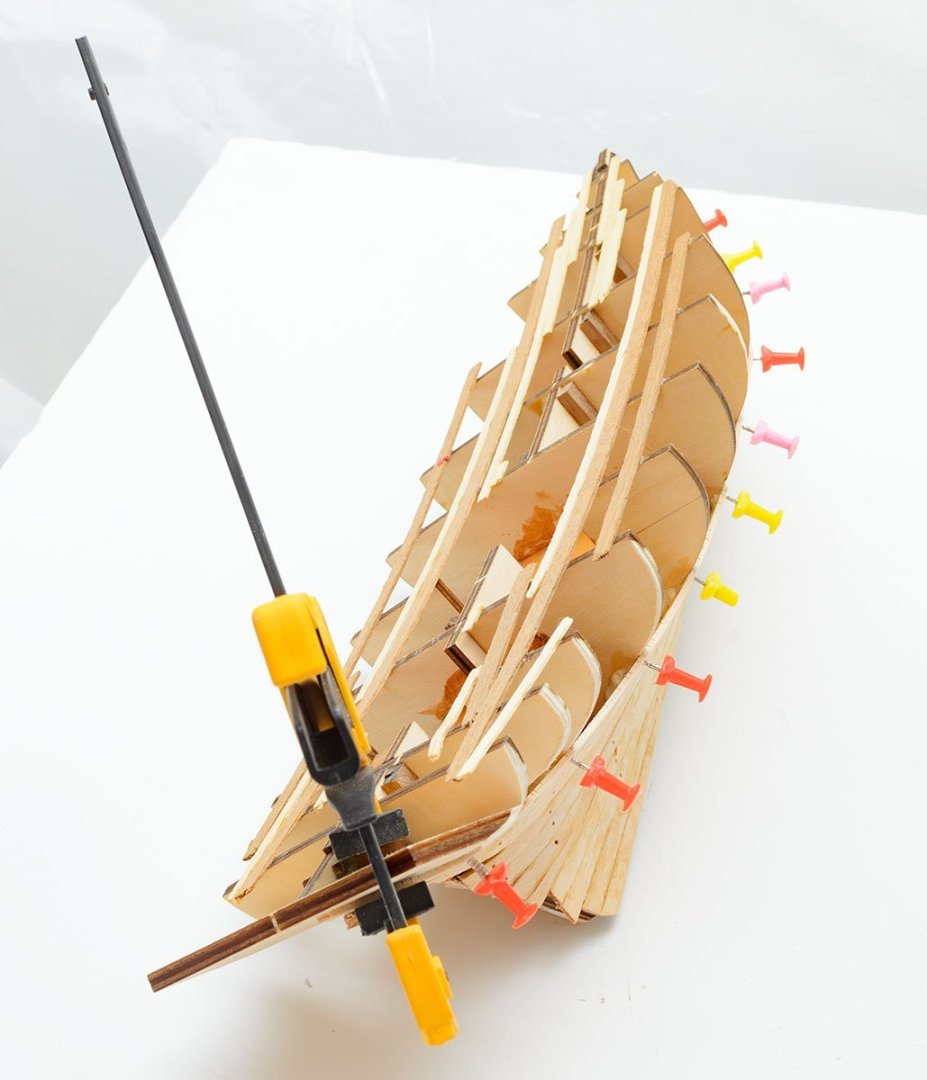
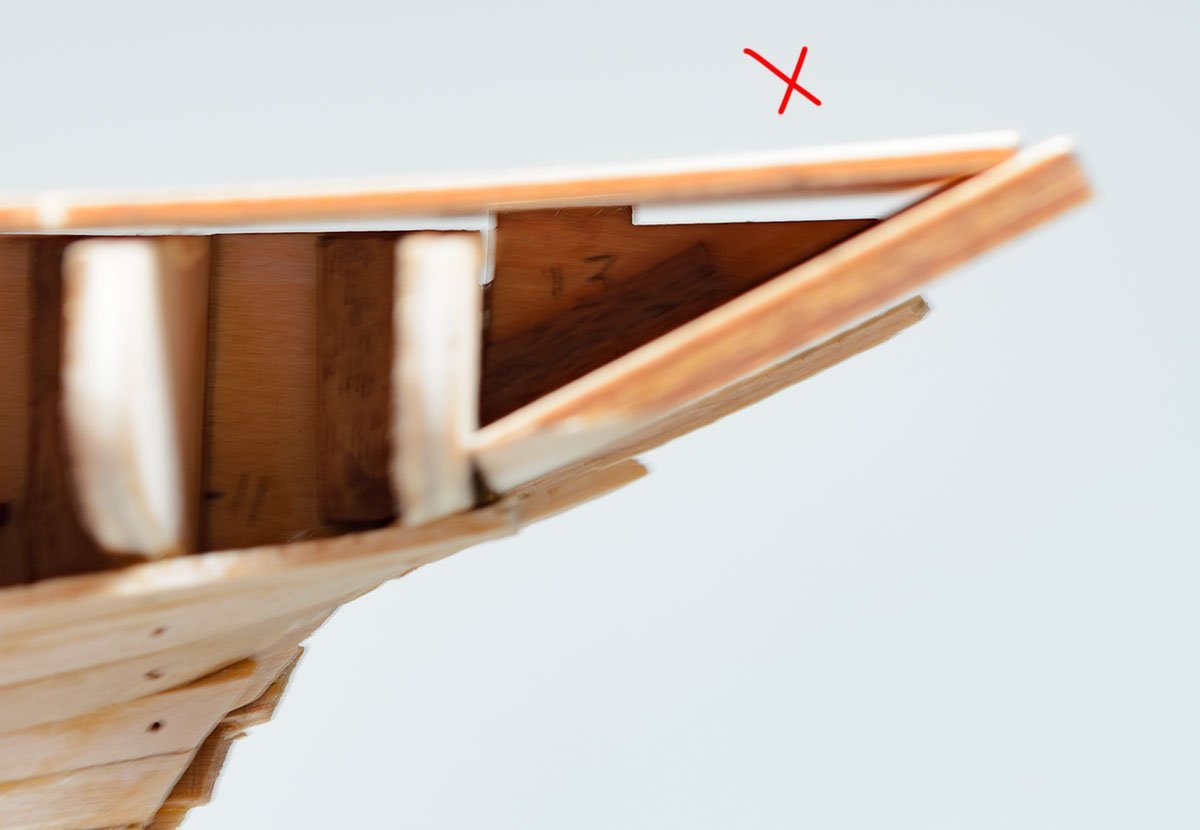
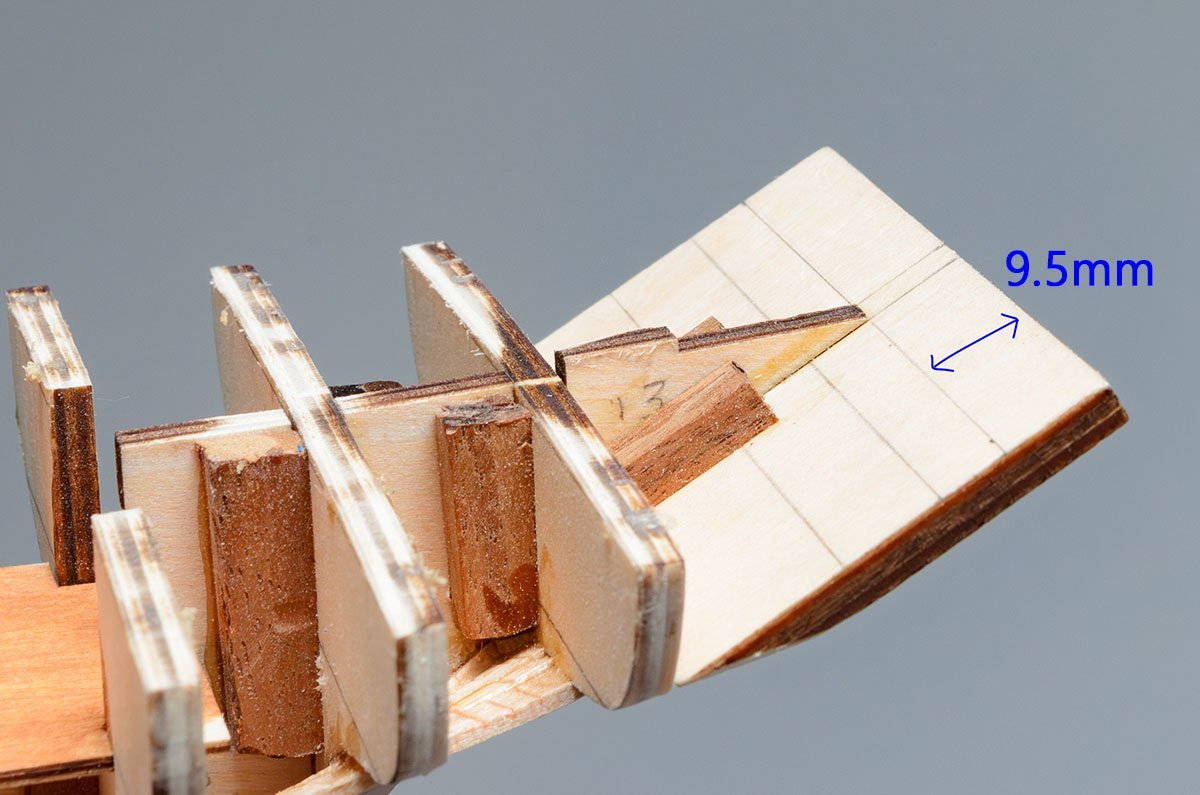
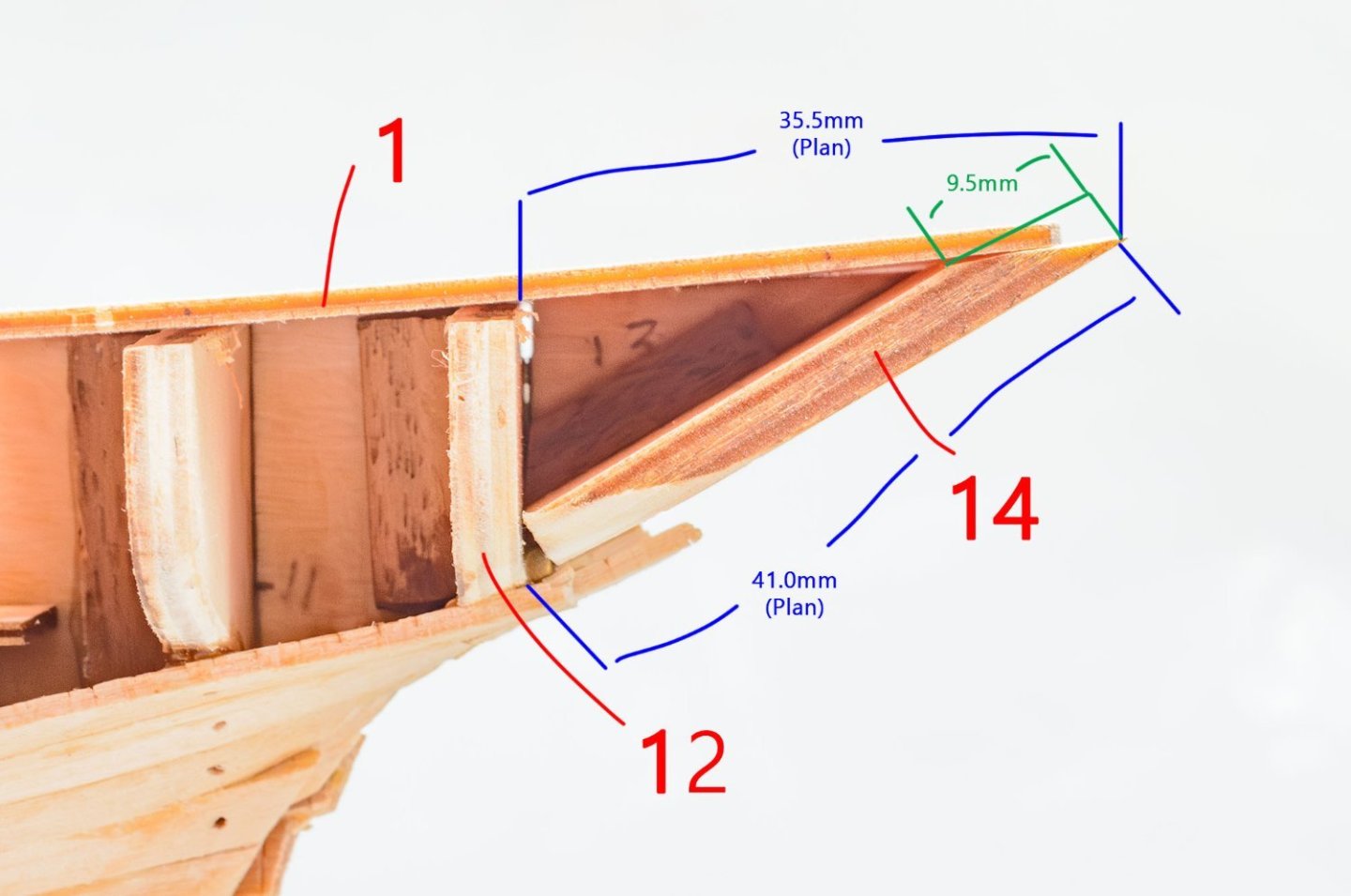
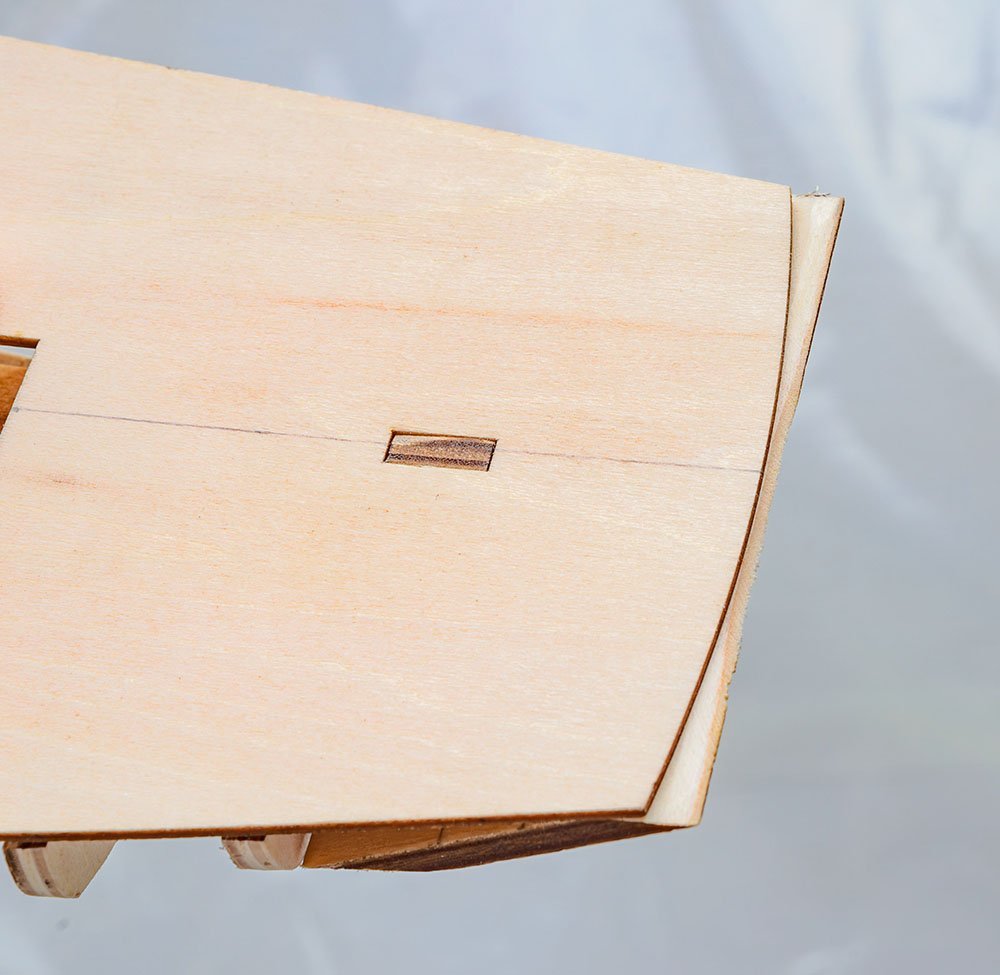
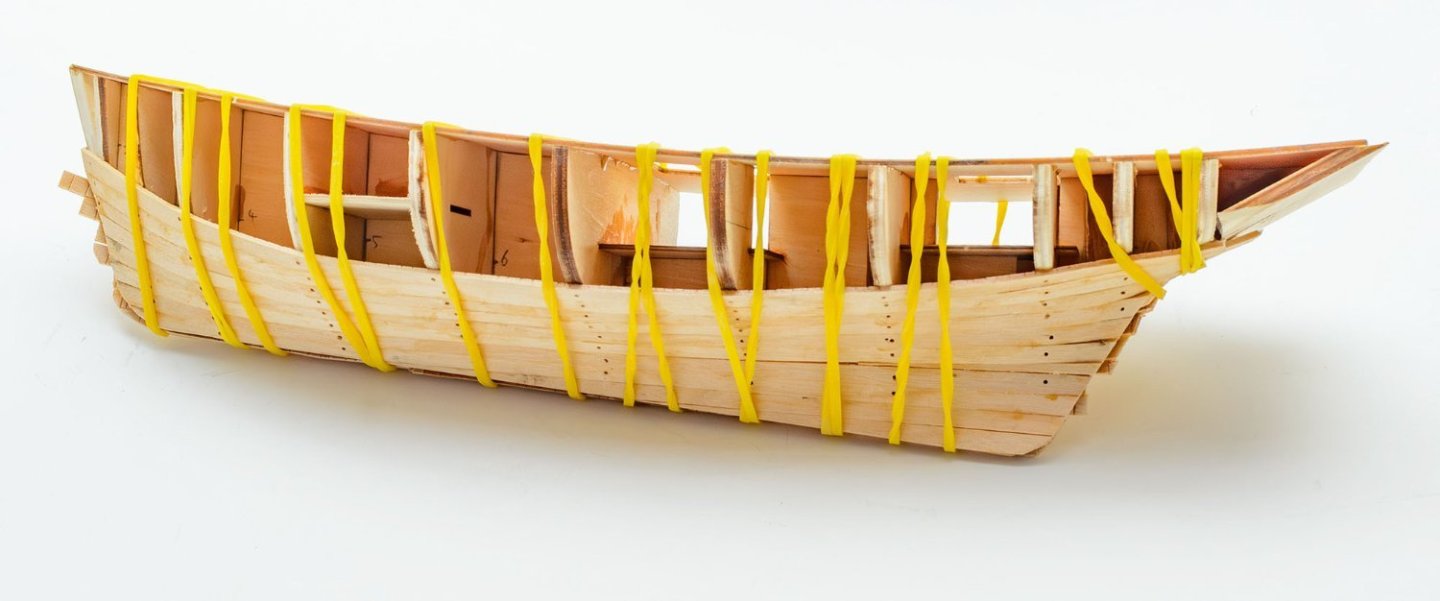
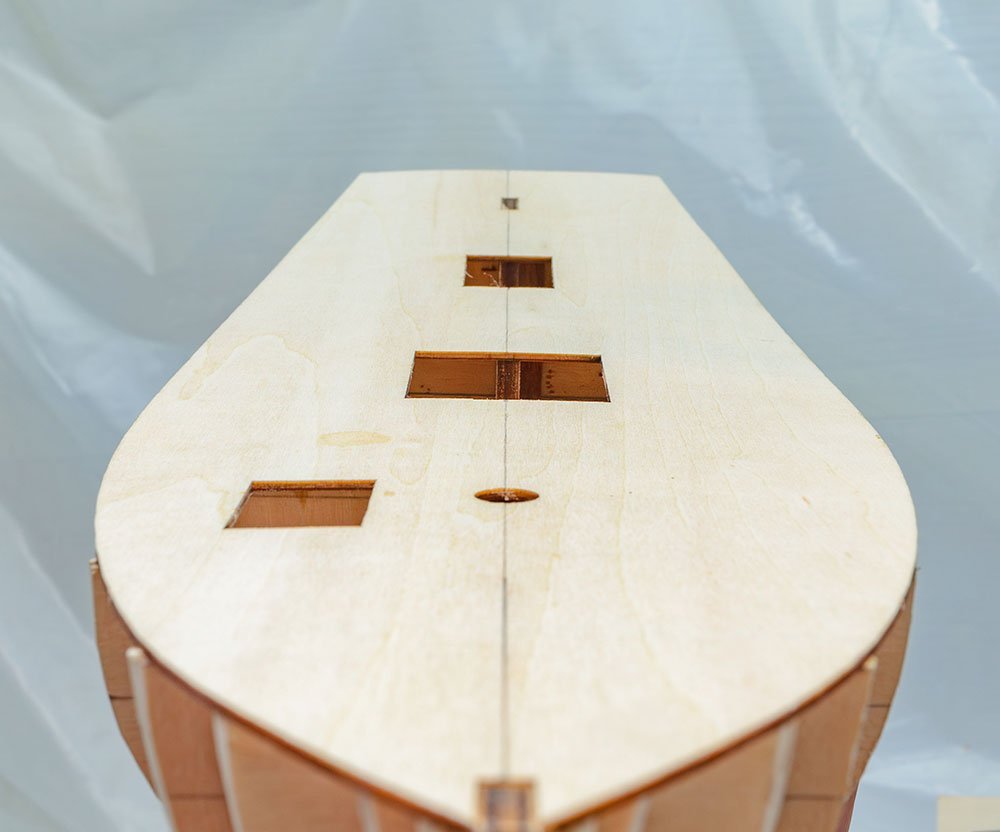
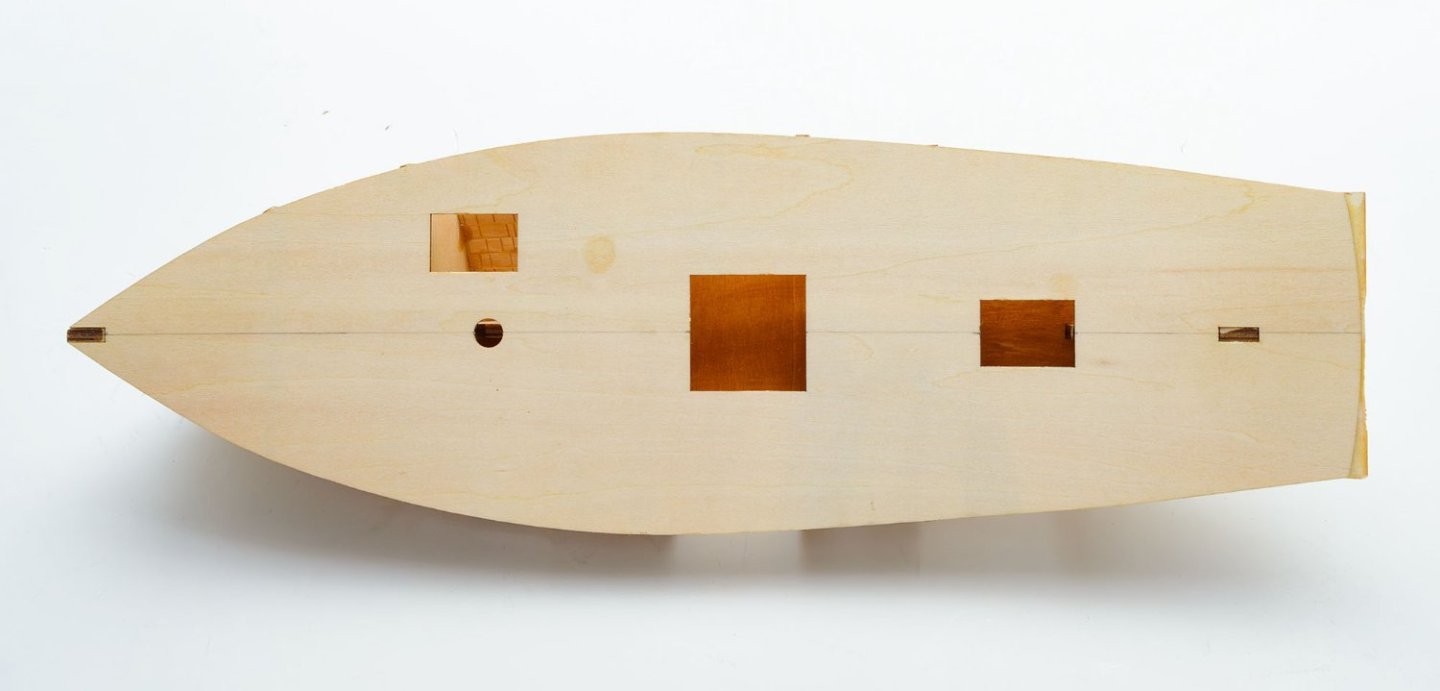
.thumb.jpg.6d6ee4bdbfaac2c58ecc77e7b80ae374.jpg)

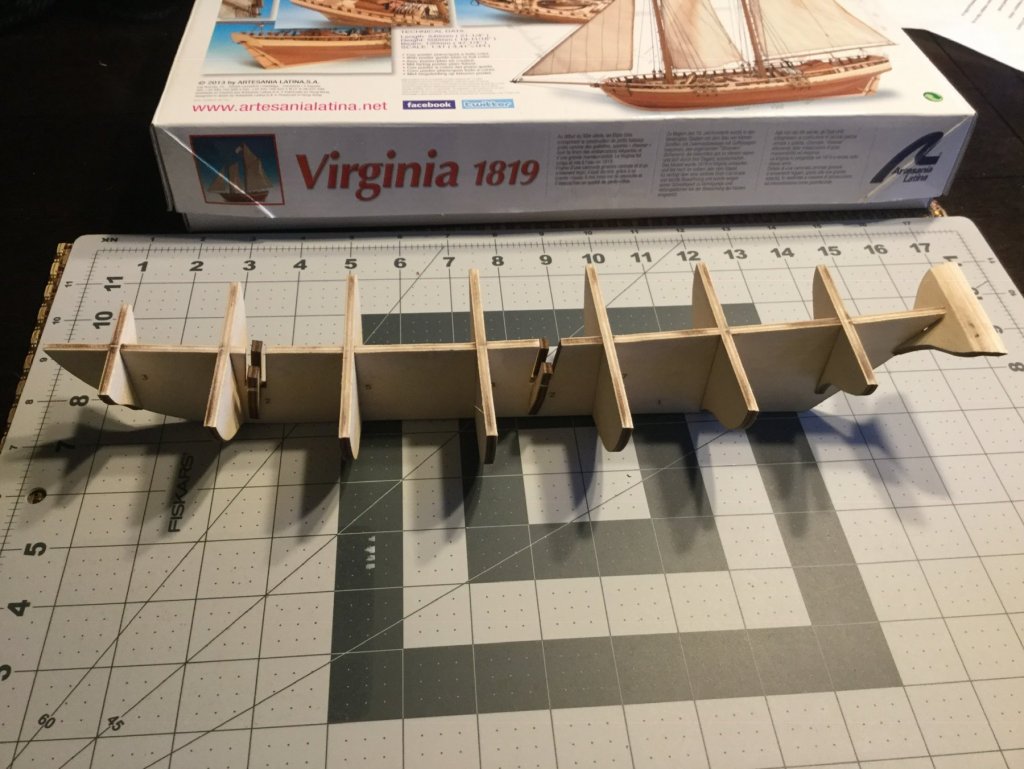
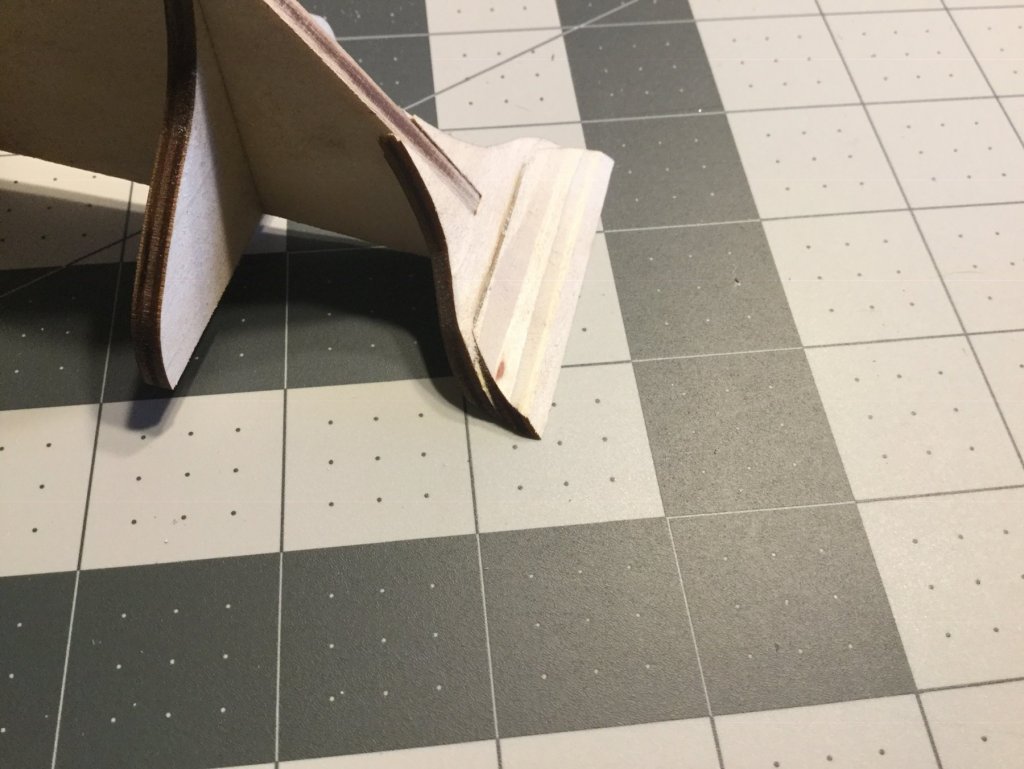
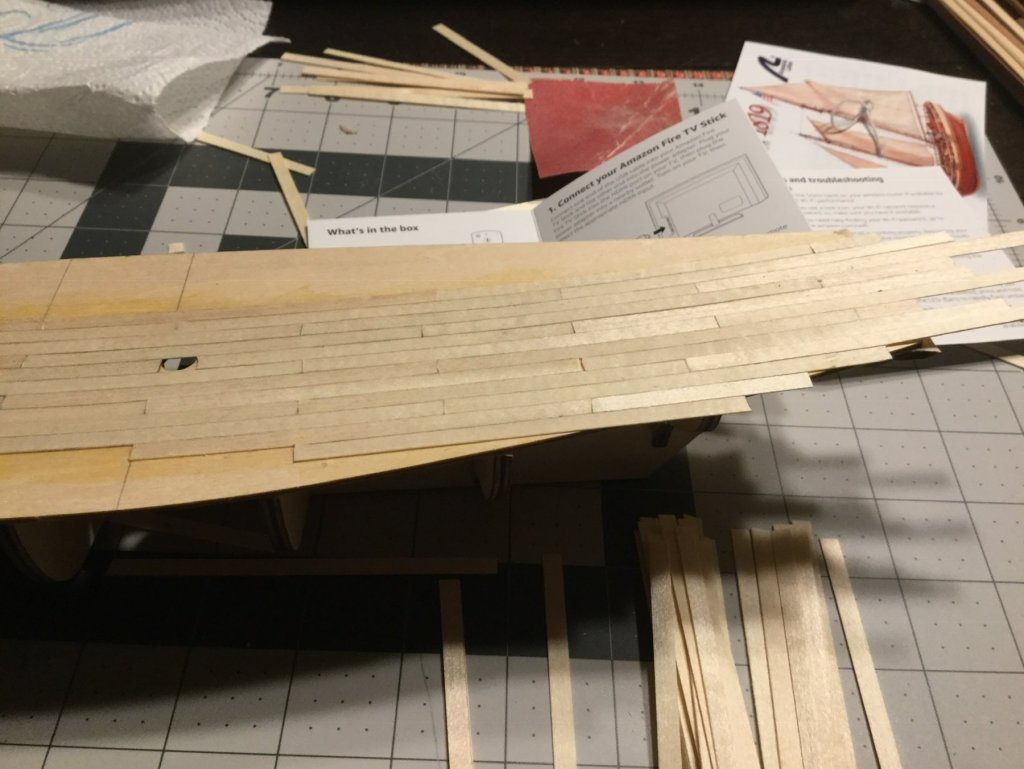
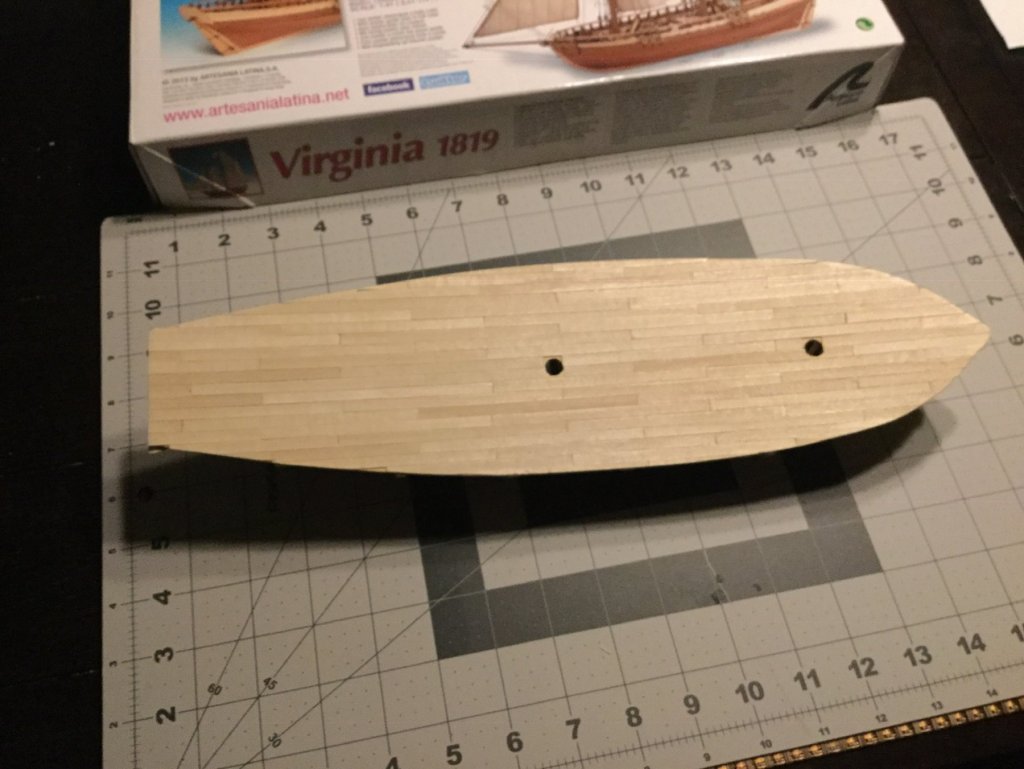
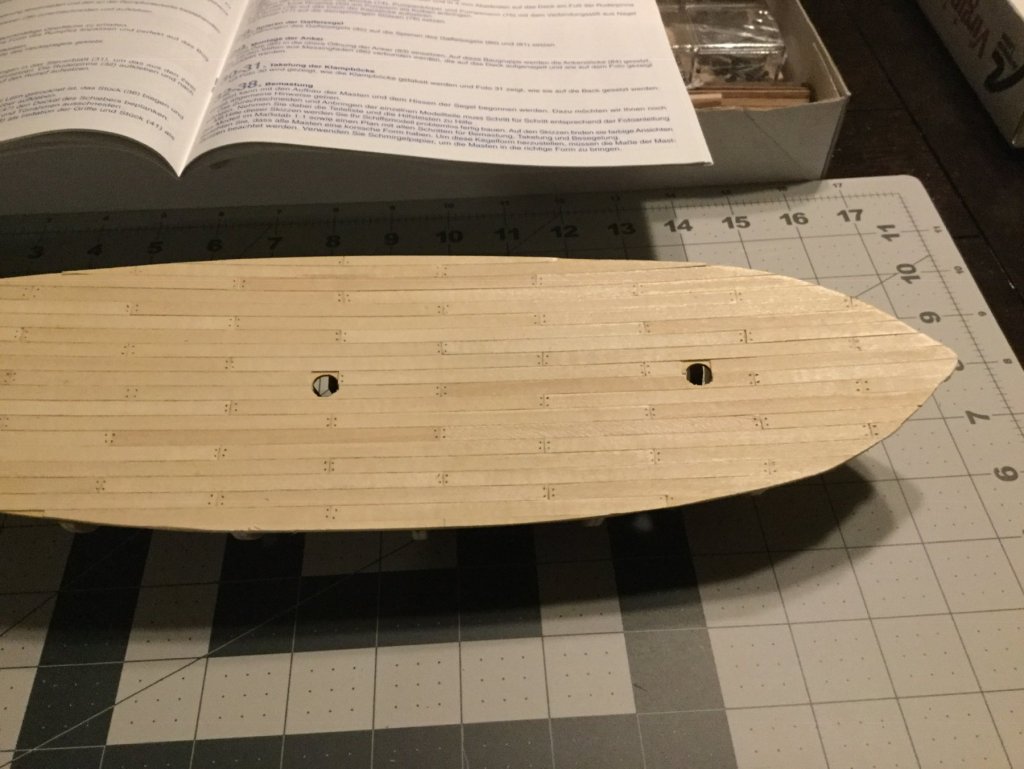

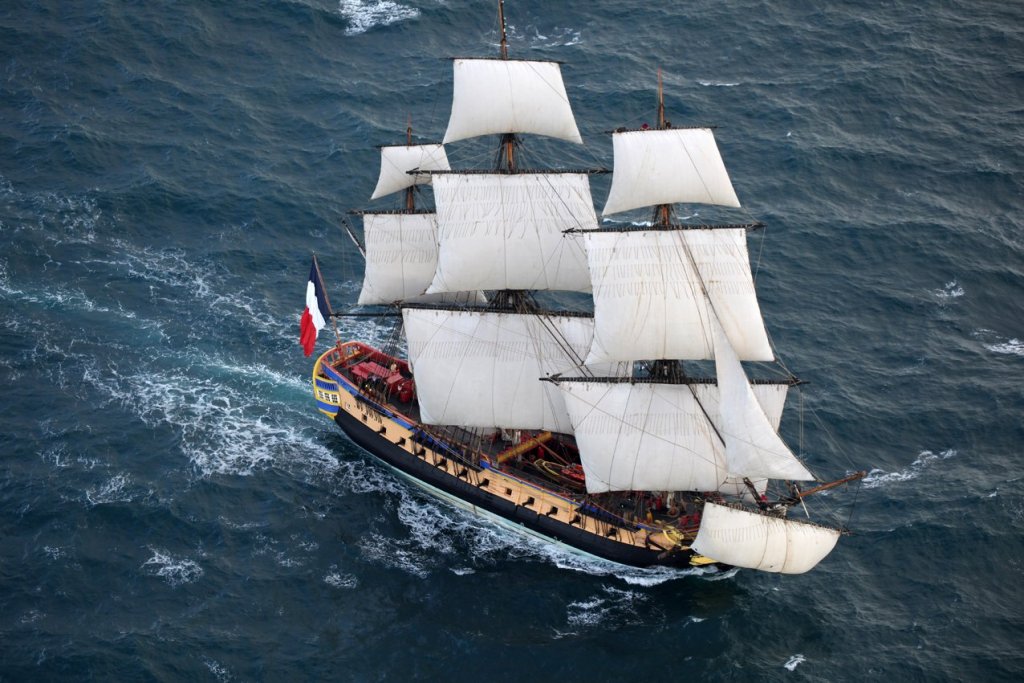

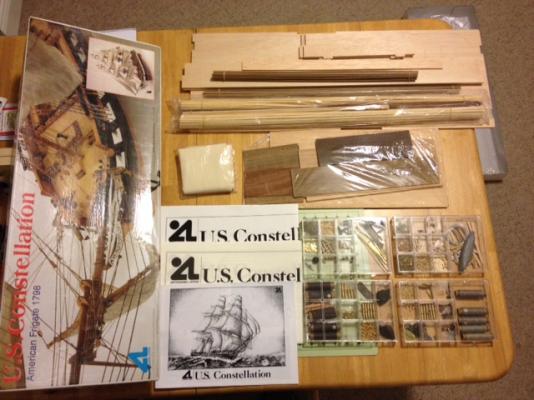
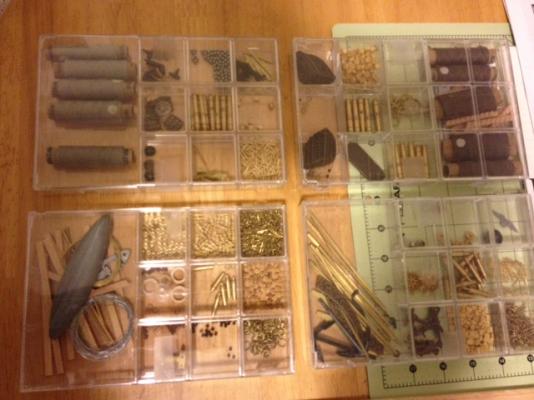
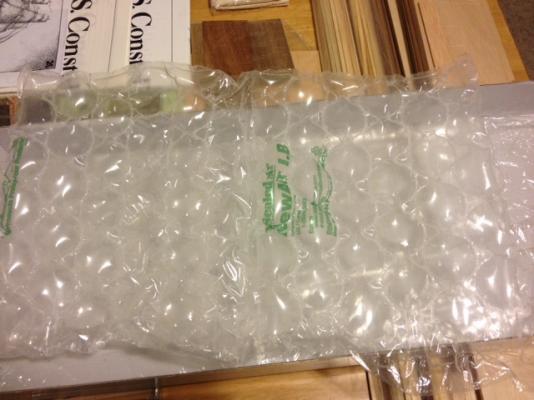

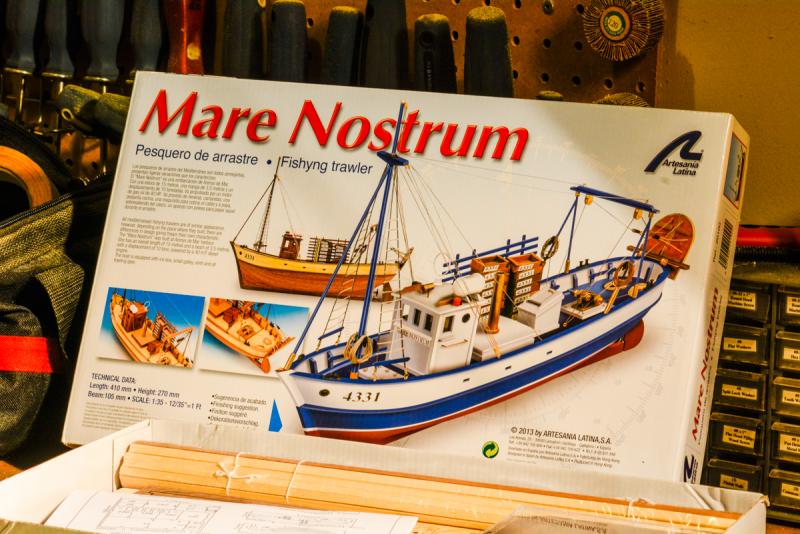
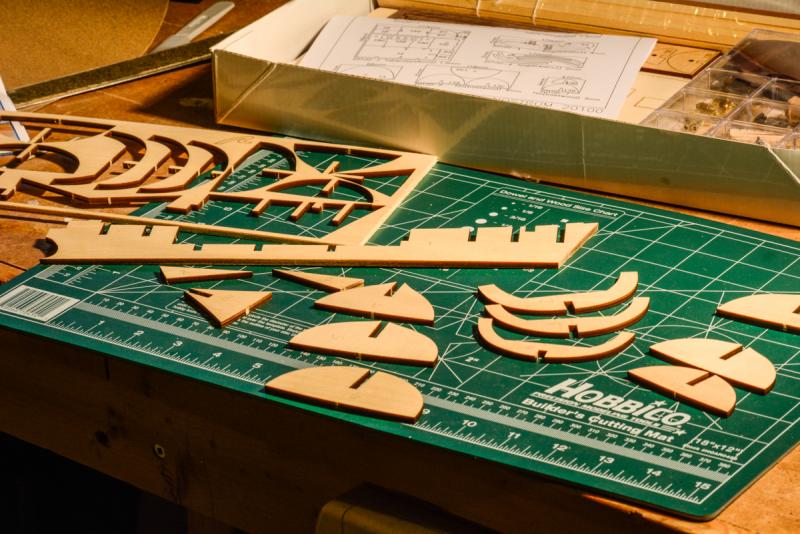
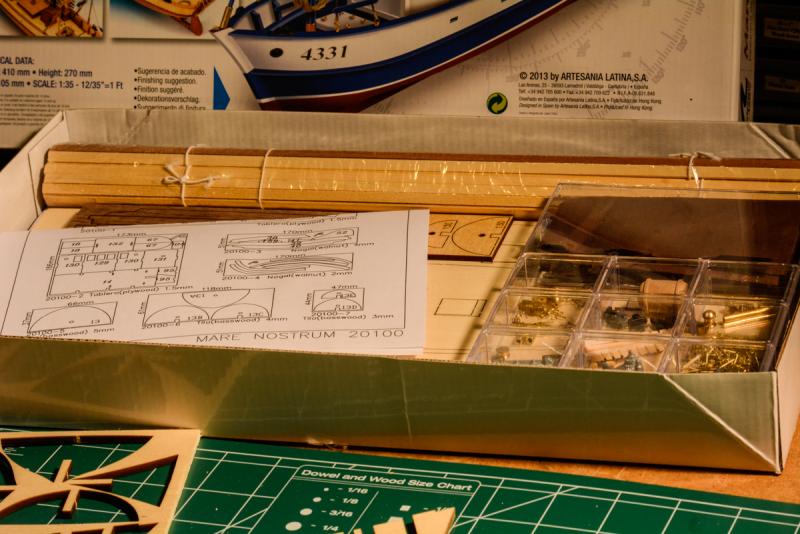
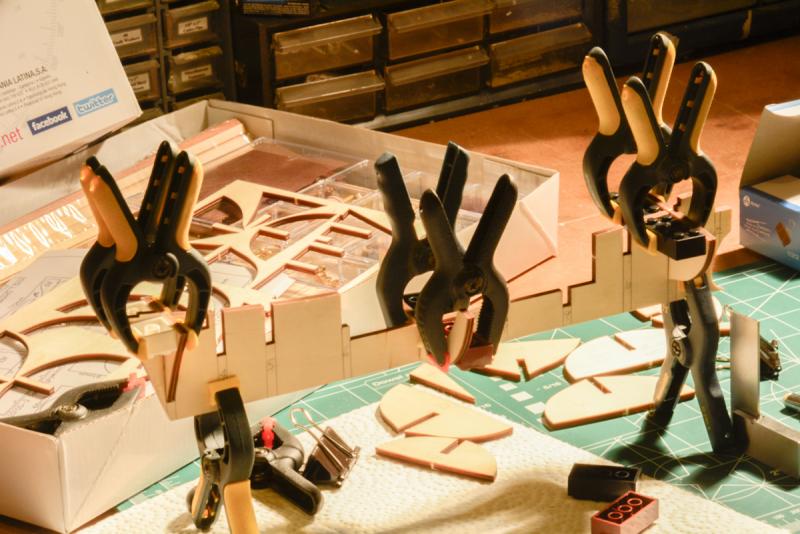
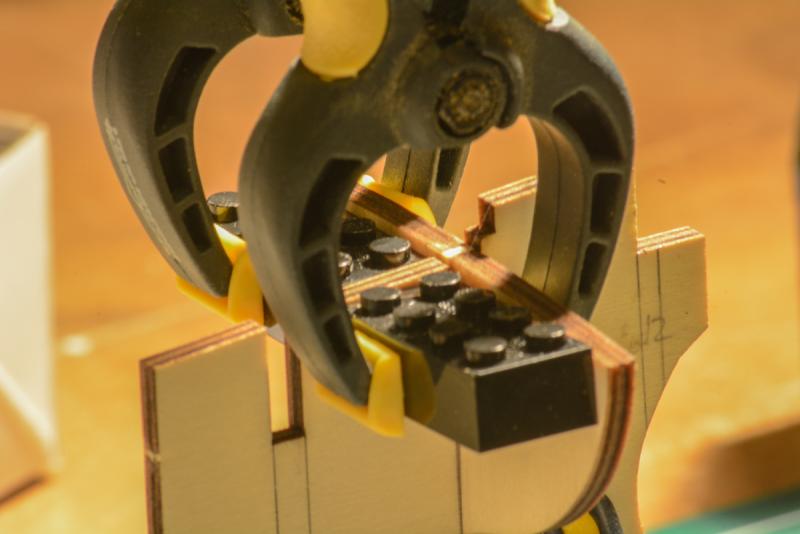
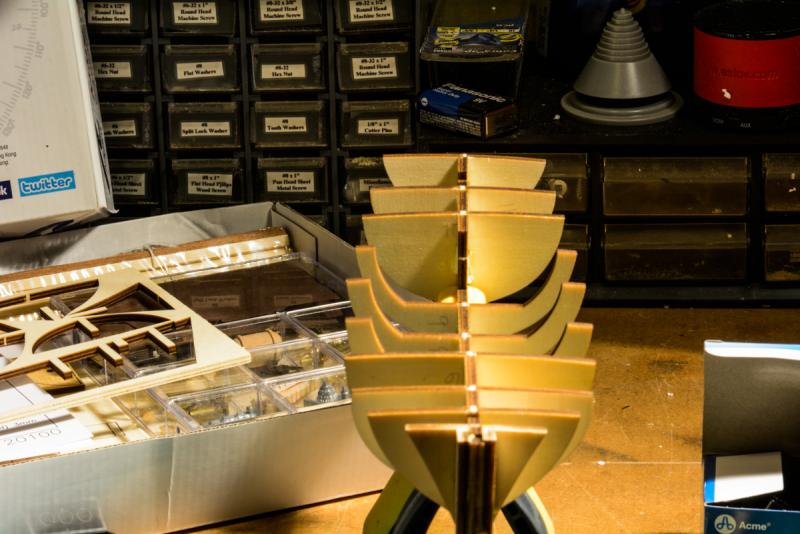
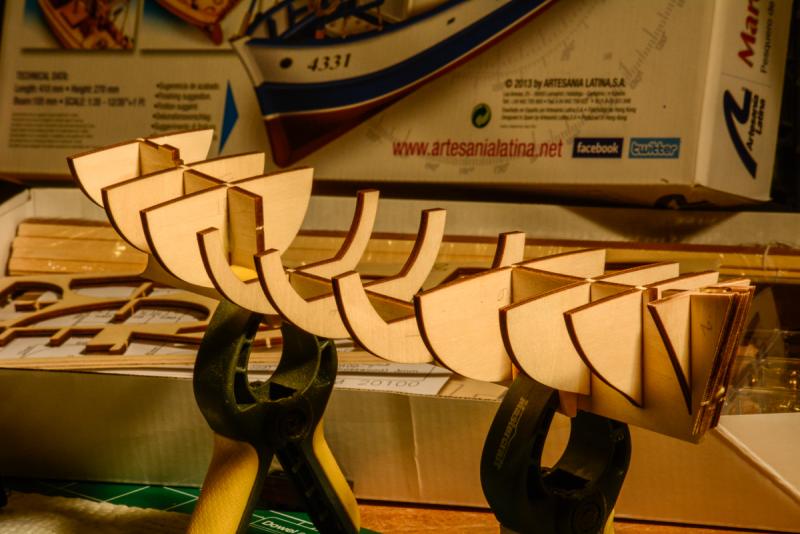

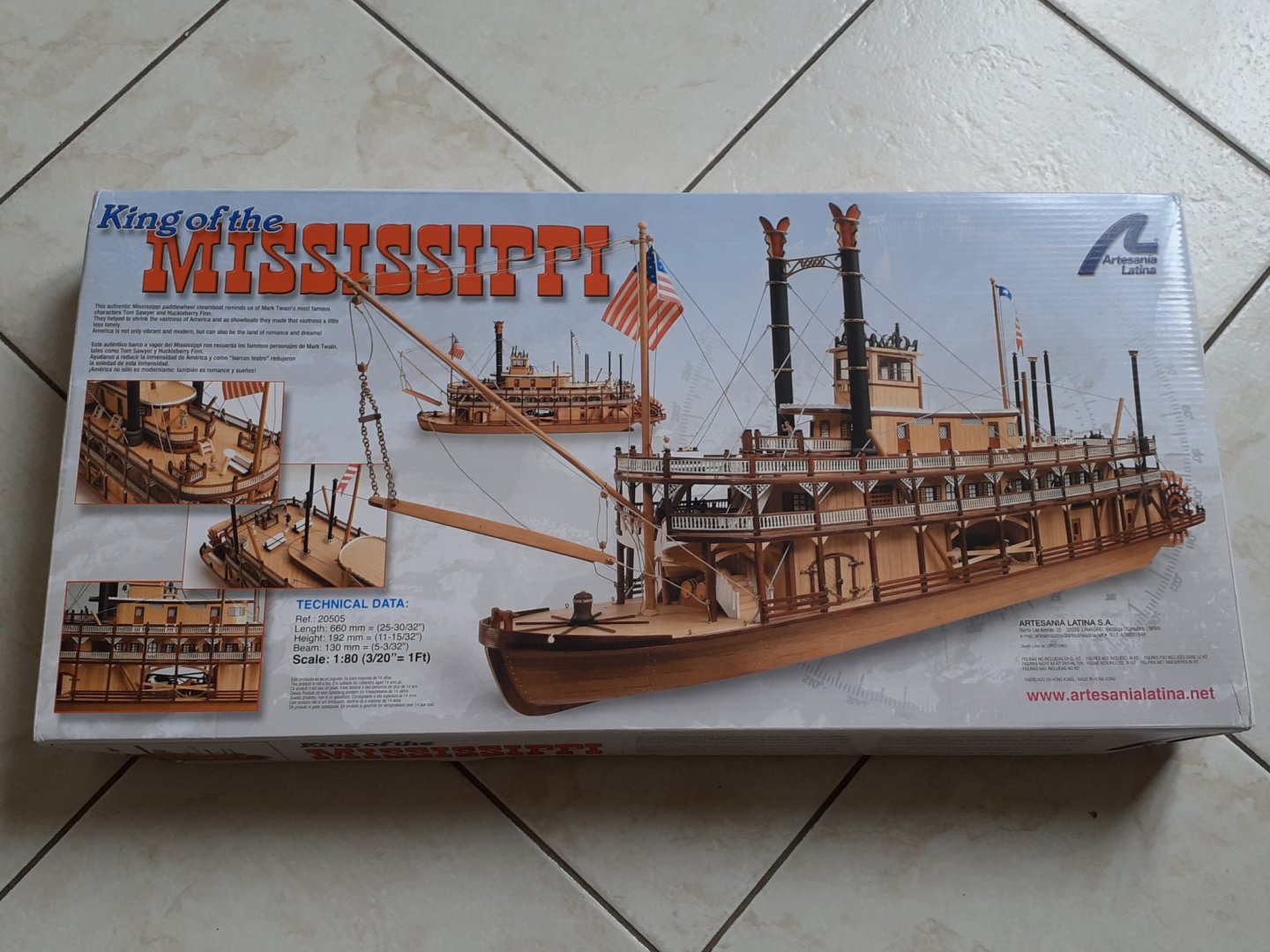

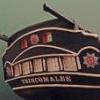
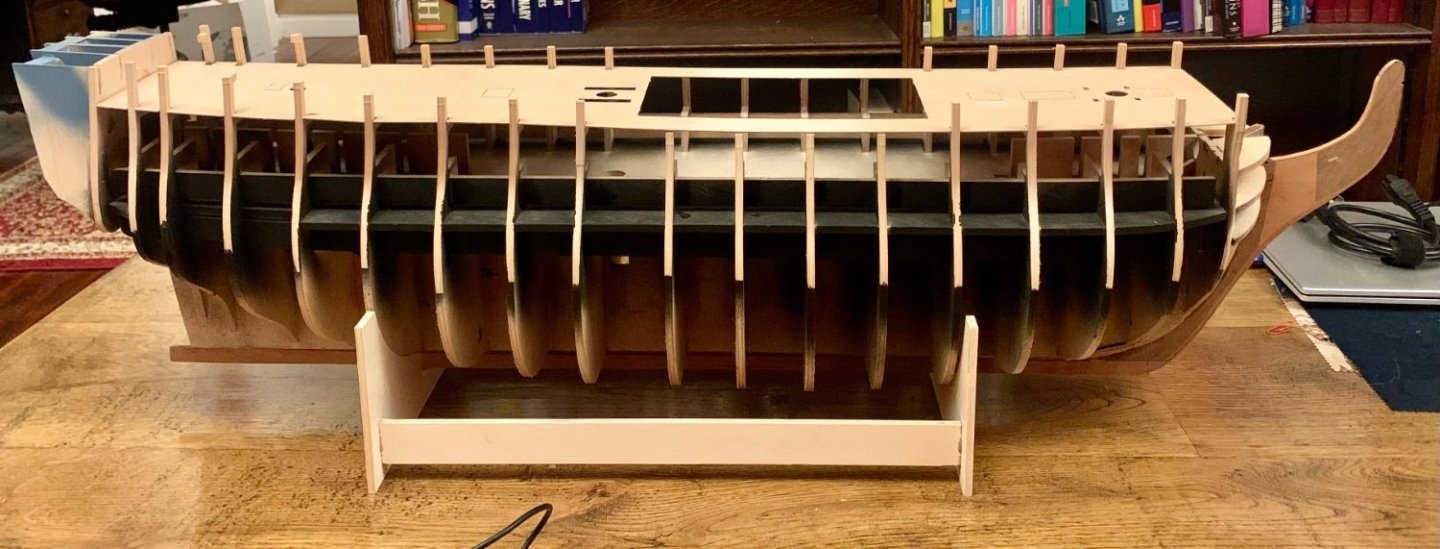
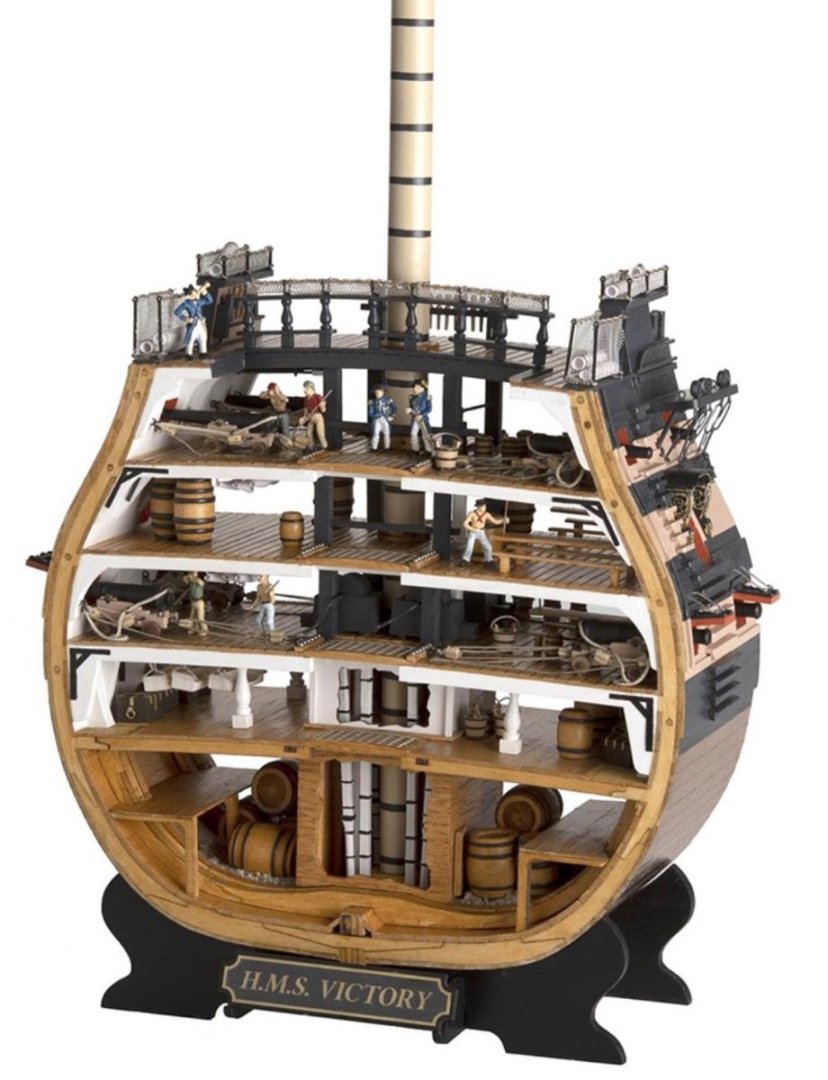
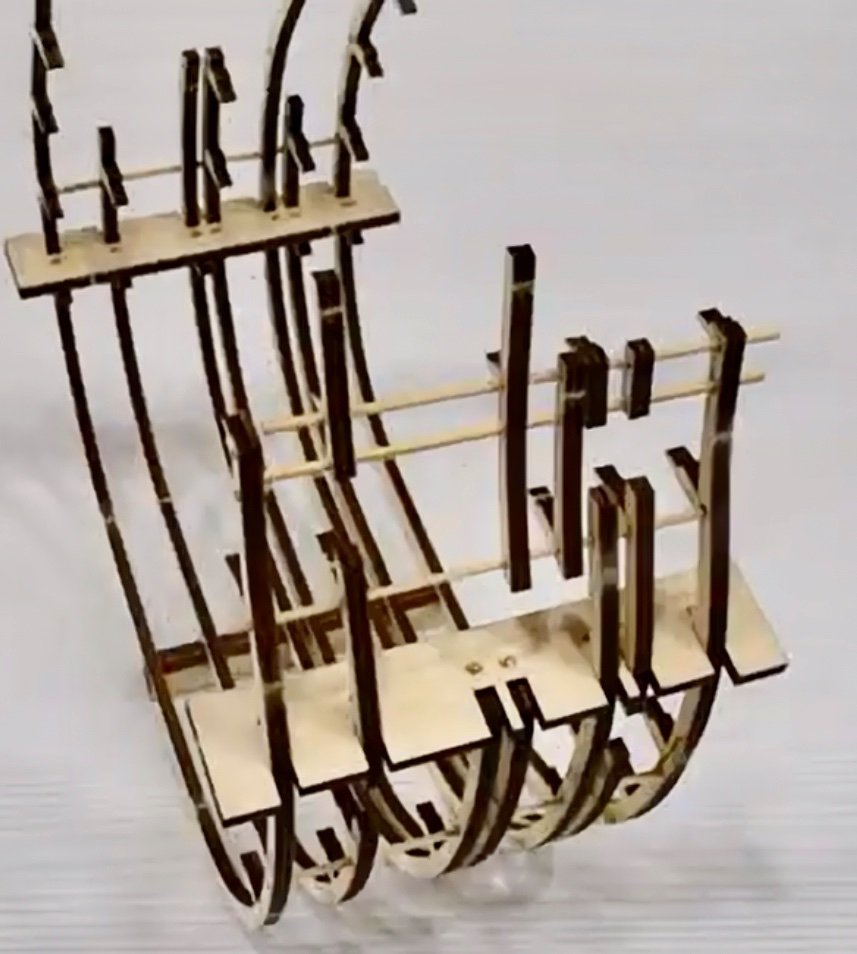


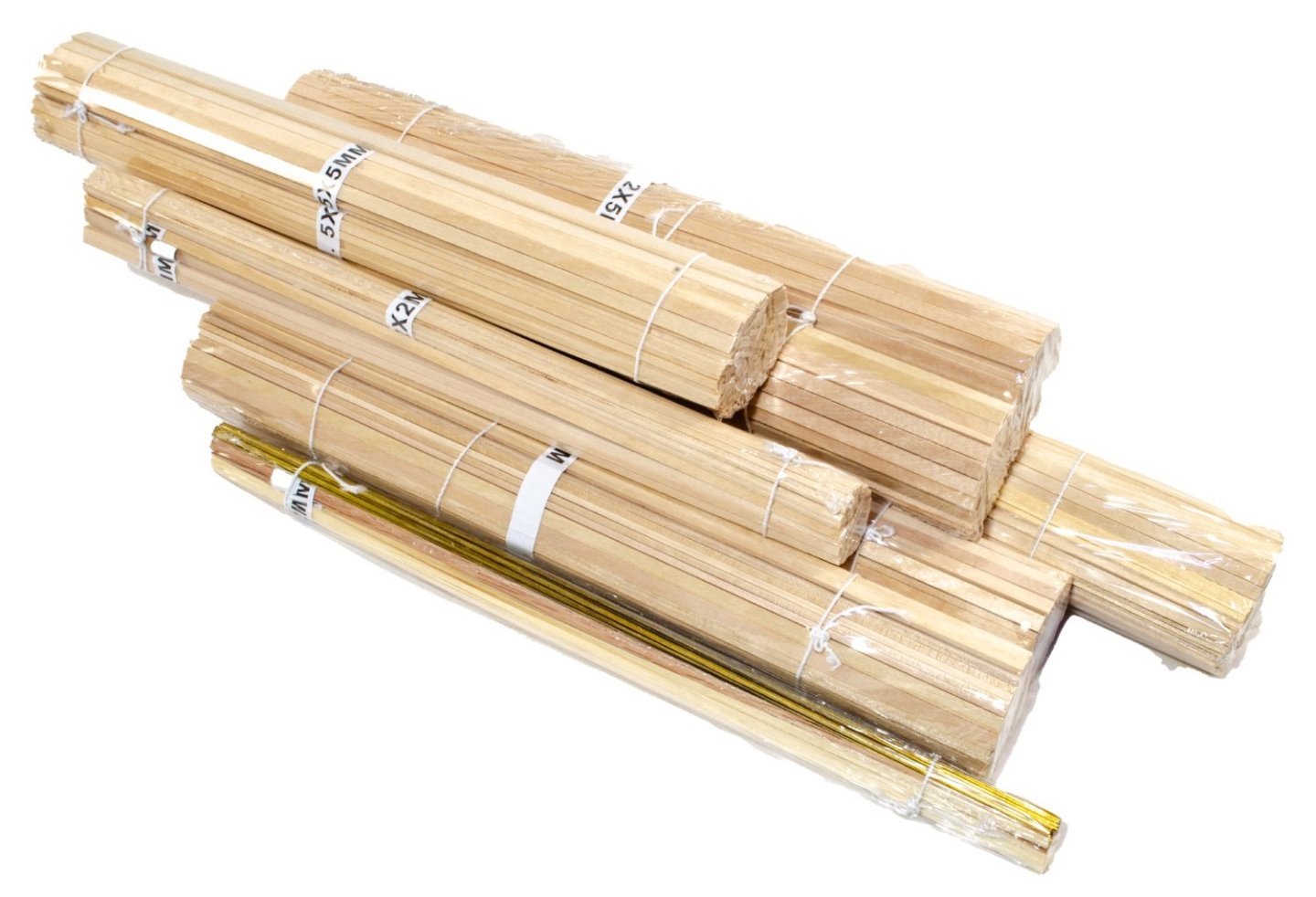
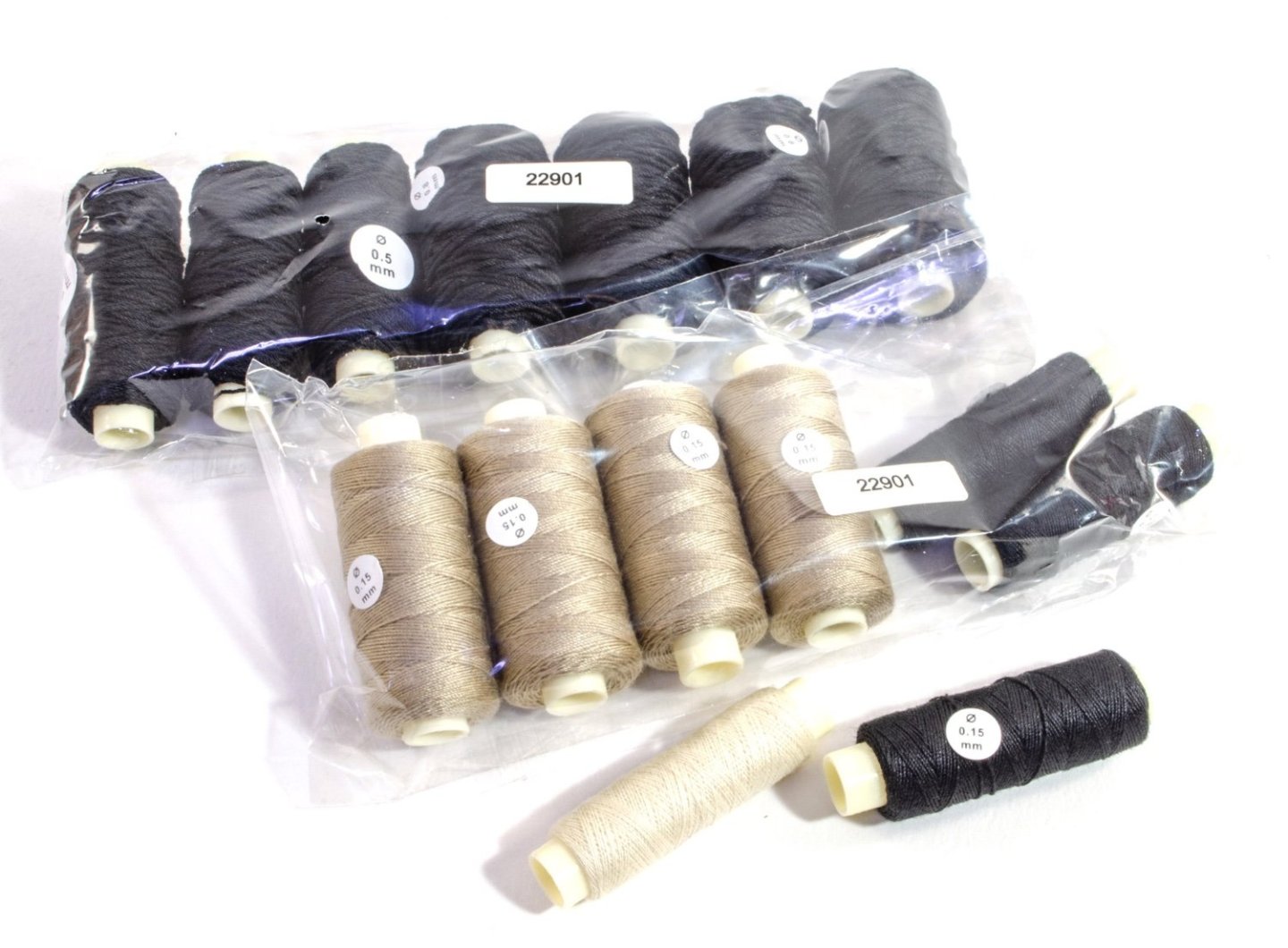
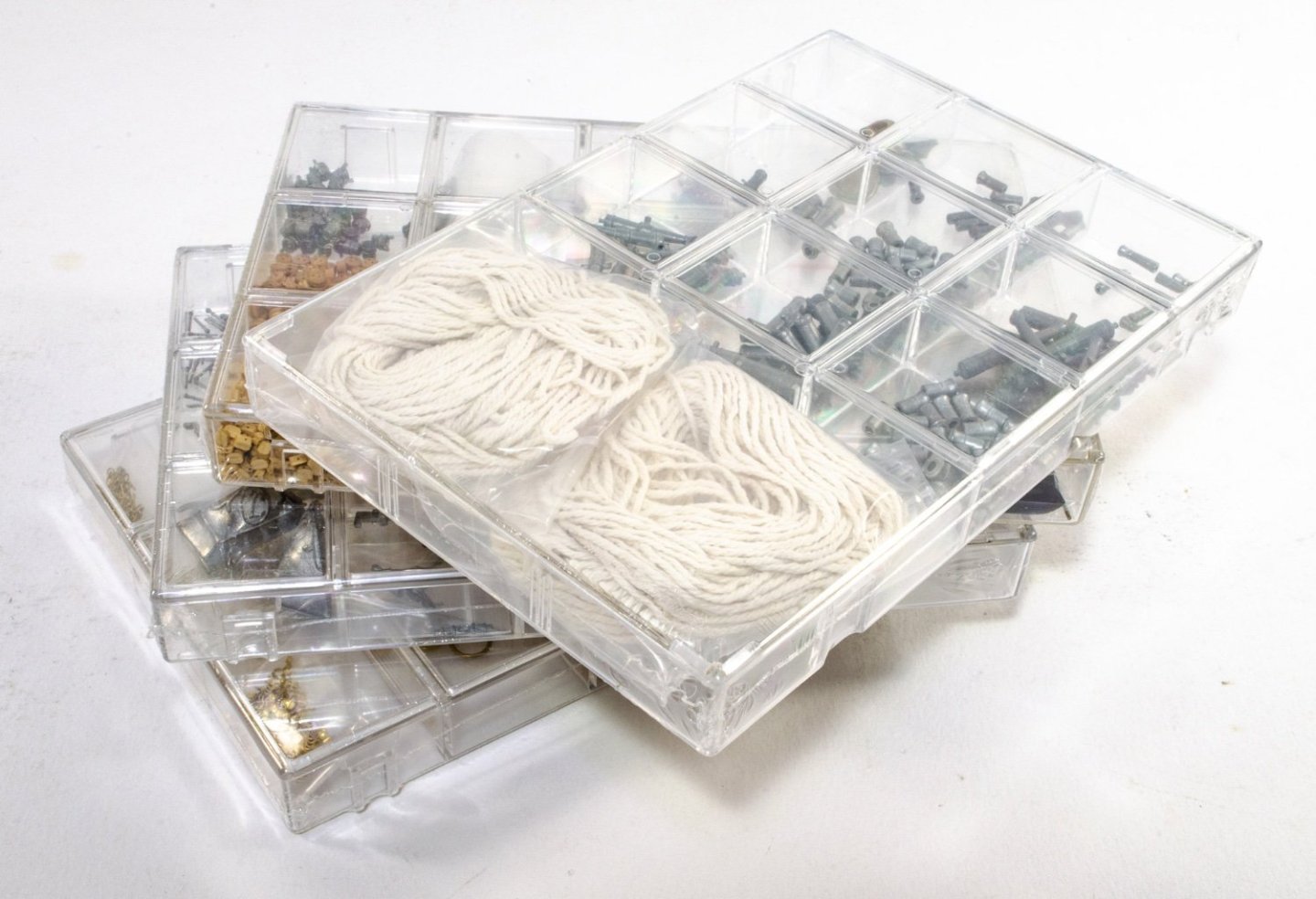
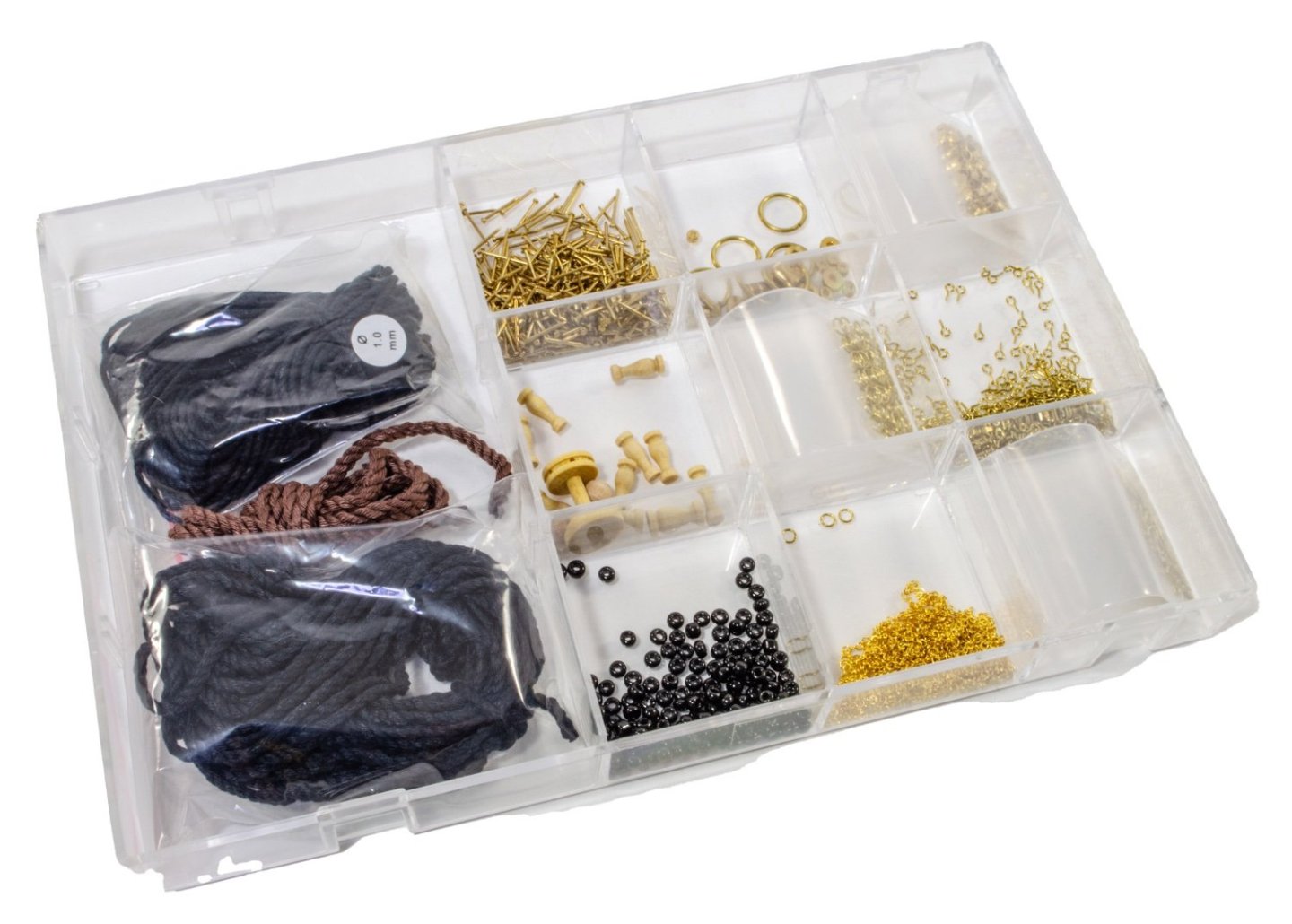
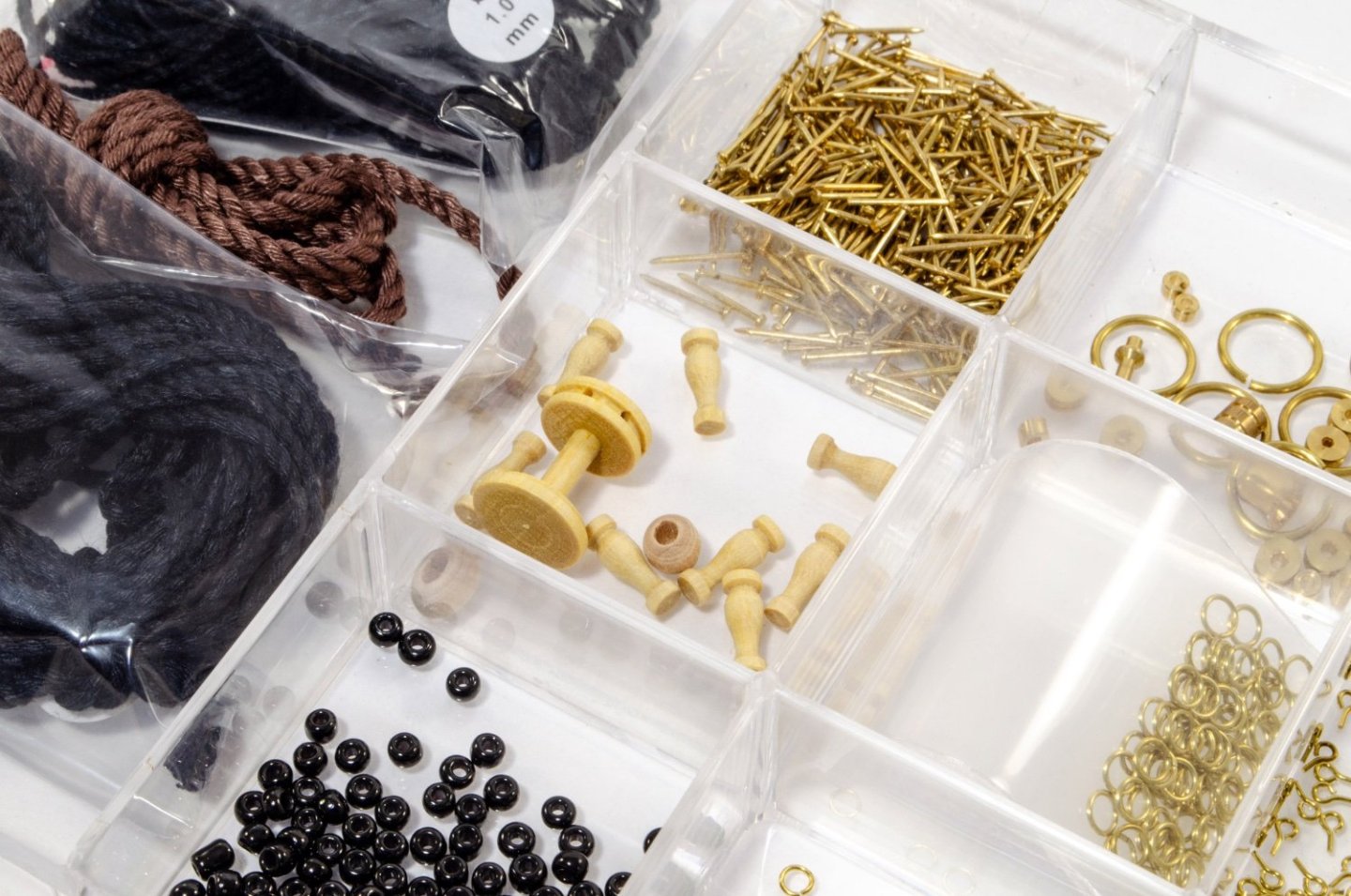
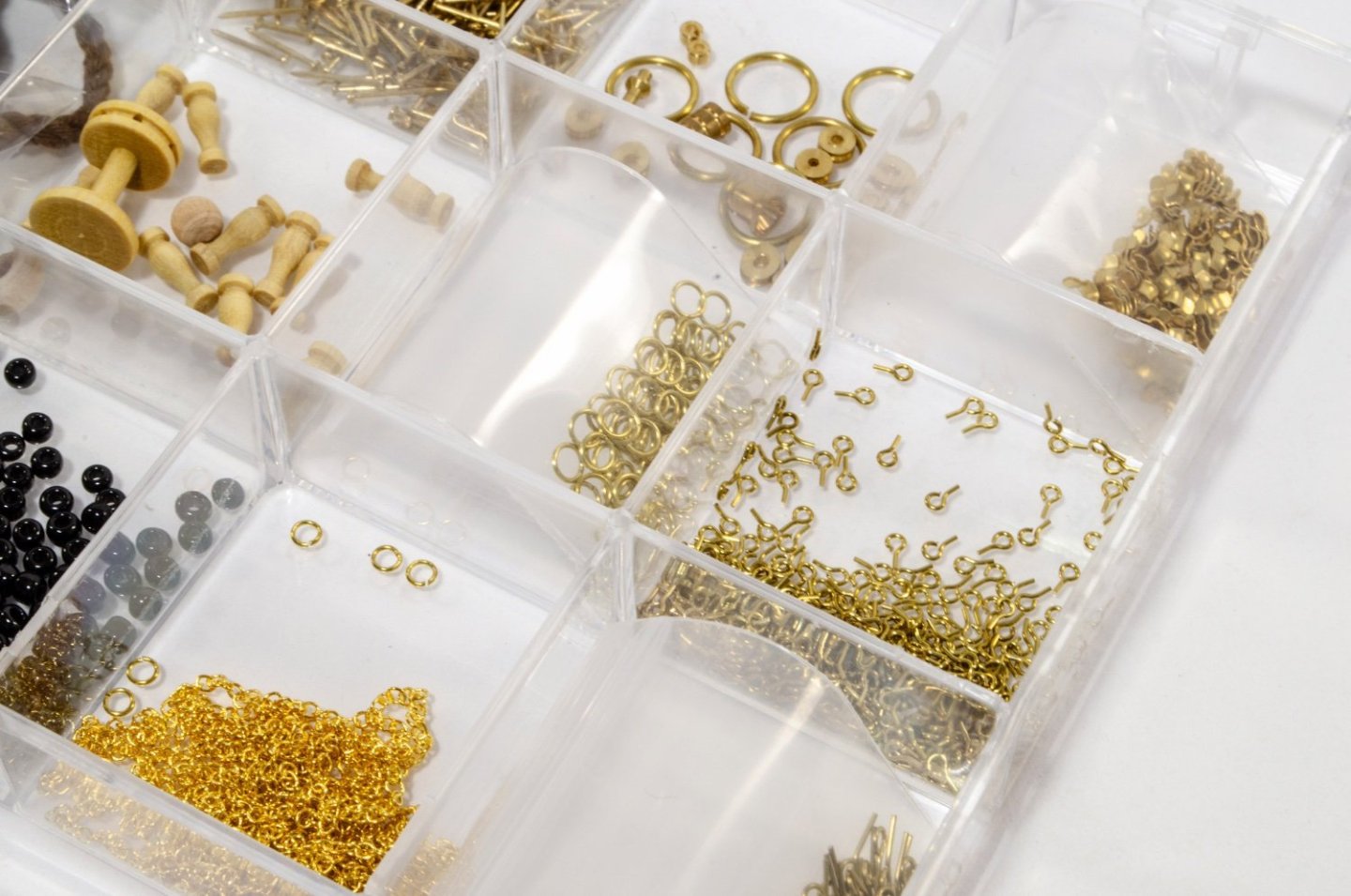
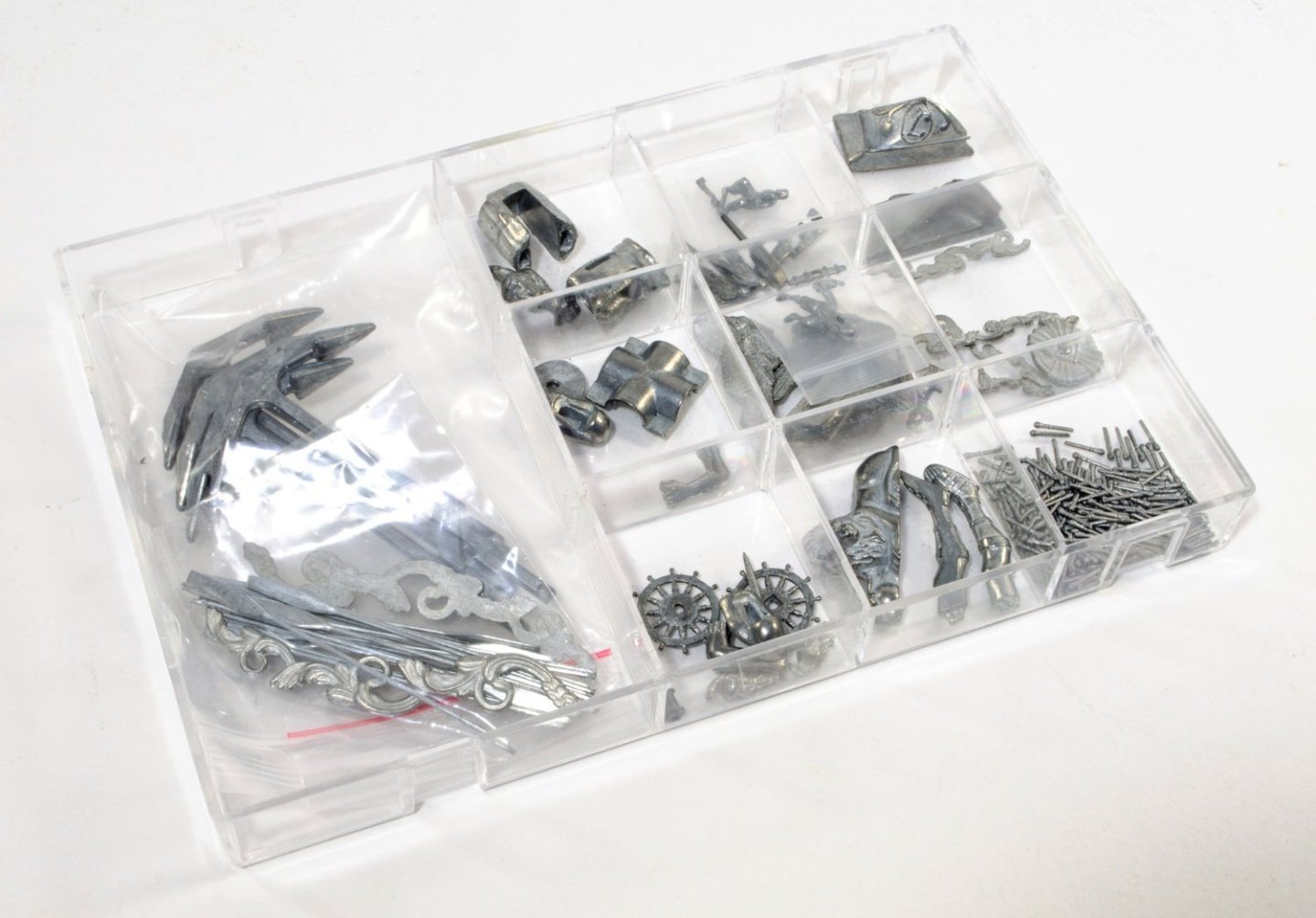
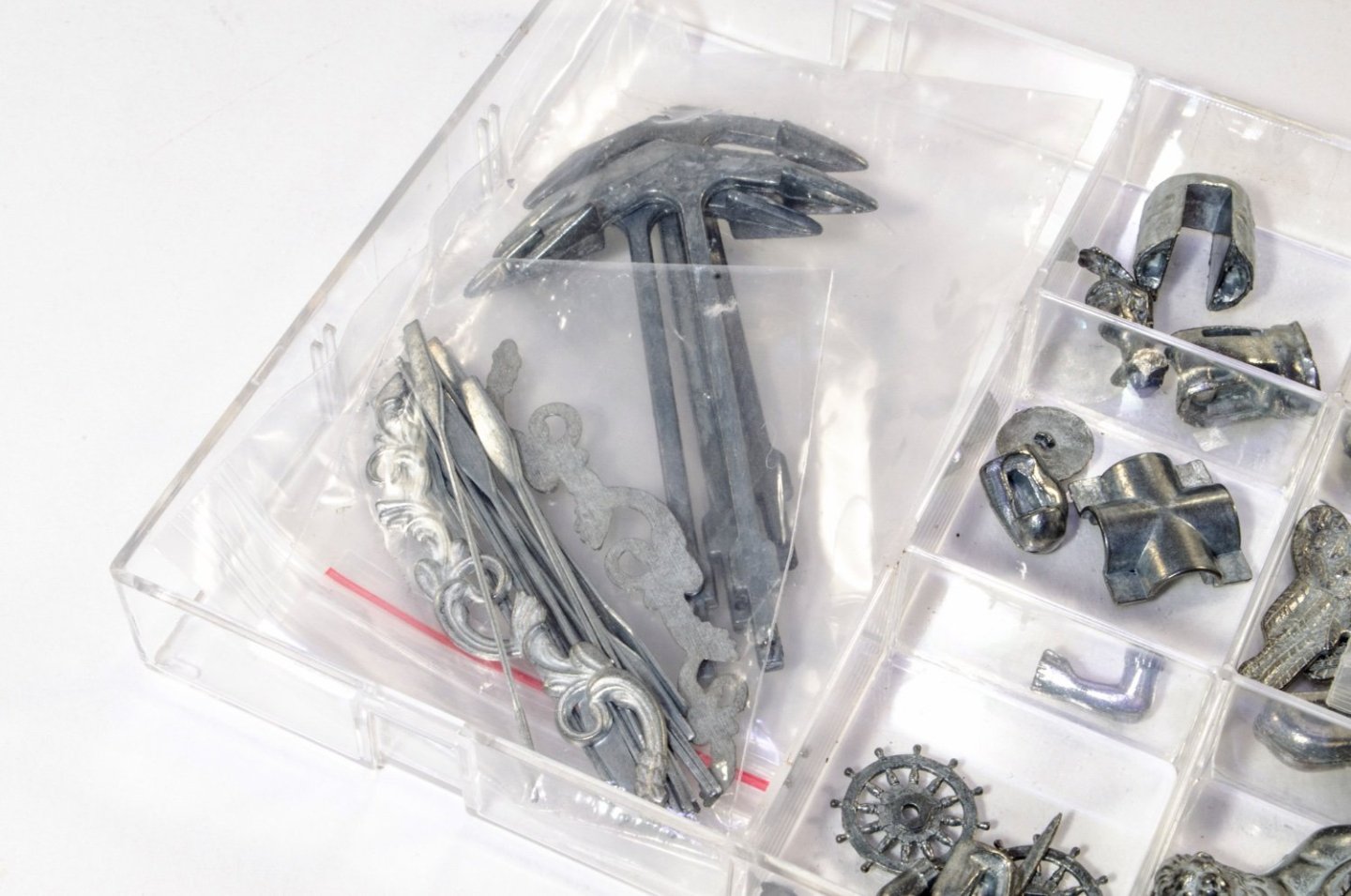
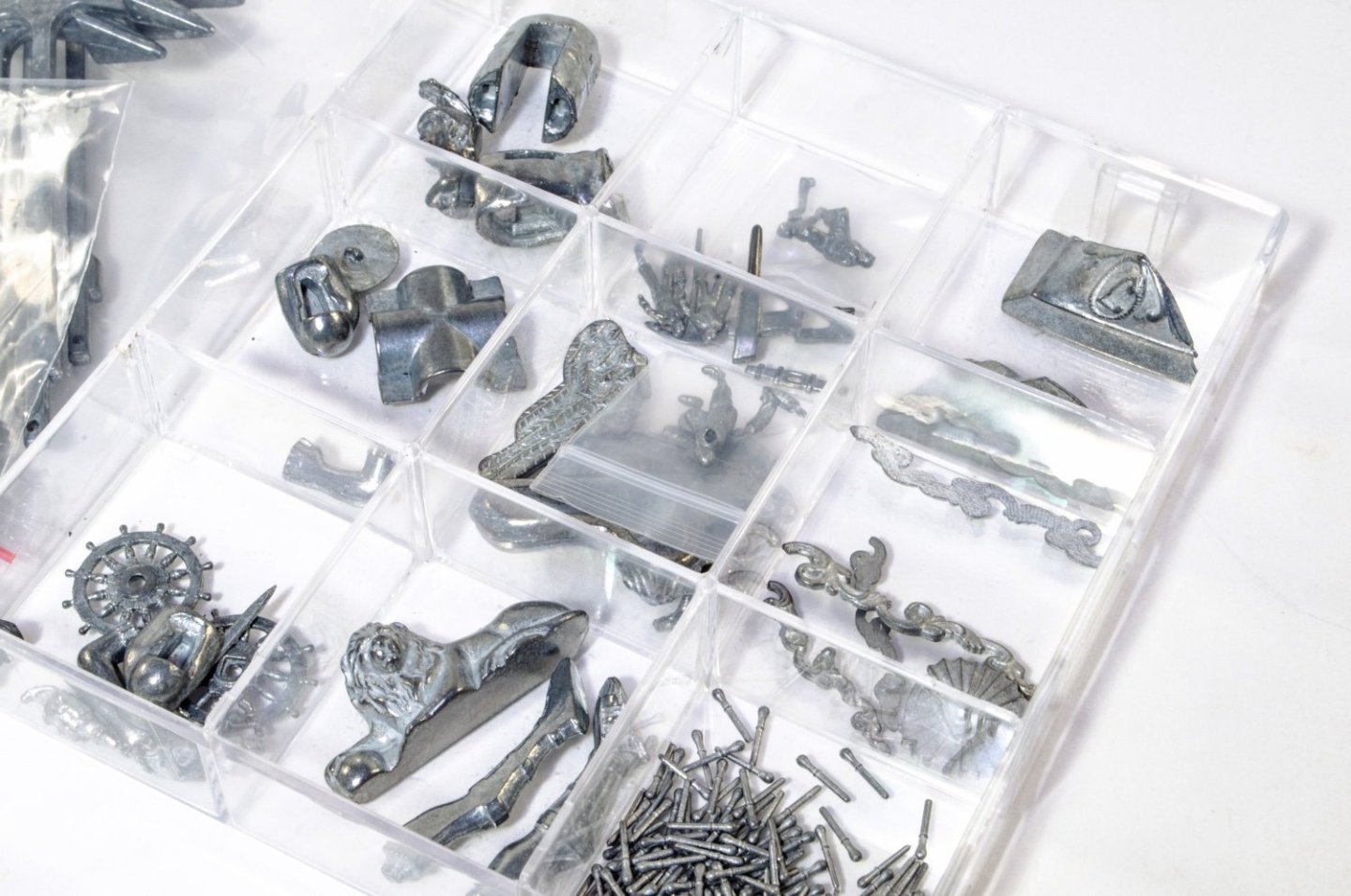
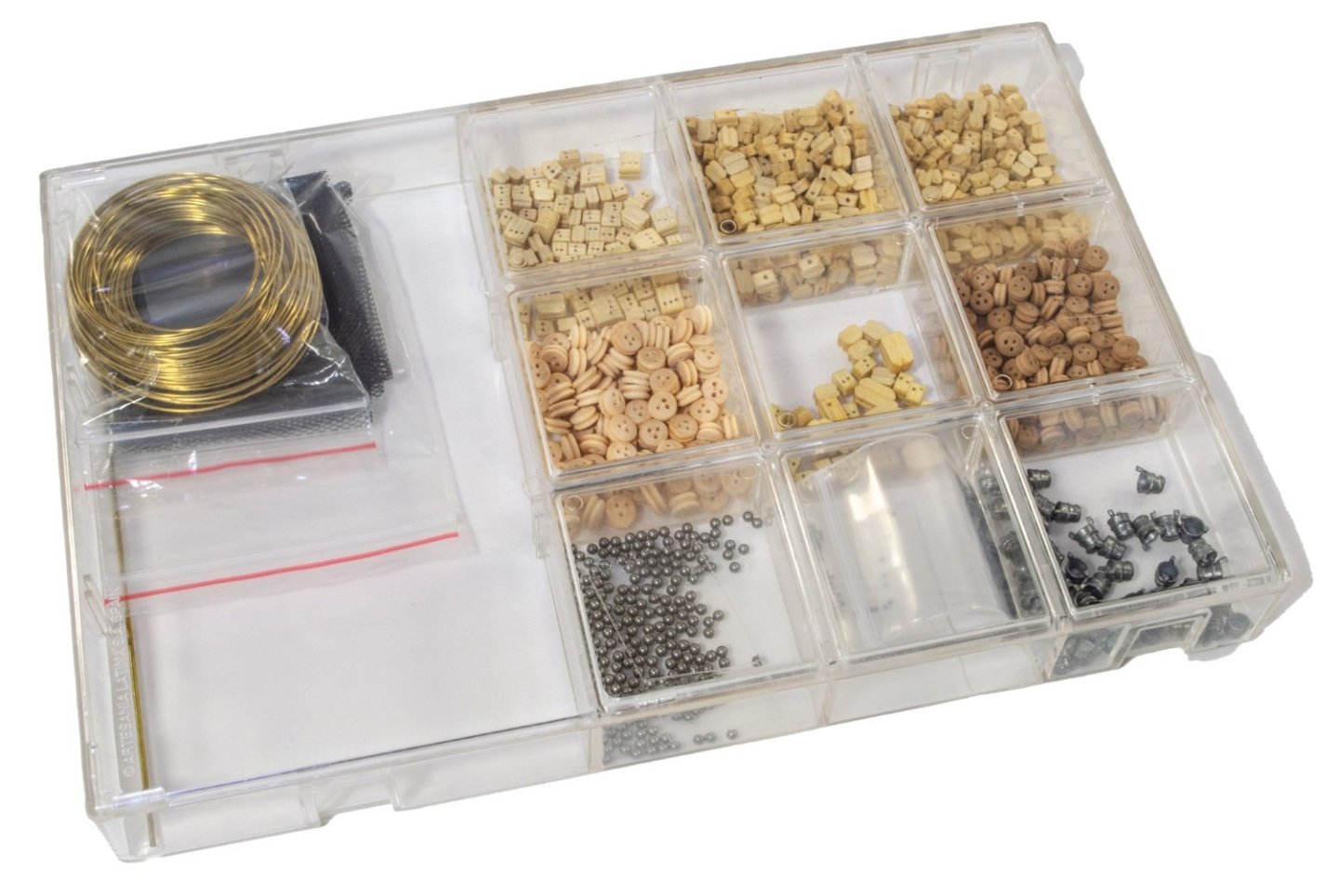
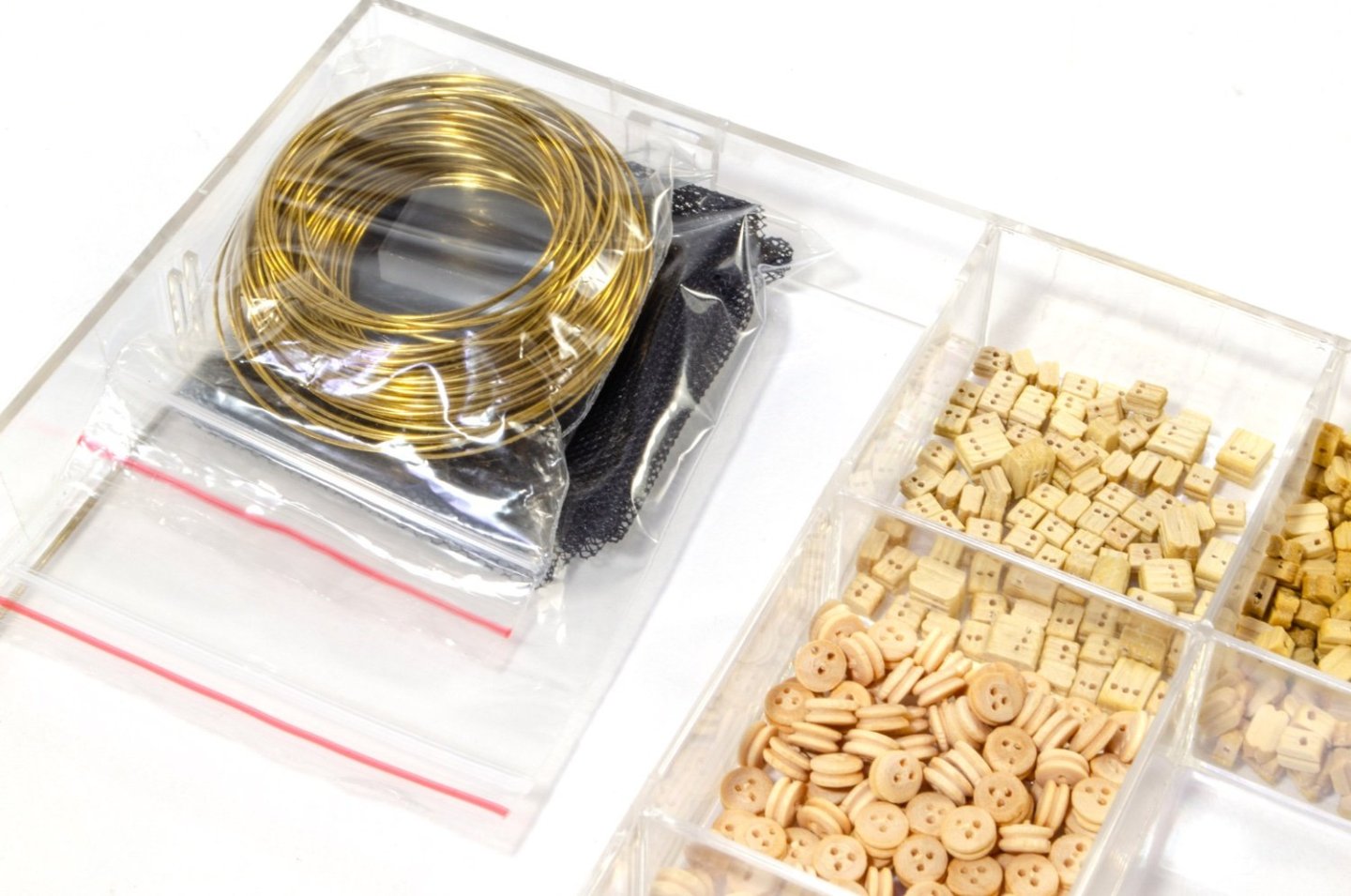
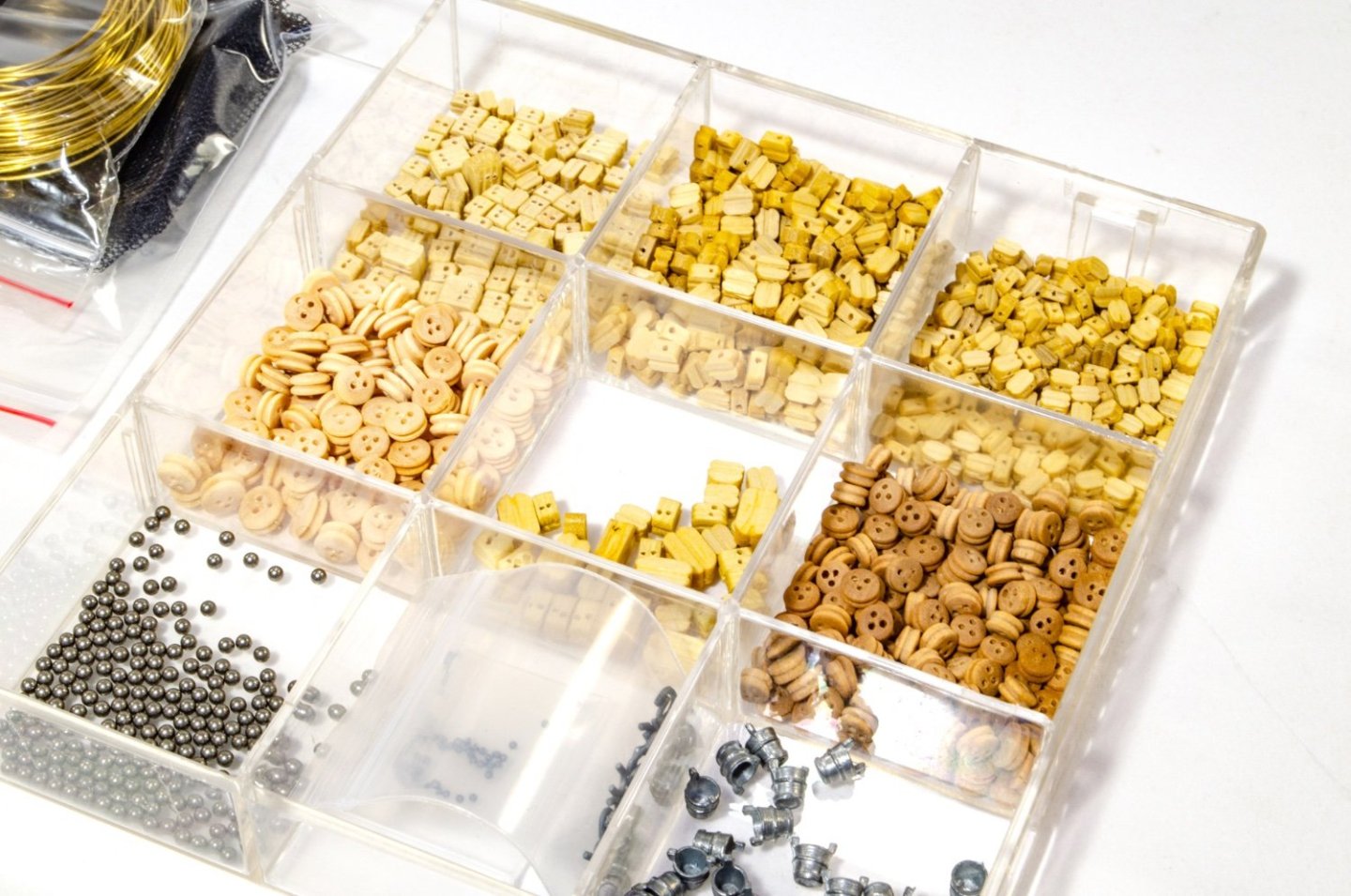
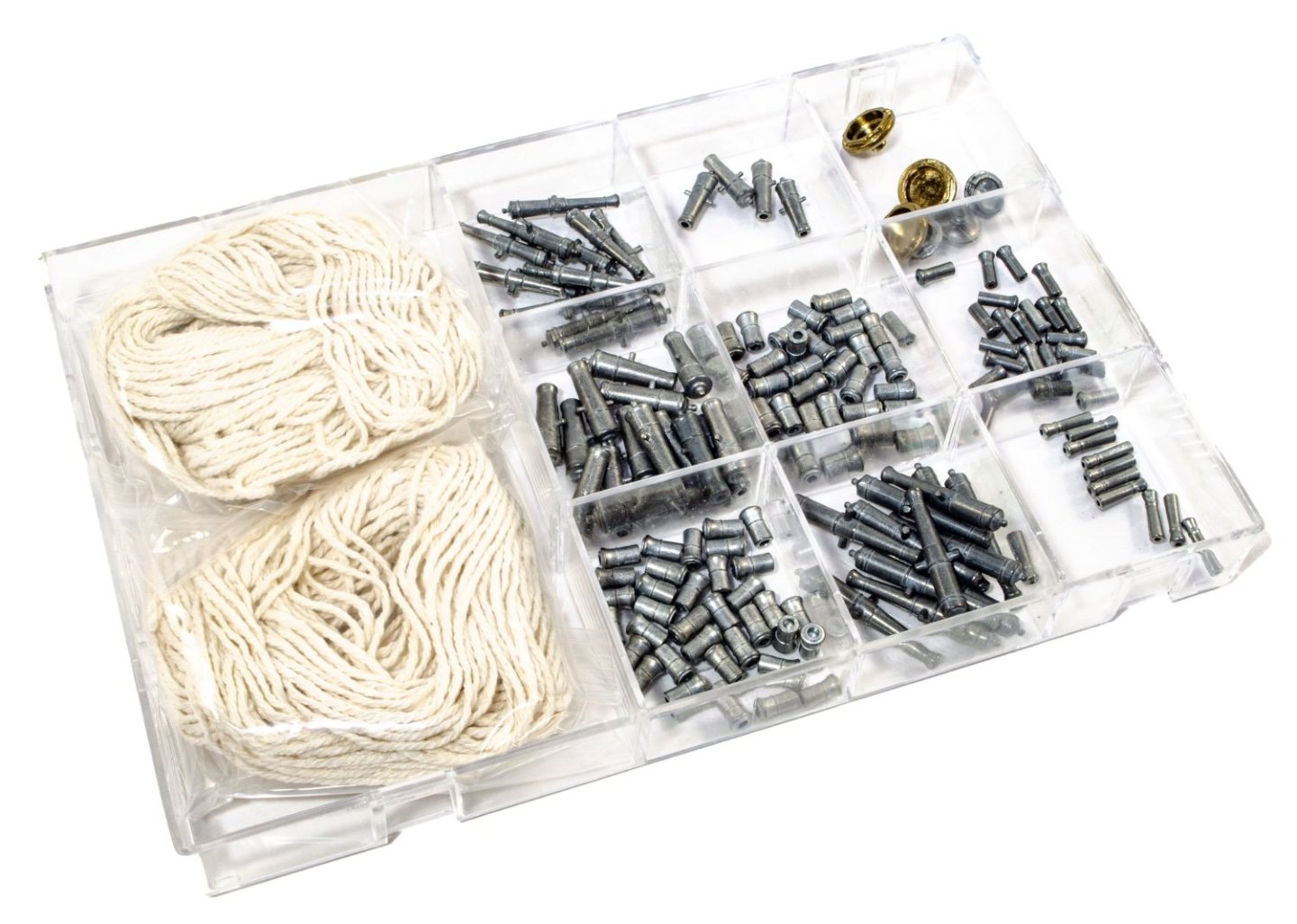
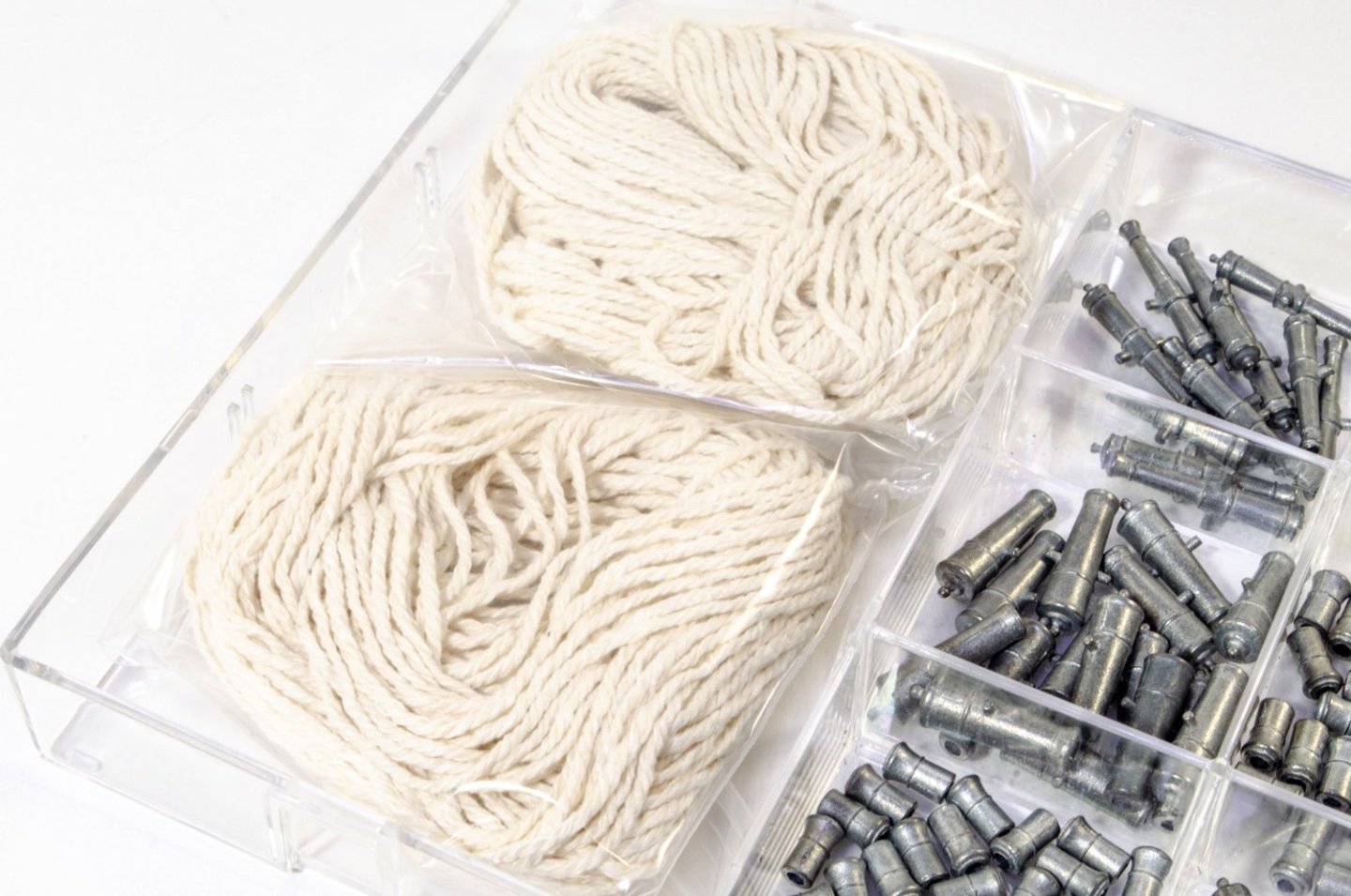
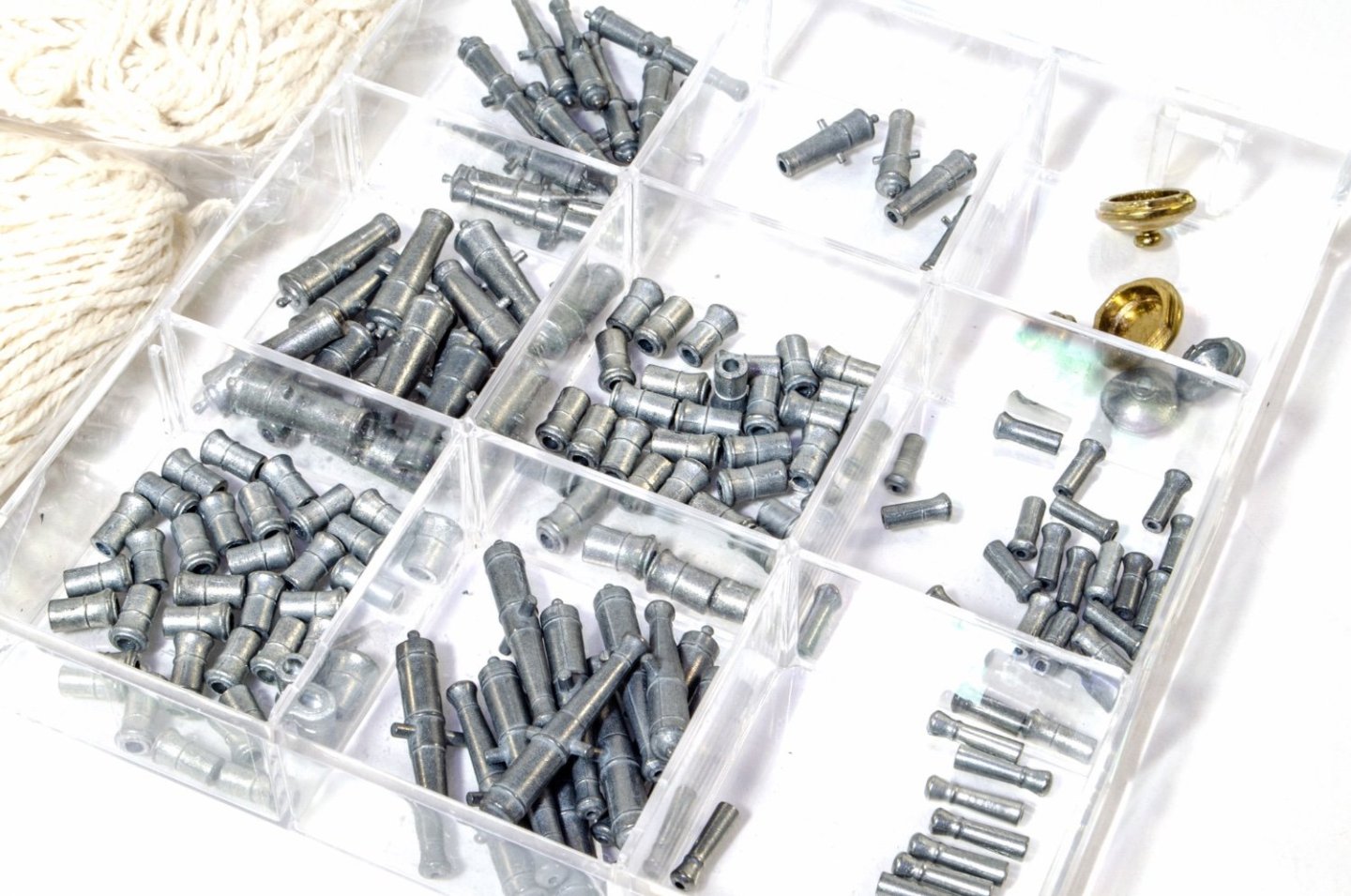
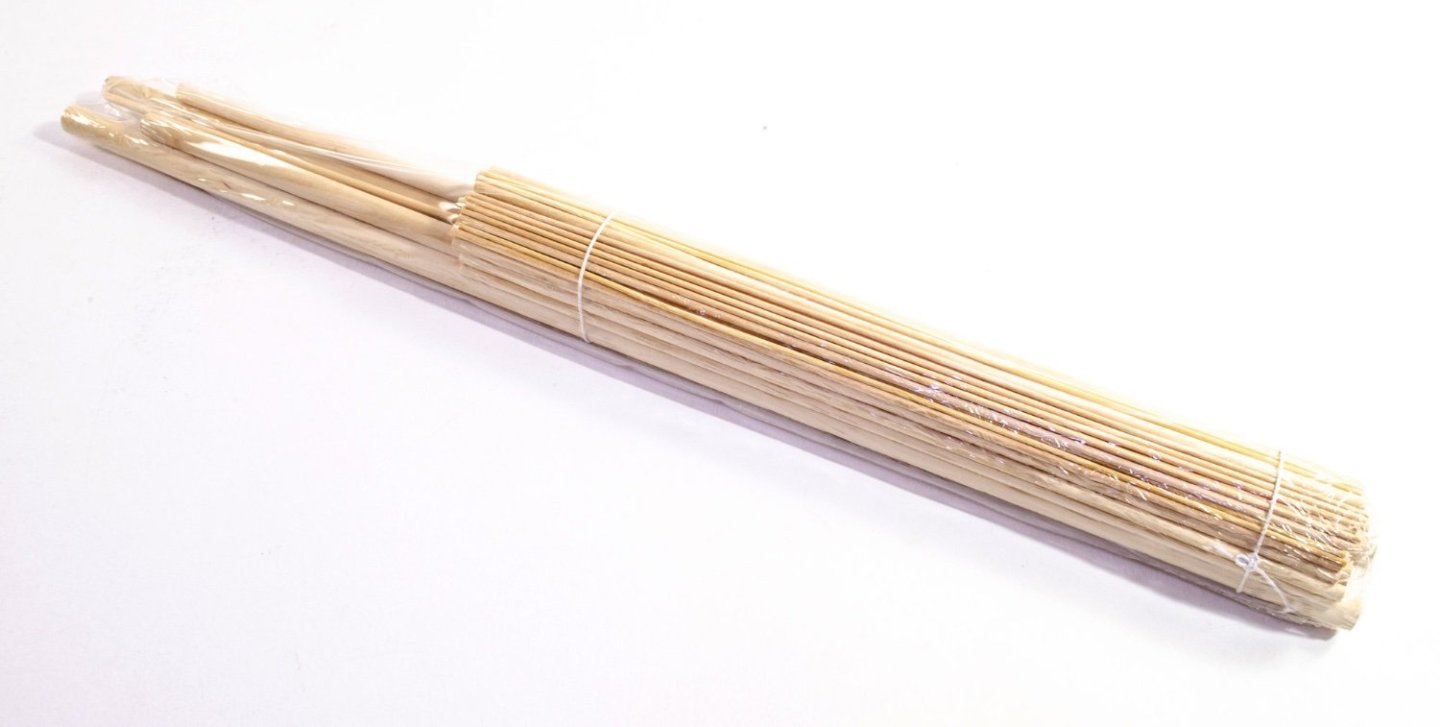
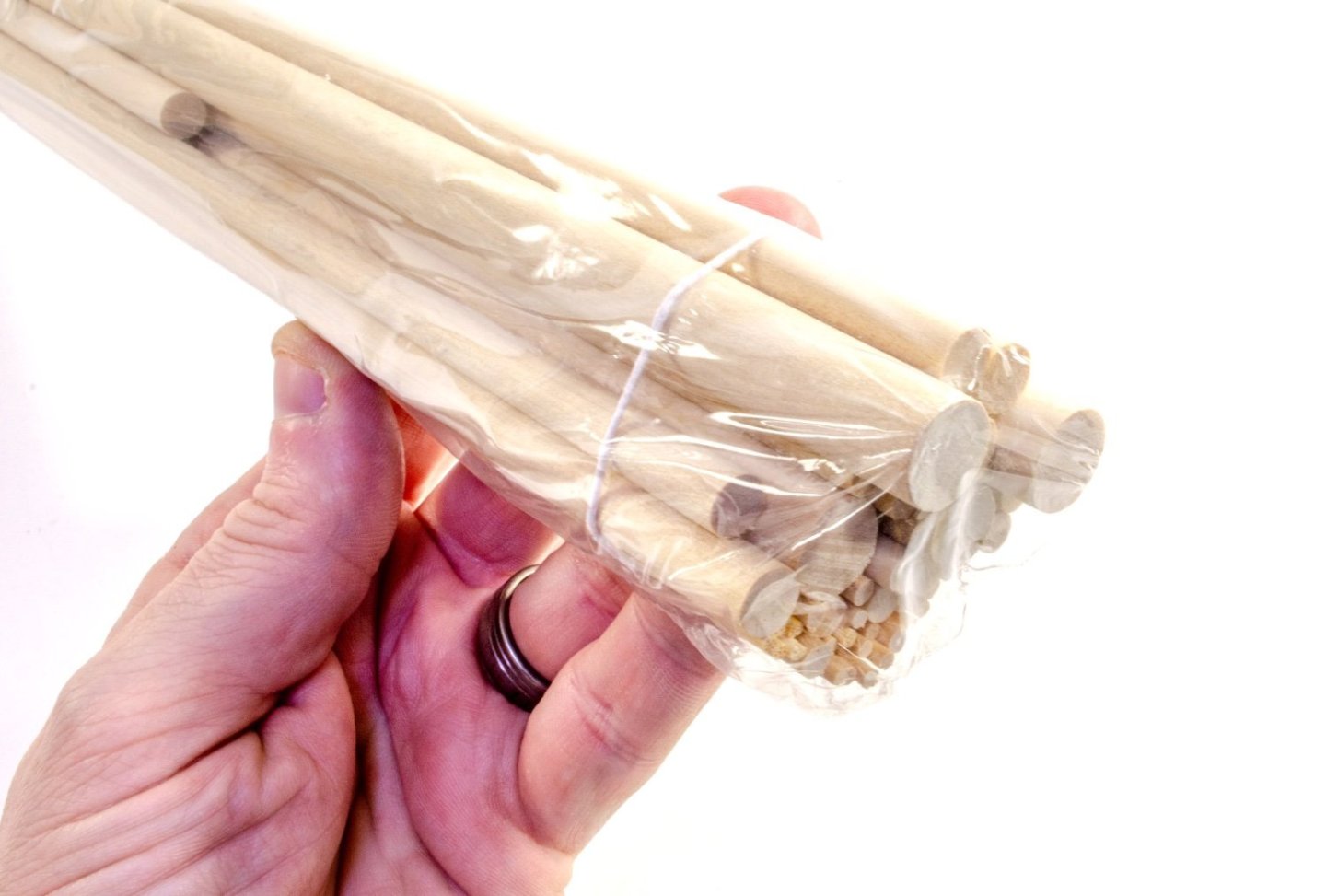
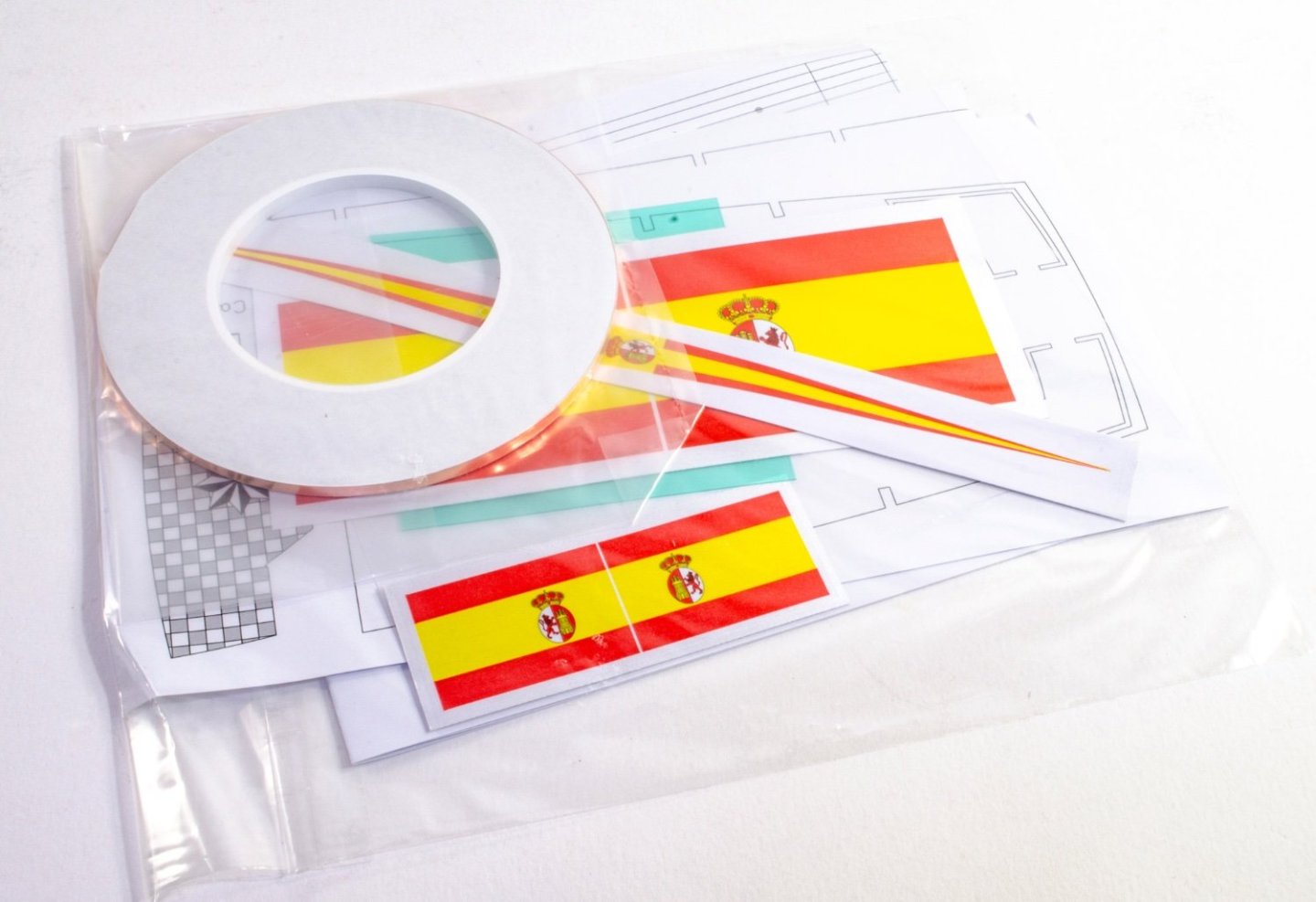
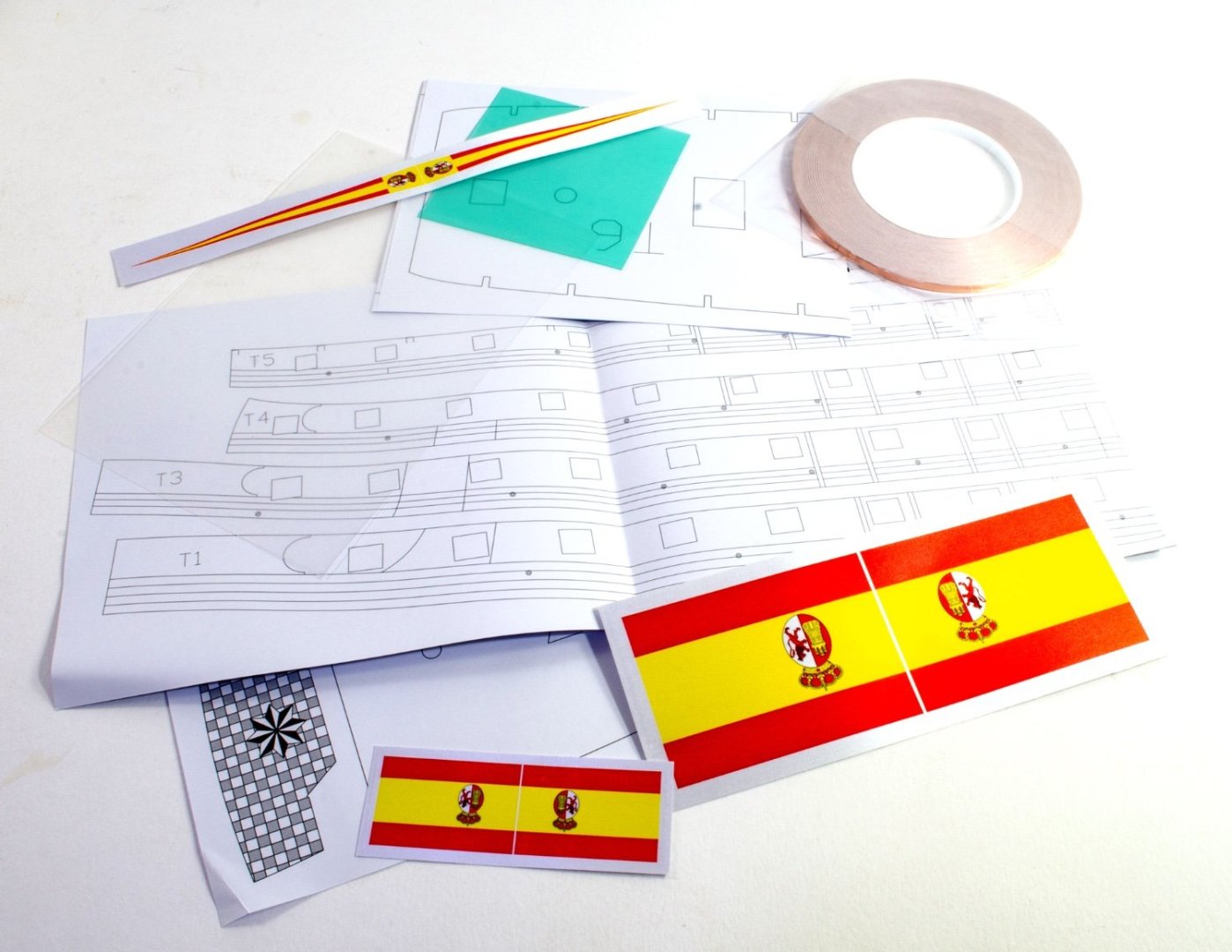
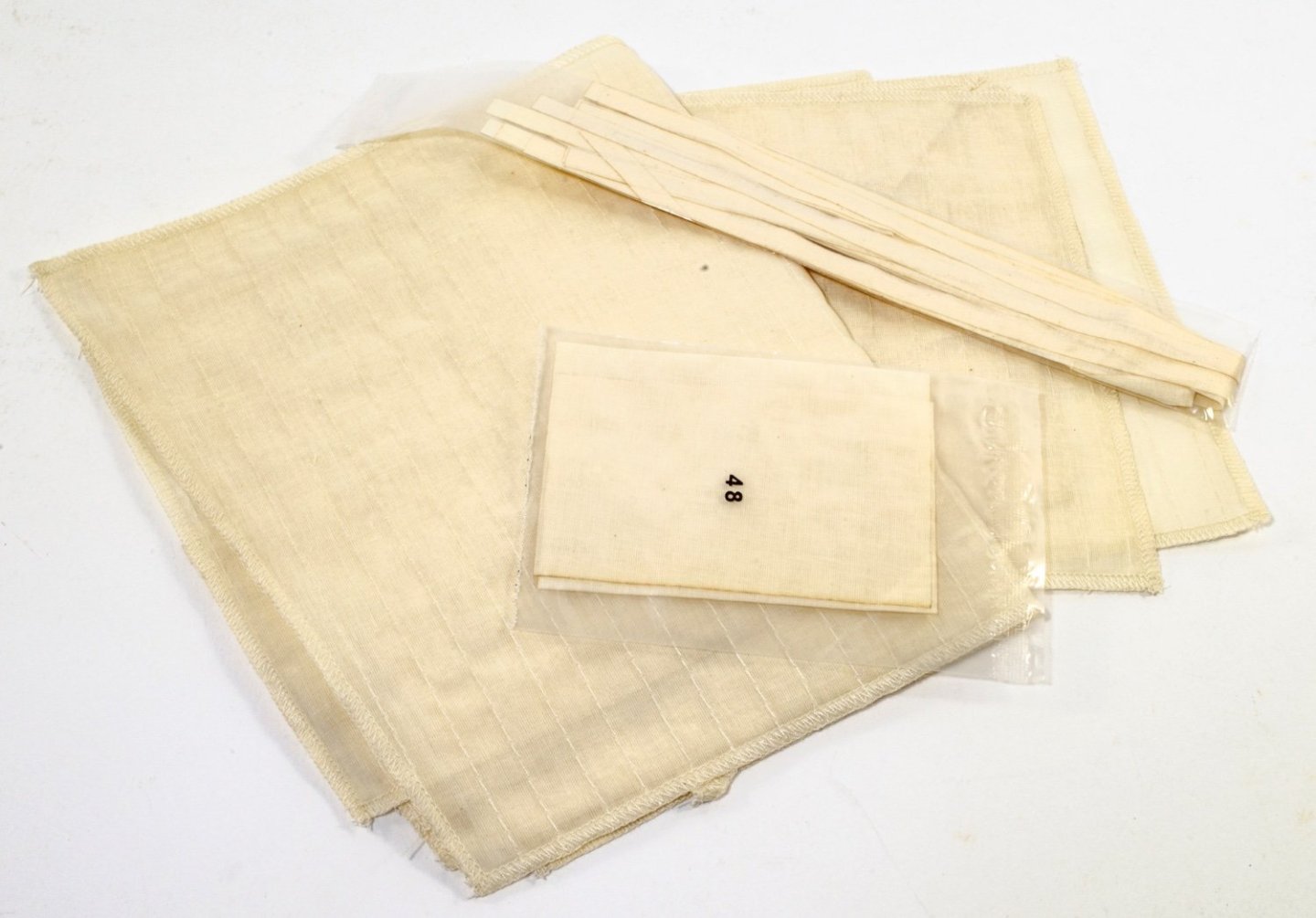
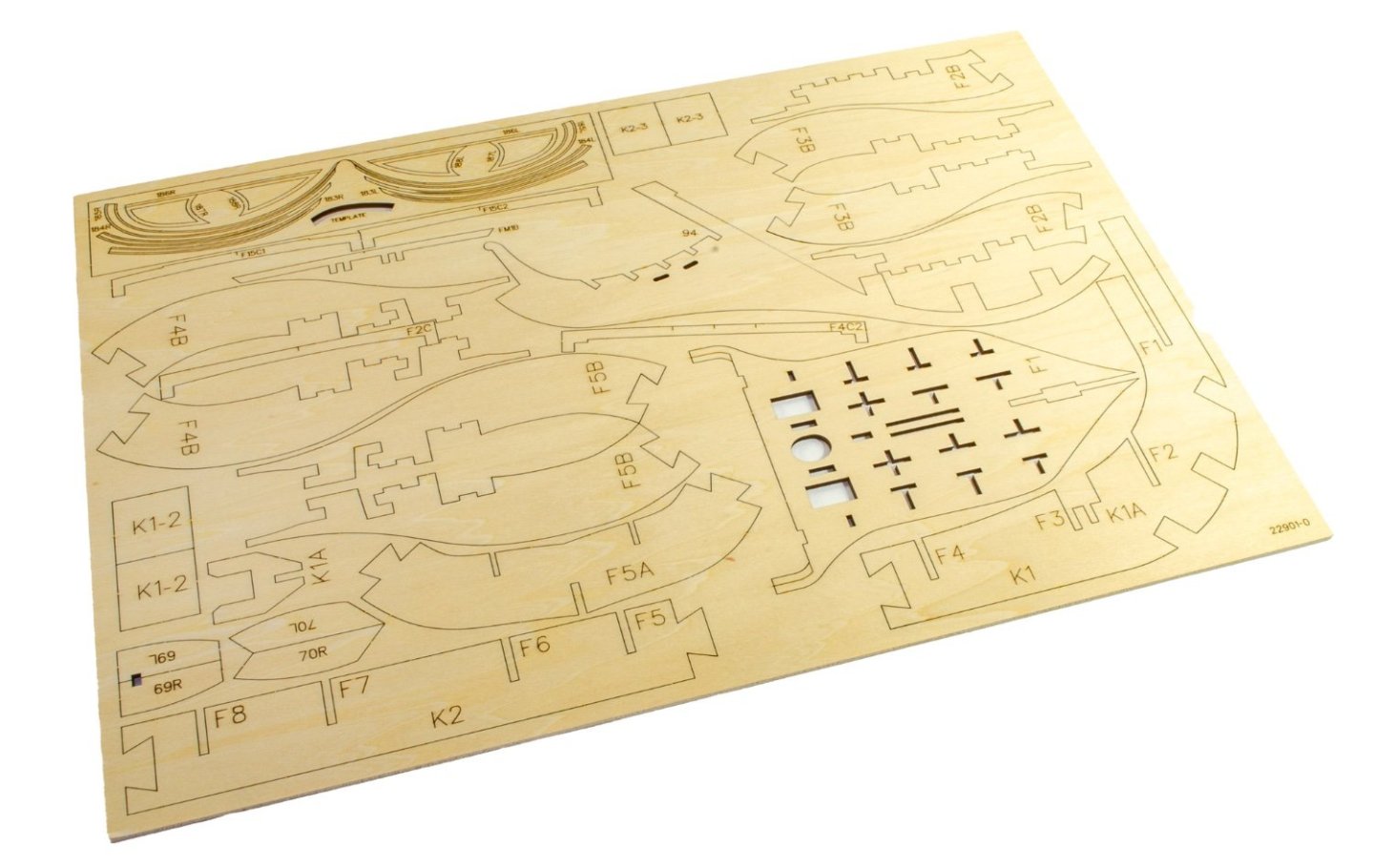
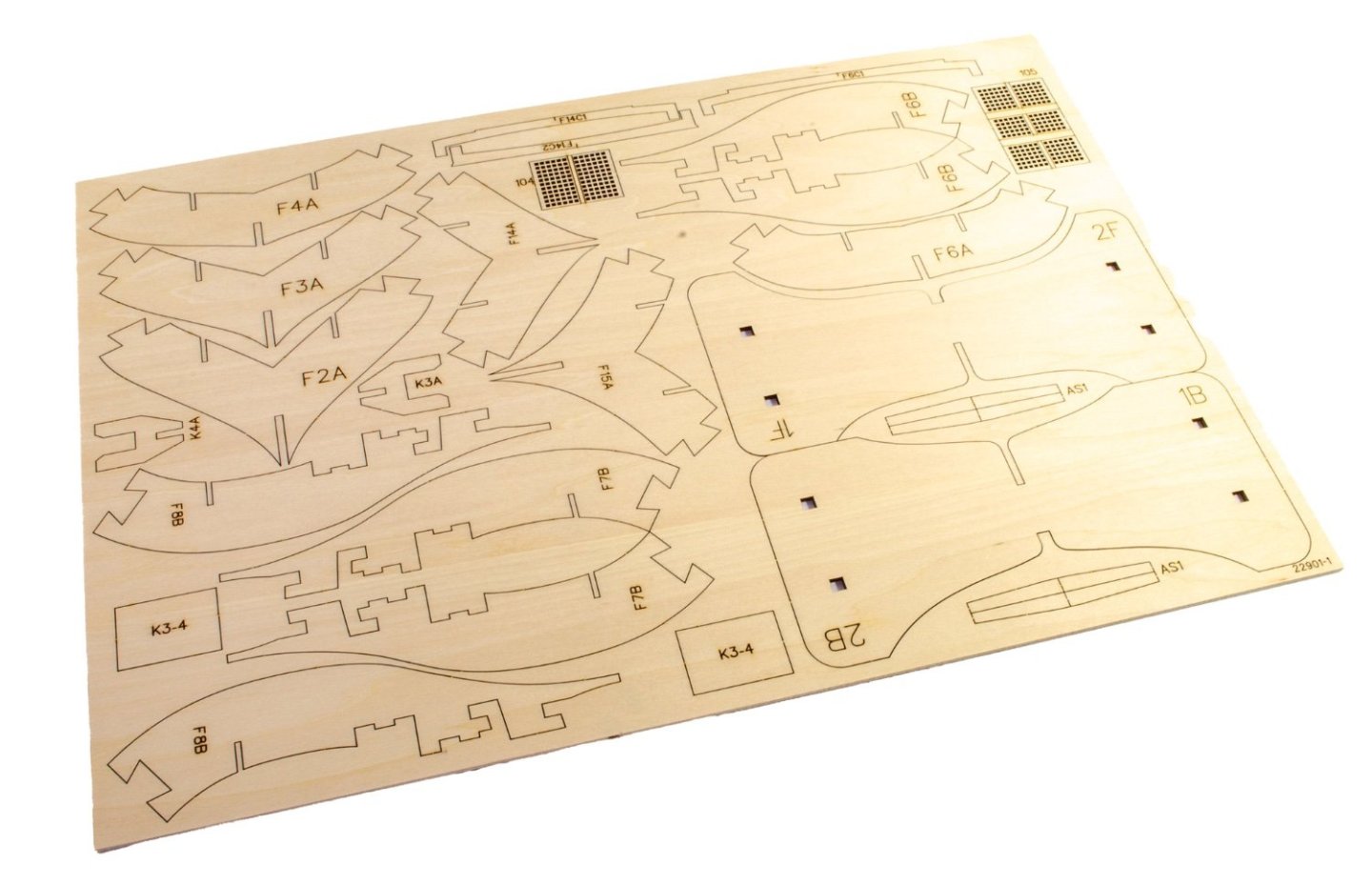
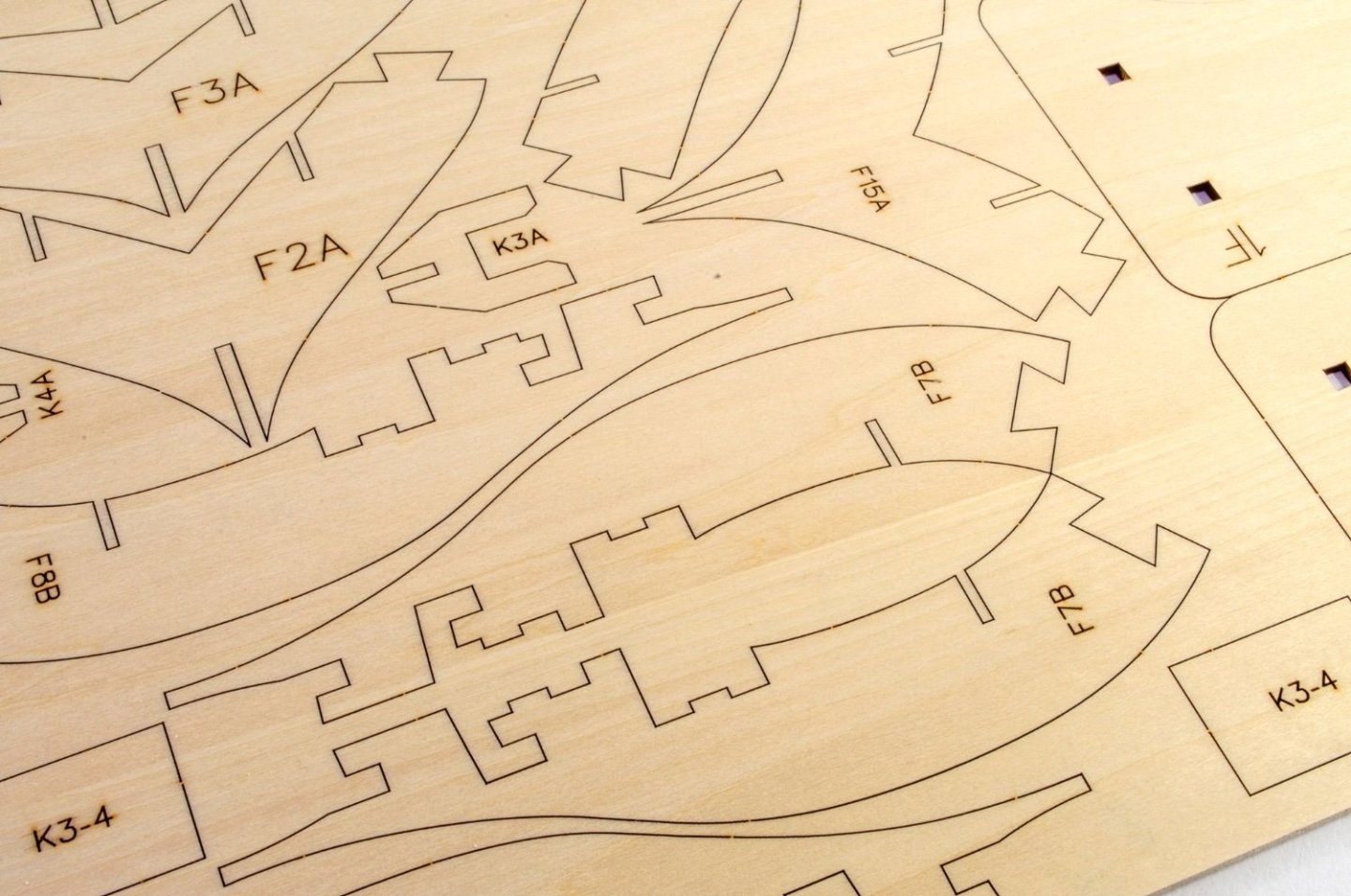
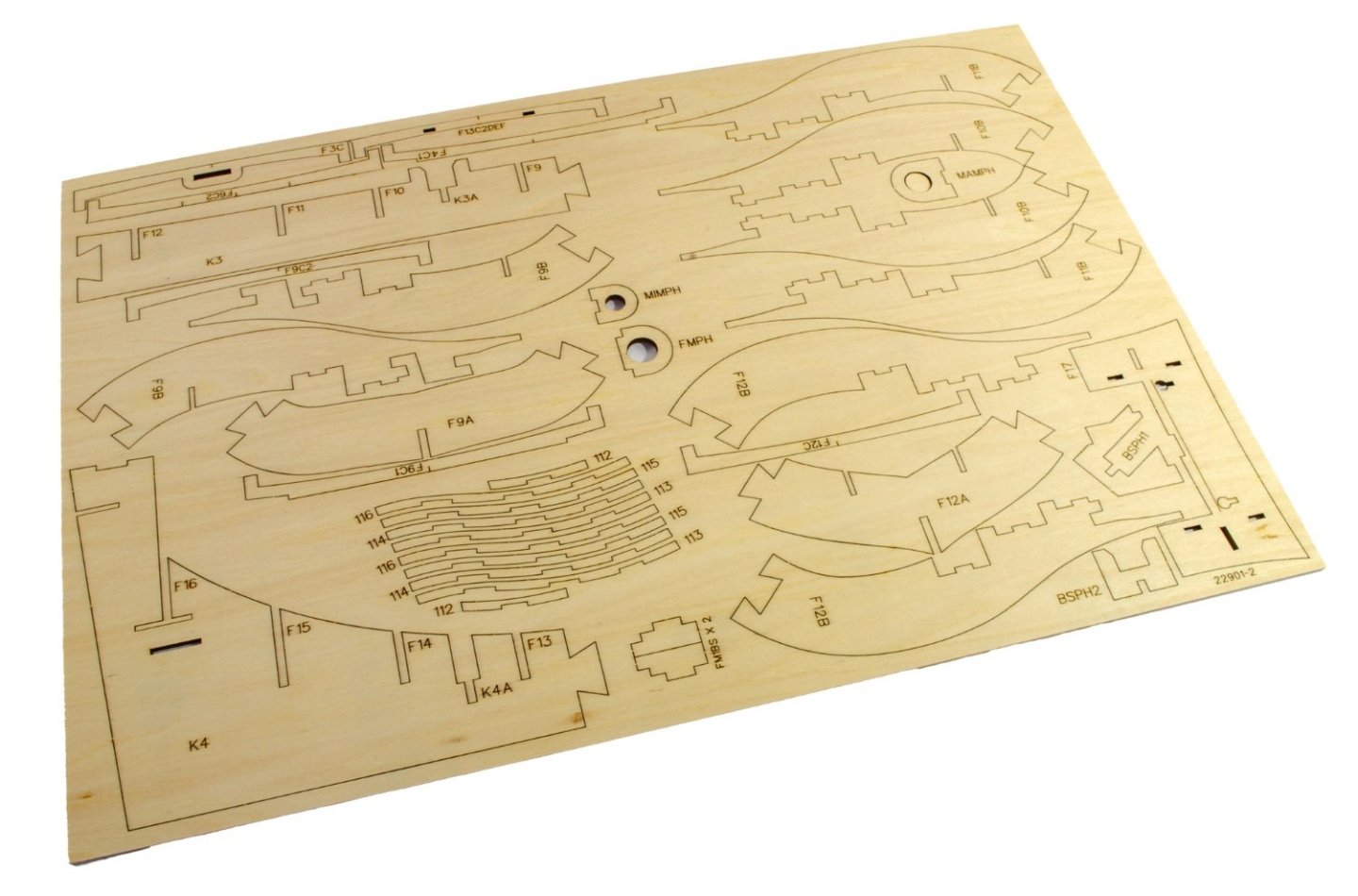
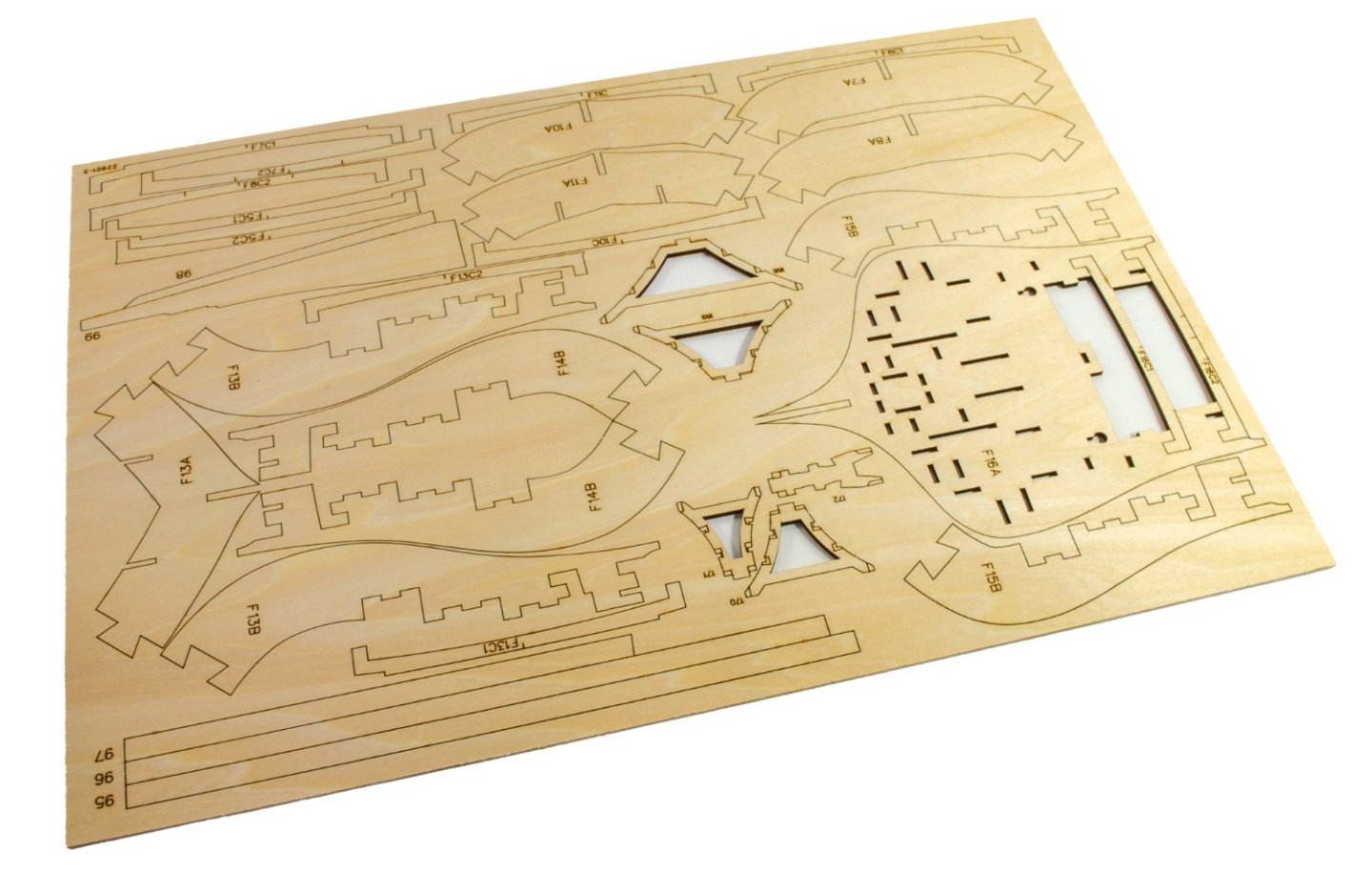
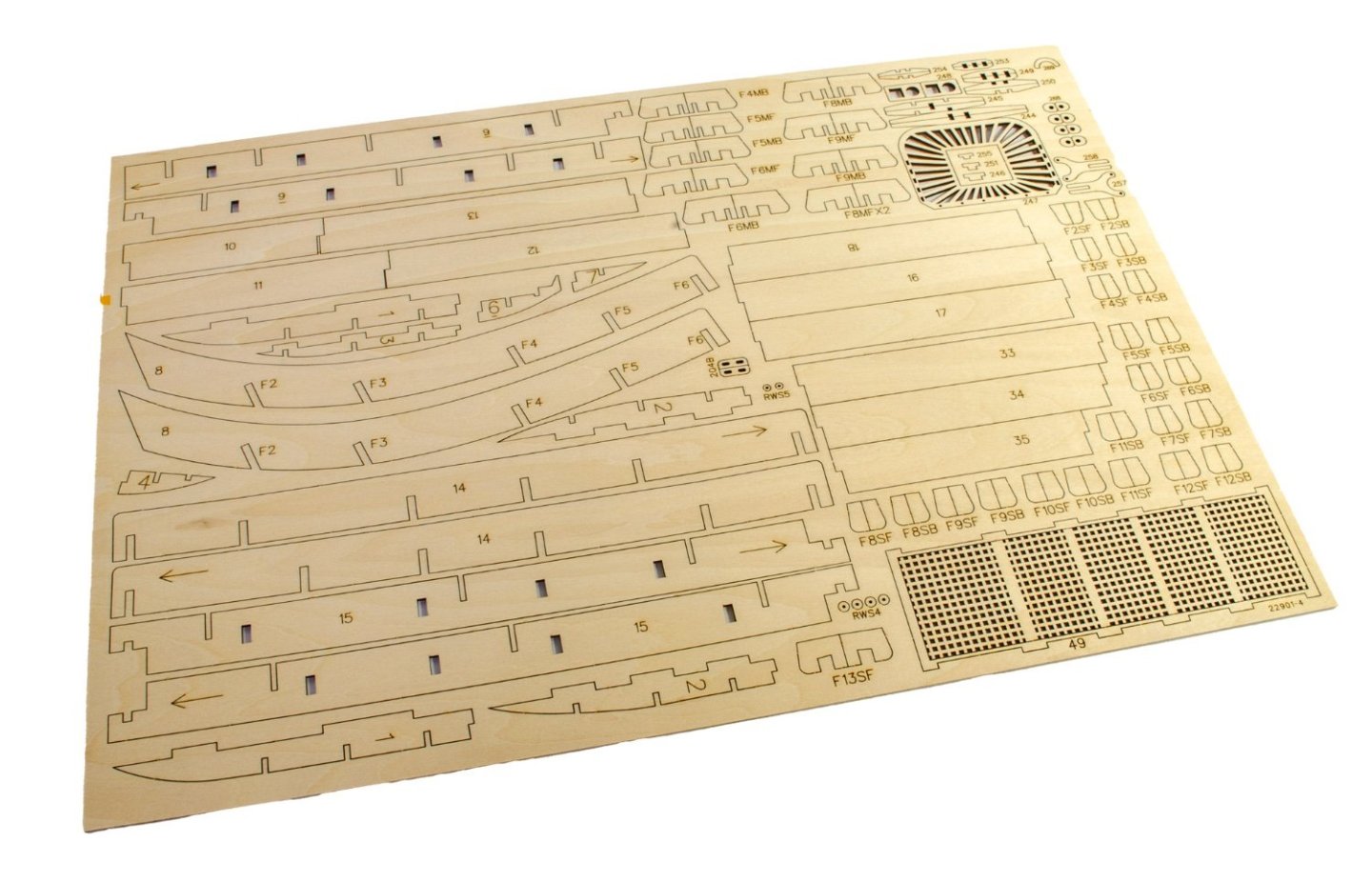
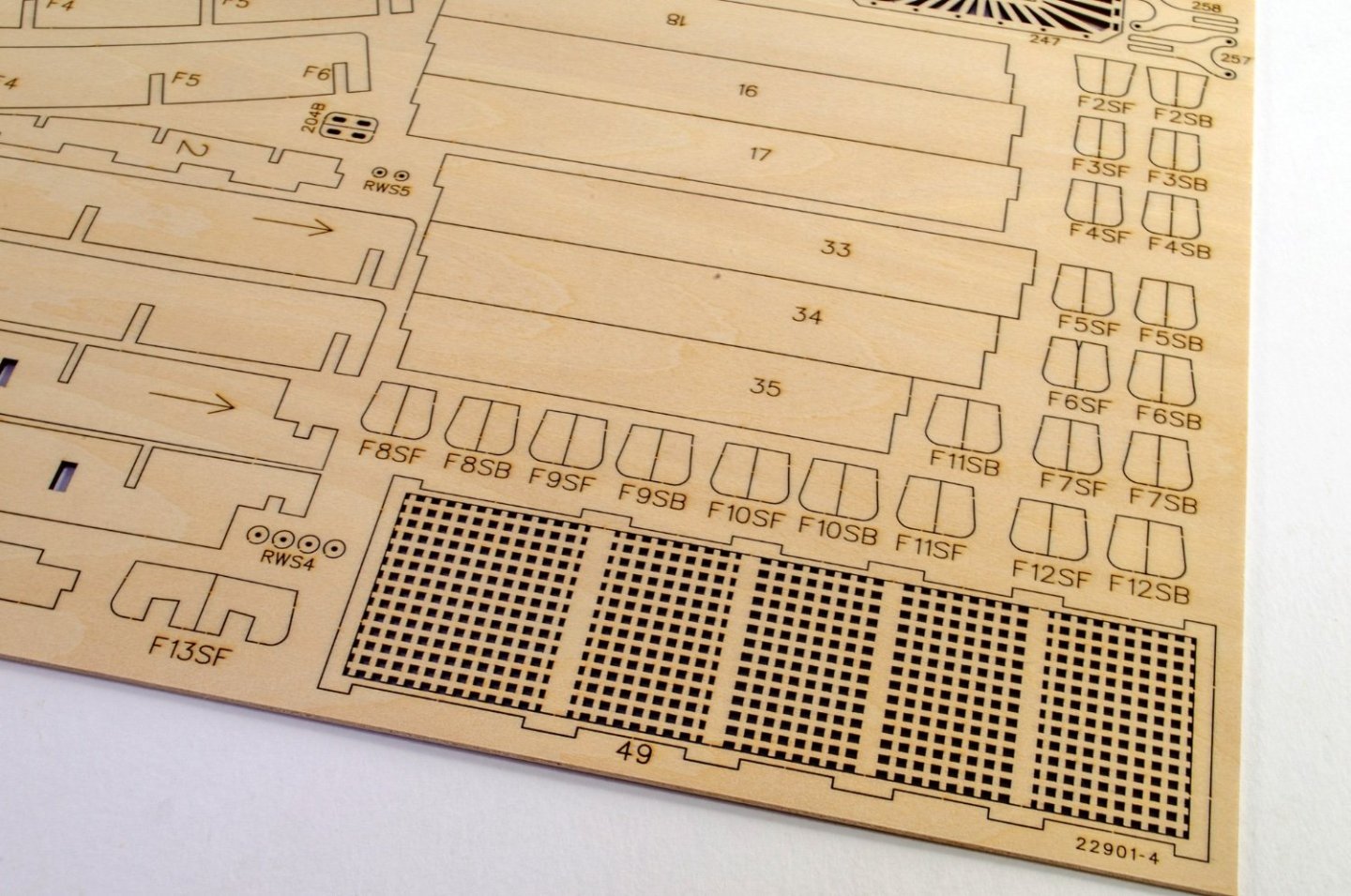
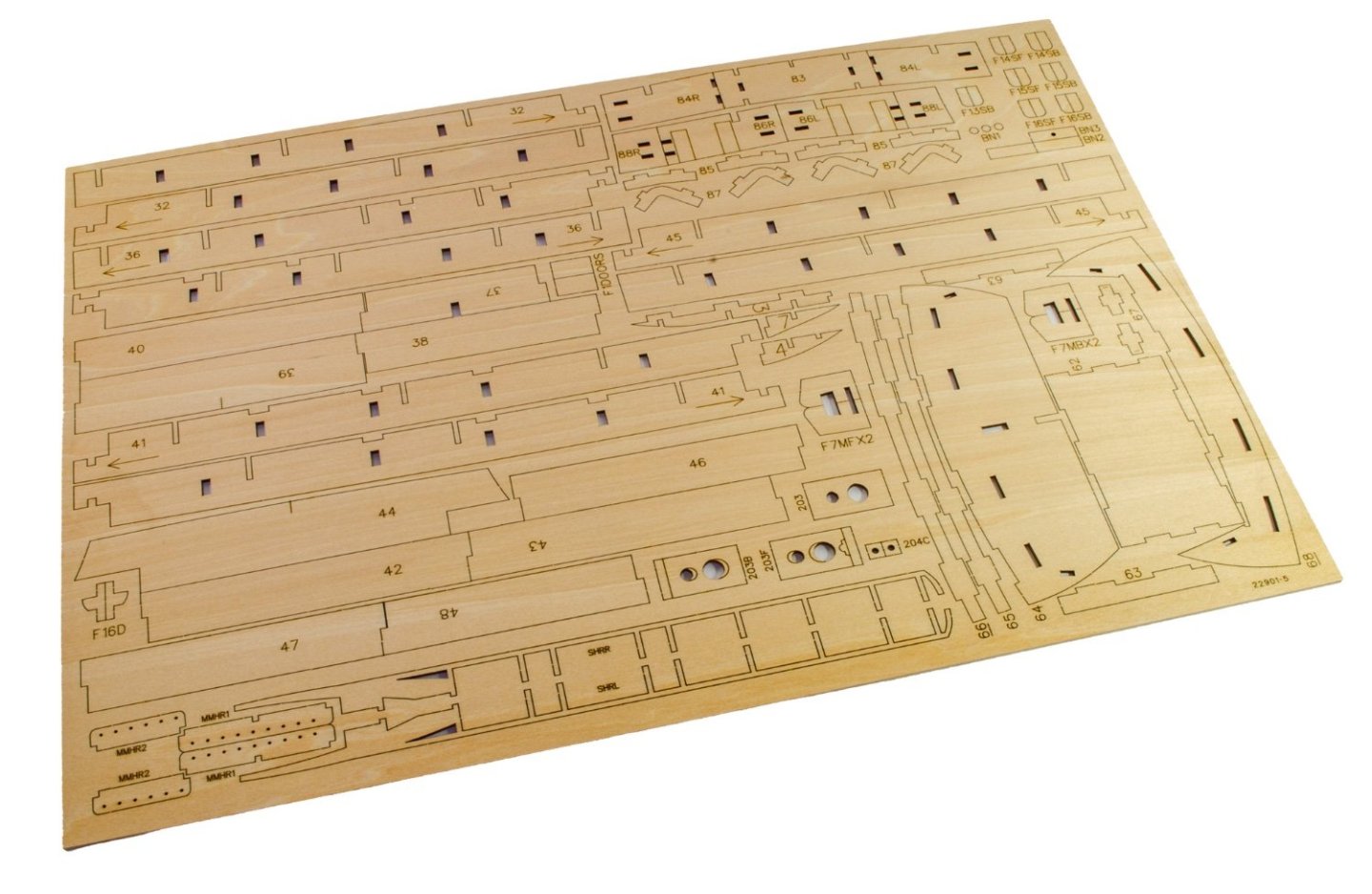
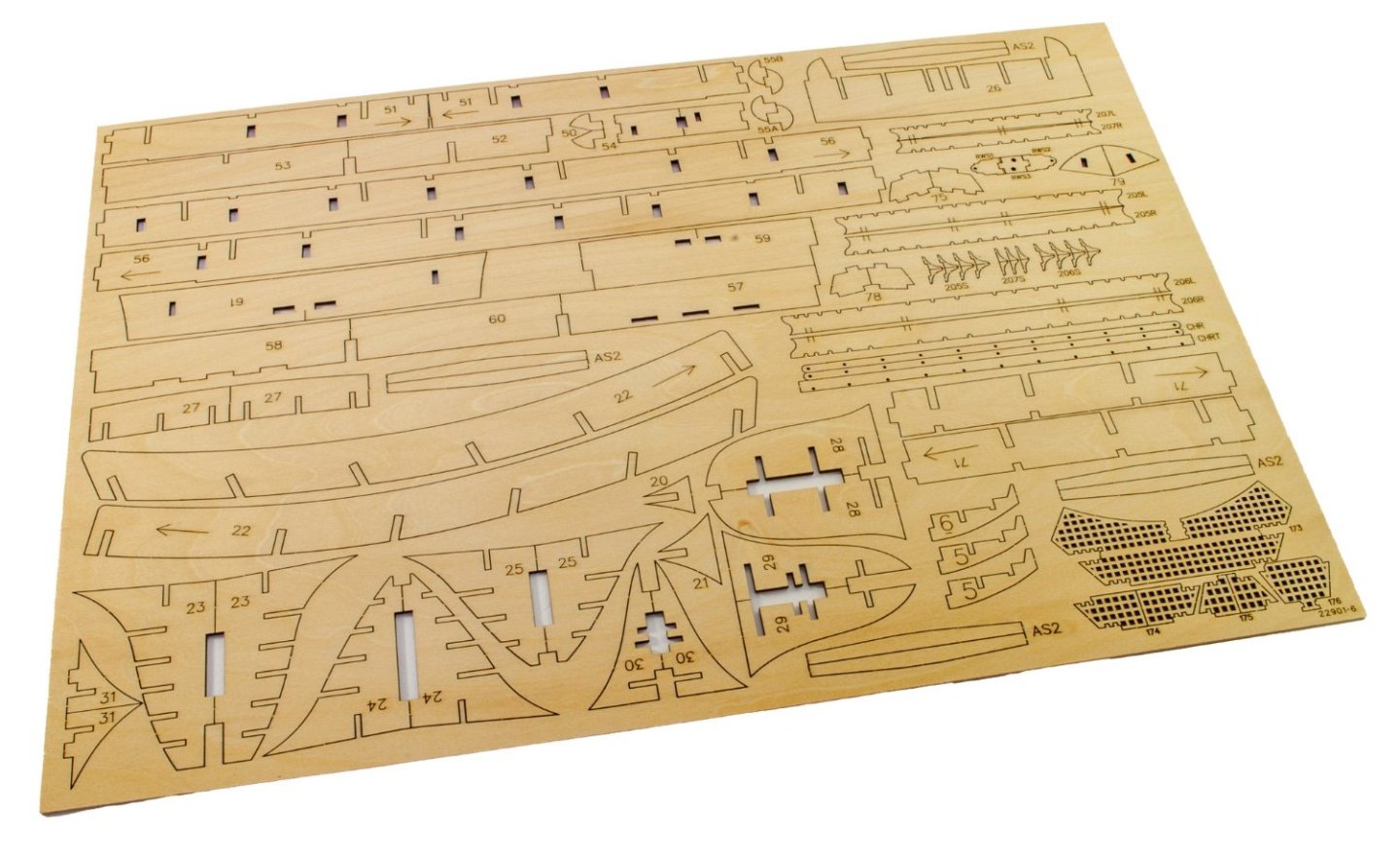
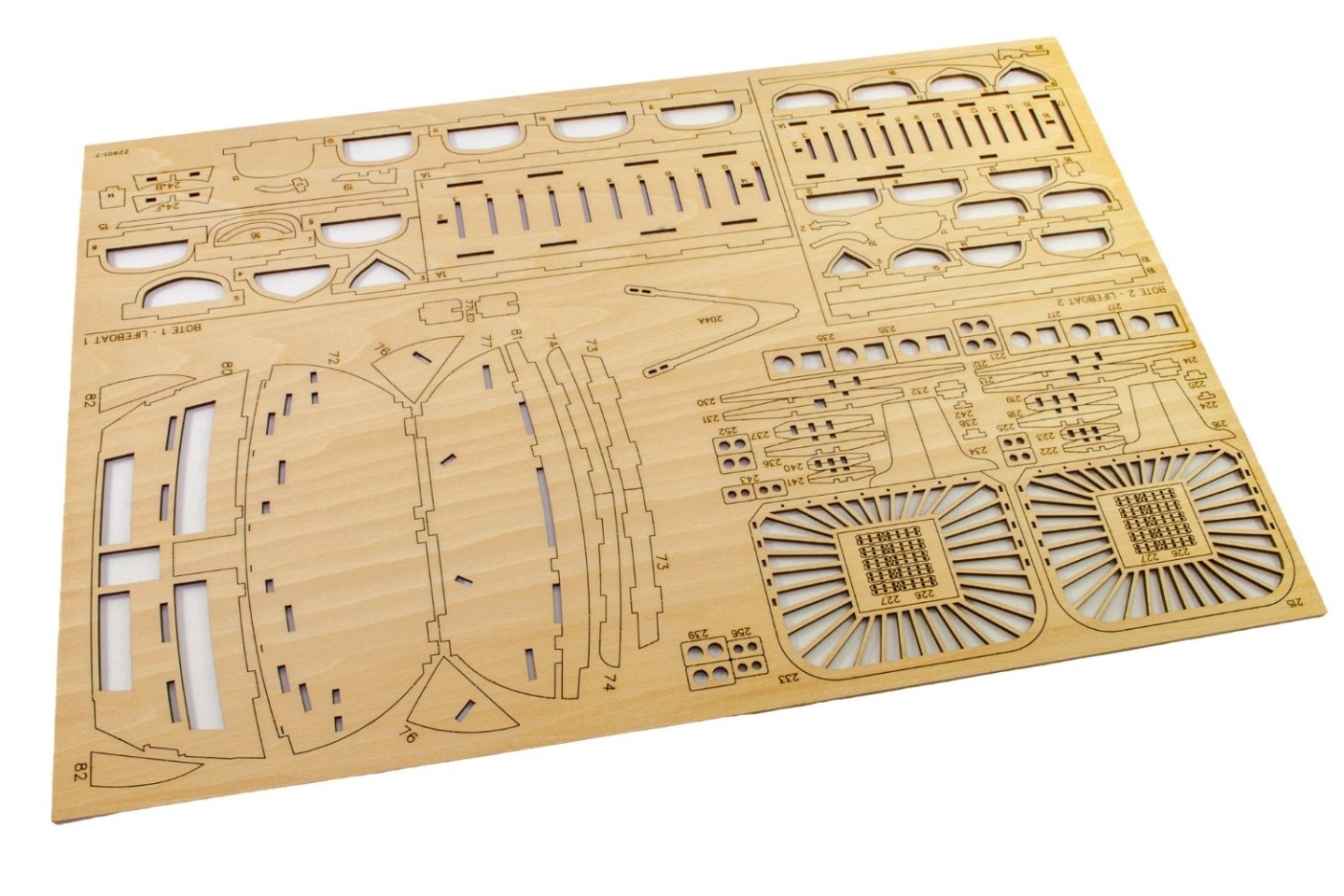
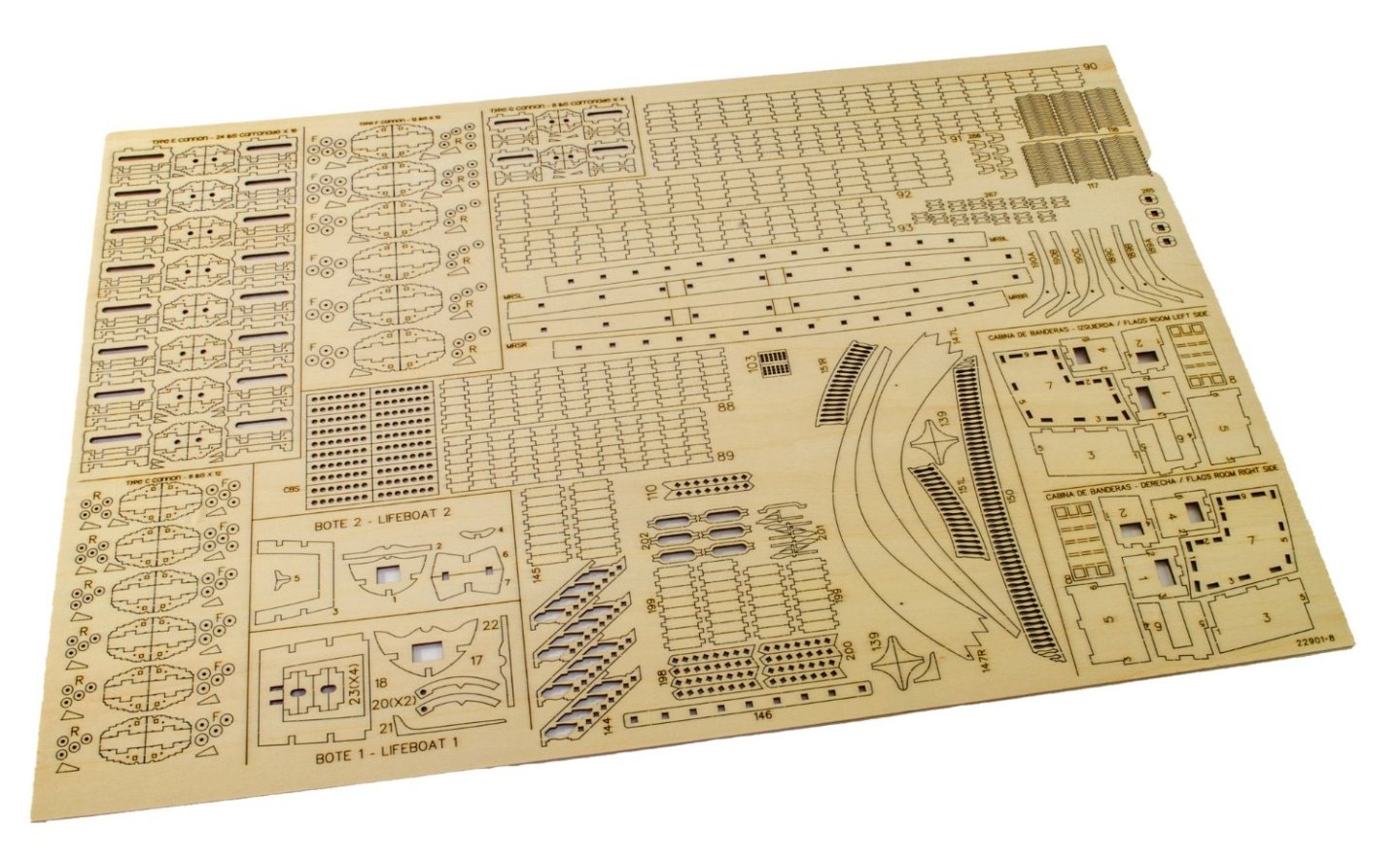
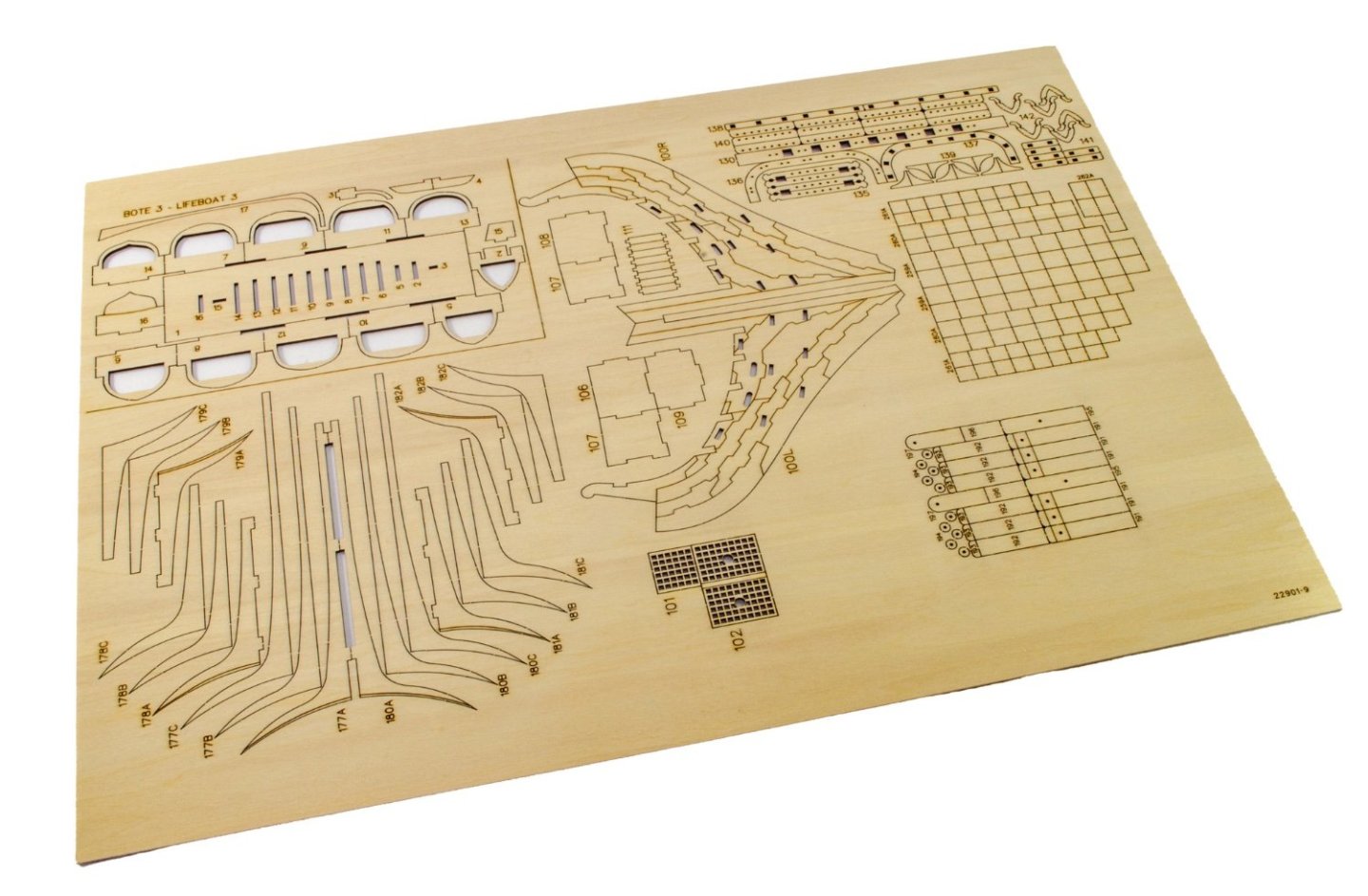
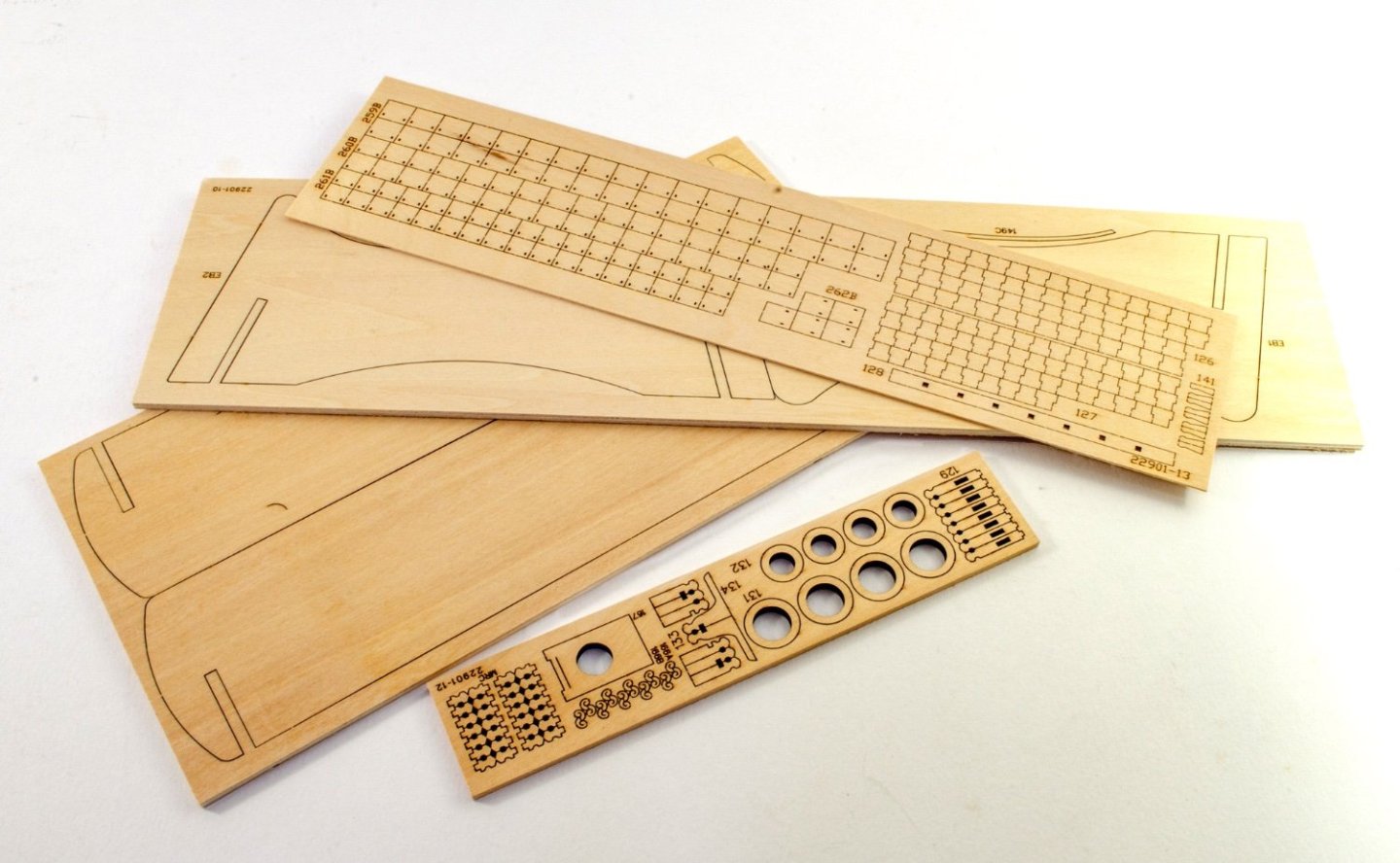
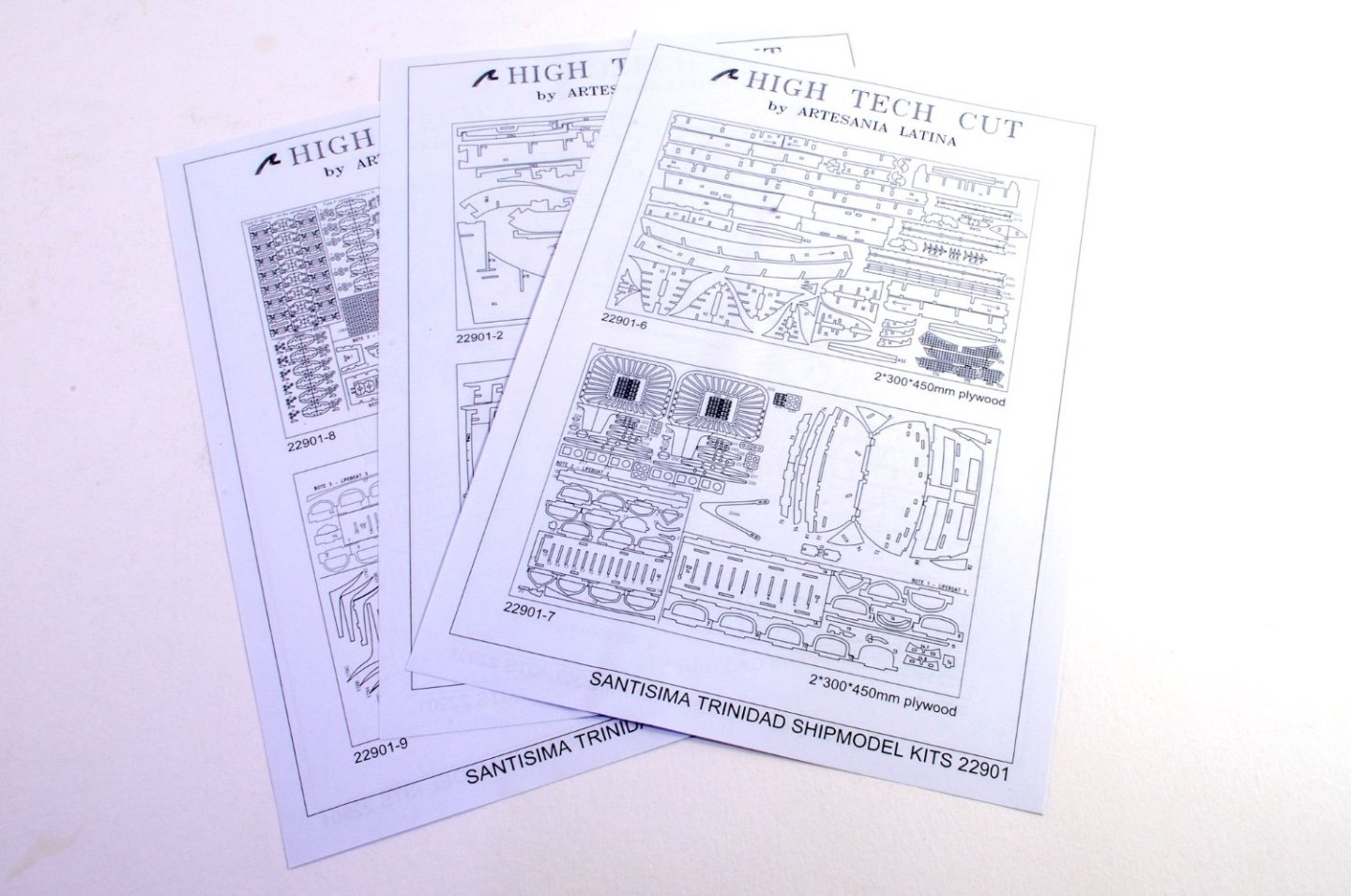
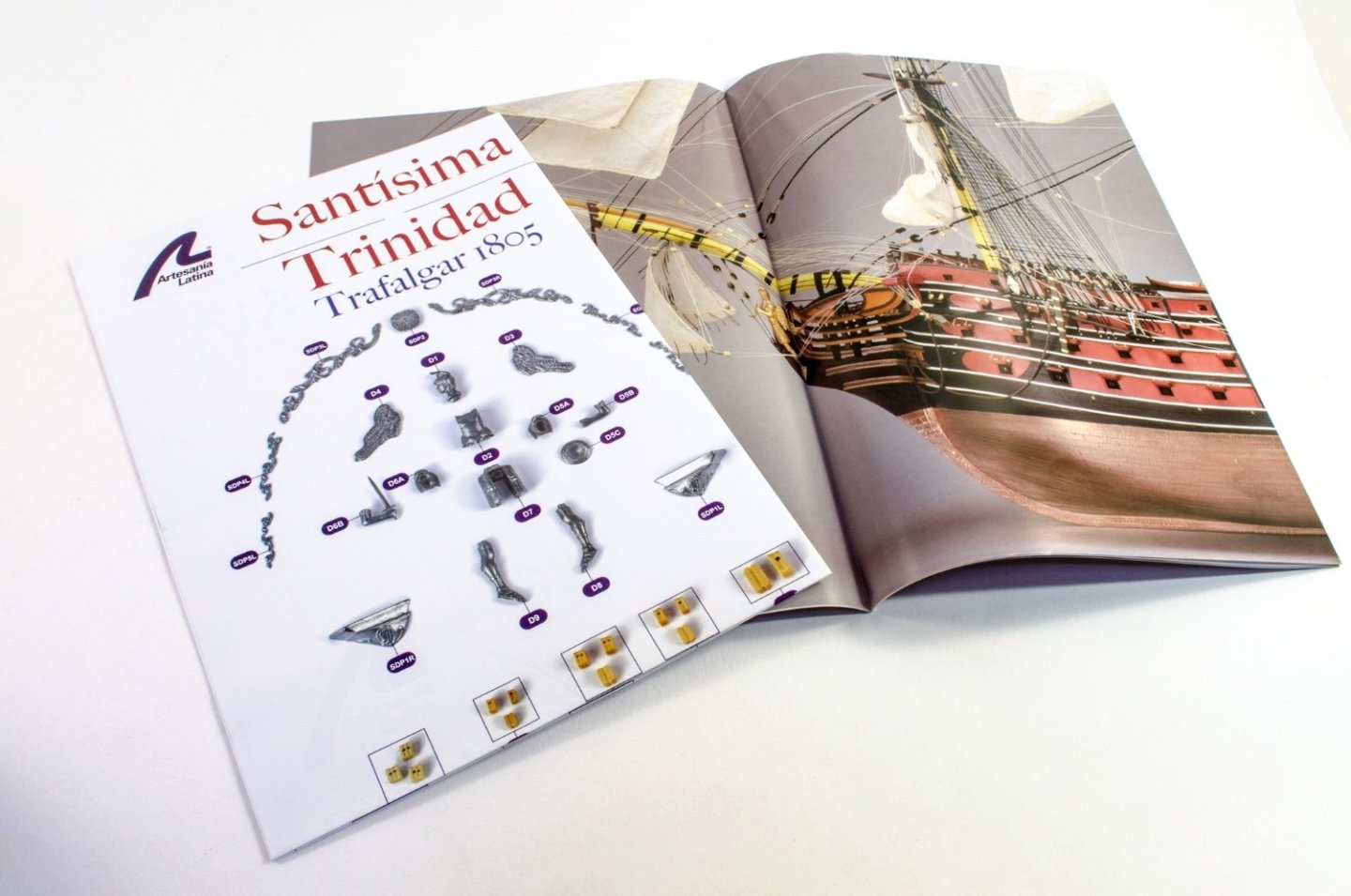
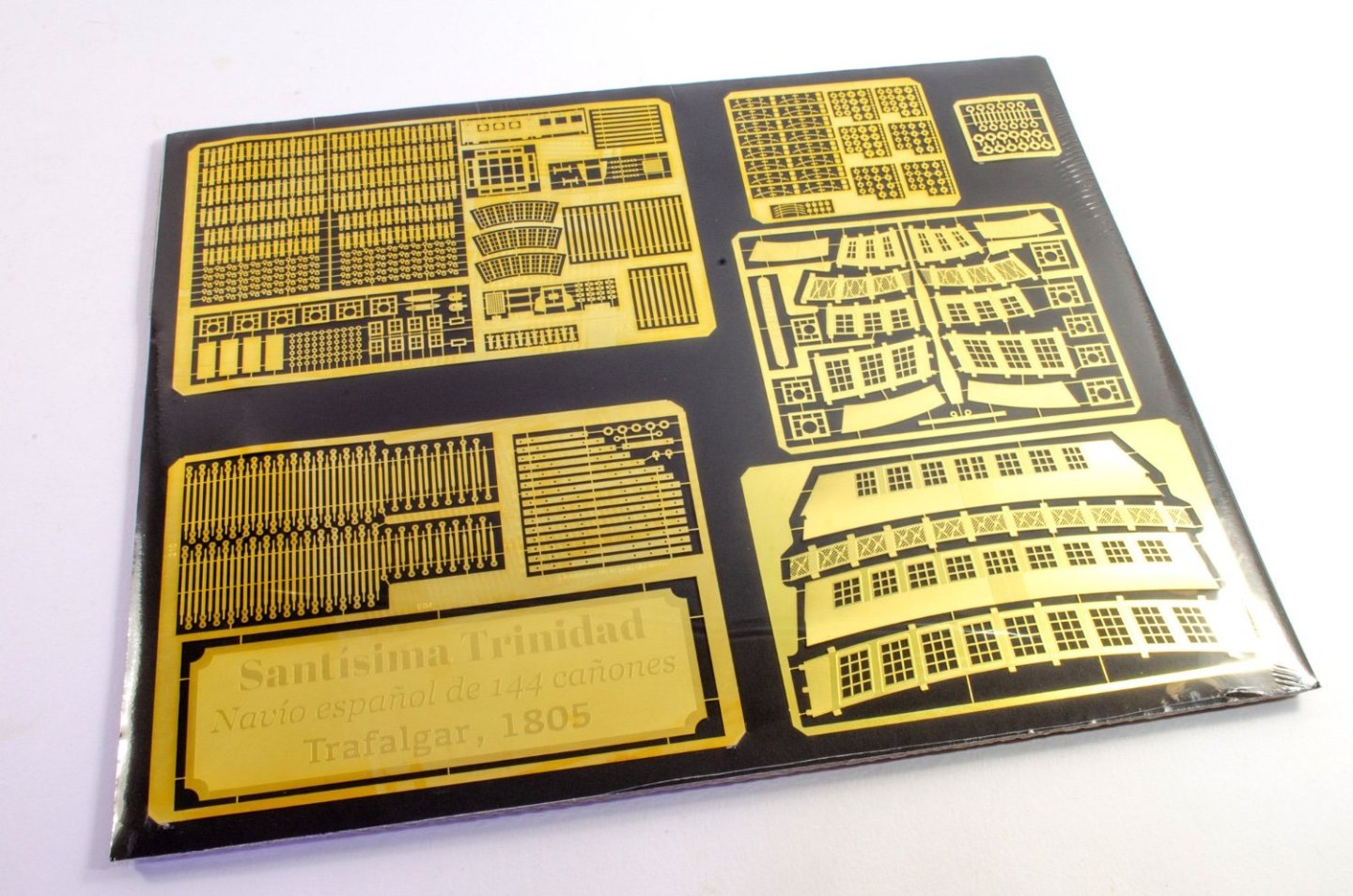
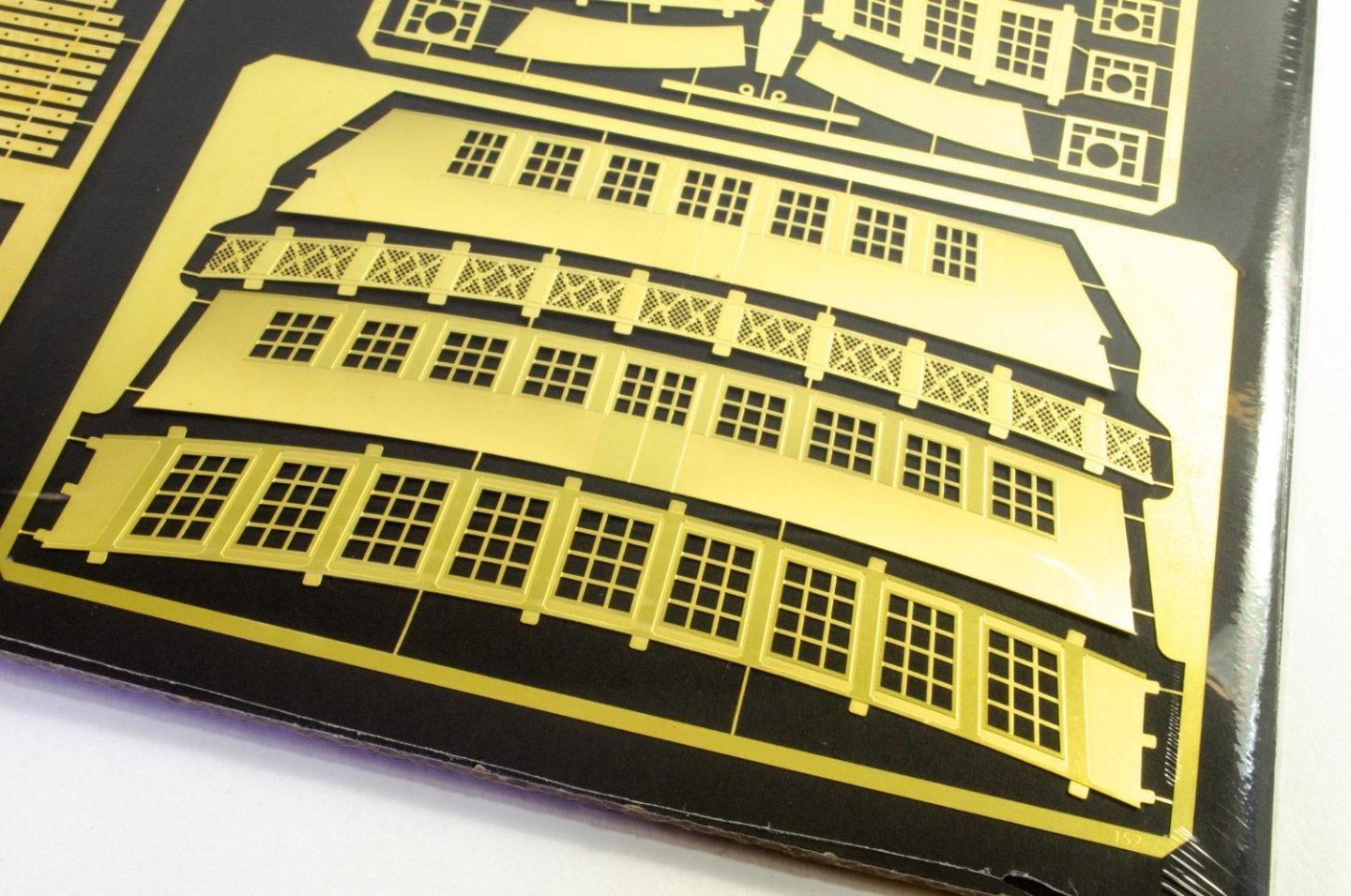
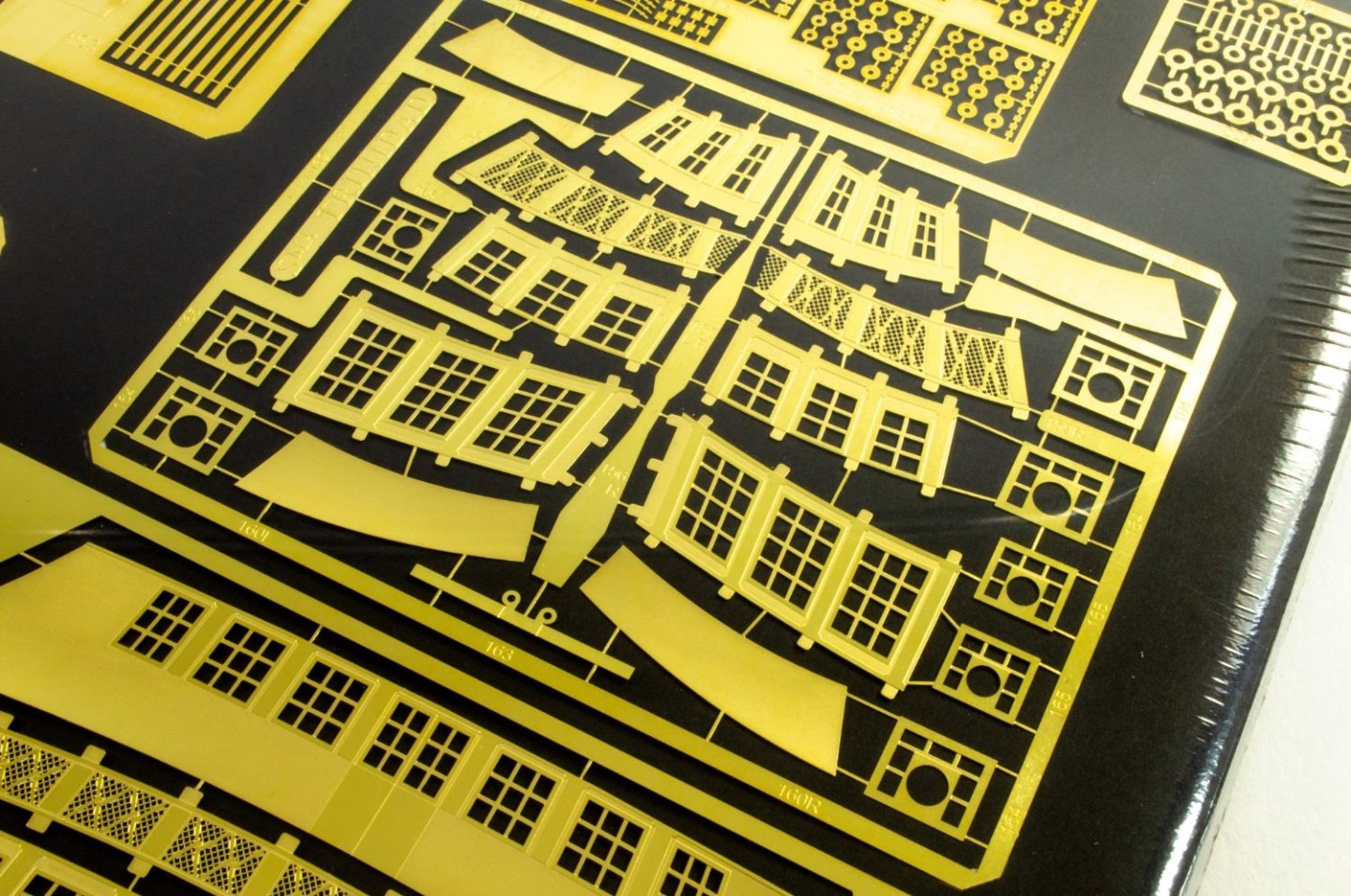
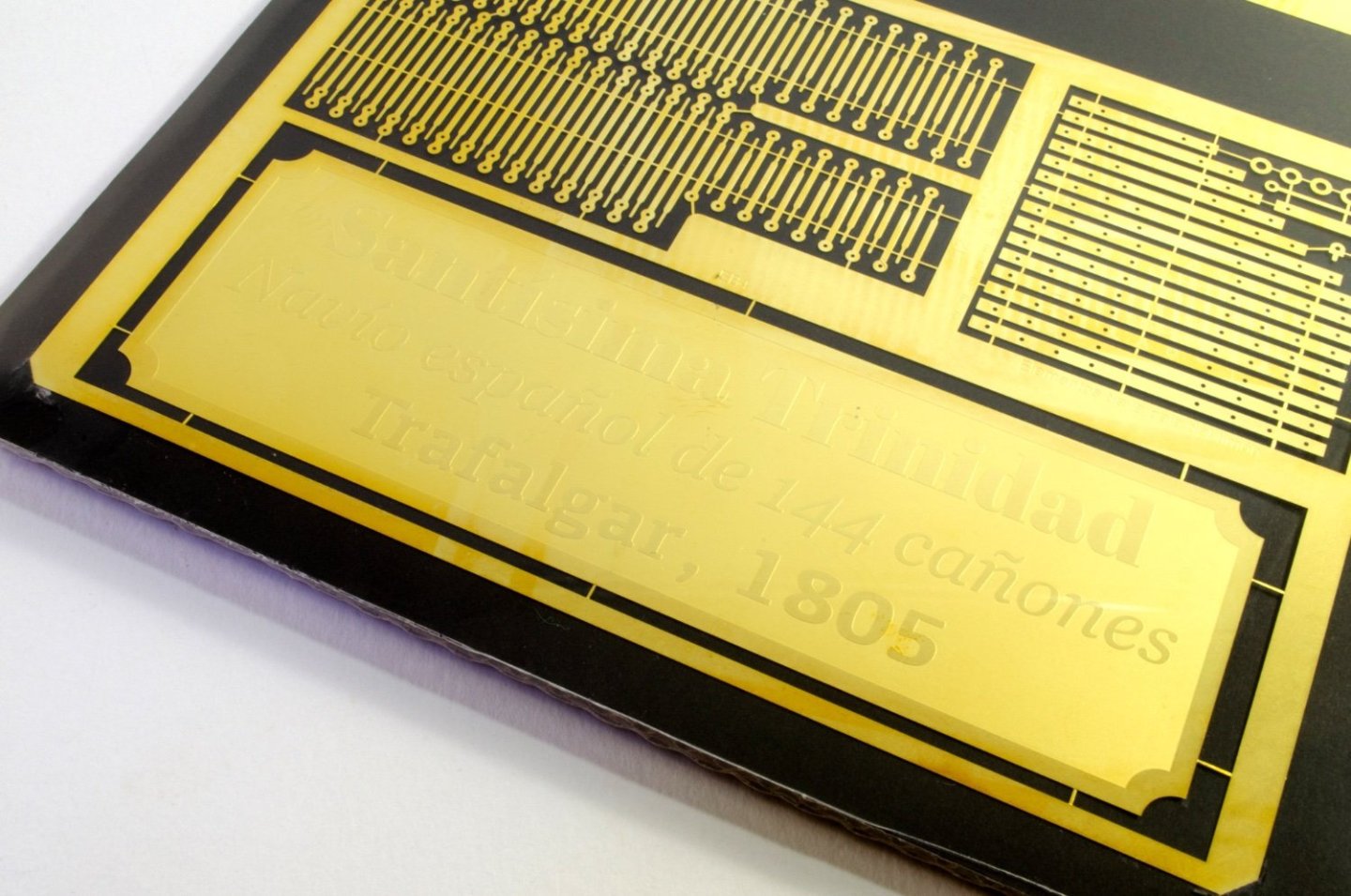
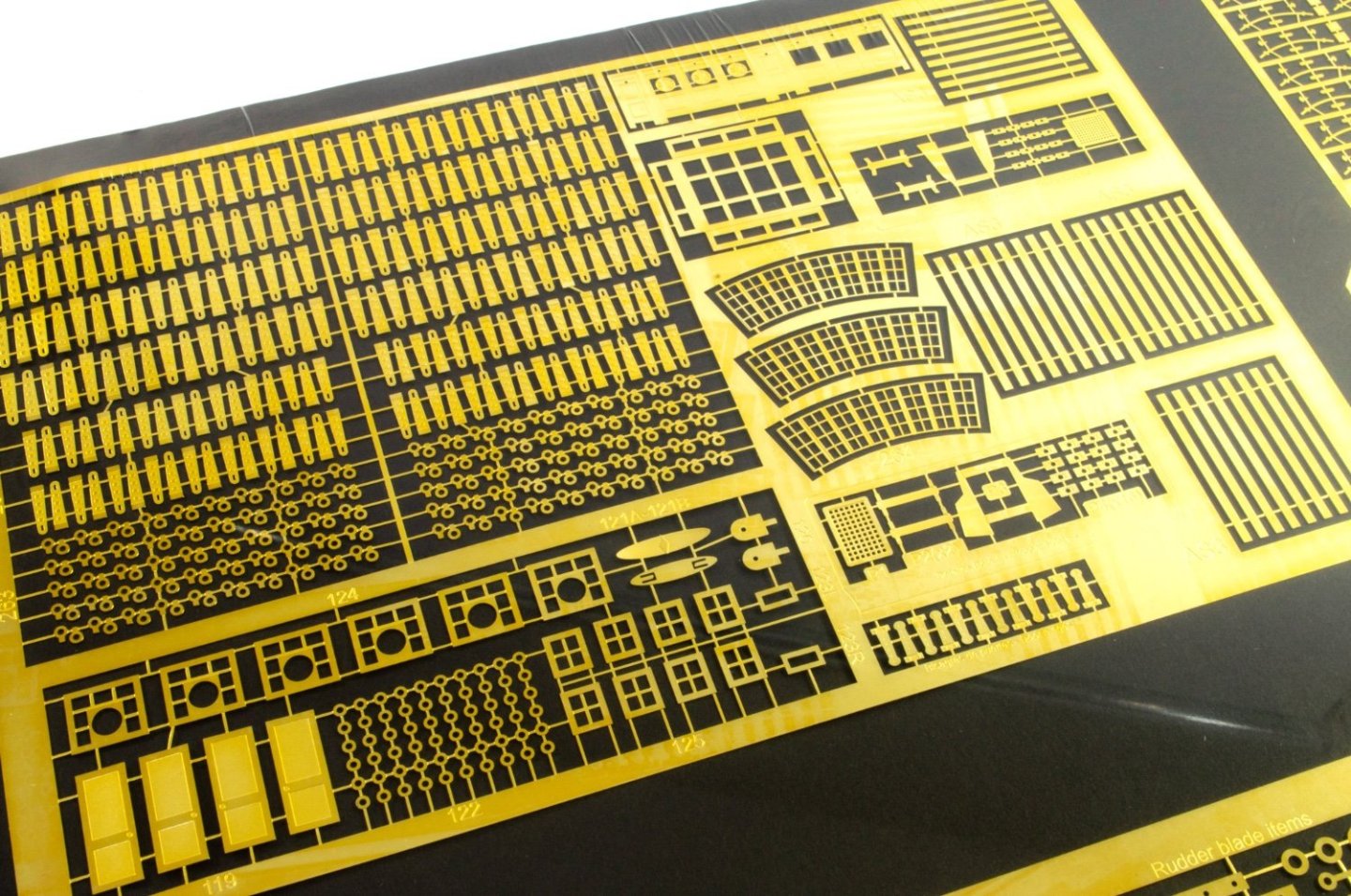
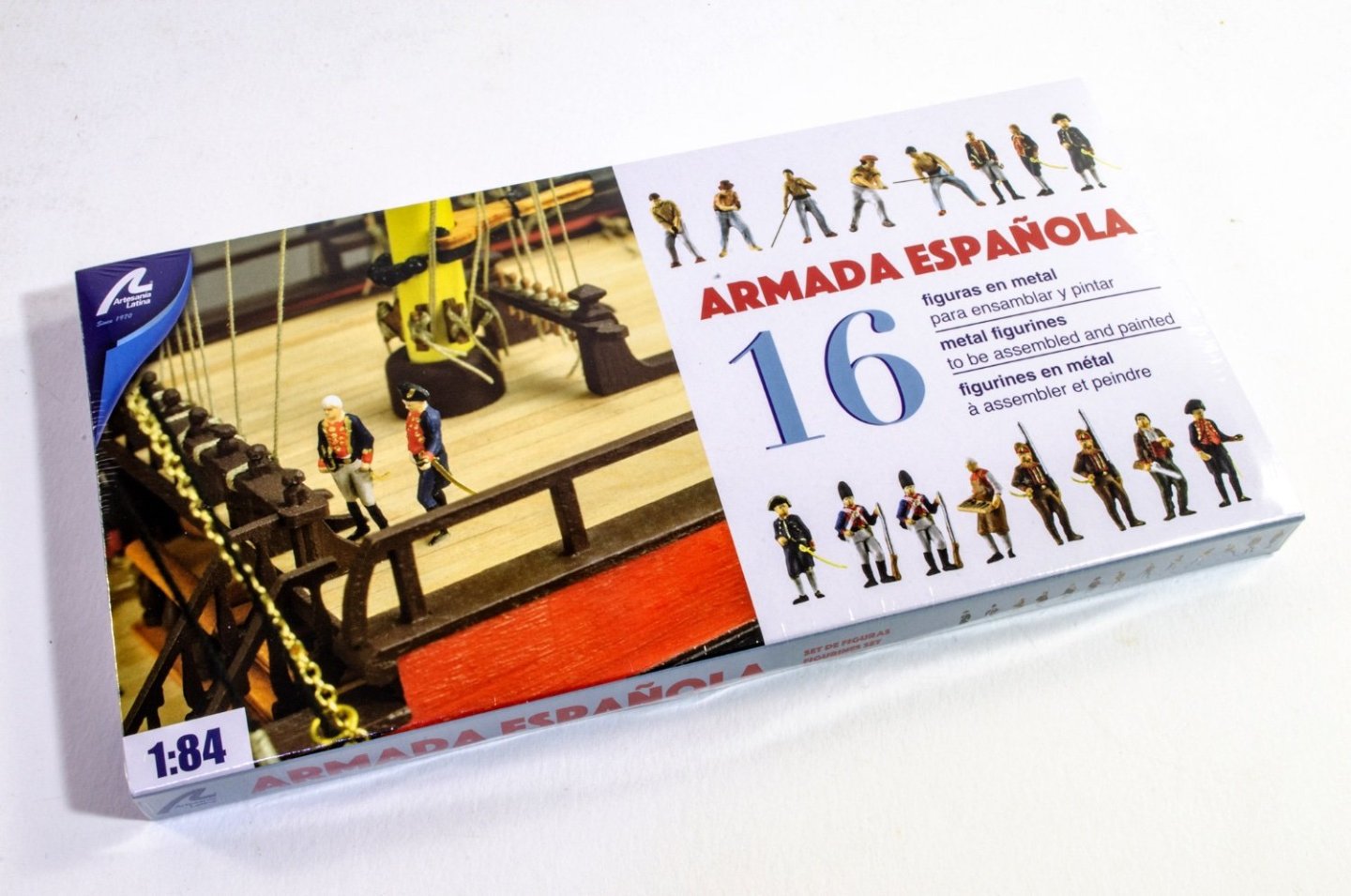
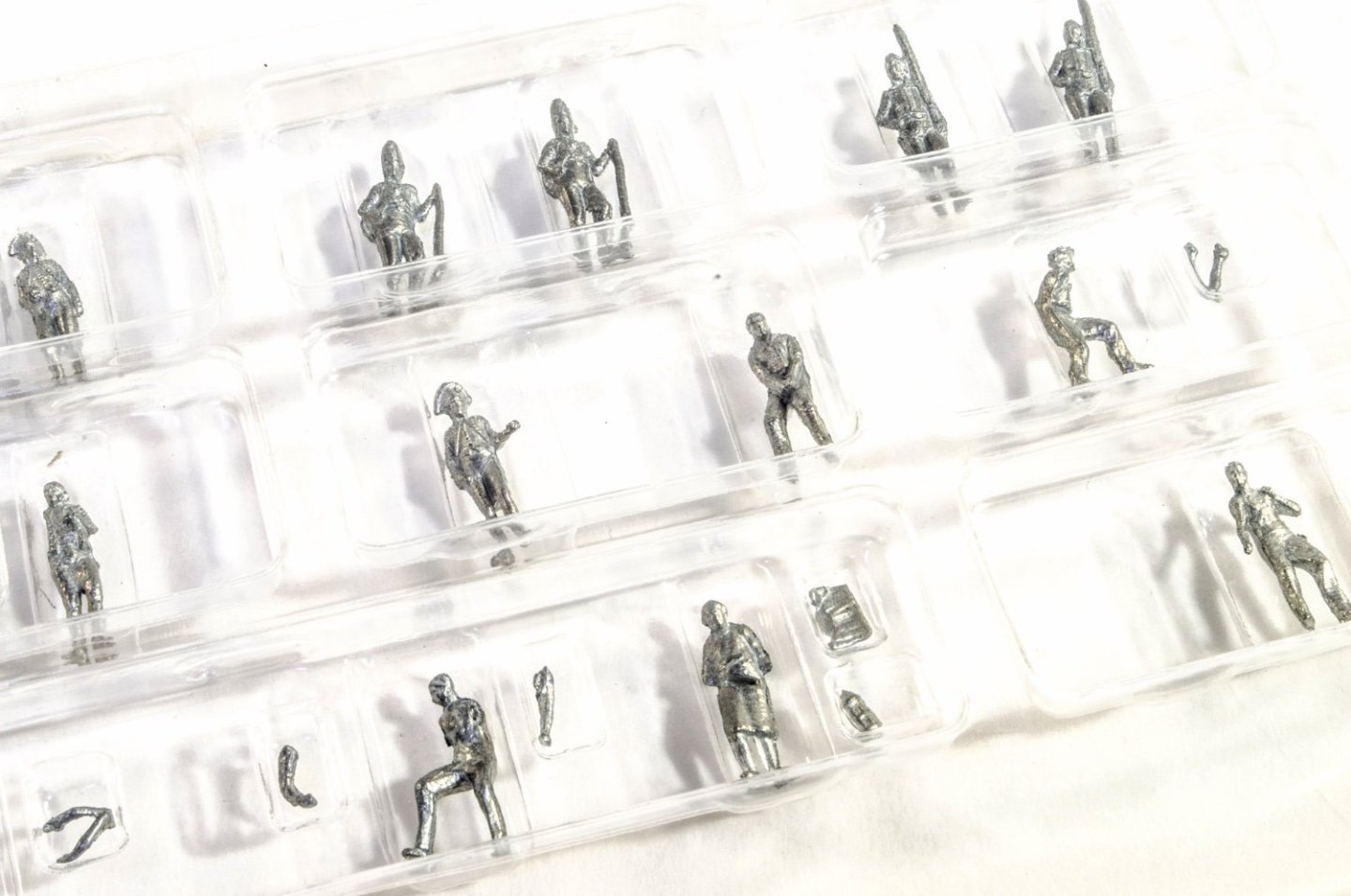
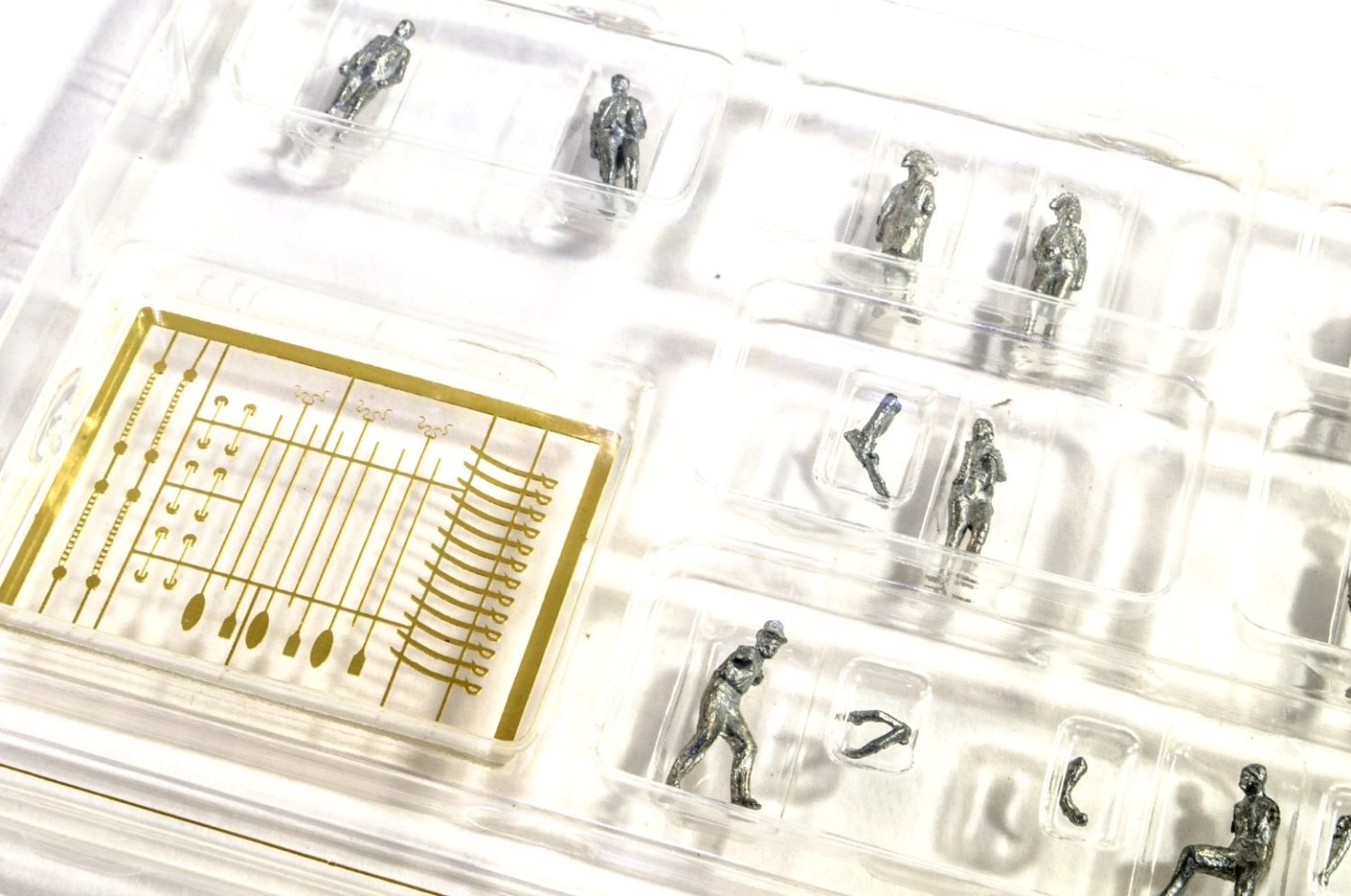
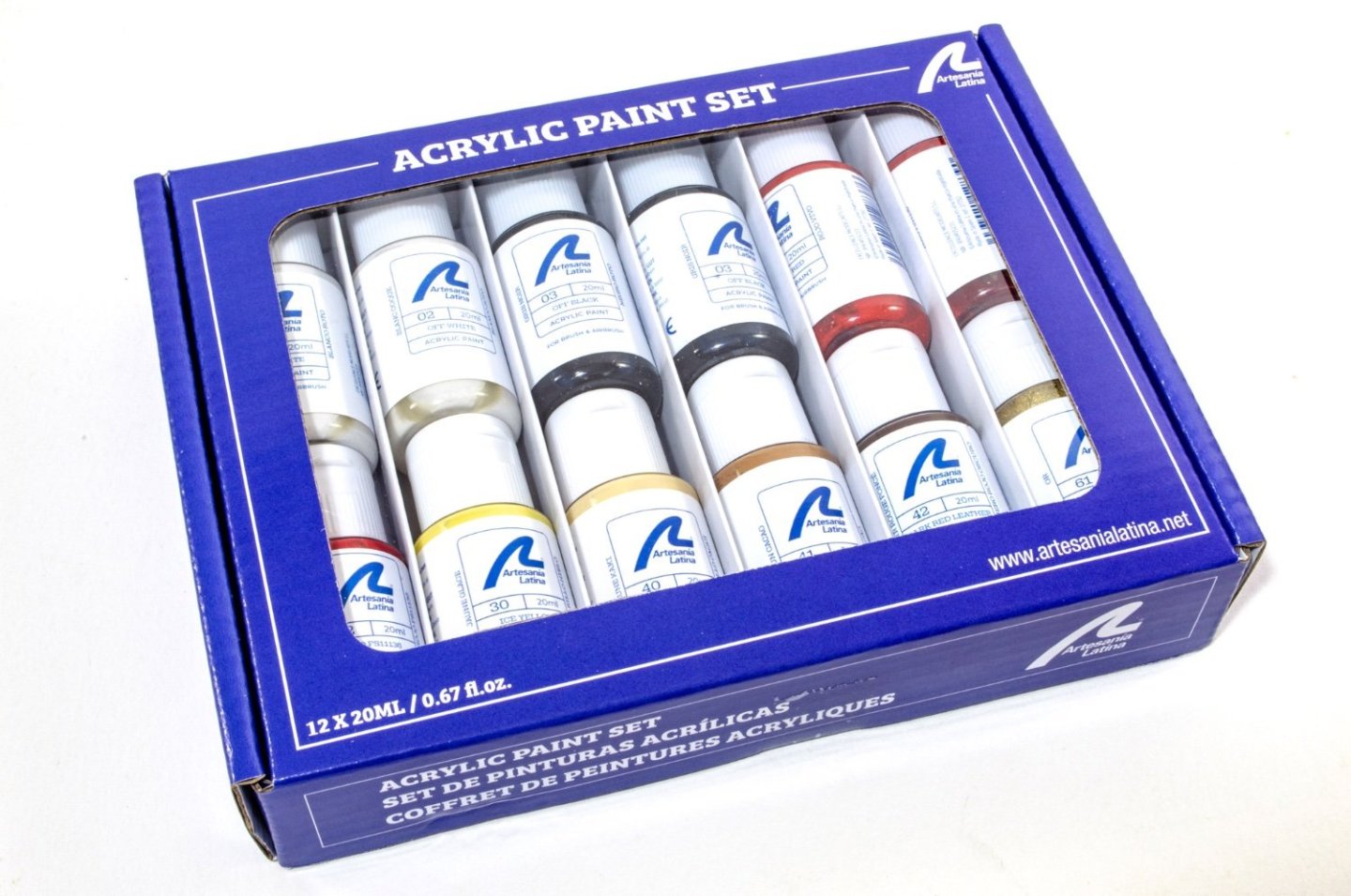
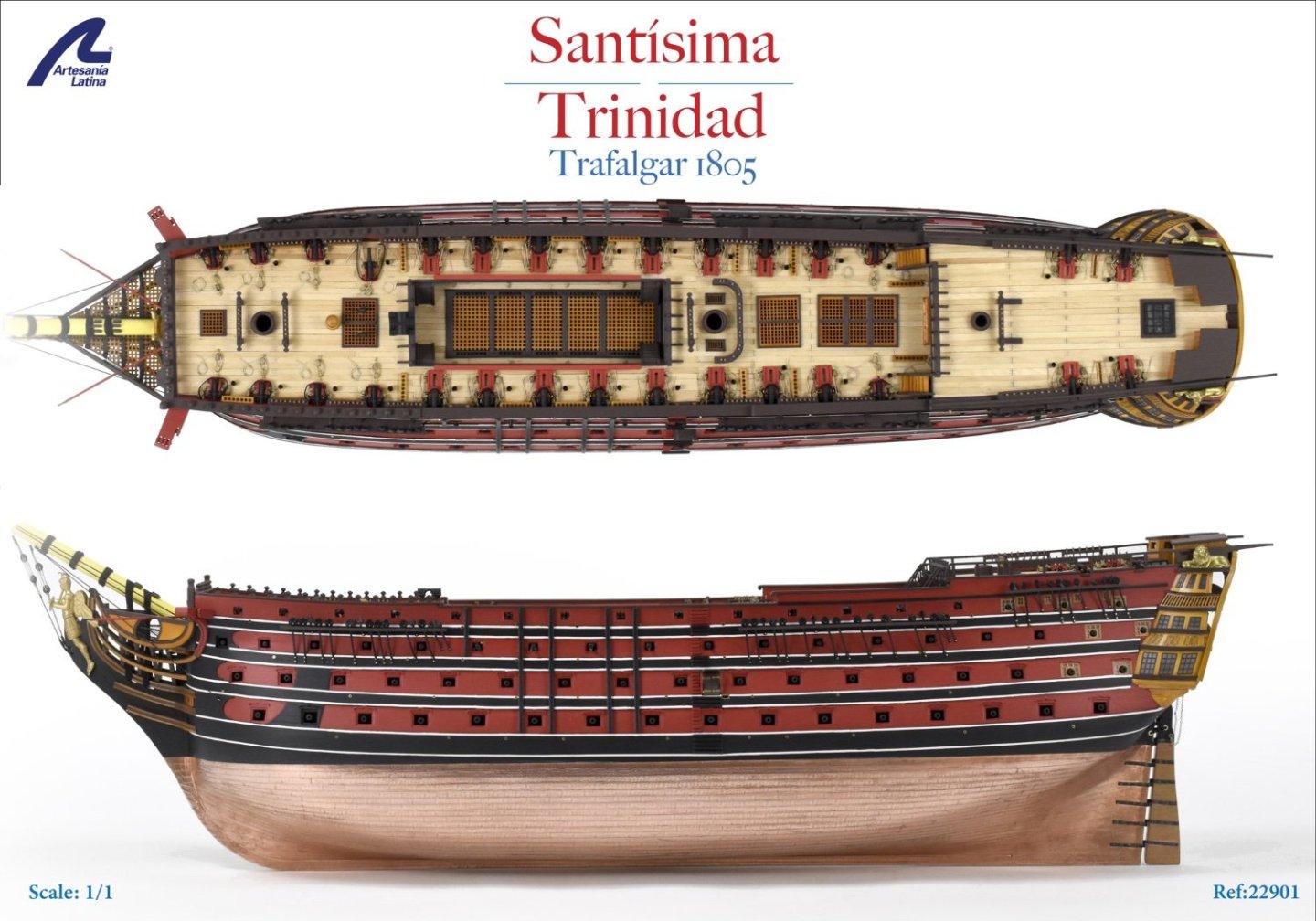
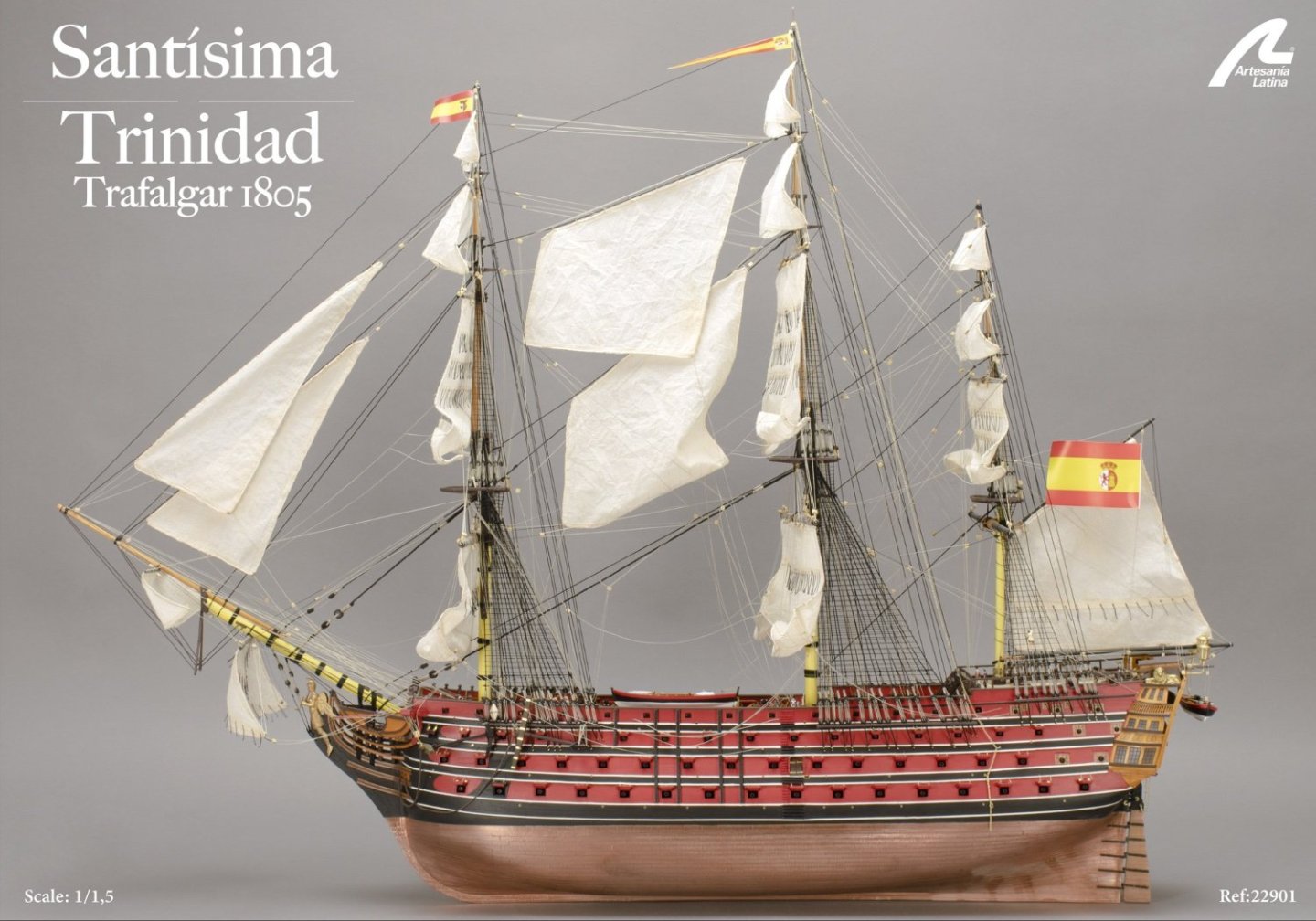
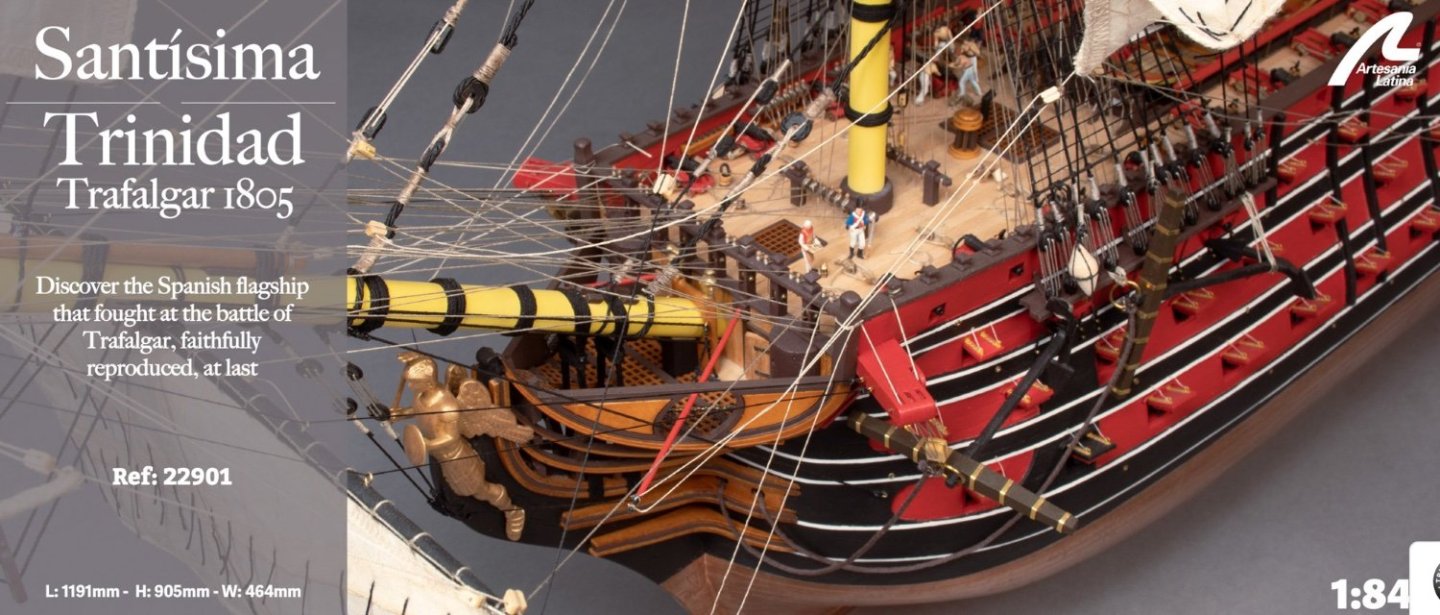
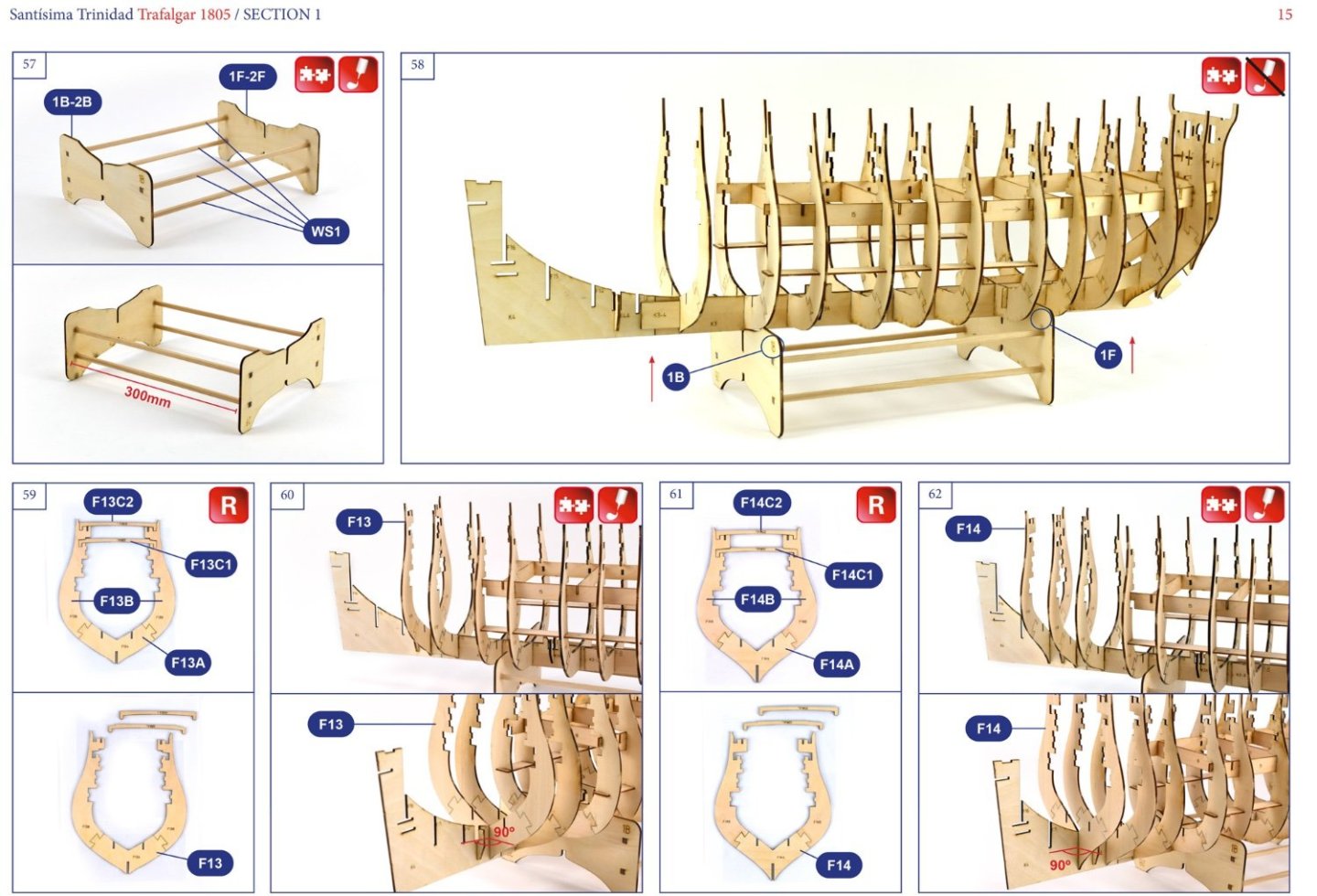
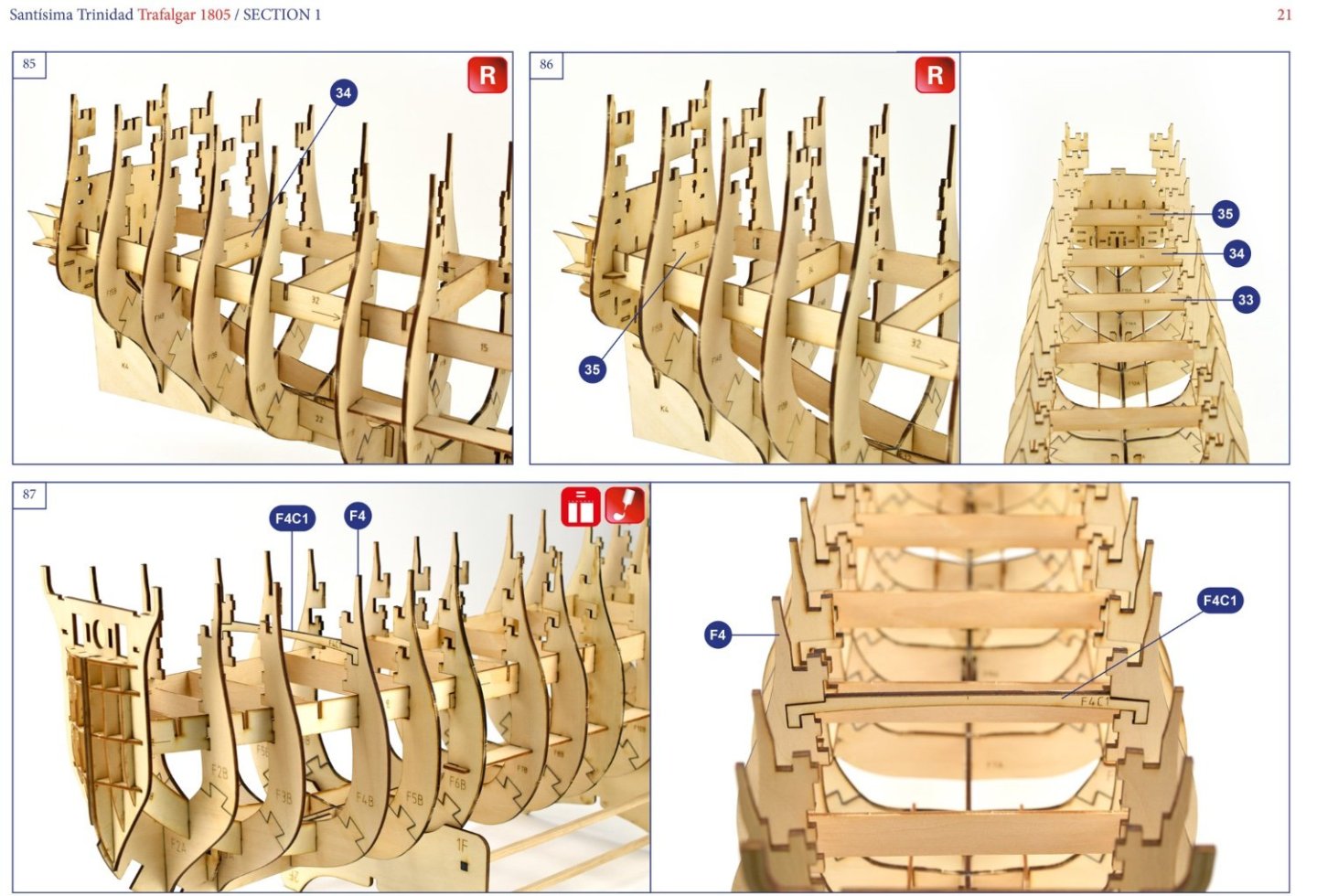
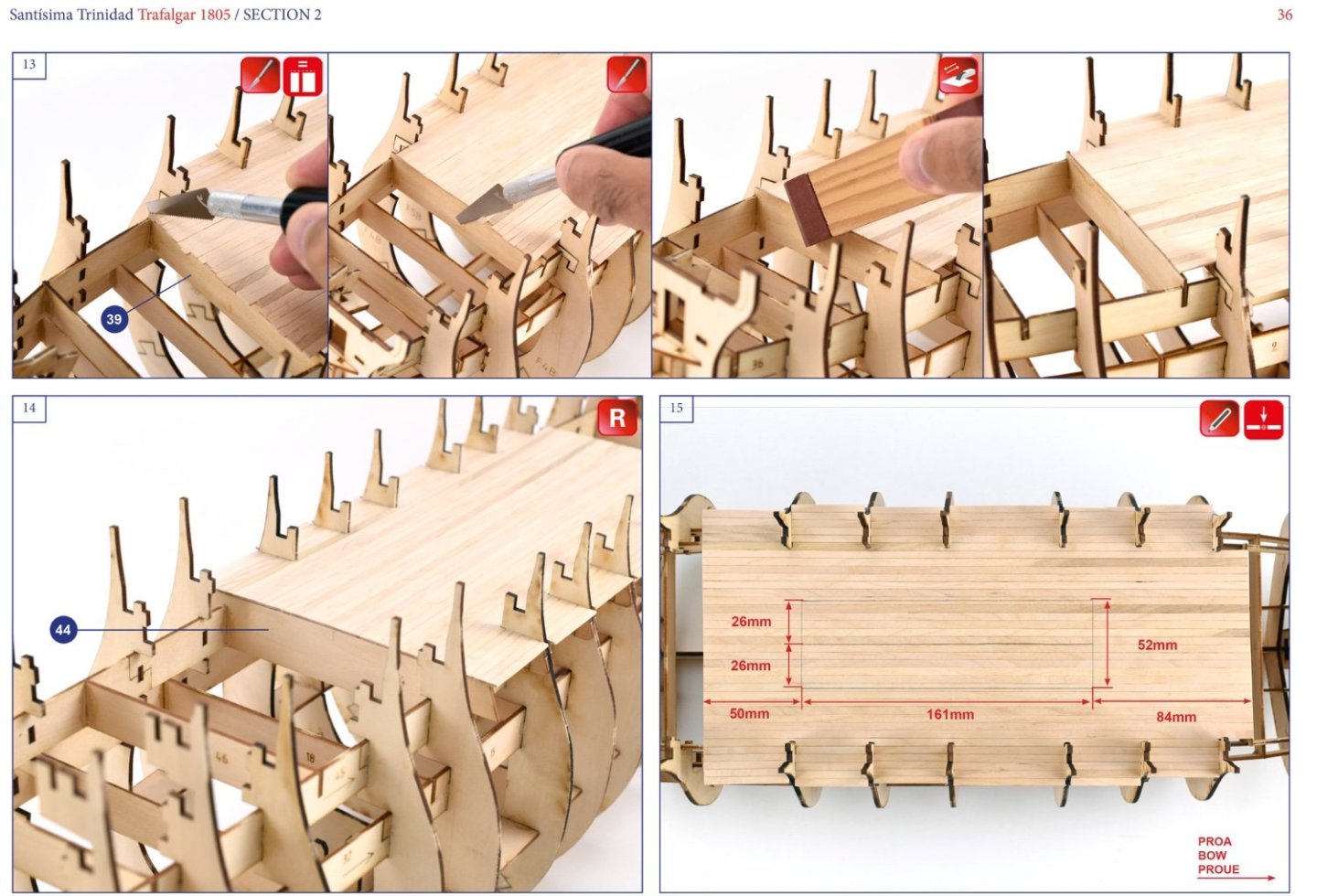
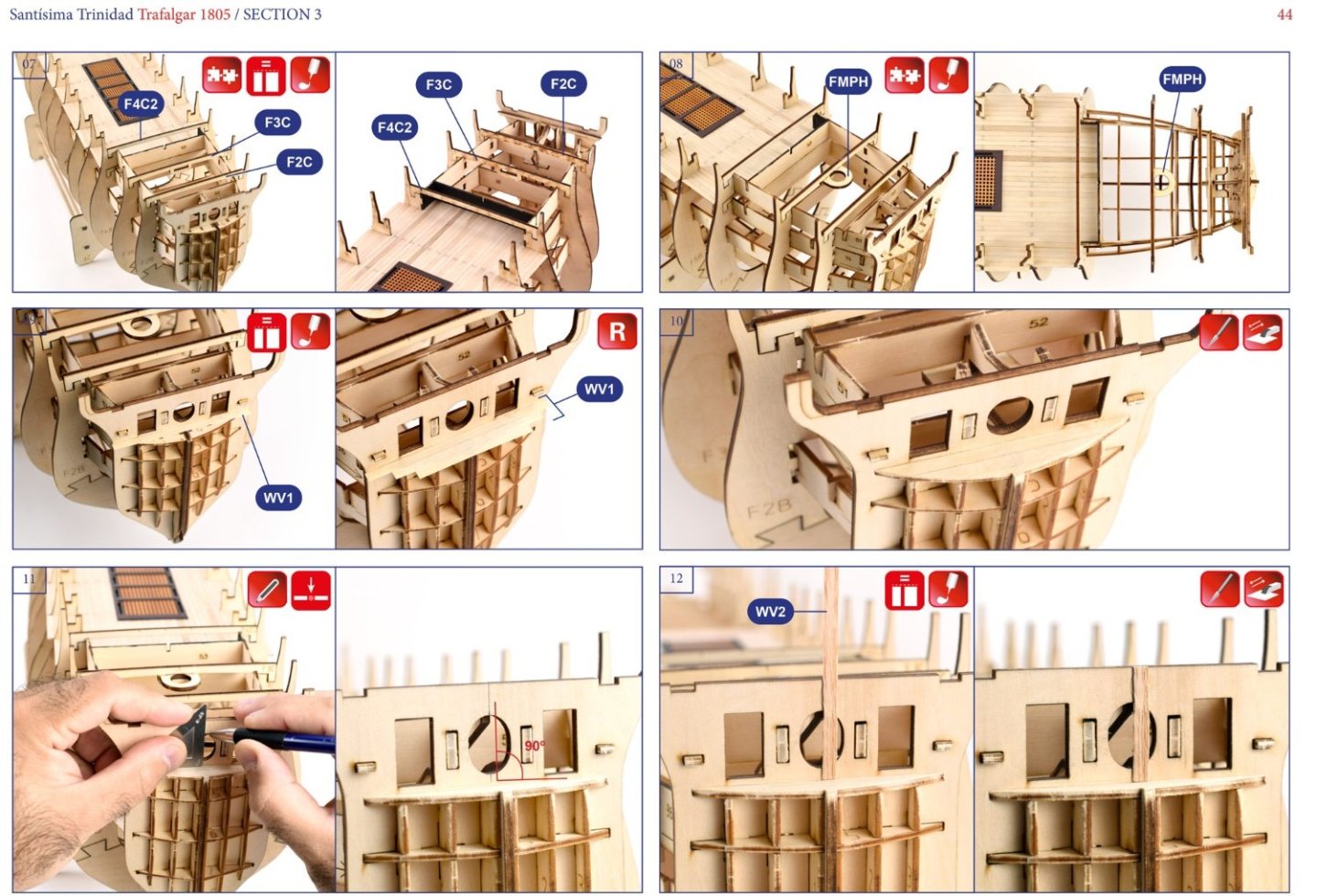

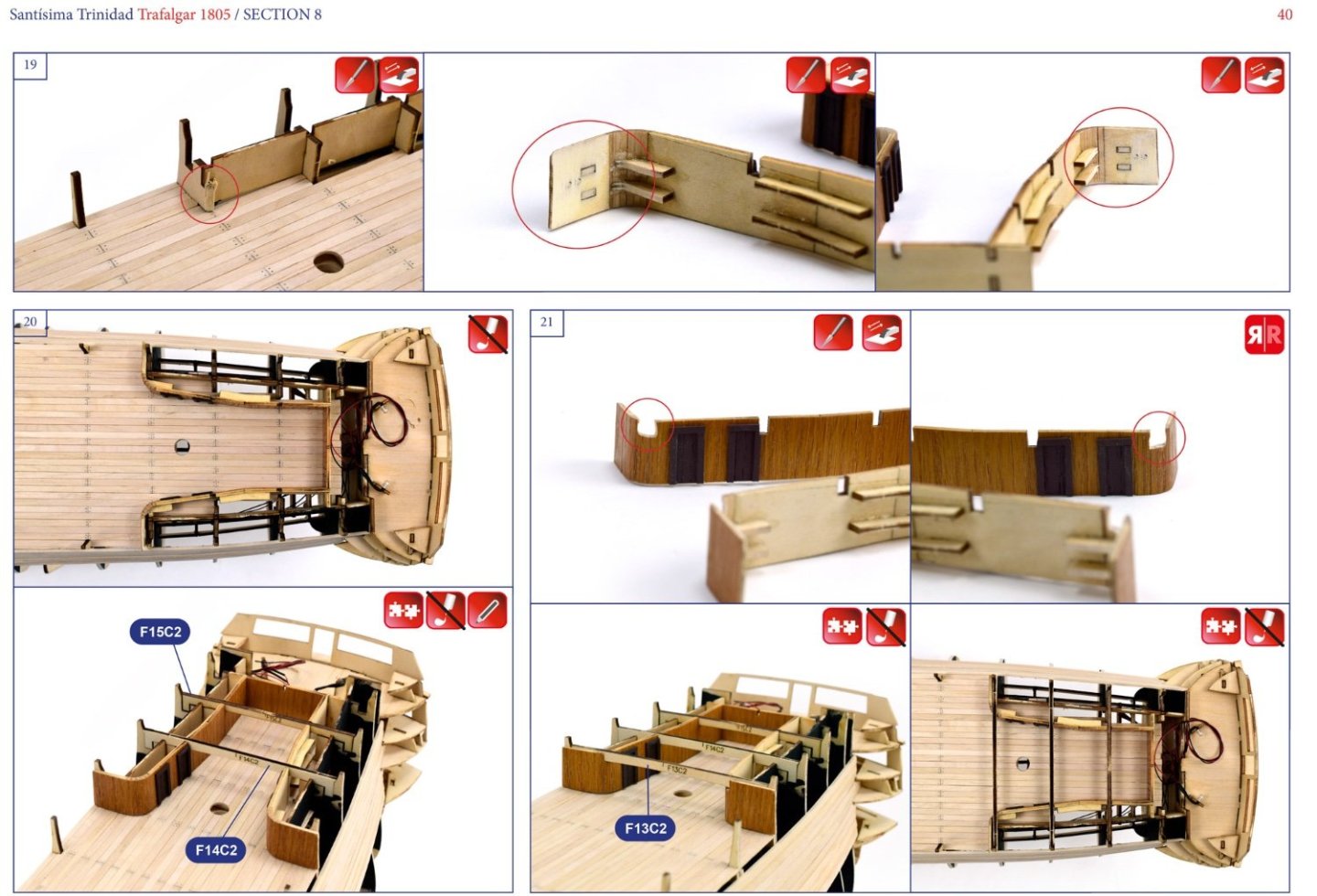

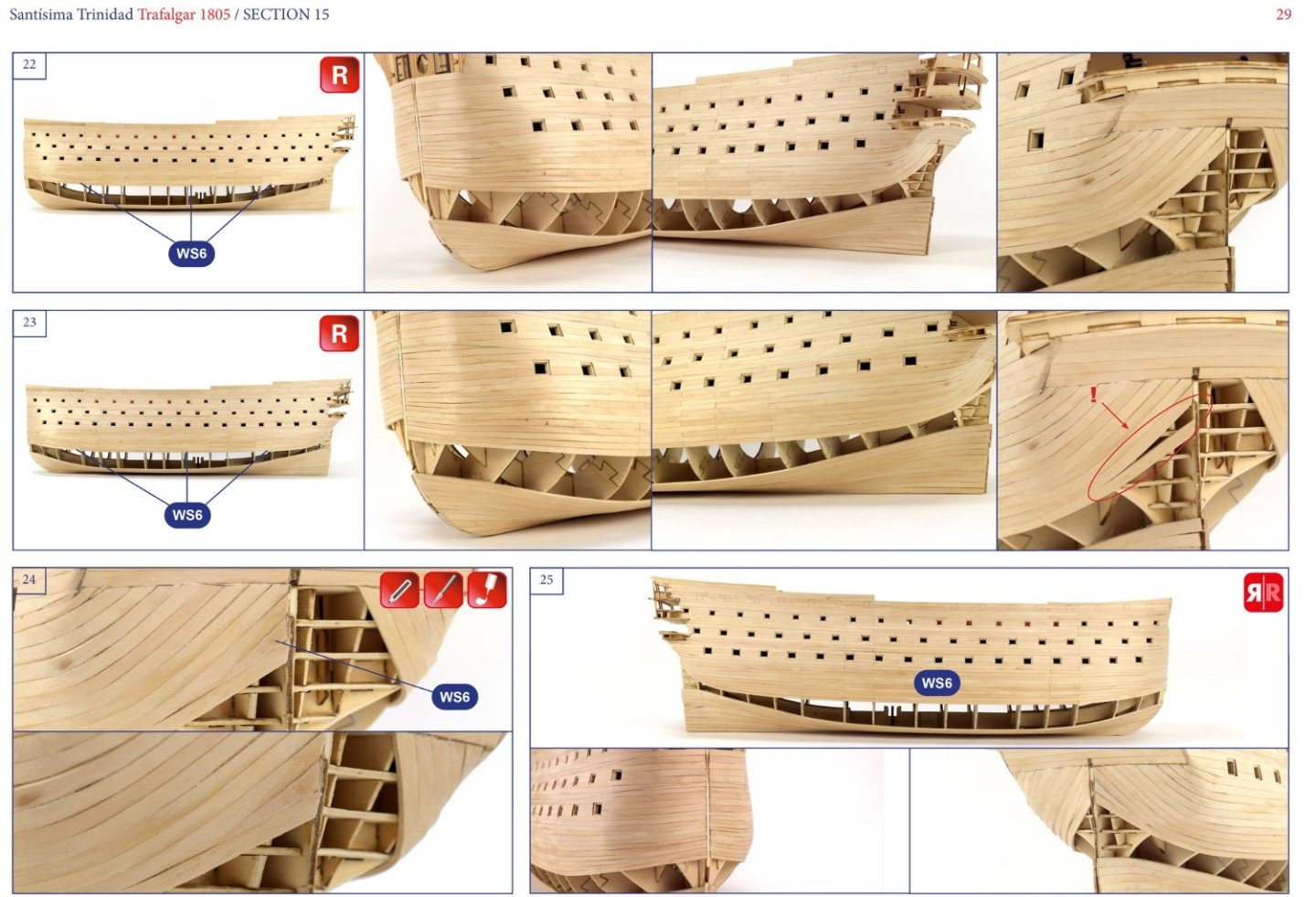
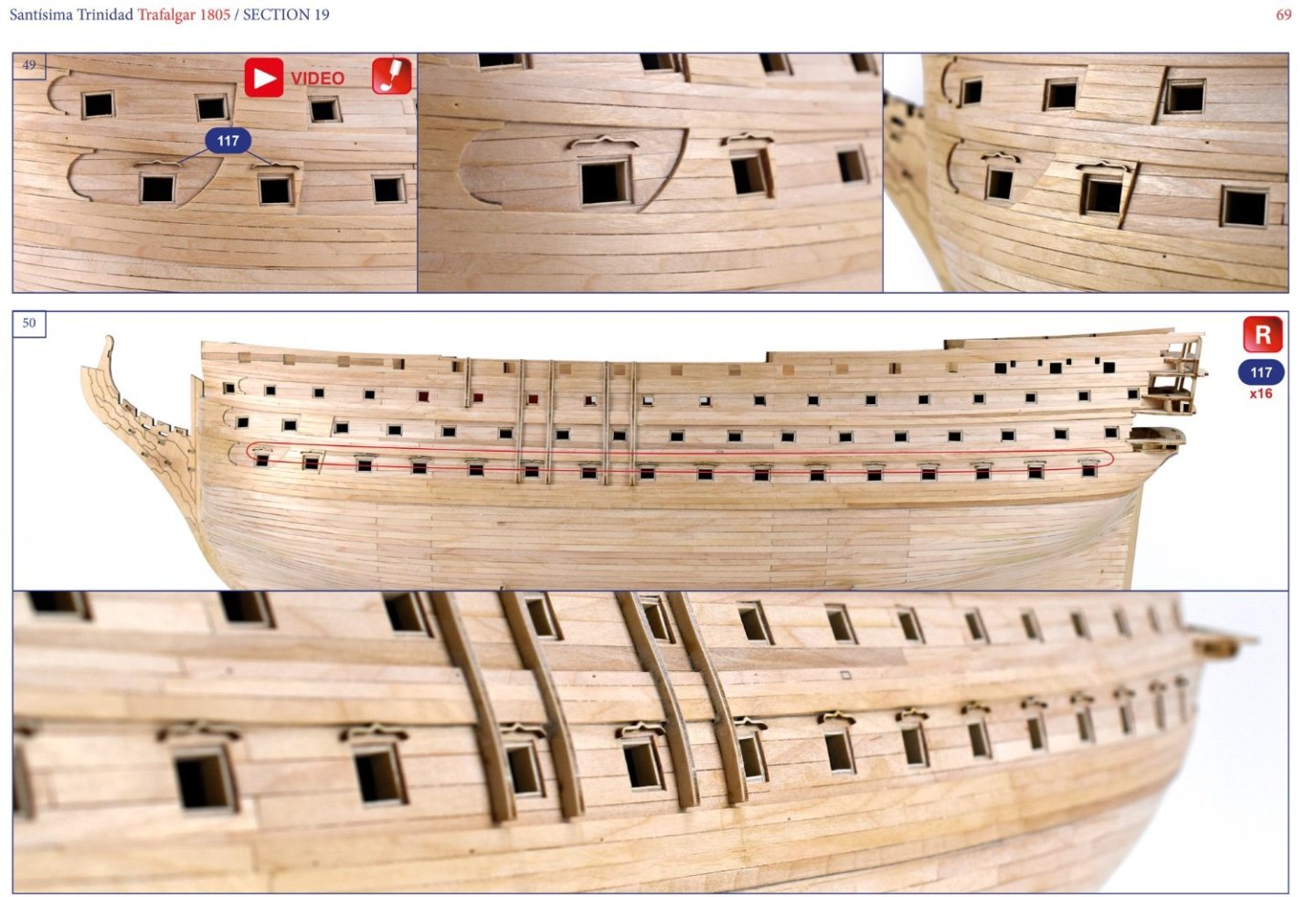
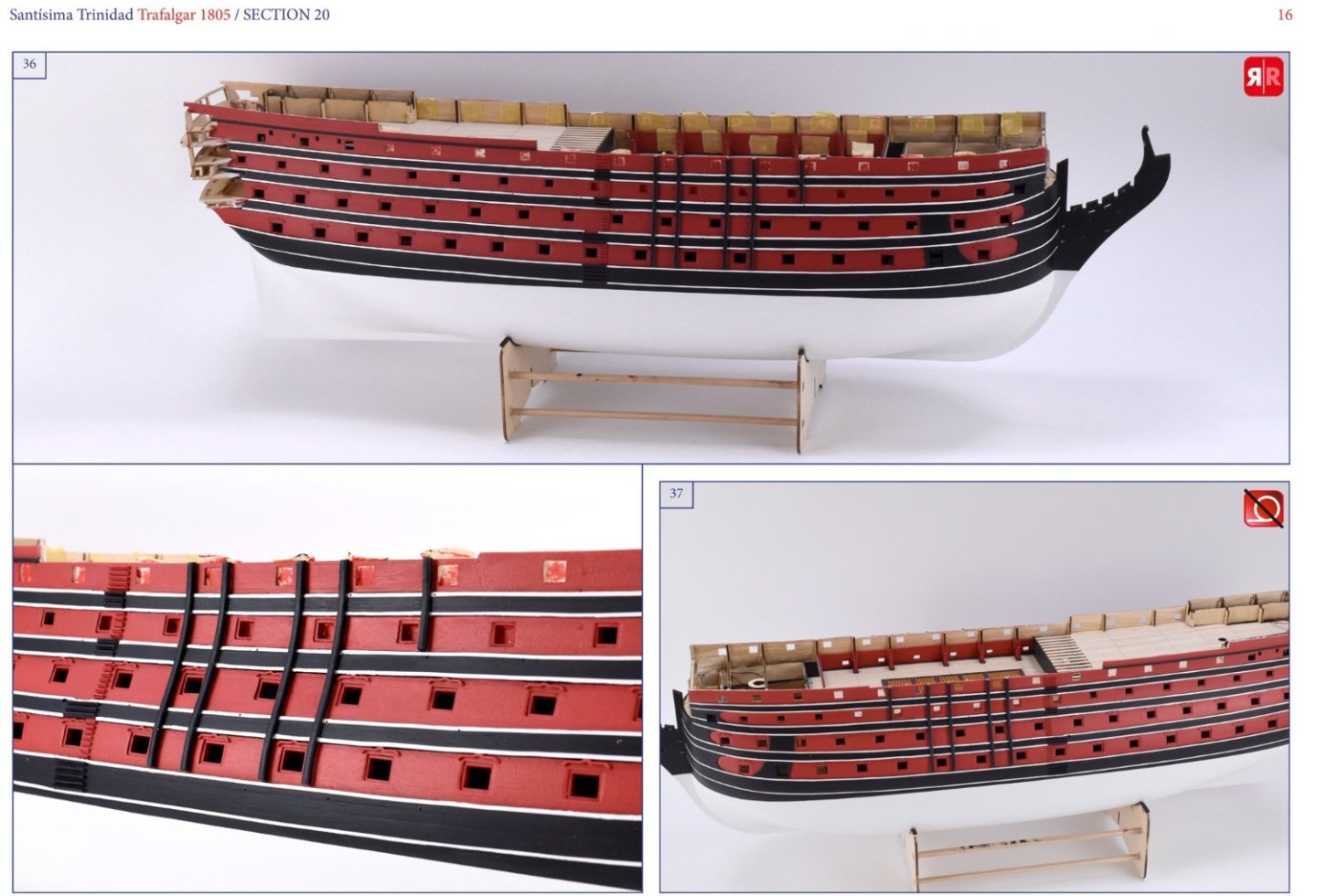
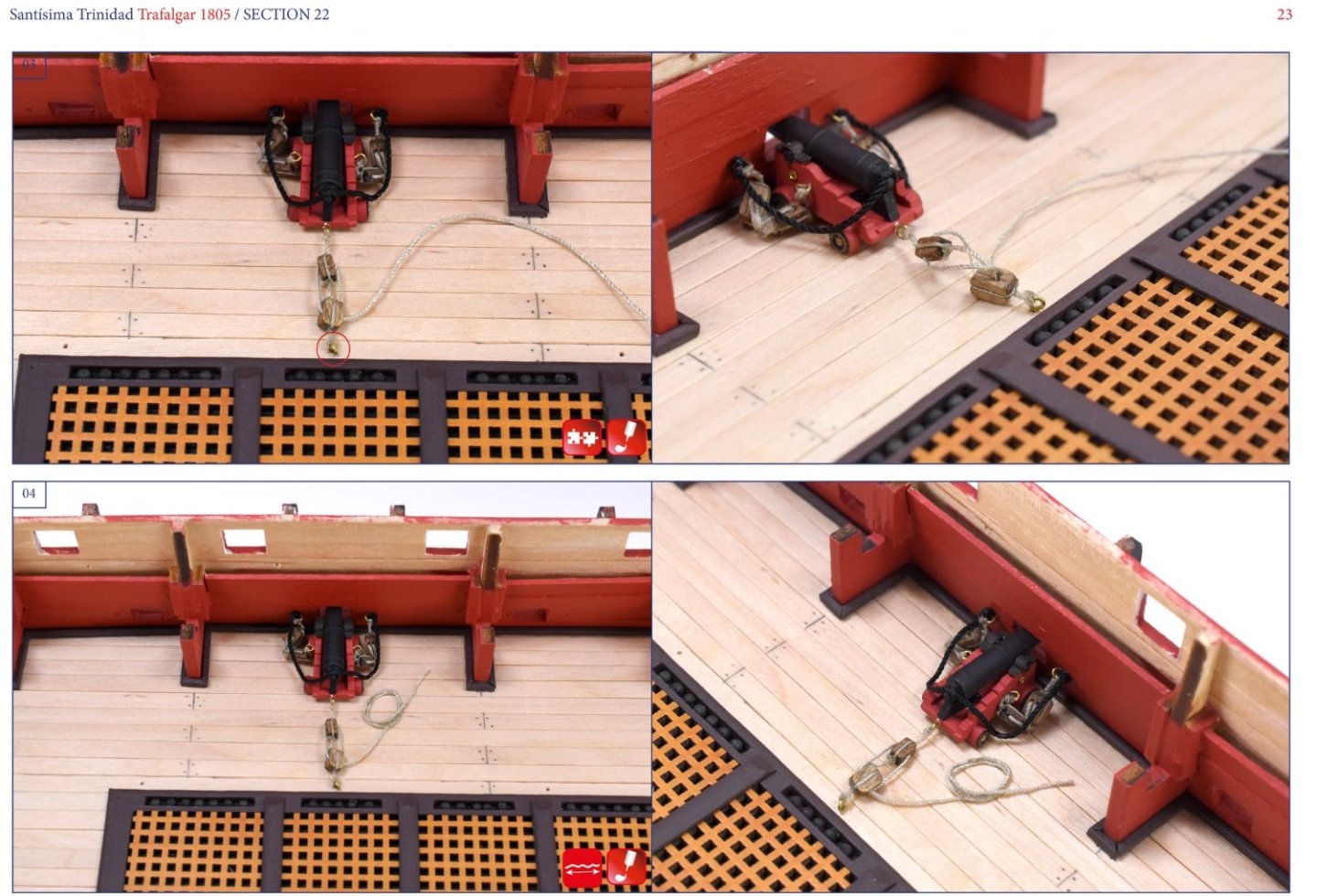
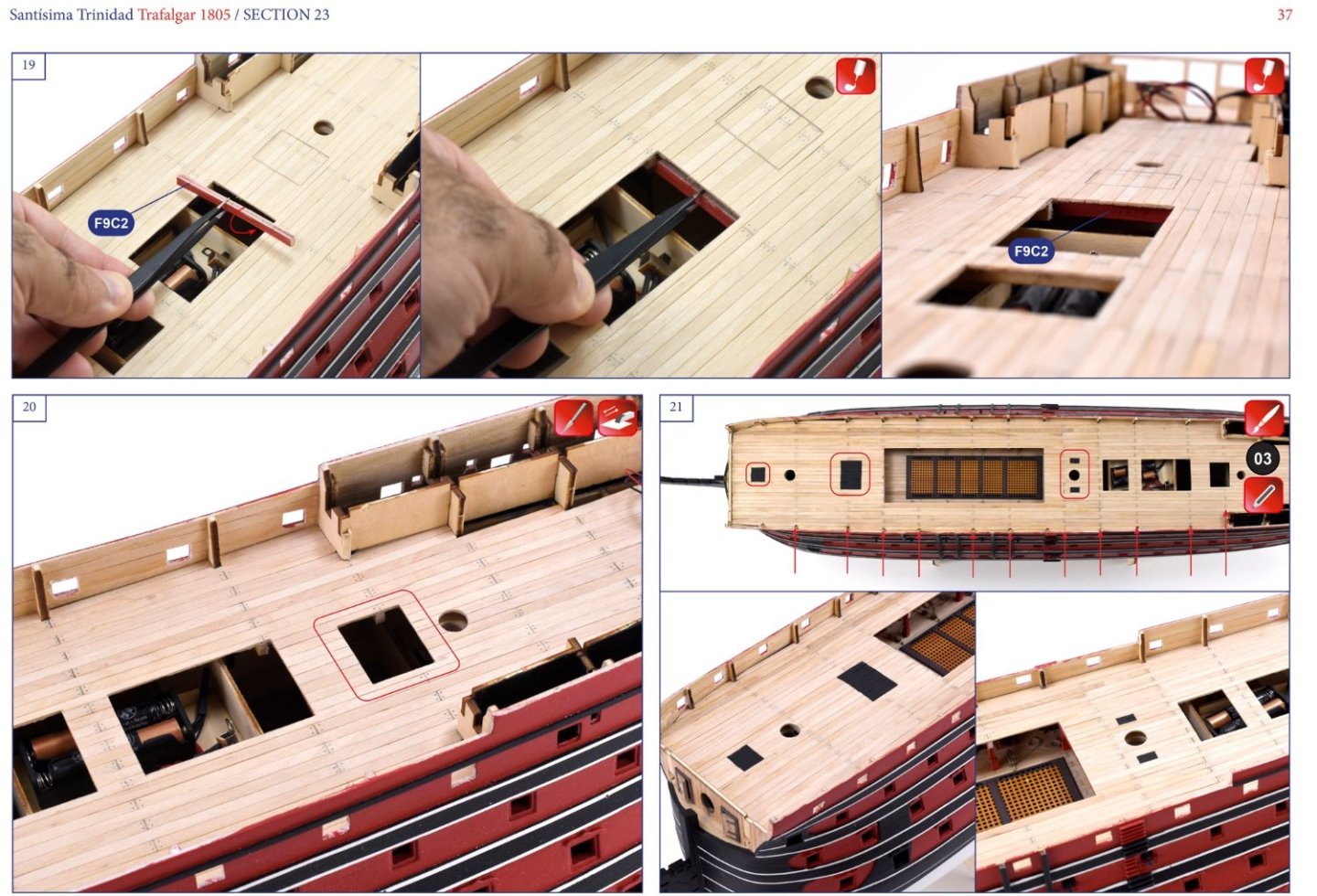
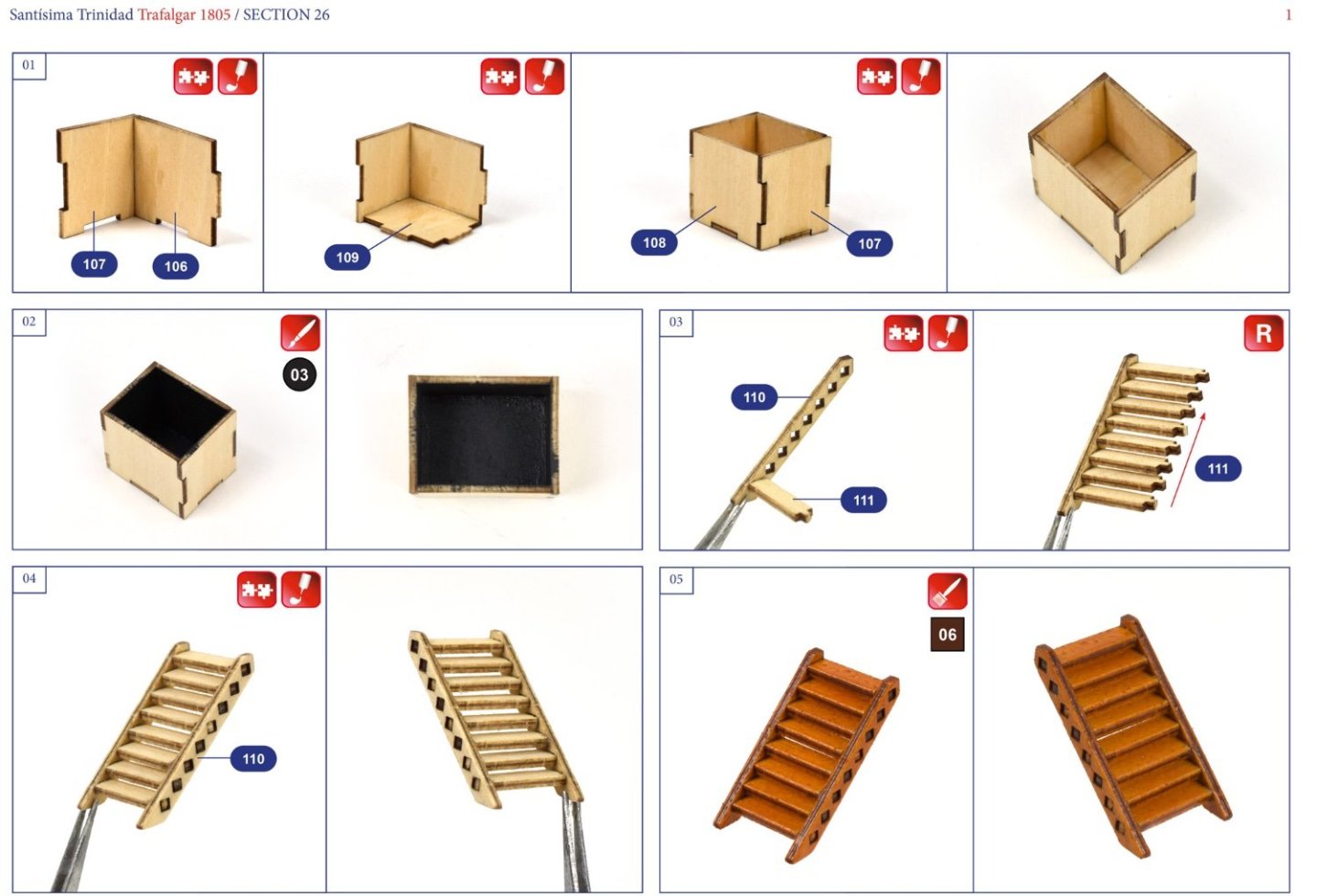
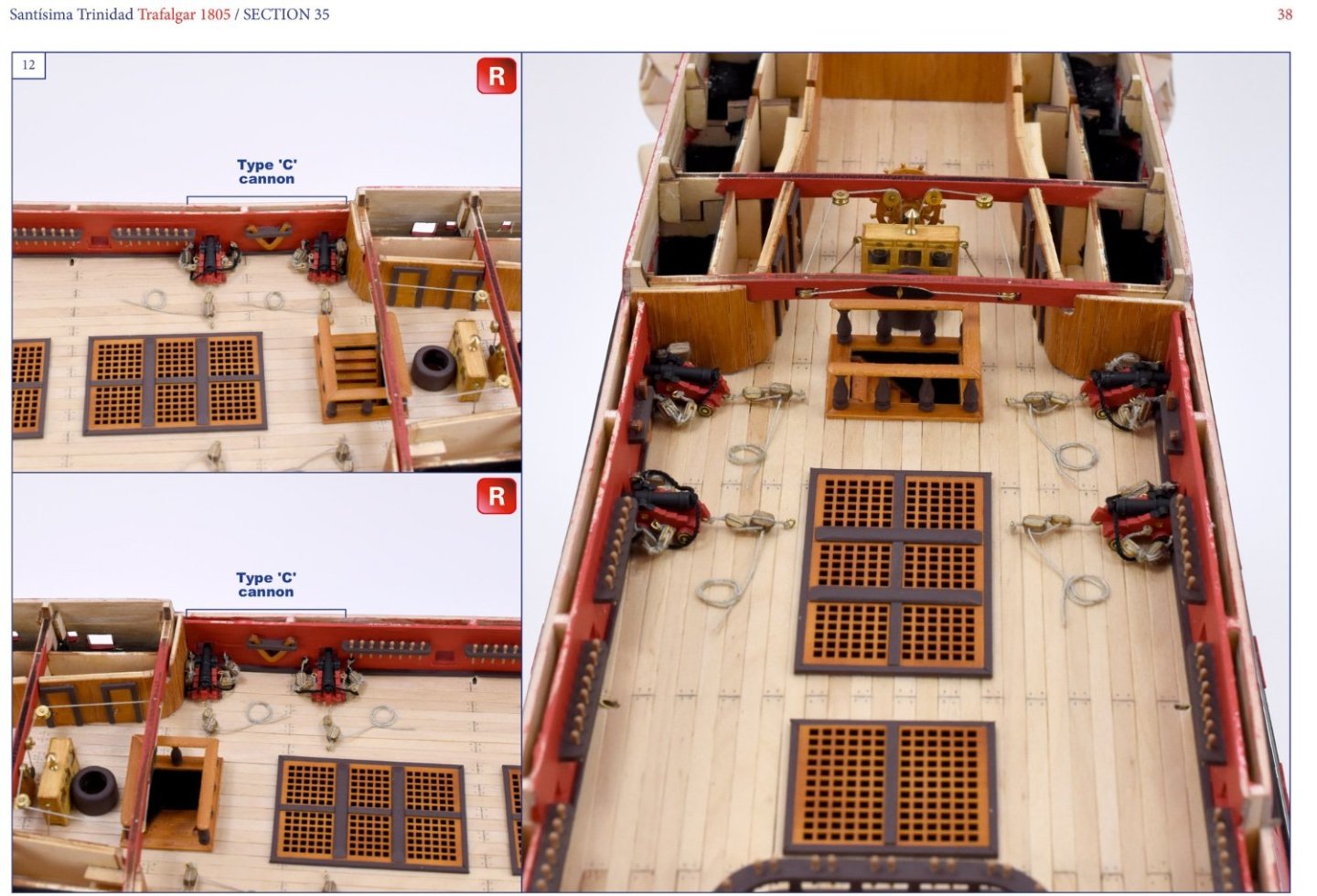
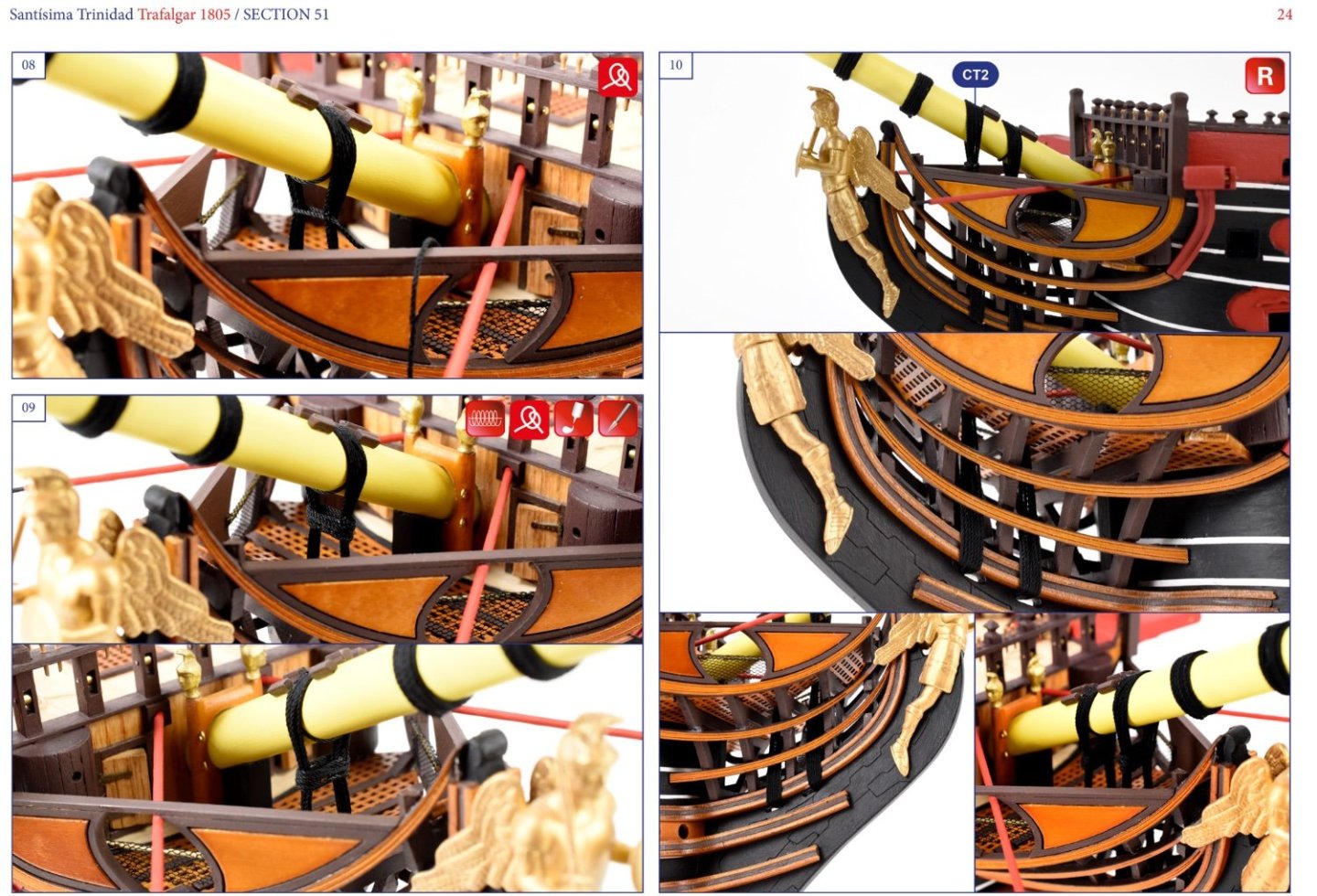
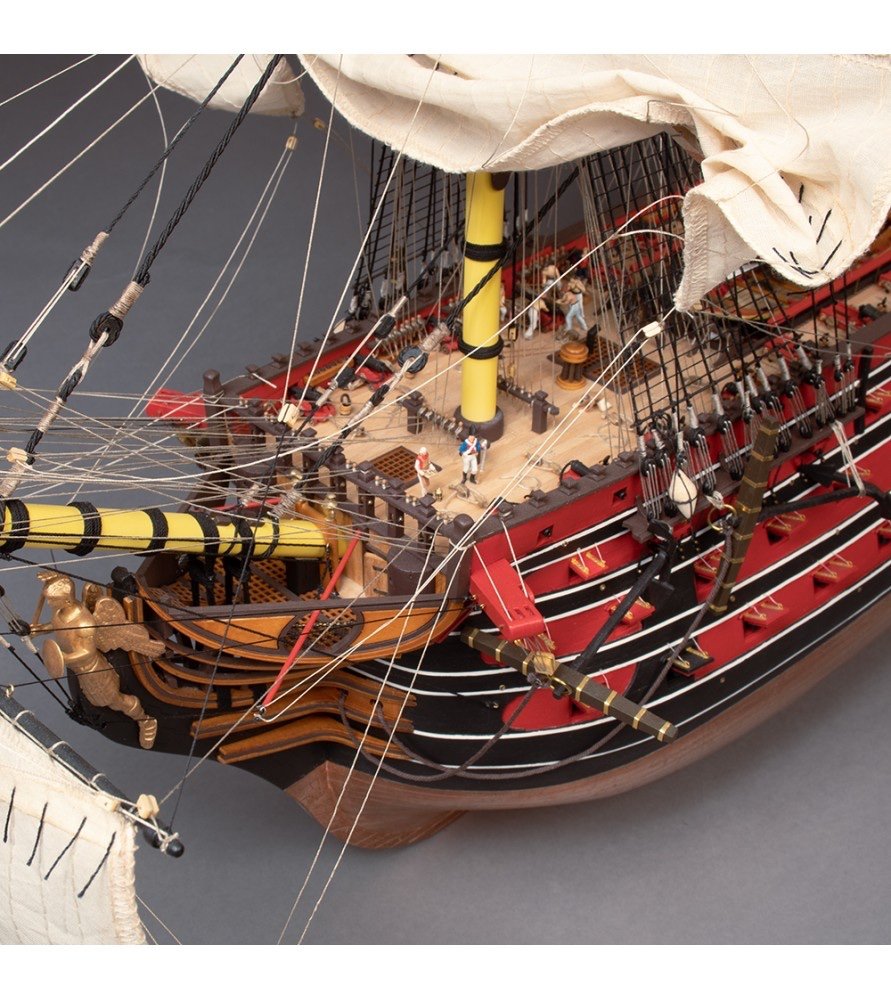
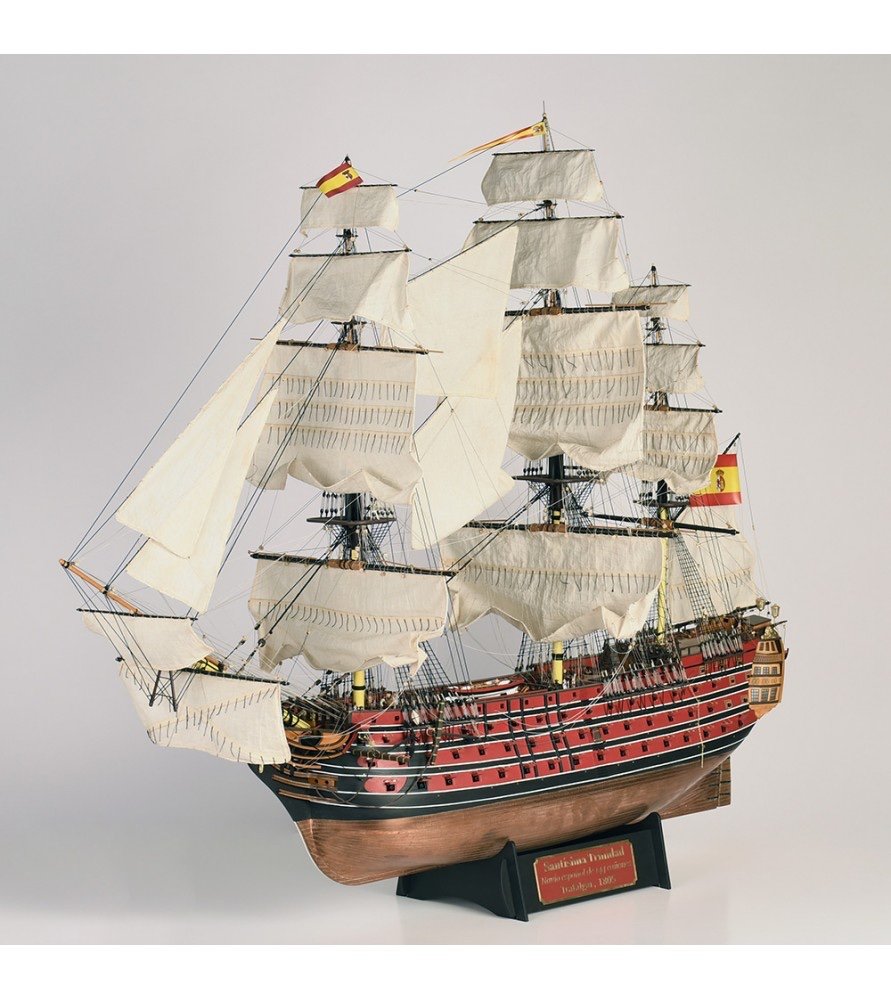
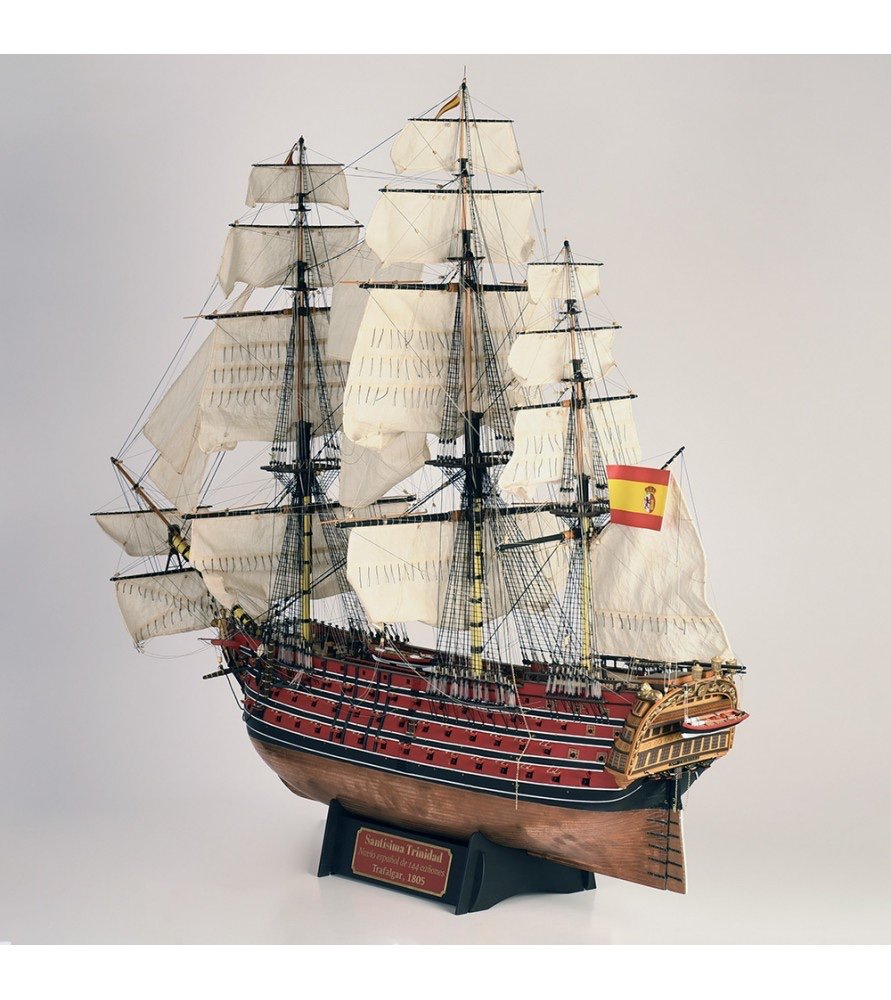
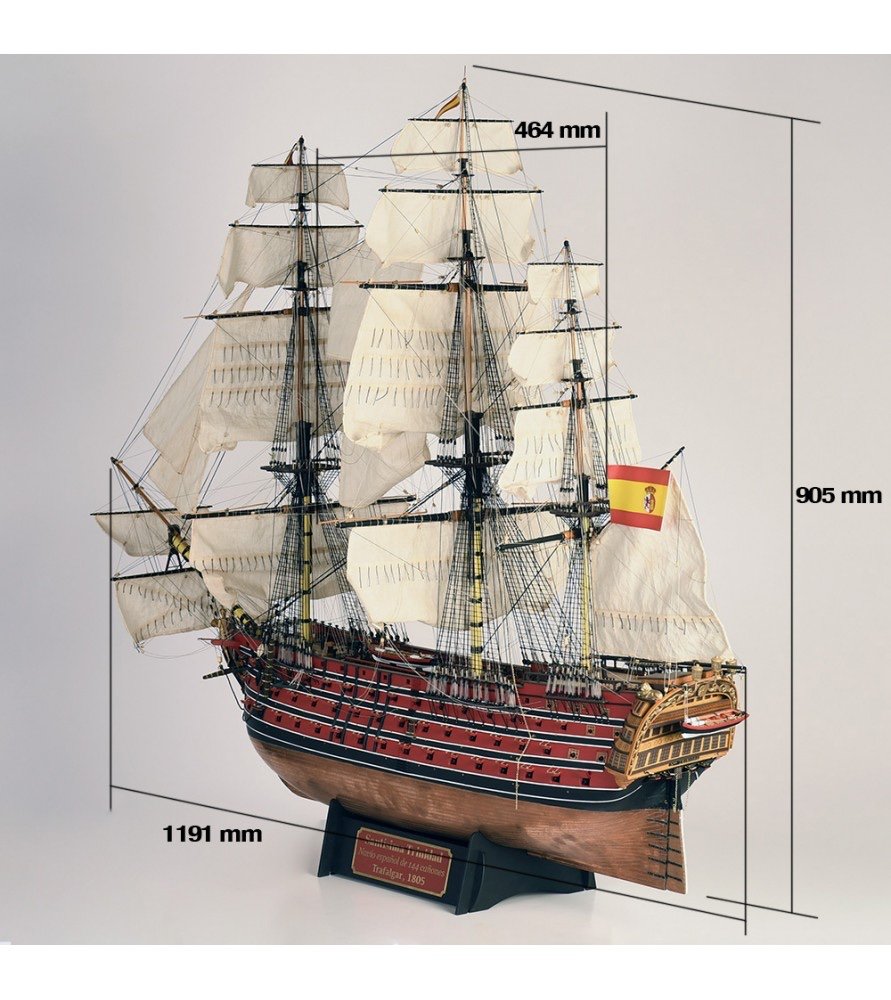
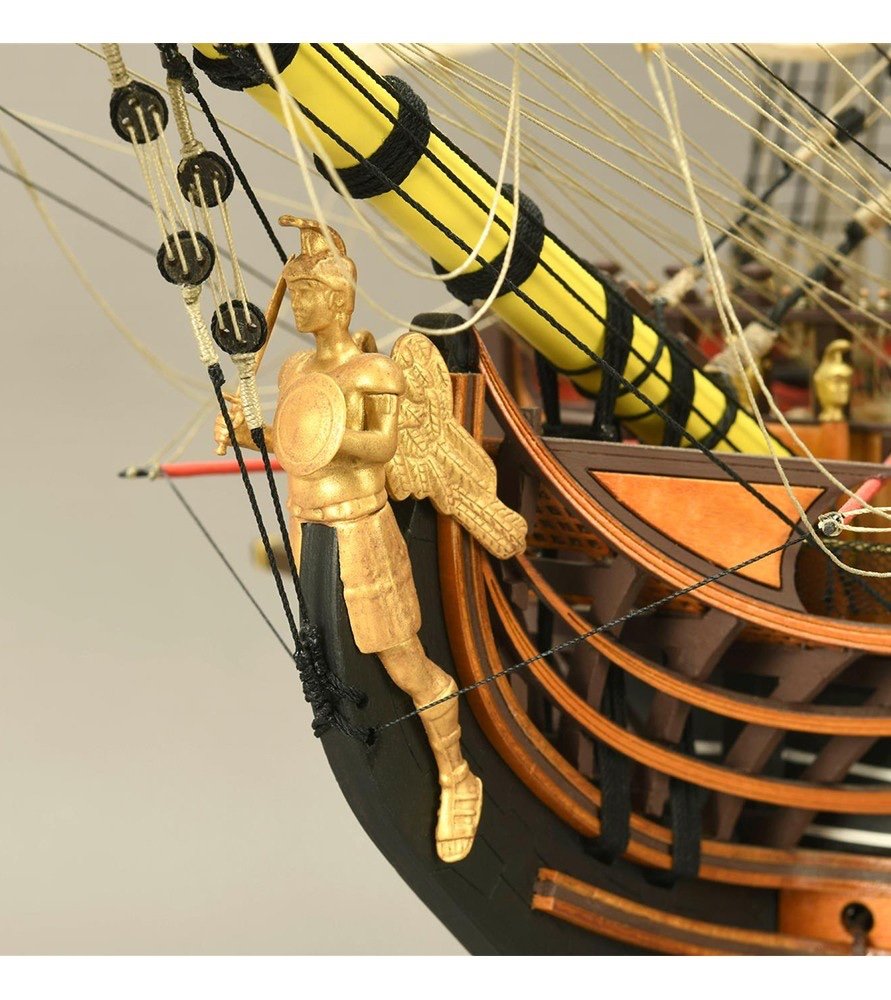
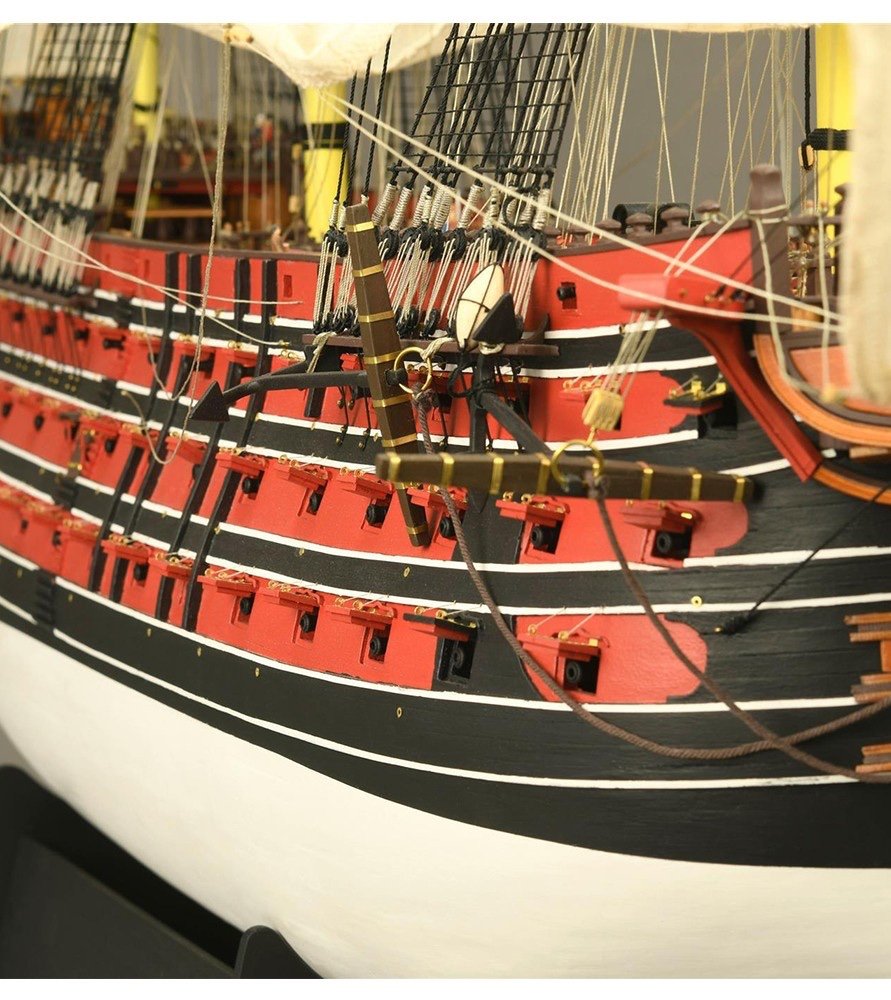
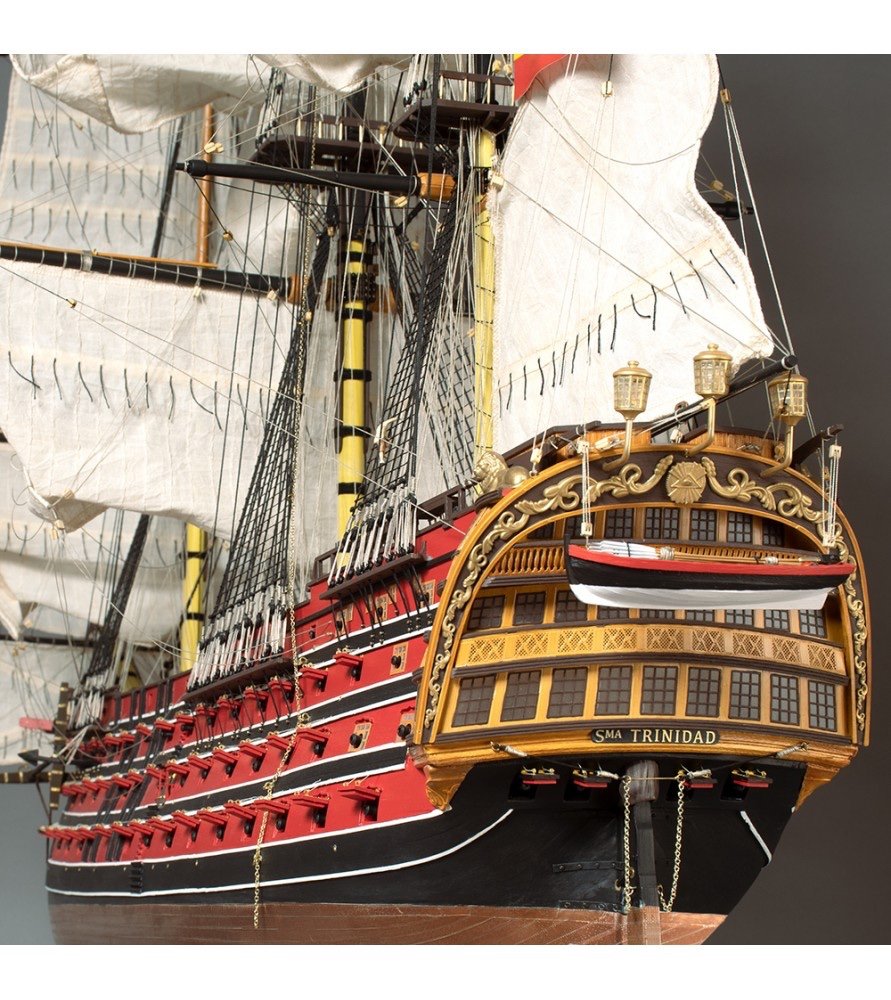
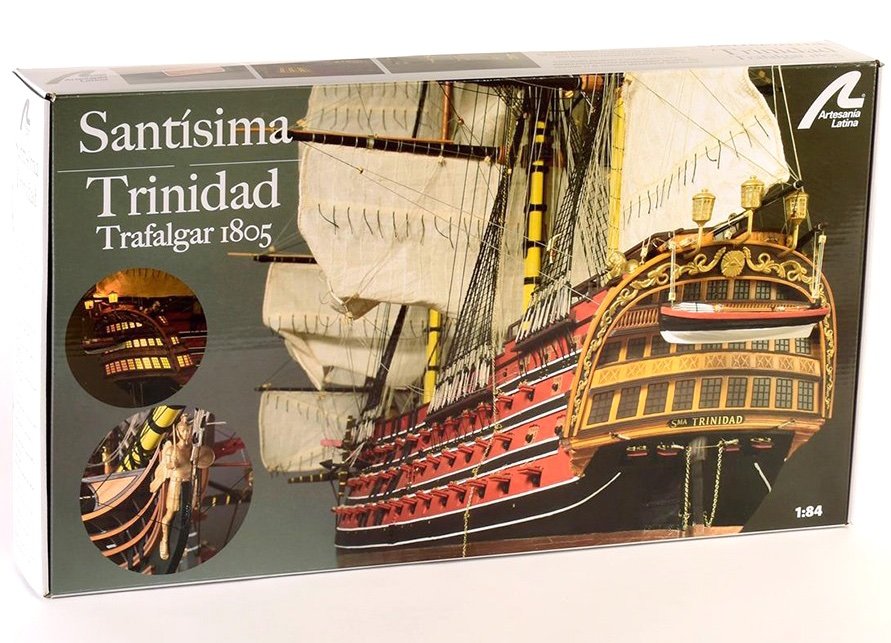
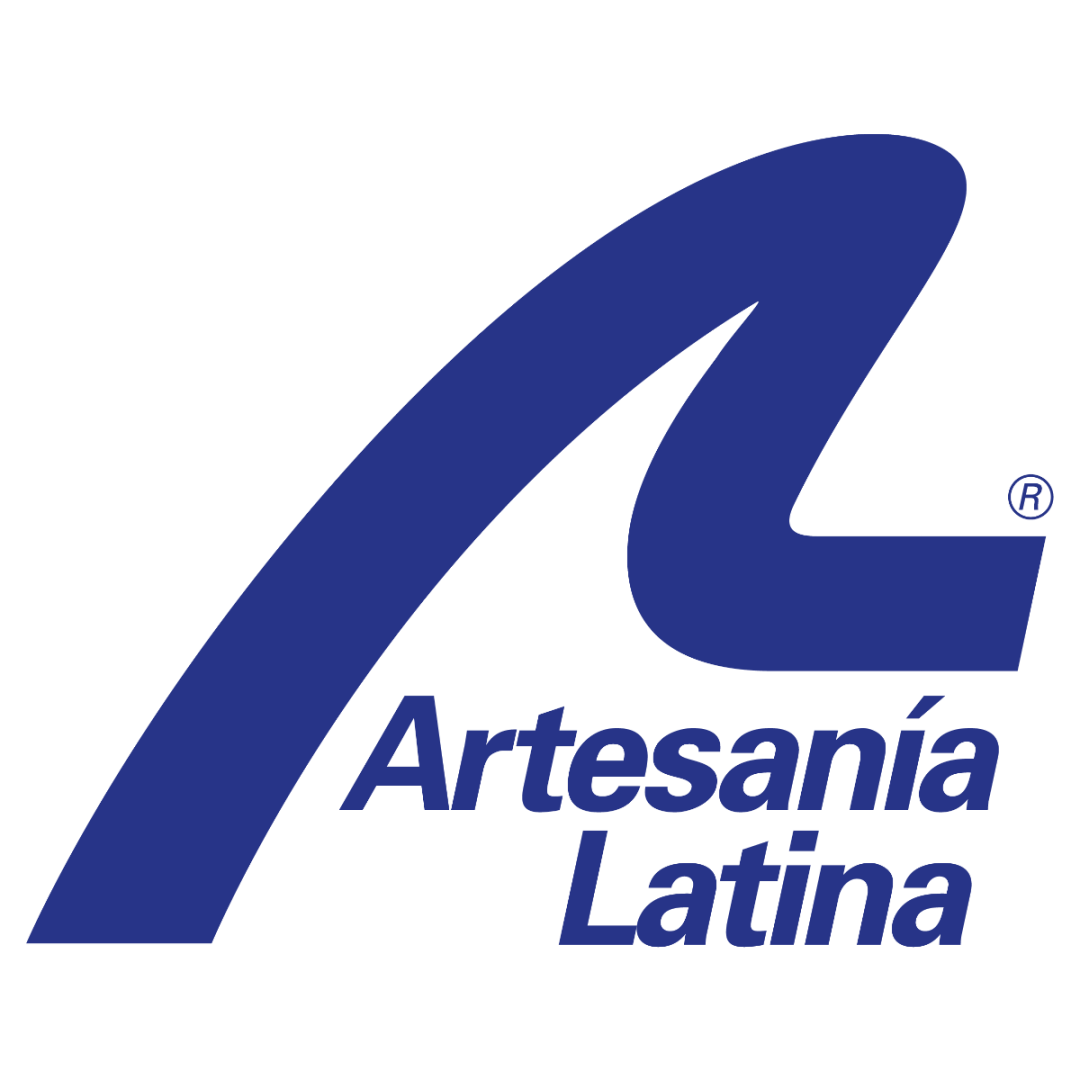



.jpg.925615dbea94a2c1439088f7fb6e92b4.jpg)
.jpg.6f2da8b56e82861a617b14b1b1c5a583.jpg)
.jpg.69dfed9f647a4c69bd5fe073bf2ea8b7.jpg)
.jpg.73d5b1dcbfe60f63b1879dd64bfbbef2.jpg)
.jpg.500d21cf32a07a1388d24ce7e4de6a67.jpg)
.jpg.da408b9ab0426182b07b92838b46777f.jpg)
.jpg.5f499a10686152379e5454336a954ceb.jpg)
.jpg.d91e6c3c574d3000b171be418b0a9ca9.jpg)
.jpg.5962bbdcf2376d7cbaba9ed5010031a4.jpg)
.jpg.8fa96b97ec461483f850620508fb794c.jpg)
.jpg.8f4f580c66d625d567901214836ddd1c.jpg)
.jpg.fc819df780e98bc925c8baf46aef2d80.jpg)
.jpg.60edade7361baf307523b11365b18dc3.jpg)
.jpg.6d1e999ac51314d235ab4d2eb82e605c.jpg)
.jpg.2dba9c6f717f92924648d2f43aee2084.jpg)
.jpg.8bab9f9b303aa84071430eea13c9eb62.jpg)
.jpg.5b5ad7ae8605df7b444e59e6c27aef71.jpg)
.jpg.60844c6194c9053795ad6e232a527941.jpg)
.jpg.846343b140302b8d7cb69839d9c91bd1.jpg)
.jpg.780fc5e4dce0b2c067531ed2e6e98565.jpg)
.jpg.883451f362aebf4bb9a01cb0660bf2b8.jpg)
.jpg.e4aa87d997cb08600b401d6fc24a3614.jpg)

